API Security Risks are on the rise at an alarming rate, as 57 percent of organizations have had APIs exposed in the past two years and have become victims. Meanwhile, 37% of companies experienced API security incidents in 2024, up from 17% in 2023. Almost 61% of these unauthenticated attackers were able to access their API without using a security protocol. Indeed, generative AI risks will expand attack surfaces for organizations, but API abuses are predicted to become the most common attack vector in 2025. This indicates the importance of having a strong defense for the APIs. But how to get started? Let’s find out!
Top Api security risks and solutions
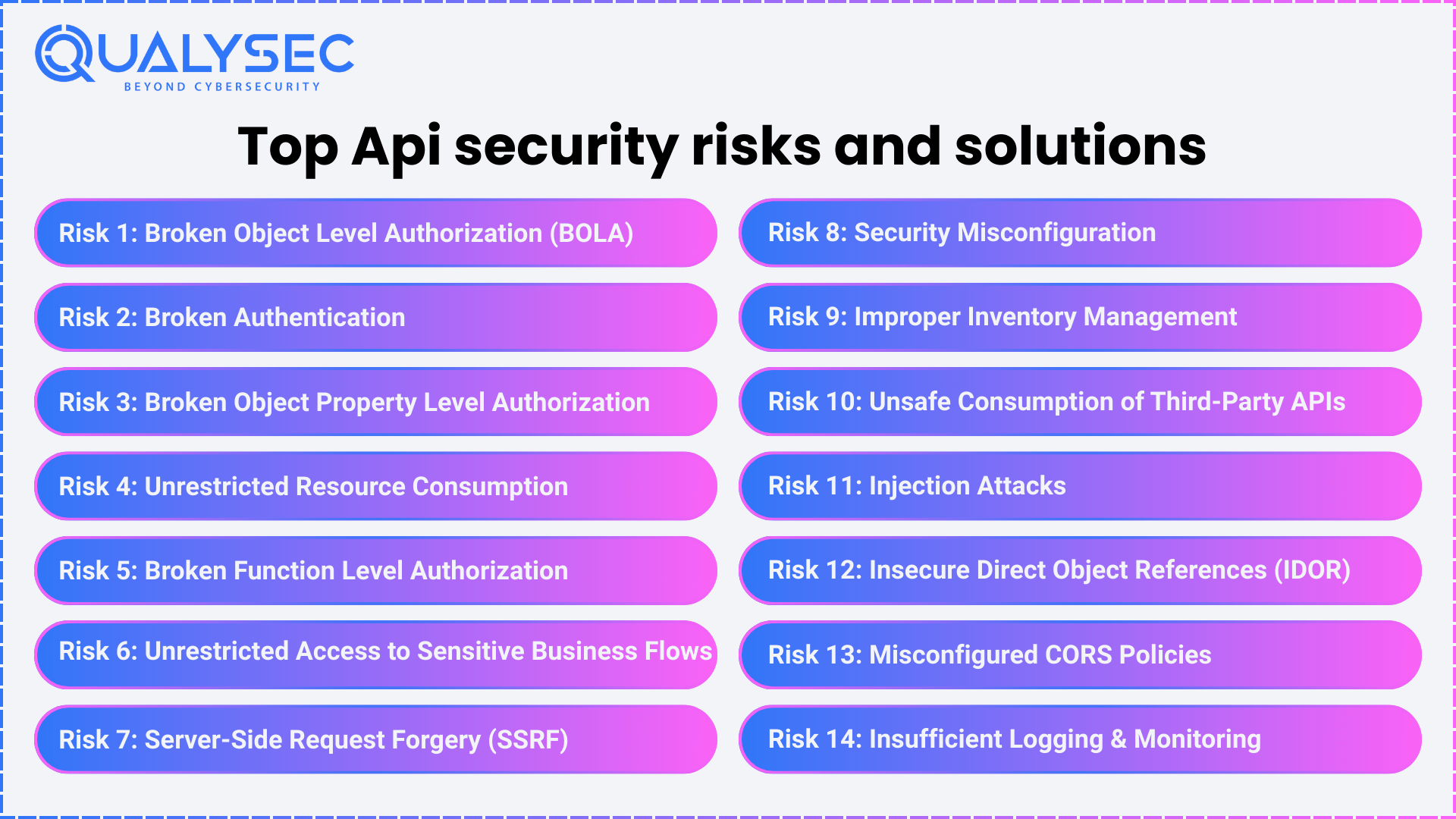
Risk 1: Broken Object Level Authorization (BOLA)
Often, an endpoint will allow an attacker to manipulate the ID on which the object is based and thus access unauthorized data (e.g., /users/{id}). For example, changing {id} would allow an attacker to retrieve other users’ sensitive information.
Mitigation –
- Ensure granular authorization checking based on the user-provisioned IDs every time data is accessed via the function.
- Instead of direct object references, use indirect reference maps (e.g., UUID) to mitigate them.
Risk 2: Broken Authentication
Attackers can compromise tokens, passwords, or API keys, and weak authentication mechanisms are present. These API Security Risks usually arise from insecure storage of credentials, predictable tokens, or a lack of multi-factor authentication (MFA).
Mitigation –
- Secure token-based authentication may be adopted using OAuth 2.0, OpenID Connect, or SAML.
- Enable MFA and rotate API keys frequently.
Risk 3: Broken Object Property Level Authorization
This happens because of the use of APIs that expose too much data or allow mass assignment (e.g., allowing mass assignment of user roles). They abuse this to tweak sensitive properties.
Mitigation –
- Strict input validation and whitelist allowed fields.
- Rejection of unexpected properties can be accomplished by using schema validation.
Risk 4: Unrestricted Resource Consumption
If they have no rate limiting, APIs are a perfect target for Denial-of-Service (DoS) attacks. An attacker bombards servers with many more requests than intended, causing downtime, heavy operational costs, or even complete service termination. The API Security Risks of being attacked by advanced Distributed Denial of Service (DDoS) attacks are more complex, as the traffic can come from multiple sources to orchestrate it, making DDoS mitigation even more challenging.
Mitigation –
- Enforce rate limiting with the algorithm based on the number of requests per IP (e.g., 100 per minute).
- Adjust limits using deploy dynamic throttling and try to adjust them based on real-time traffic patterns and user behavior.
- Use AI-driven tools to monitor traffic anomalies and be alerted to suspicious increases.
Risk 5: Broken Function Level Authorization
When permissions are complex, they are often misconfigured, and attackers can use admin functions, such as deleting users or changing system settings. For example, attackers may exploit endpoints that lack role-based control by modifying HTTP methods. It grants the ability to enter unauthorized operations, which may result in data breaches or service disruptions.
Mitigation –
- The principle of least privilege (PoLP) is applied to let users function only as needed.
- One way to enforce a consistent access policy on all endpoints is to introduce a centralized authorization module, which will enforce consistent policies across all endpoints.
Latest Penetration Testing Report

Risk 6: Unrestricted Access to Sensitive Business Flows
High-value workflows (such as ticket purchases) can be automated through API’s, without anti-abuse measures, making the automated API’s vulnerable to attack. Attackers then use bots to buy bulk inventory and scalp it, making fair access difficult and damaging the brand’s reputation.
Mitigation –
- Use CAPTCHA, behavioral biometrics, or other methods to distinguish humans from bots.
- A sudden rise in the purchase volumes is something to be aware of.
- Limit the number of concurrent sessions to prevent automatic bulk processes.
Risk 7: Server-Side Request Forgery (SSRF)
The nature of the problem in API Security Risks is SSRF flaws, which allow attackers to manipulate APIs to read malicious URLs. This can, in turn, bypass firewalls and allow interaction with internal systems, such as databases or cloud metadata. Take, for example, an API that accepts URLs provided by users for processing images, which could be tricked into fetching sensitive AWS credentials.
Mitigation –
- Enforce allow lists for trusted domains and block lists private IP ranges (e.g., 10.0.0.0/8).
- Using regex filters, validate user inputs to reject non-HTTP/HTTPS URLs, and force their selection to be an HTTP URL or a HTTPS URL.
- Isolated and inspected sandbox external requests to the fetched content.
Risk 8: Security Misconfiguration
Misconfigurations of security defaults, unpatched software, and overly permissive CORS policies are some of the primary reasons APIs are victims to security misconfigurations. For instance, allowing PUT and DELETE HTTP methods will increase the attack surface because things can be deleted, and error messages that contain sensitive information also contribute to this increase. These flaws allow an attacker to exploit unhardened systems as well as intercept data through misconfigured TLS.
Mitigation –
- Get rid of features that don’t get you extra security, like DEBUG mode and extra HTTP methods.
- Restrict the amount of XSS by whitelisting trusted domains & forbidding wildcard (*) origins.
- Use tools like OWASP ZAP to automate configuration audits and identify what is different from the configuration hardening benchmarks.
- Try to send security headers such as Content-Security-Policy to prevent data exfiltration and XSS attacks.
Risk 9: Improper Inventory Management
Unused API inventories can be either shadow API (unpublished endpoints) or deprecated versions in API Security Risks, which do not have security patches. The 2022 Optus offence is a perfect example of how attackers use forgotten endpoints to attack: an unsecured API exposed 11.2 million customer account records.
Mitigation –
- Maintain a centralized, version-controlled API penetration testing registry with date and environment tags to support versioning and deprecation schedules.
- Tools used to automate discovery should be set up to detect rogue endpoints in real-time, using discovery tools like API security gateways, even if this functionality is not available on all platforms.
- To enforce requests against undocumented routes, reject requests to undocumented routes, and align with documented behavior.
Risk 10: Unsafe Consumption of Third-Party APIs
Using third-party APIs comes with security risks, including API Security Risks of data leaks, SSRF attacks, and supply chain compromises. For instance, OSNIS considers offending SDKs or deprecated API versions of a vulnerable system that can allow an attacker to pivot and access primary systems to expose sensitive data or disrupt operations.
Mitigation –
- Apply strict input/output schemas to validate and sanitize all third-party data inputs and outputs. All these data types will be unavailable to rendering code, and therefore, their validity and alignment with good patterns will allow rendering code to load.
- Use SCA tools (e.g., Snyk) to monitor dependencies and detect vulnerabilities (e.g., Log4j).
- Authenticate third-party interactions with enforced mutual TLS (mTLS) to prevent them from being spoofed or attacked in the middle.
- Regular vendor risk assessments and restricting third-party access to only necessary endpoints are performed using the least privilege principle.
Risk 11: Injection Attacks
Injection attacks are those where attackers inject malicious inputs (e.g., SQL queries, NoSQL commands), which are then passed to targeted APIs to execute unauthorized commands. For example, if an API doesn’t validate input in a login API, then an attacker could make use of crafted payloads to dump databases.
Mitigation –
- Use query parameters and ORM frameworks like Hibernate to render them harmless.
- Block injection attempts at runtime using RASP tools.
- Scan your dependent packages and dependencies for vulnerabilities on the codebase regularly through DAST and SAST scans.
- For sensitive codes, input validation and sanitization are vital, along with restricting permissions to ensure the databases.
Risk 12: Insecure Direct Object References (IDOR)
The inner reference (e.g., user_id=123) will expose the IDOR vulnerability when the API property places it in front of the input values. For instance, if user_id is manipulated, the attackers can see someone else’s profile.
Mitigation –
- Moving direct references to indirect ones, such as session identifiers like UUIDs.
- Every data request should enforce ownership checks, for example, between the user ID and session IDs.
- After that, restrict access to the data based on the user’s roles using RBAC, enforcing the principle of least privilege.
- IDOR can be caught and fixed by regular penetration testing.
Risk 13: Misconfigured CORS Policies
A source of XSS and CSRF attacks is overly permissive CORS policies that allow an unauthorized domain to interact with an API through policies such as Access-Control-Allow-Origin.. These misconfigurations are exploited by attackers who exfiltrate sensitive data or impersonate users.
Mitigation –
- Prevent pre-approved domains from accessing your script with Whitelist and prevent Origin headers from going unchecked throughout the flow.
- Define explicitly allowed HTTP methods (like GET or POST) in Access-Control-Allow-Methods to reduce attack intervals.
- Audit the CORS configuration monthly to look for deviations and strict headers.
- Review third-party integrations regularly in terms of least privilege principles.
Risk 14: Insufficient Logging & Monitoring
Real-time monitoring is needed to prevent attackers from using credential stuffing or data scraping cracks. These may go unnoticed for months.
Mitigation –
- Use tools like ELK Stack or Splunk to centralize logs.
- Set alerts for unusual activities, such as 100 failed login attempts per minute.
Talk to our Cybersecurity Expert to discuss your specific needs and how we can help your business.
How Qualysec Technologies Can Help Secure Your APIs
Qualysec Technologies provides specialized API security solutions to safeguard modern digital ecosystems. Here’s how we help –
- Cutting-Edge Testing – Manual and automated testing of vulnerabilities such as API key exposure, unsecured authentication, IDOR, etc.
- Expertise – It involves combining manual expertise with technological facilities to identify complex vulnerabilities in both pre- and post-authentication phases.
- Custom Software and Security Strategies – Include API architecture as well as third-party integrations and compliance (e.g., GDPR, HIPAA), which are perfect for your needs.
- Incident Response Planning – Develop breach recovery protocols with clear escalation paths and forensic analysis.
- API Monitoring and Logging – The historical trends of normal API behavior should be set up, and anomalies should be detected to prevent data breaches.
- Third-Party Risk Management – Analyze the external API to plug supply chain vulnerabilities or API Security Risks.
Conclusion
To ensure that APIs are secure, proactive approaches include adopting a zero-trust architecture, runtime protection, and other mechanisms that utilize AI in threat detection. Since breaches are doubling annually and third-party APIs are exposing numerous critical vulnerabilities, businesses need to prioritize automated monitoring, strict access control, and penetration testing. For instance, Qualysec Technologies provides solutions to address evolving threats like BOLA, SSRF, and generative AI API Security Risks, while also guaranteeing compliance and business continuity. Since API attacks have taken over the cybersecurity scene, defending against them has become a non-option. It’s crucial to protect sensitive data, retain customer trust, and avoid the $10.5 trillion global cybercrime surge. Prevent tomorrow’s breaches with the protection of your APIs today – with Qualysec Technologies!





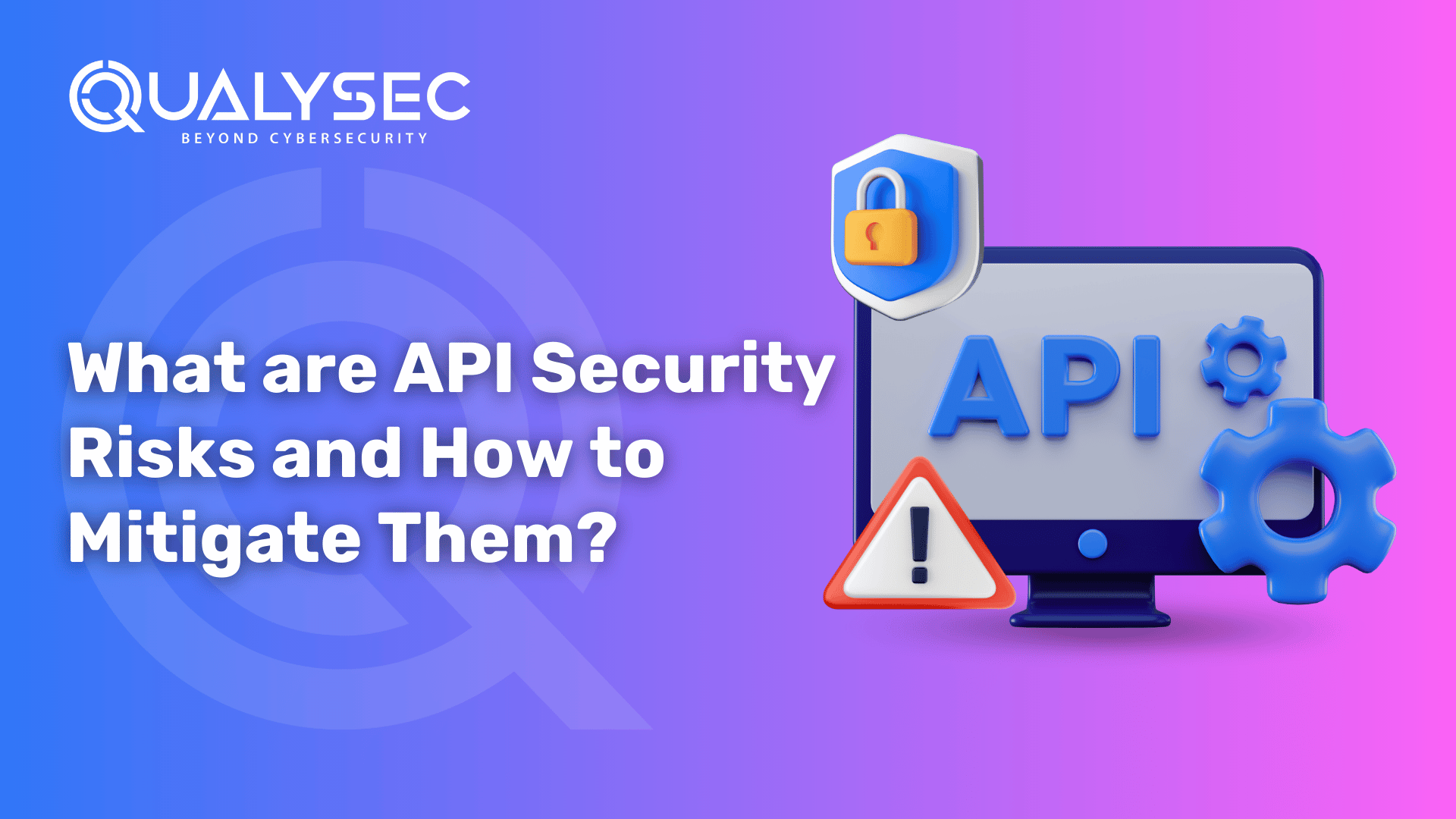



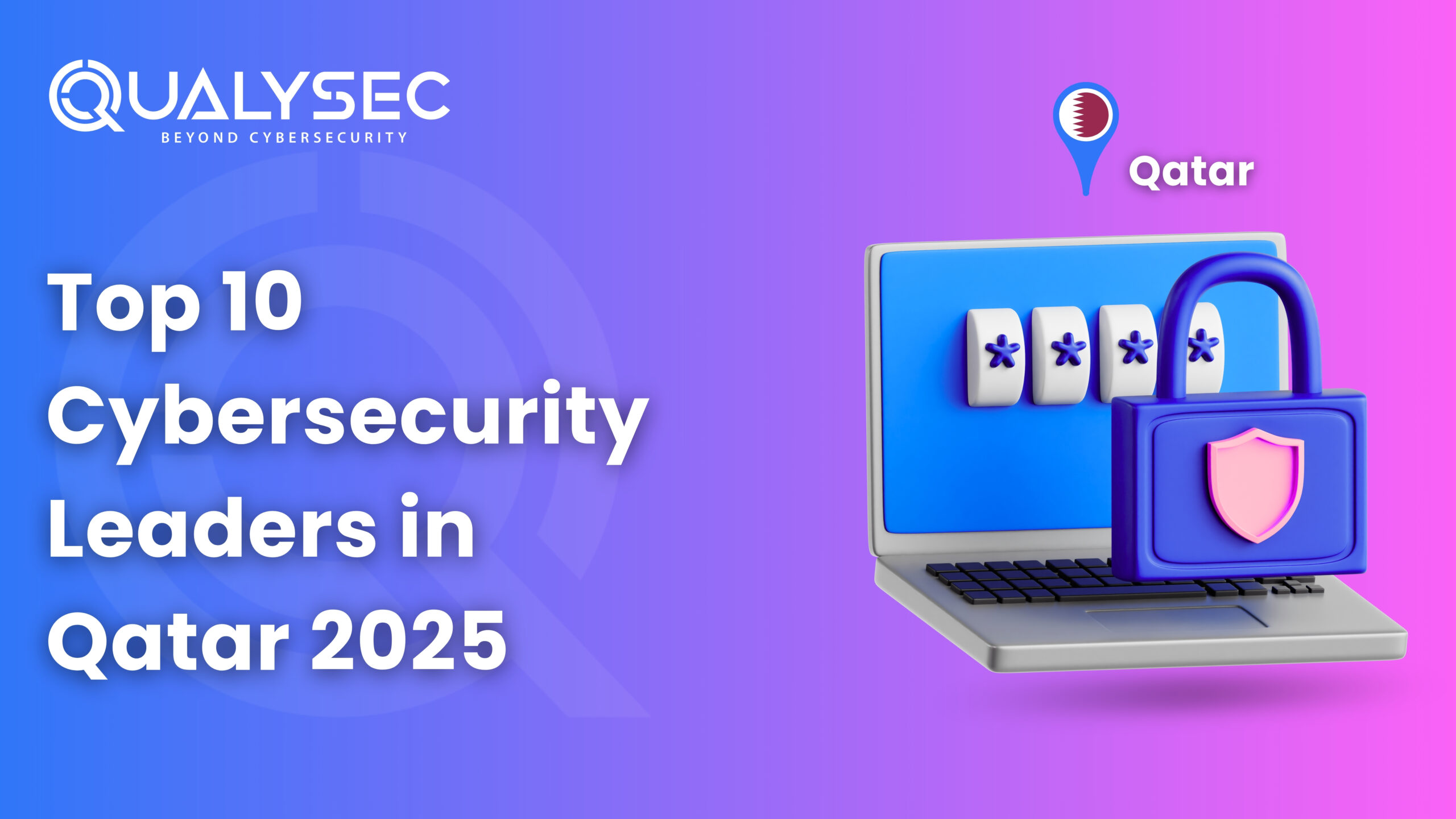
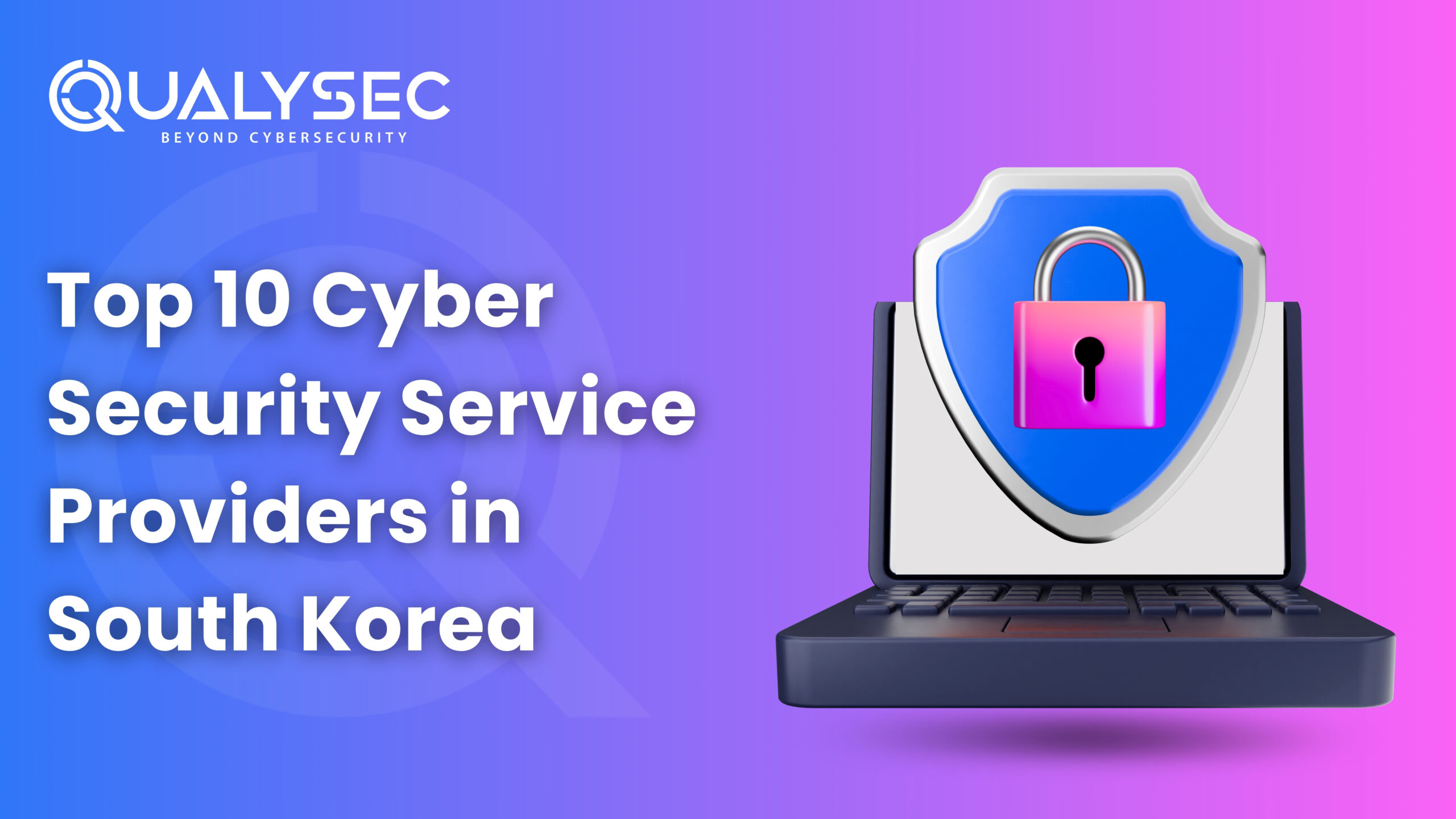

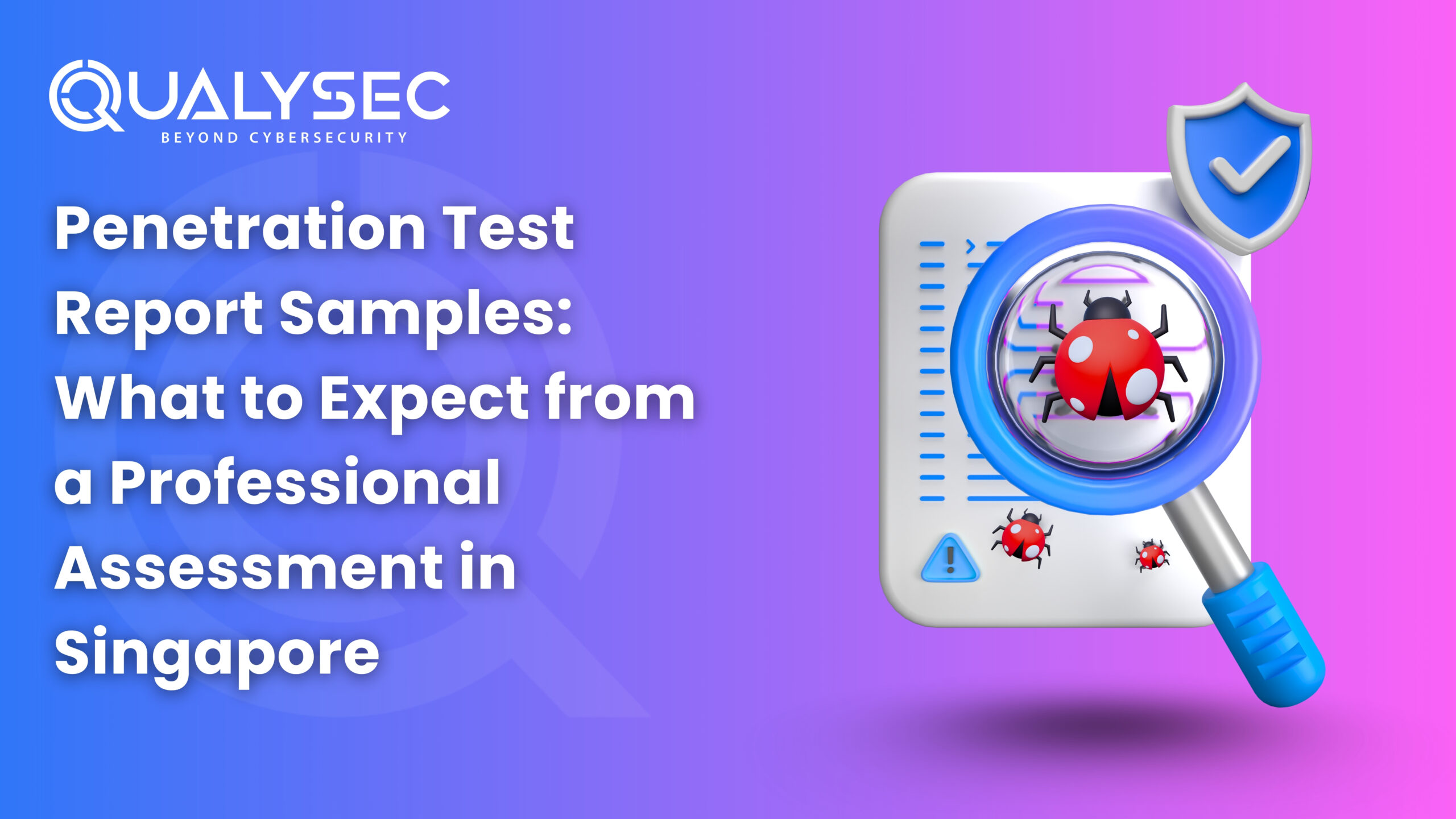
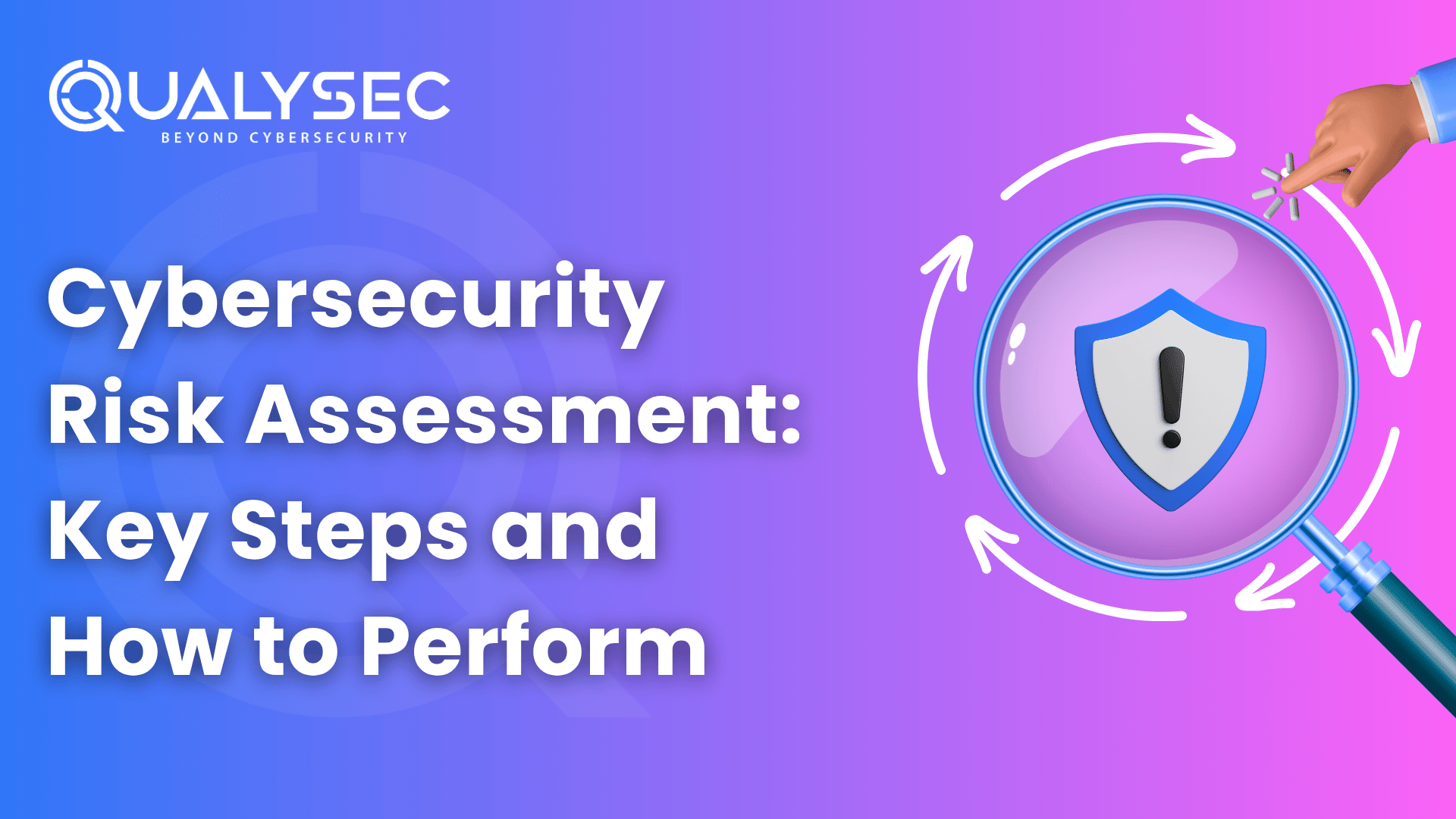
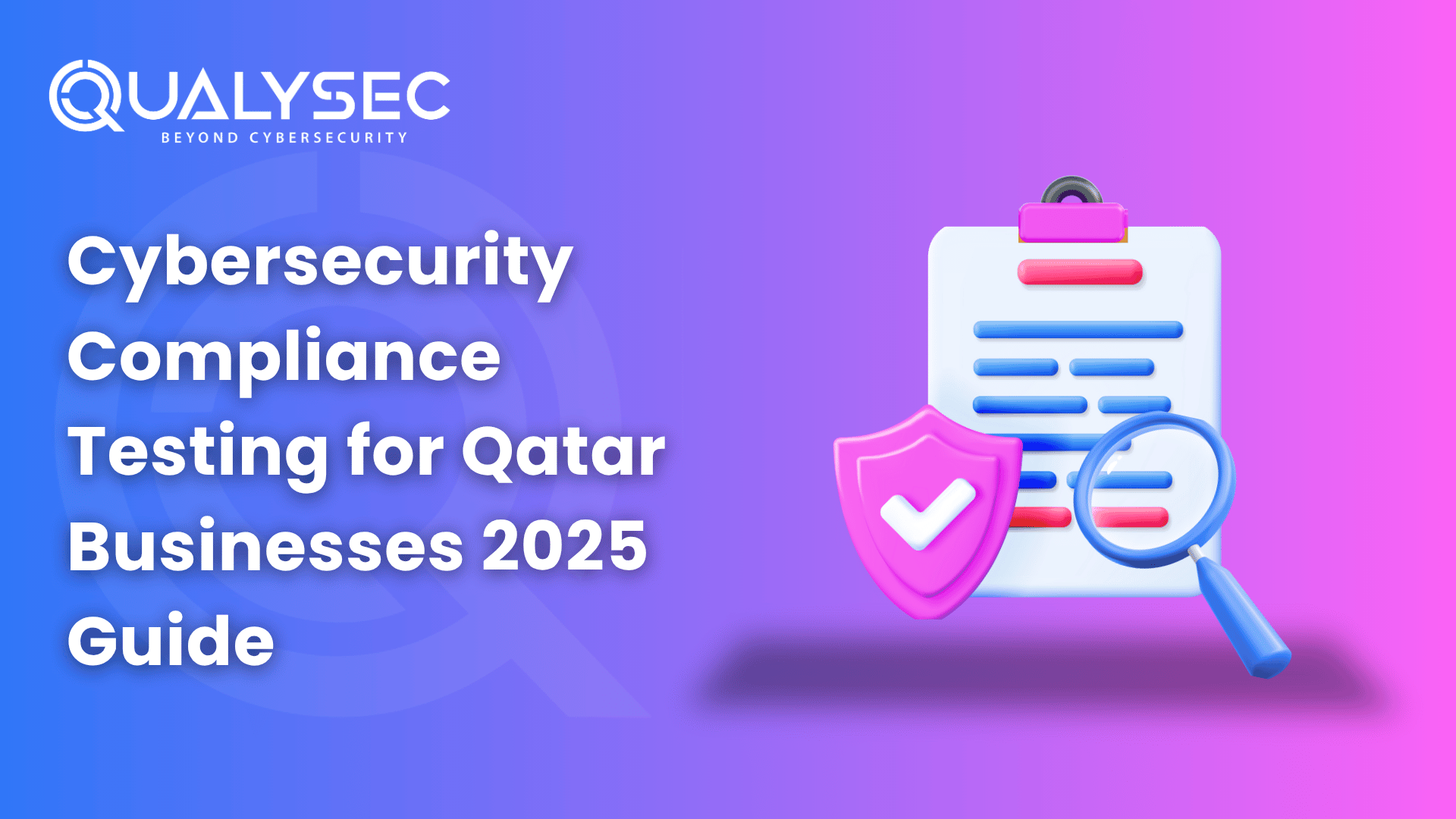
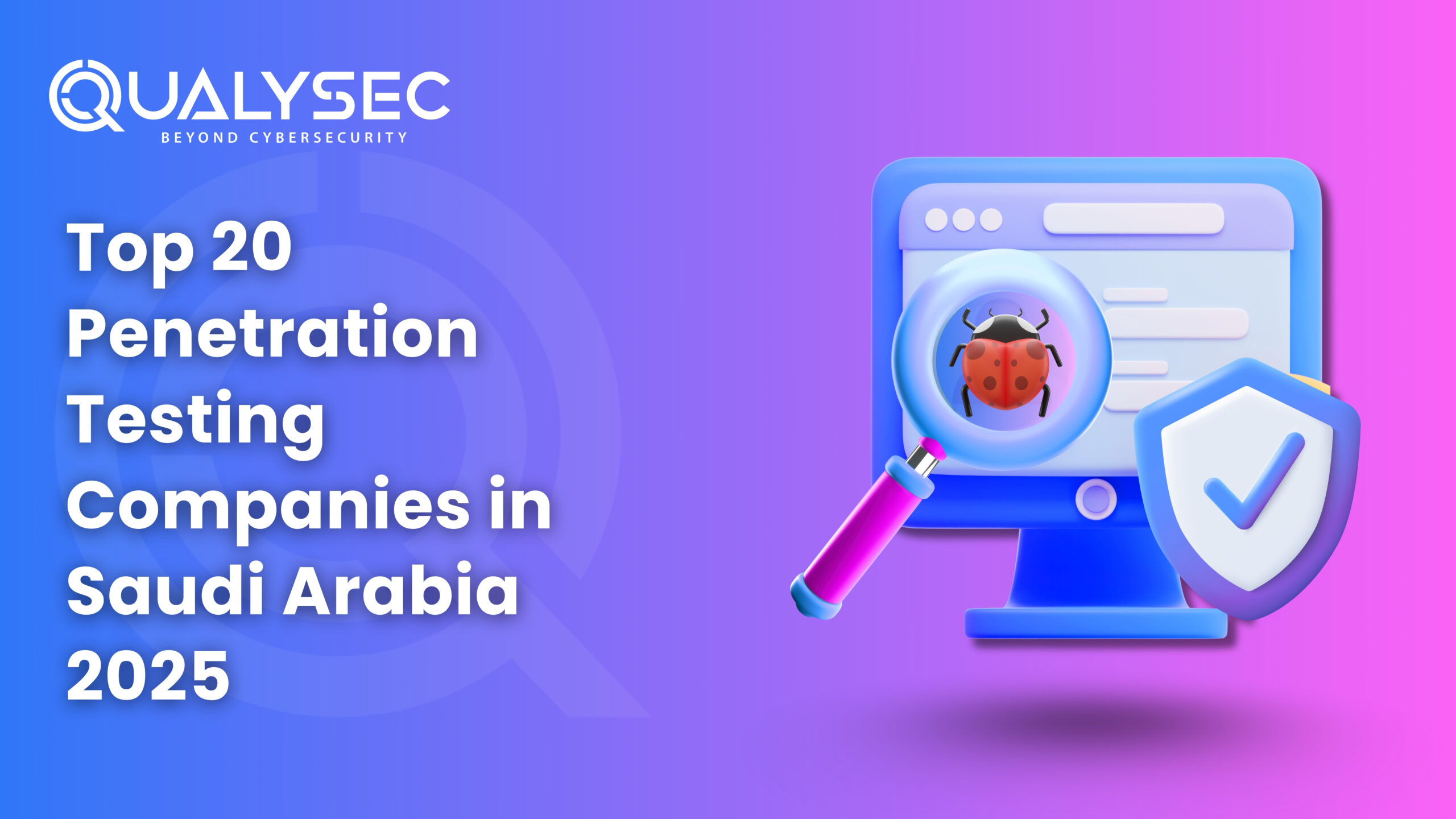
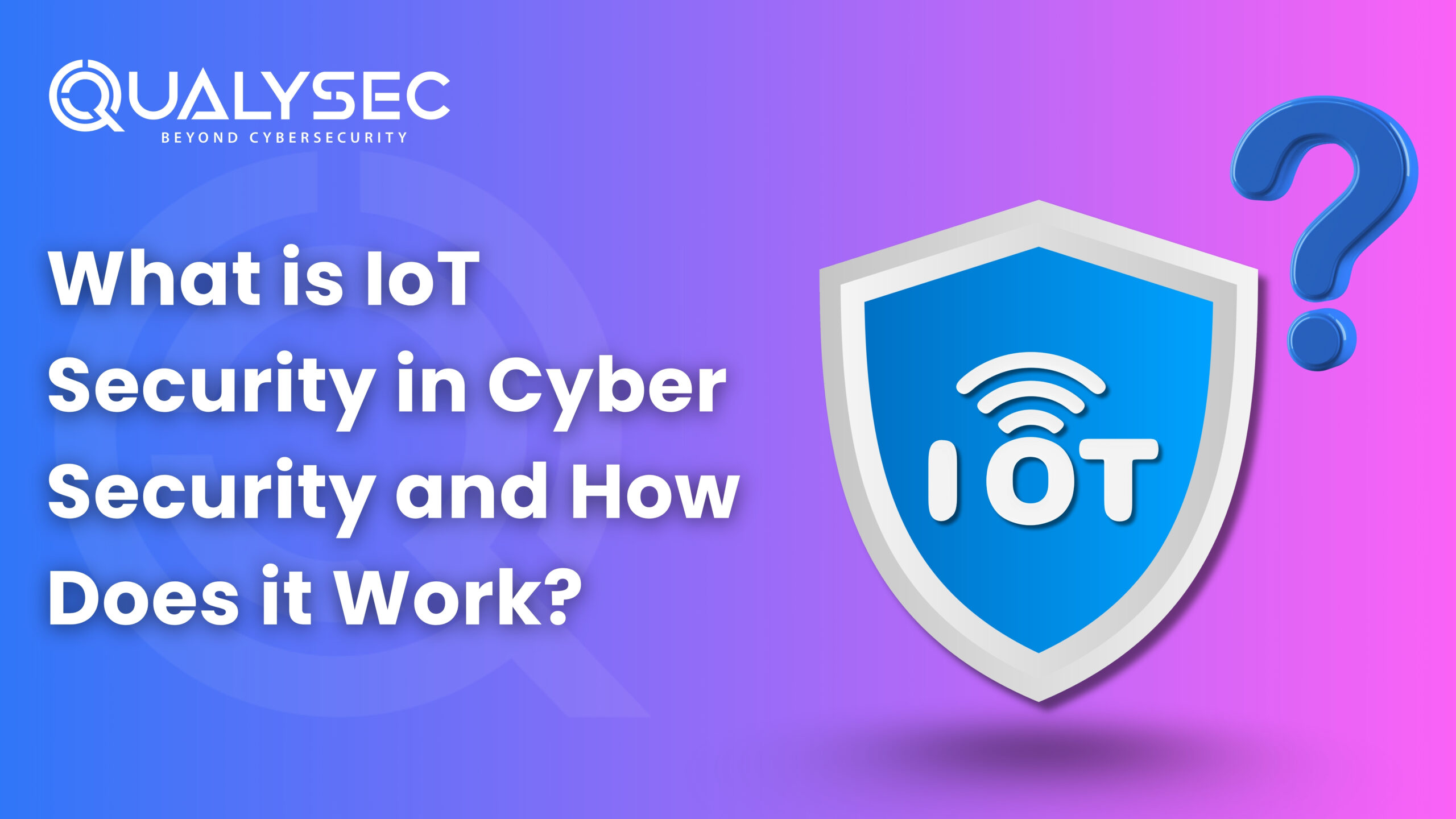
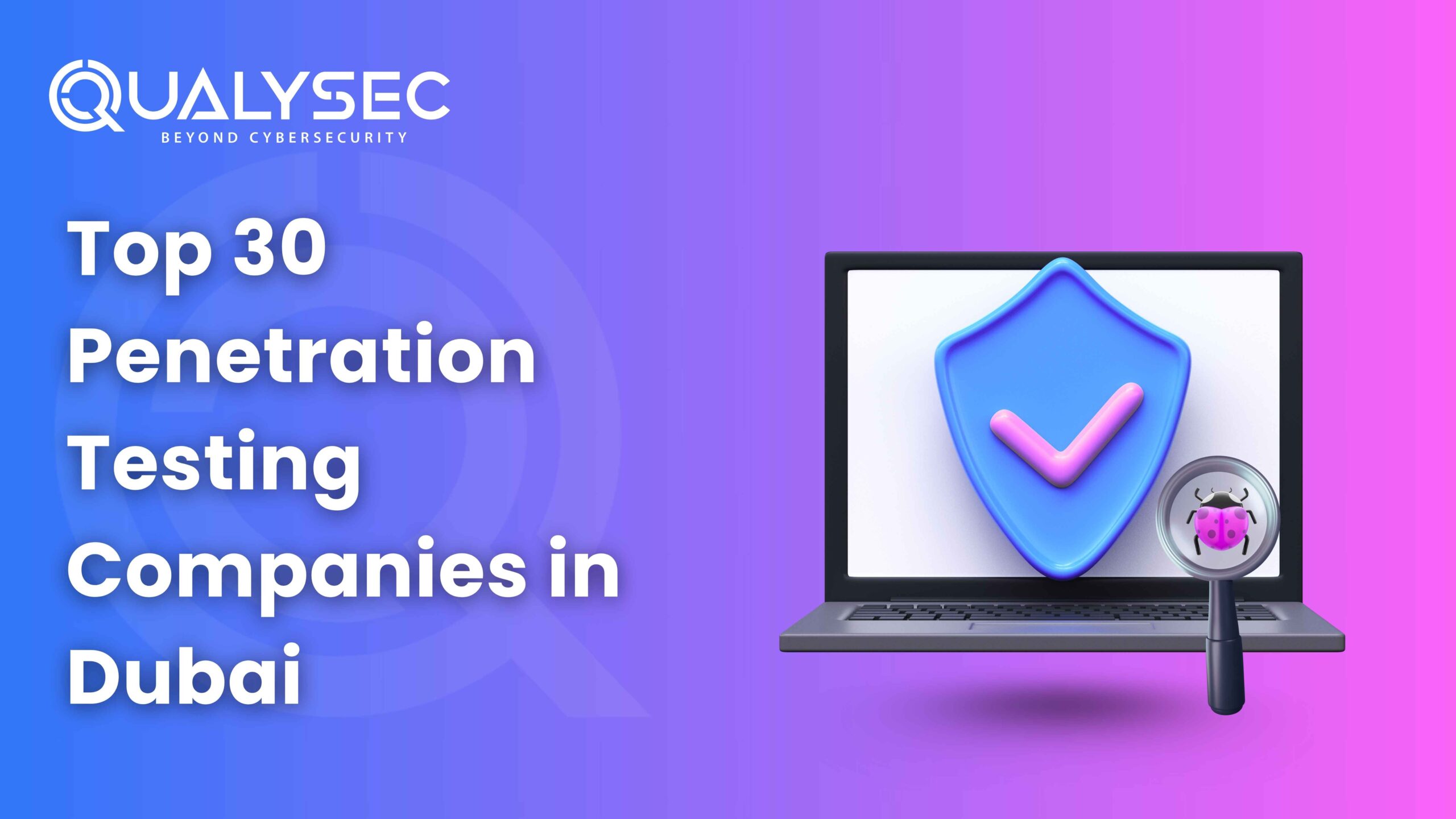

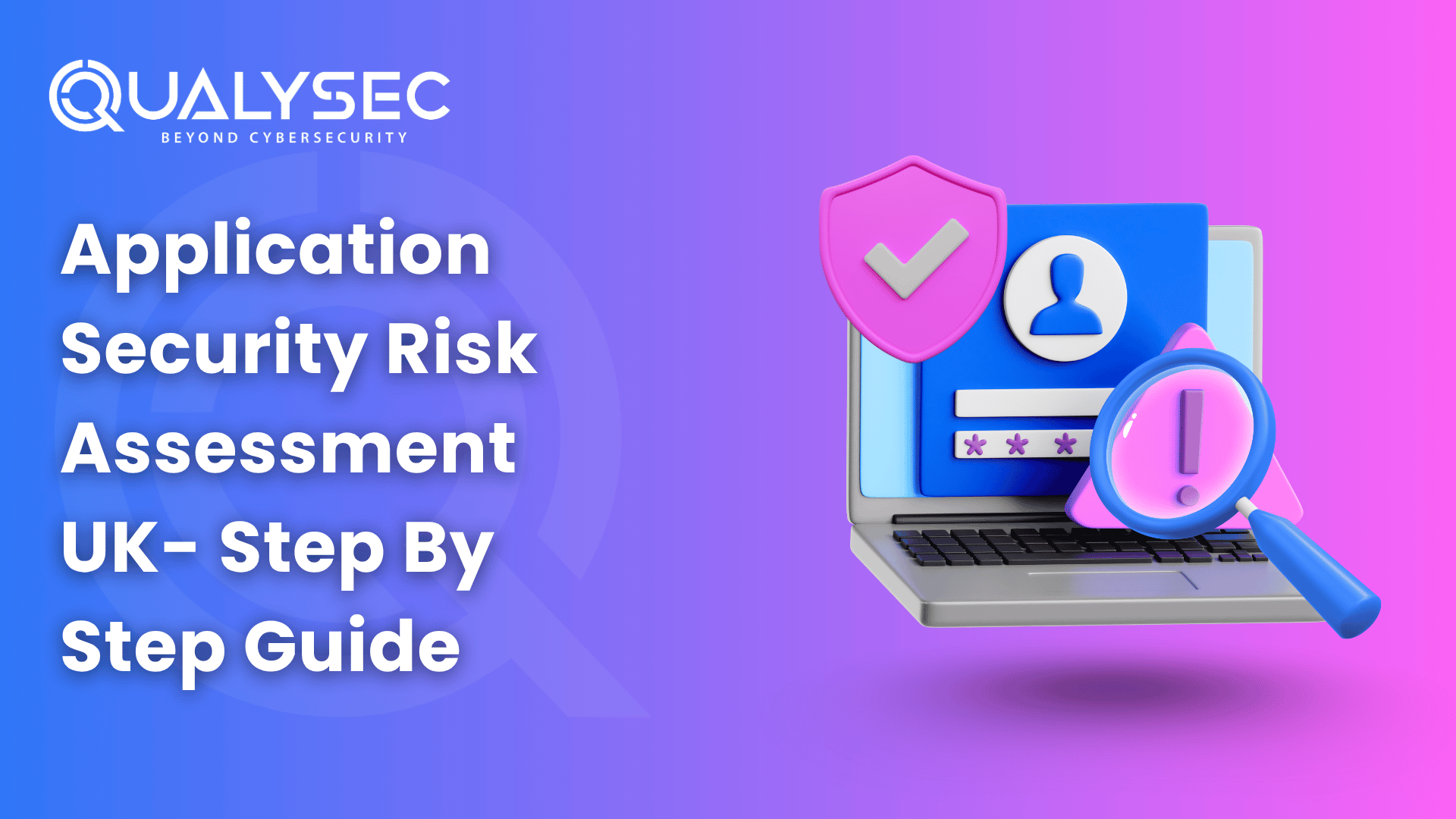
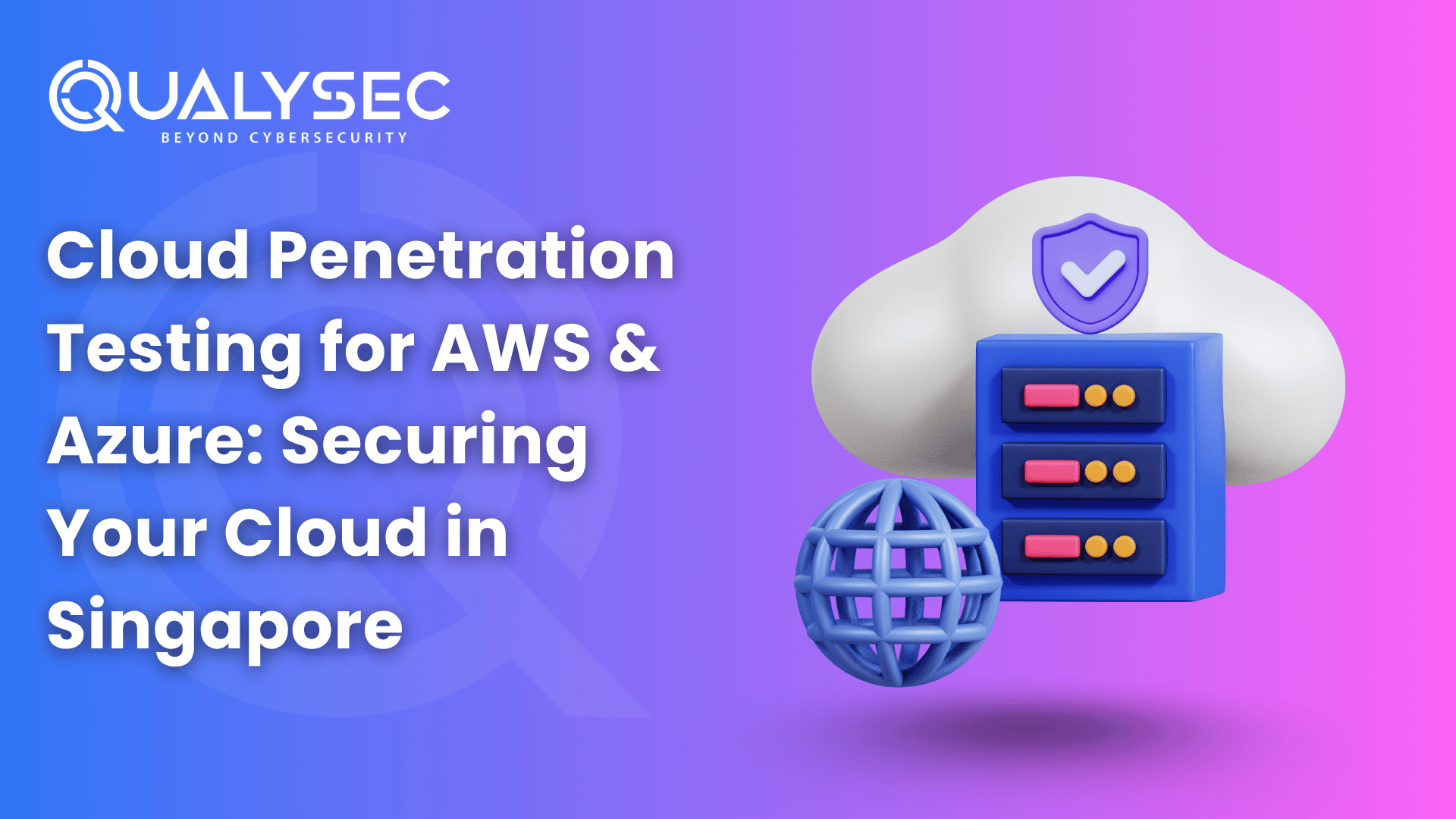
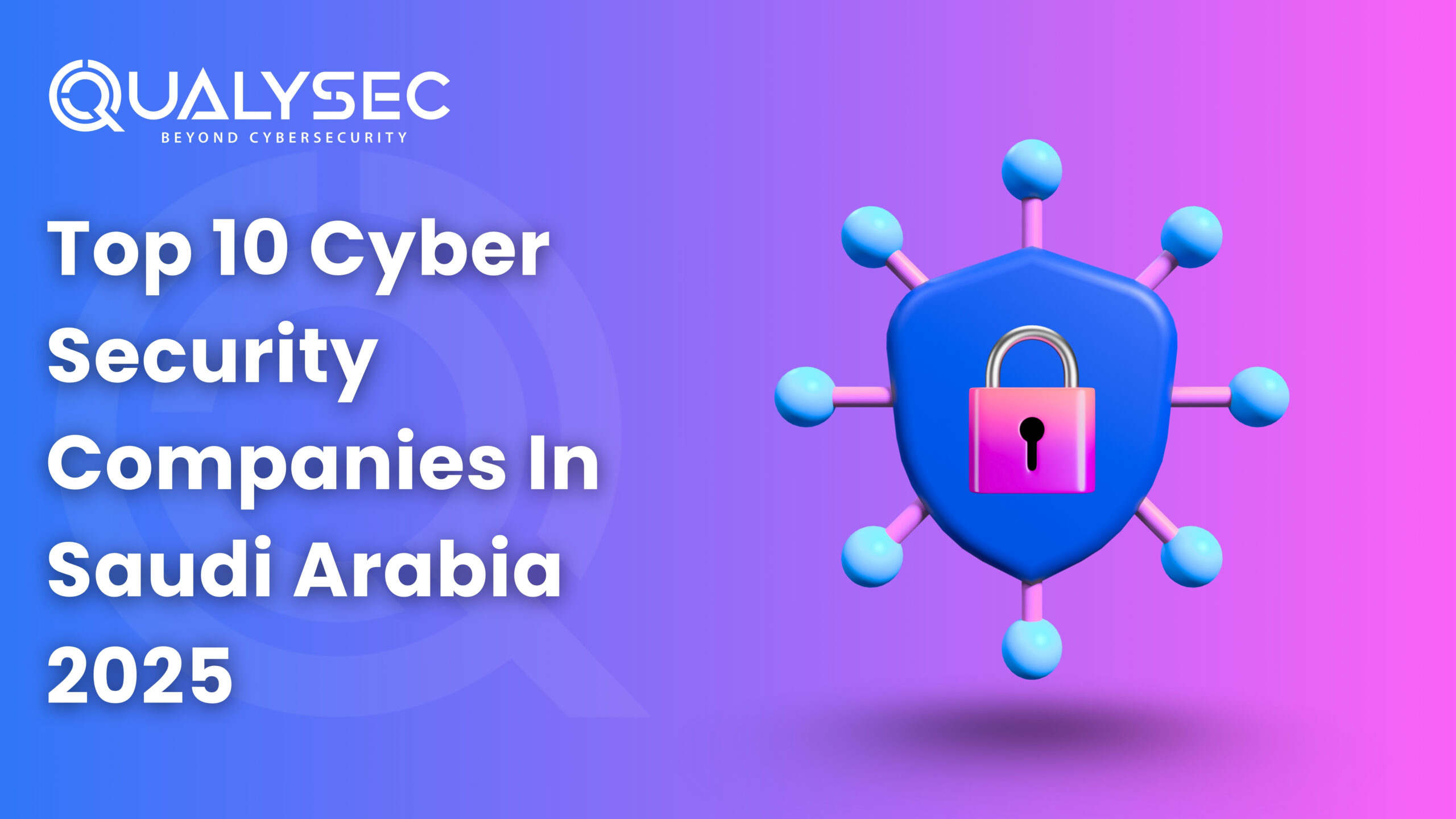
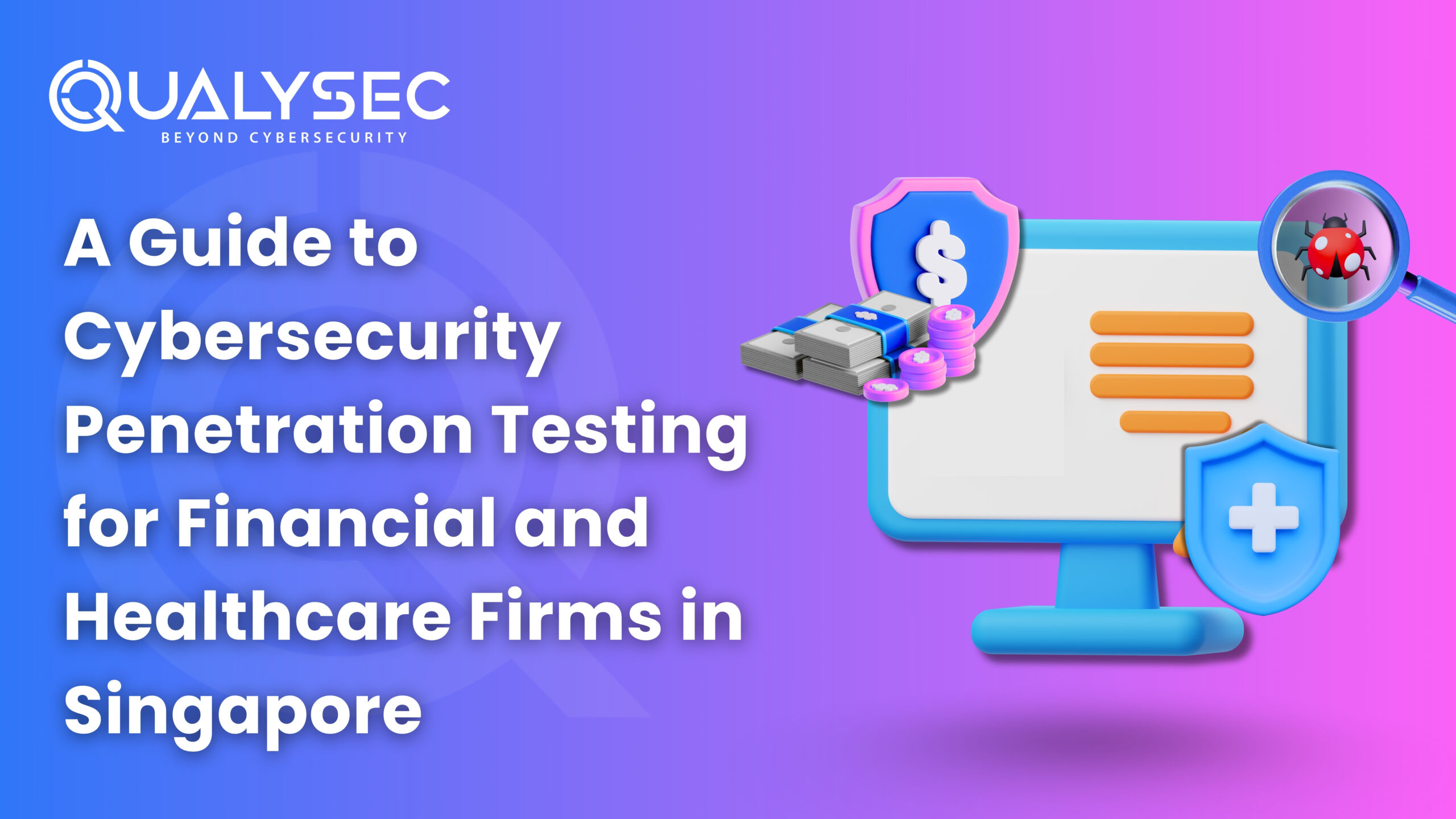

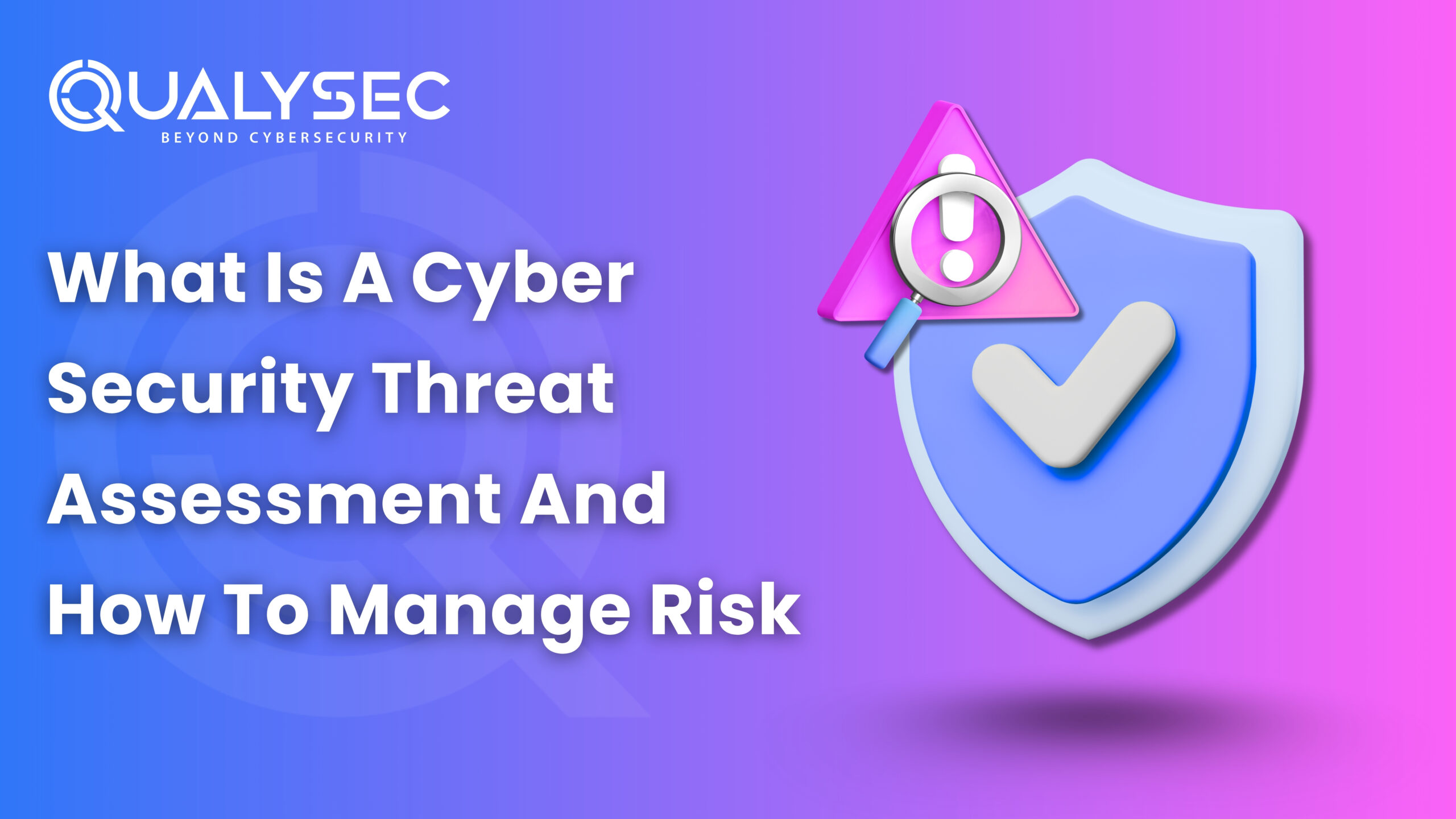


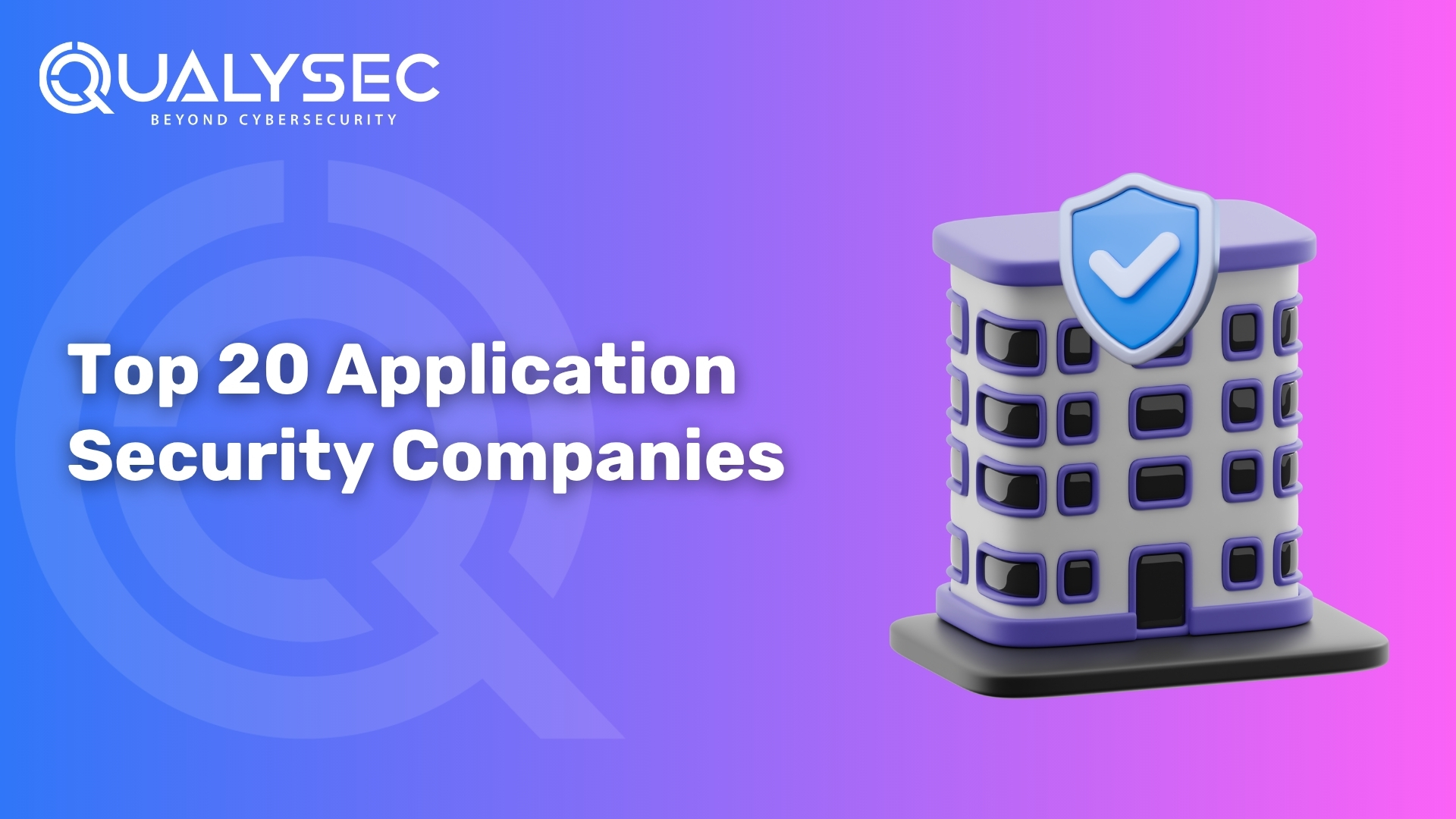
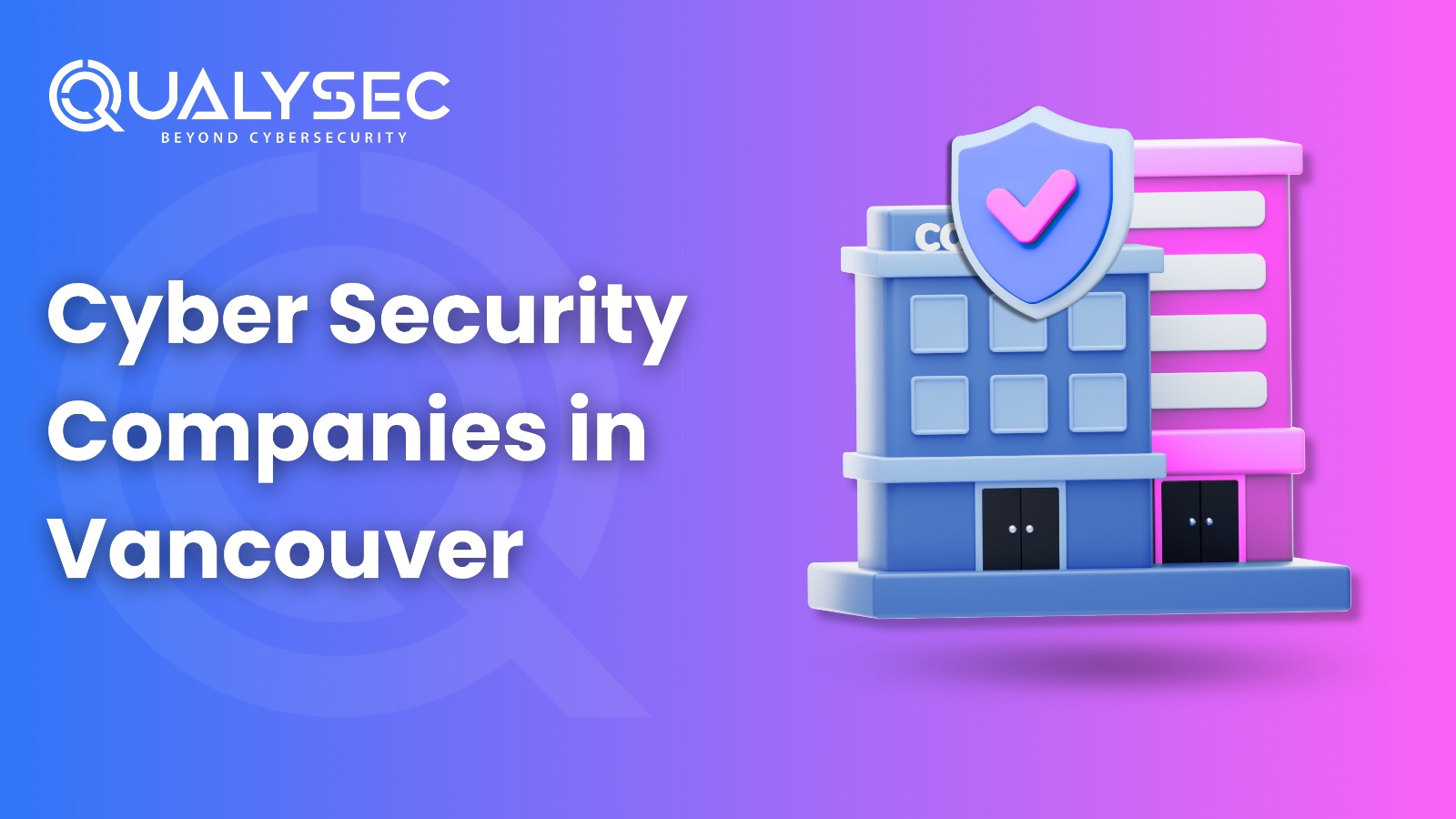
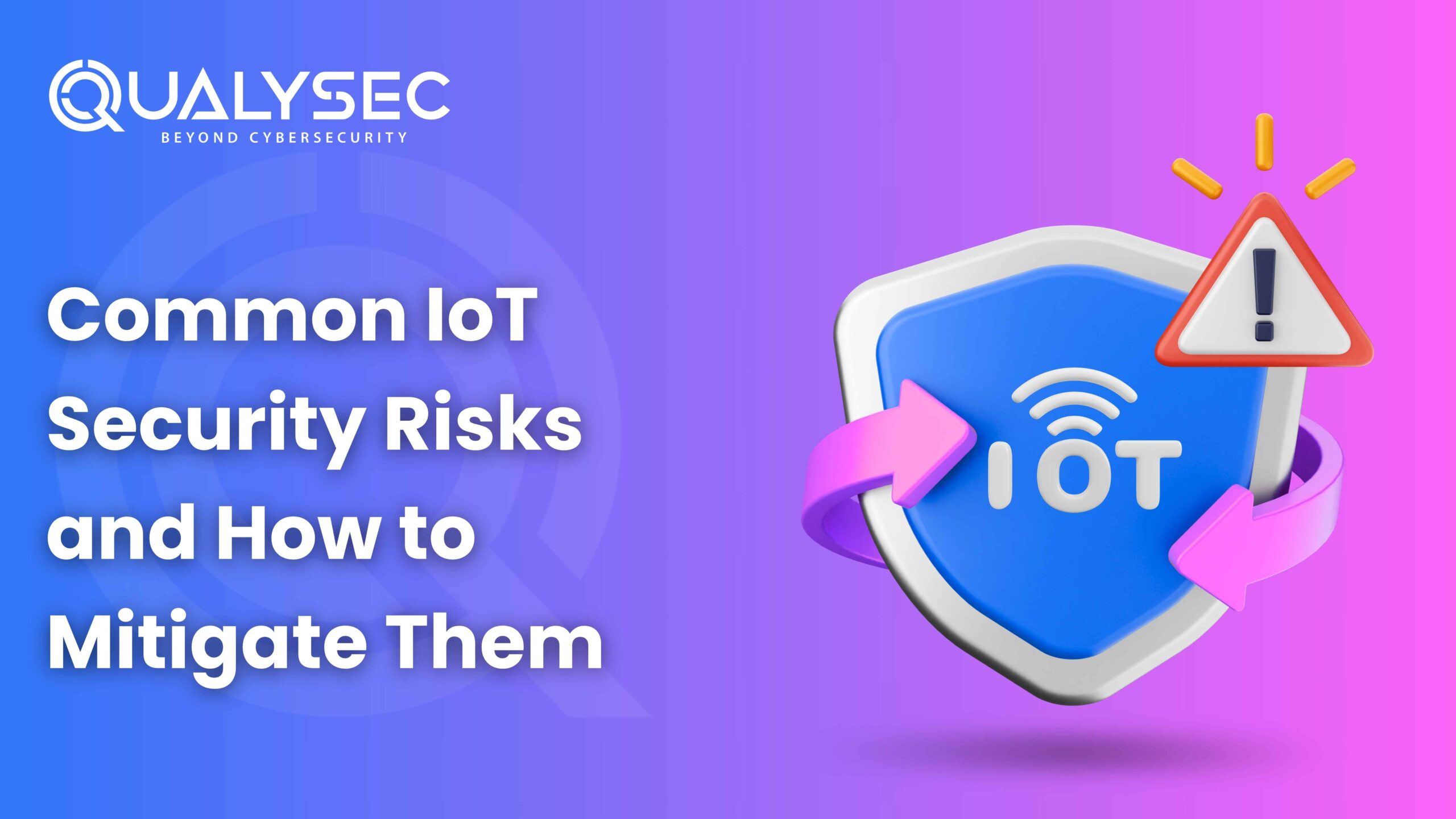
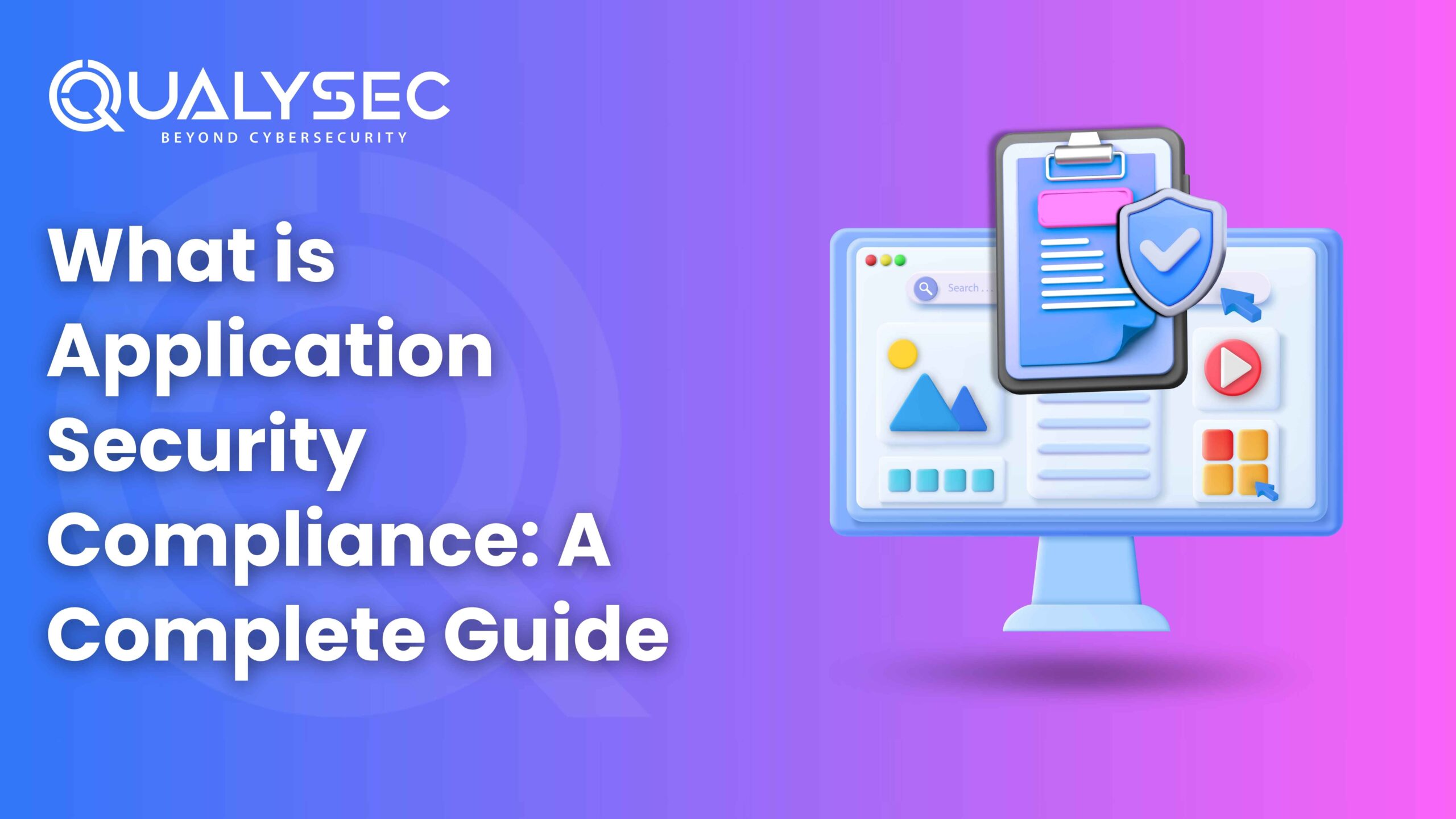
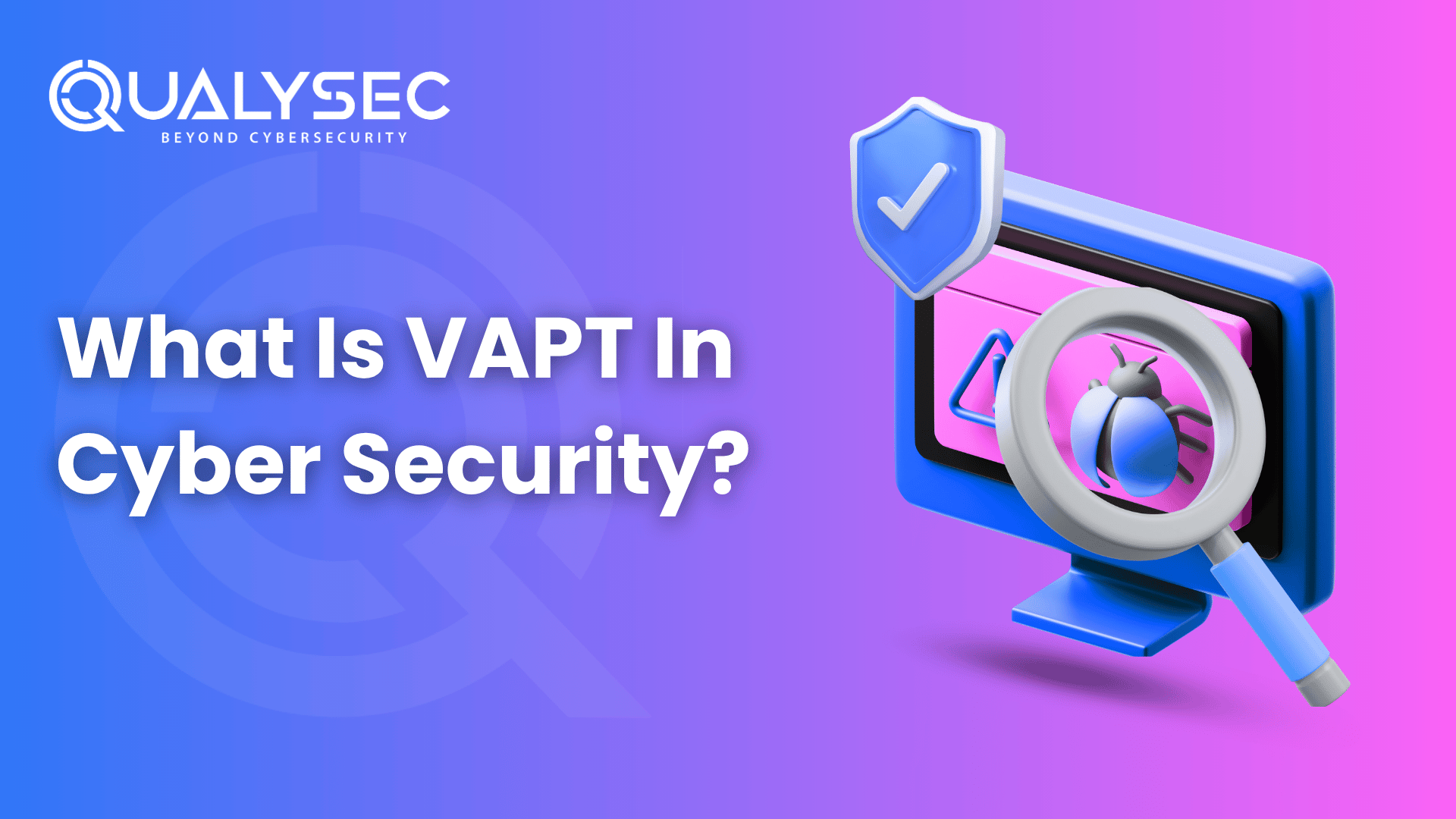
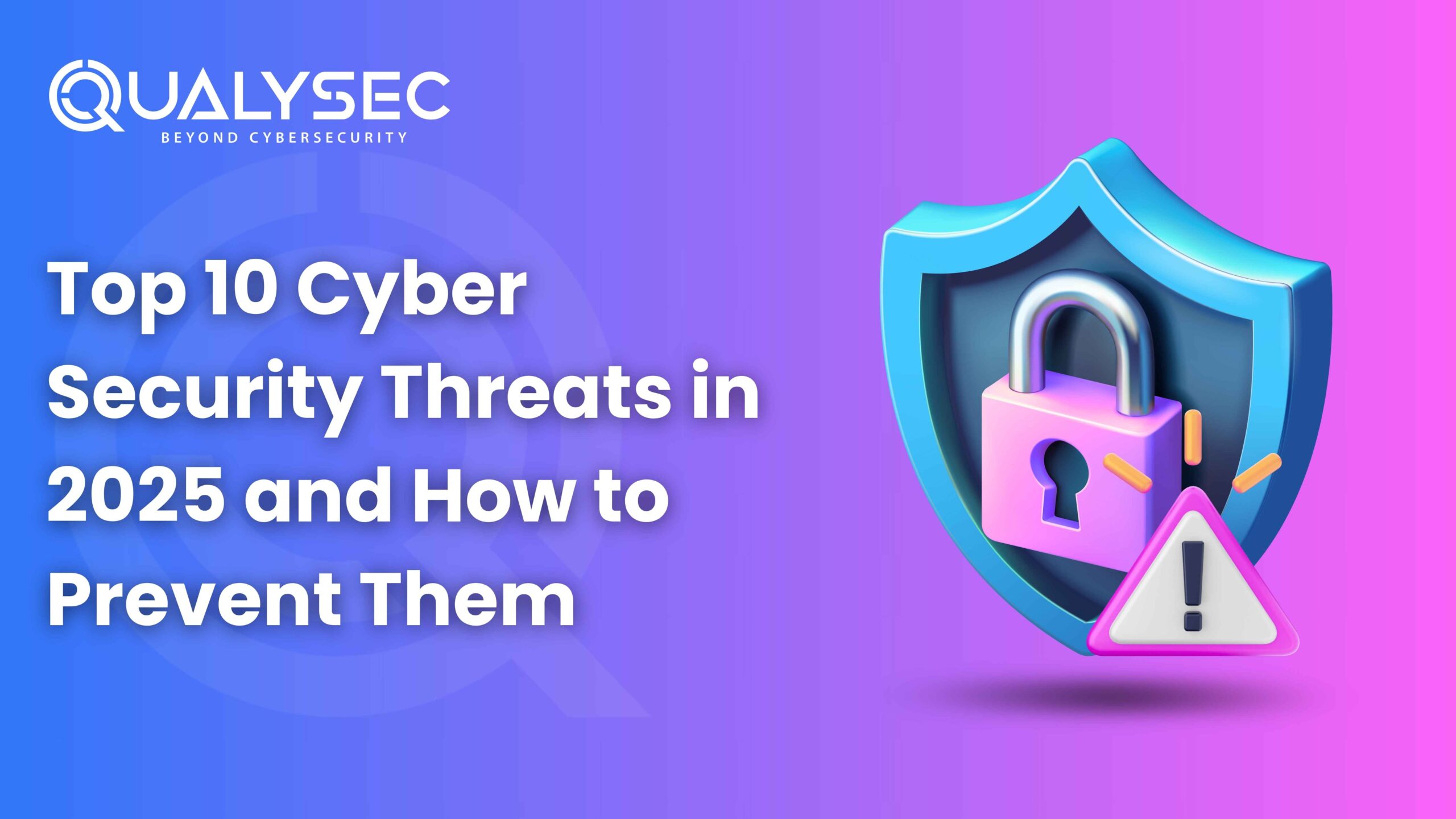
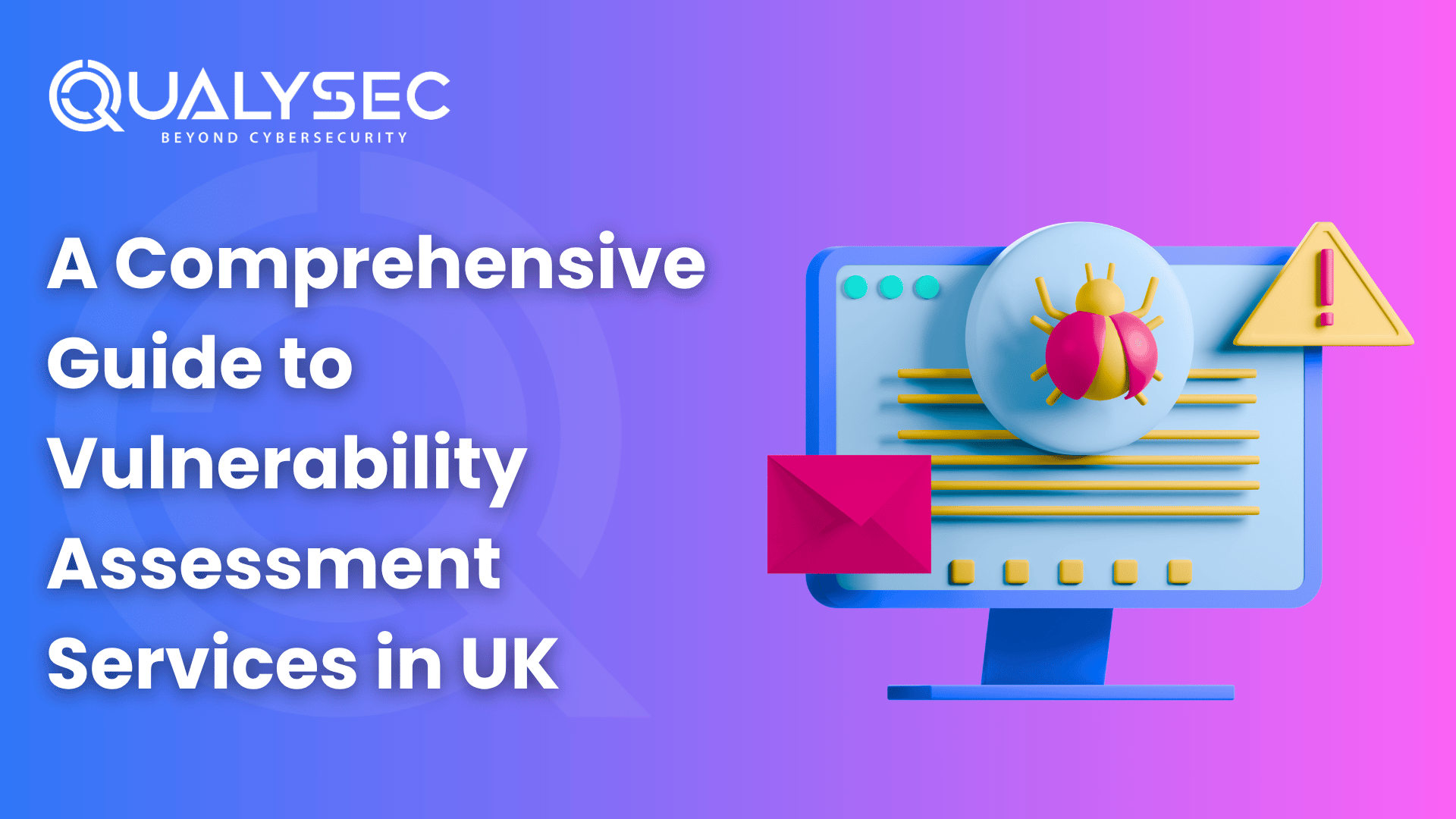
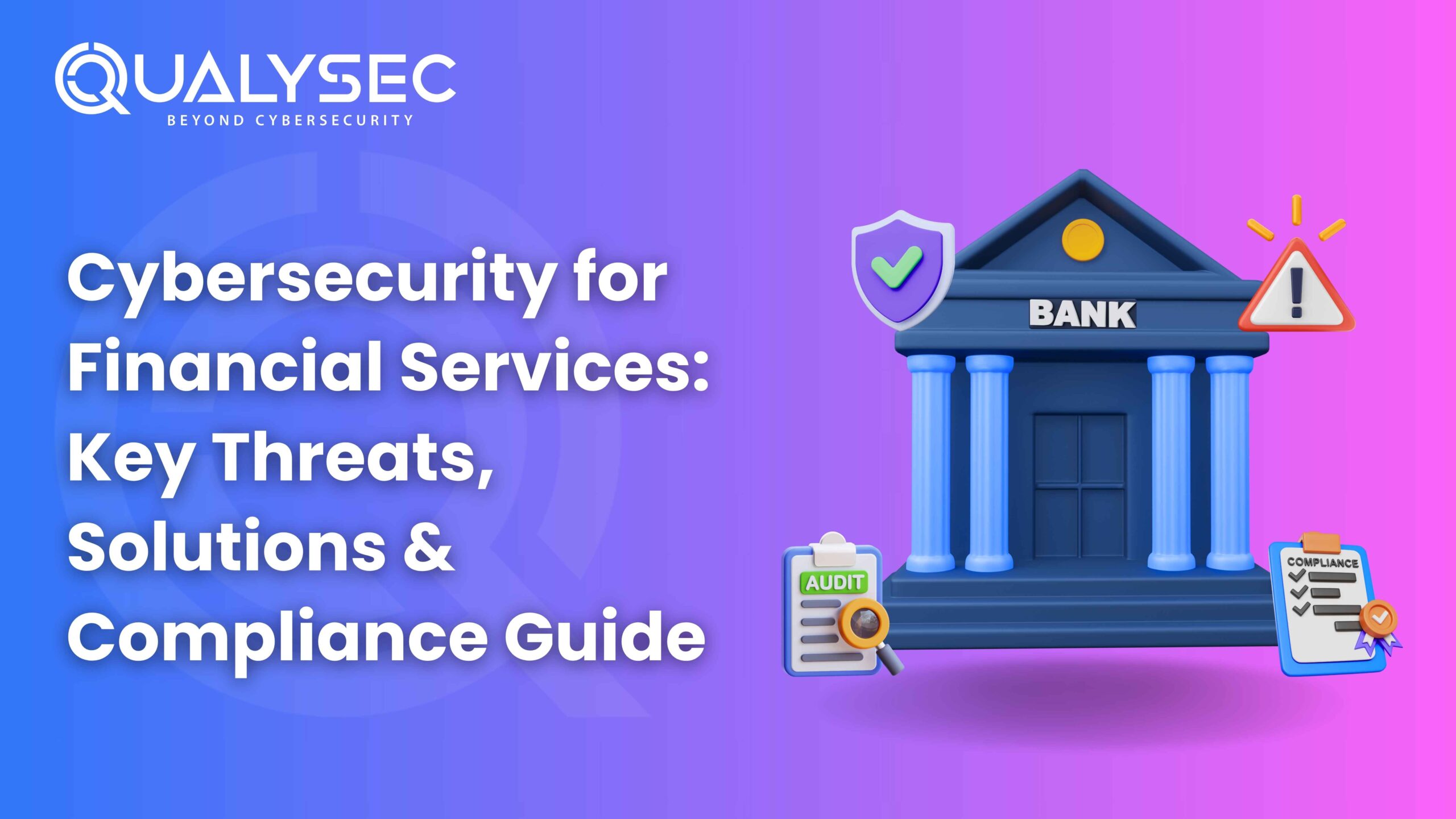
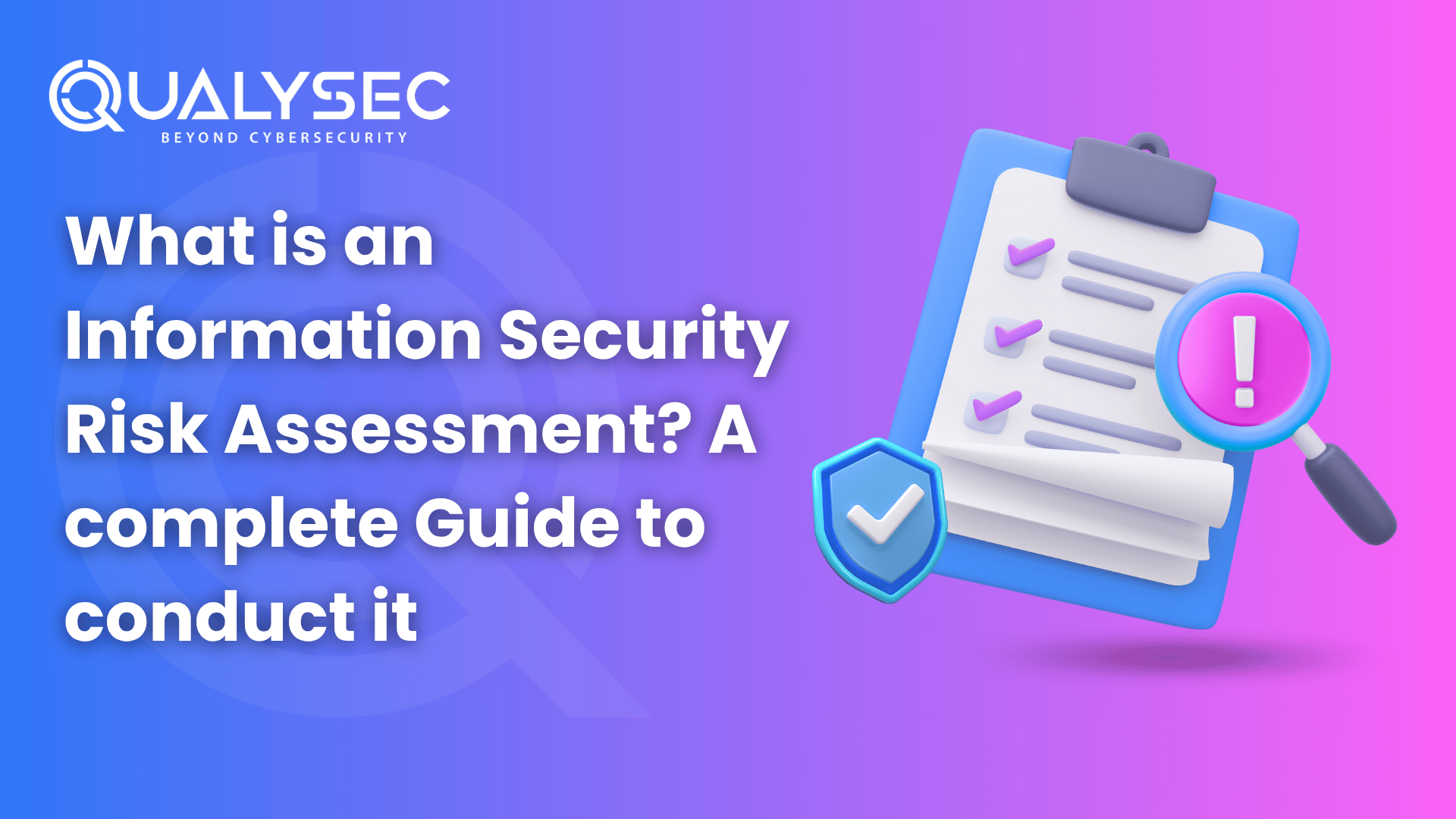
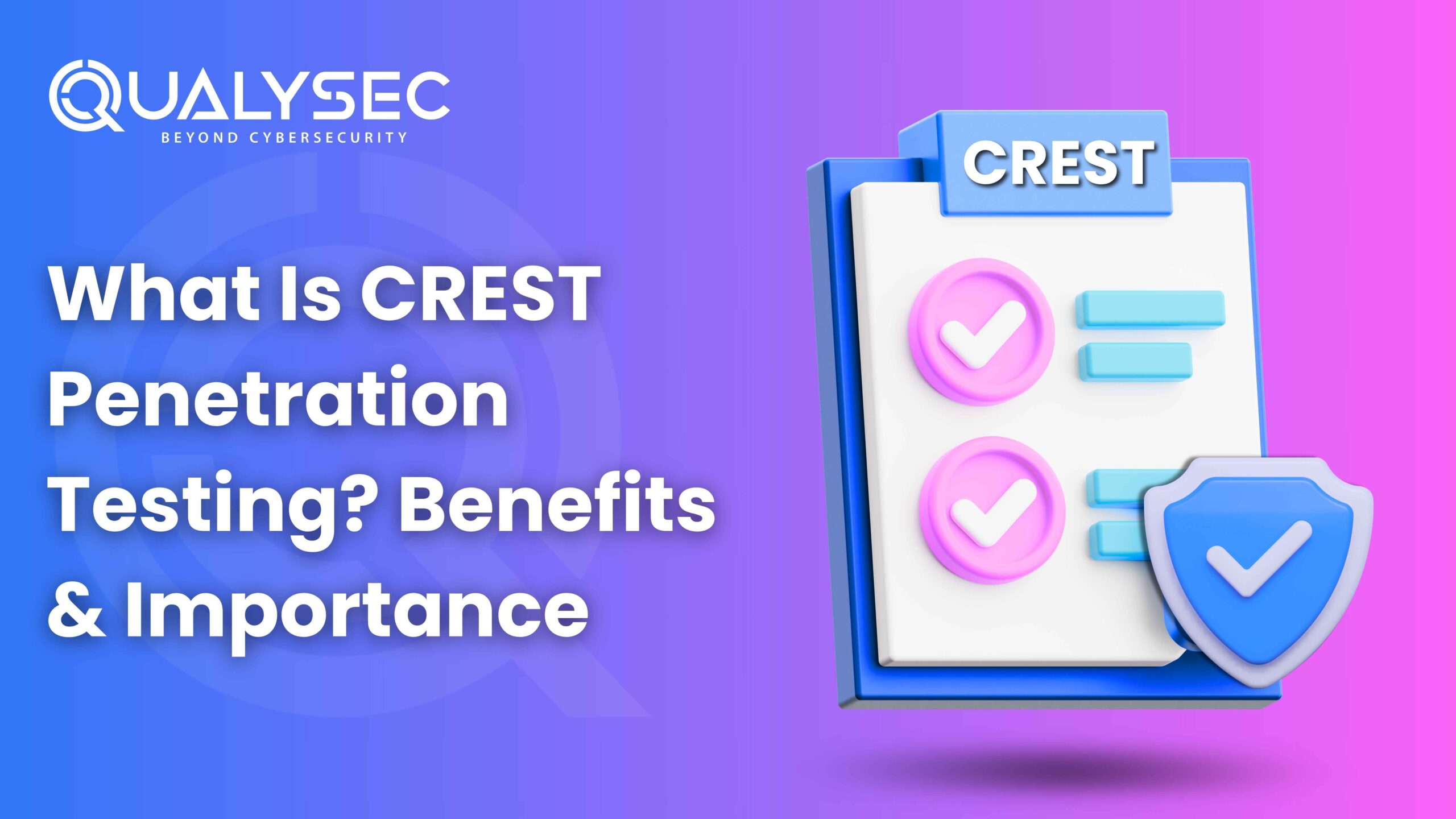
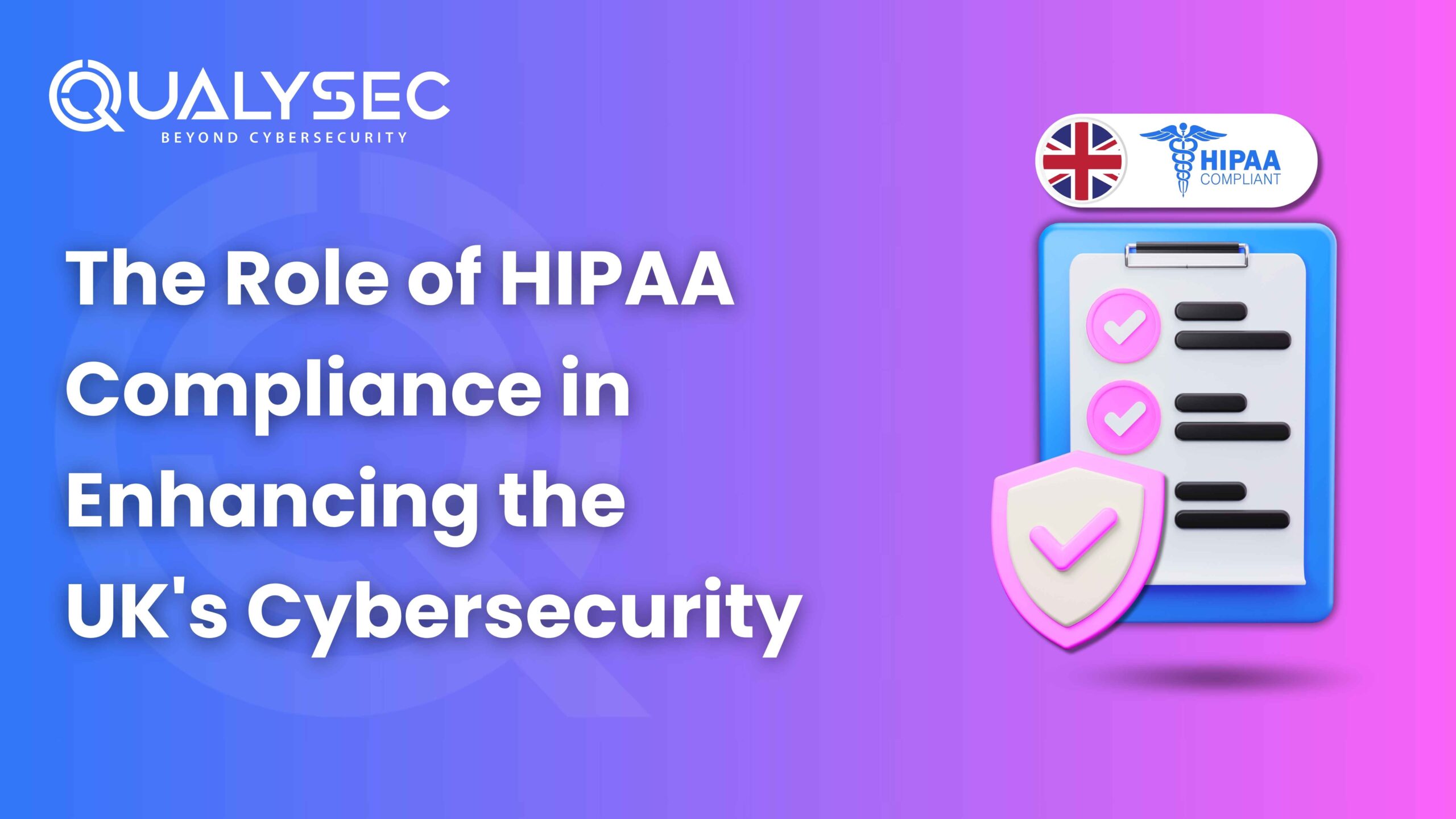
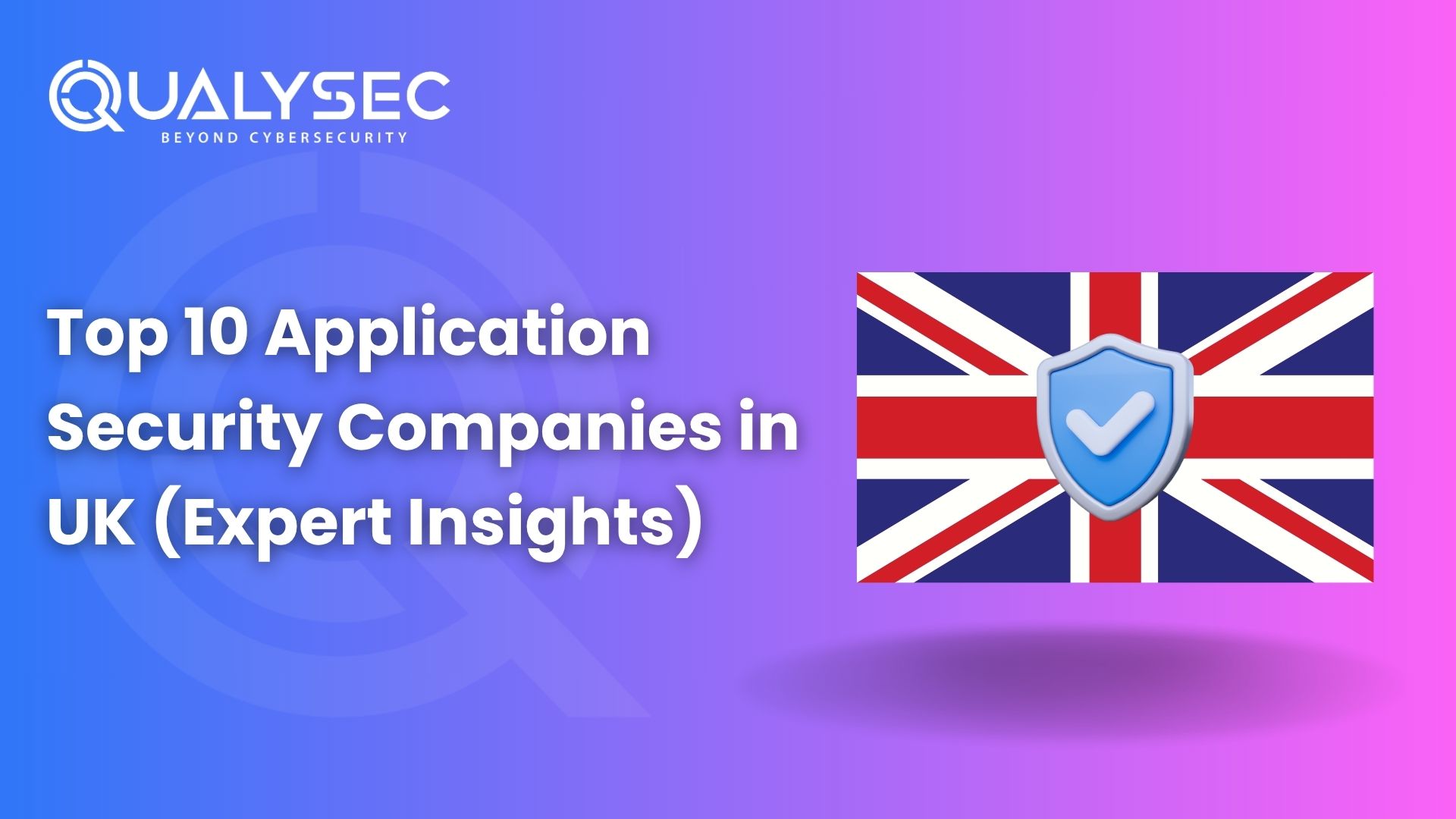

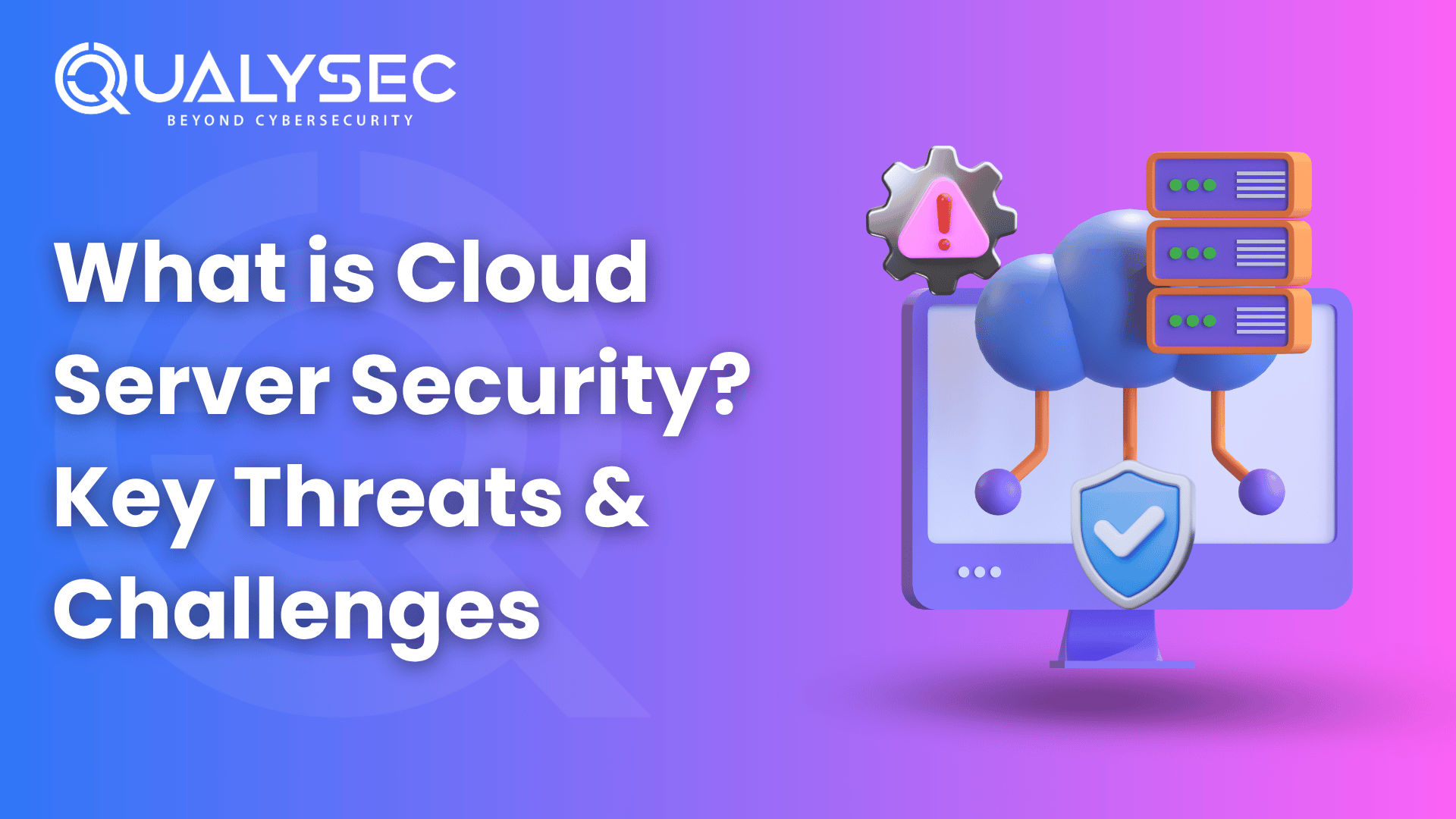
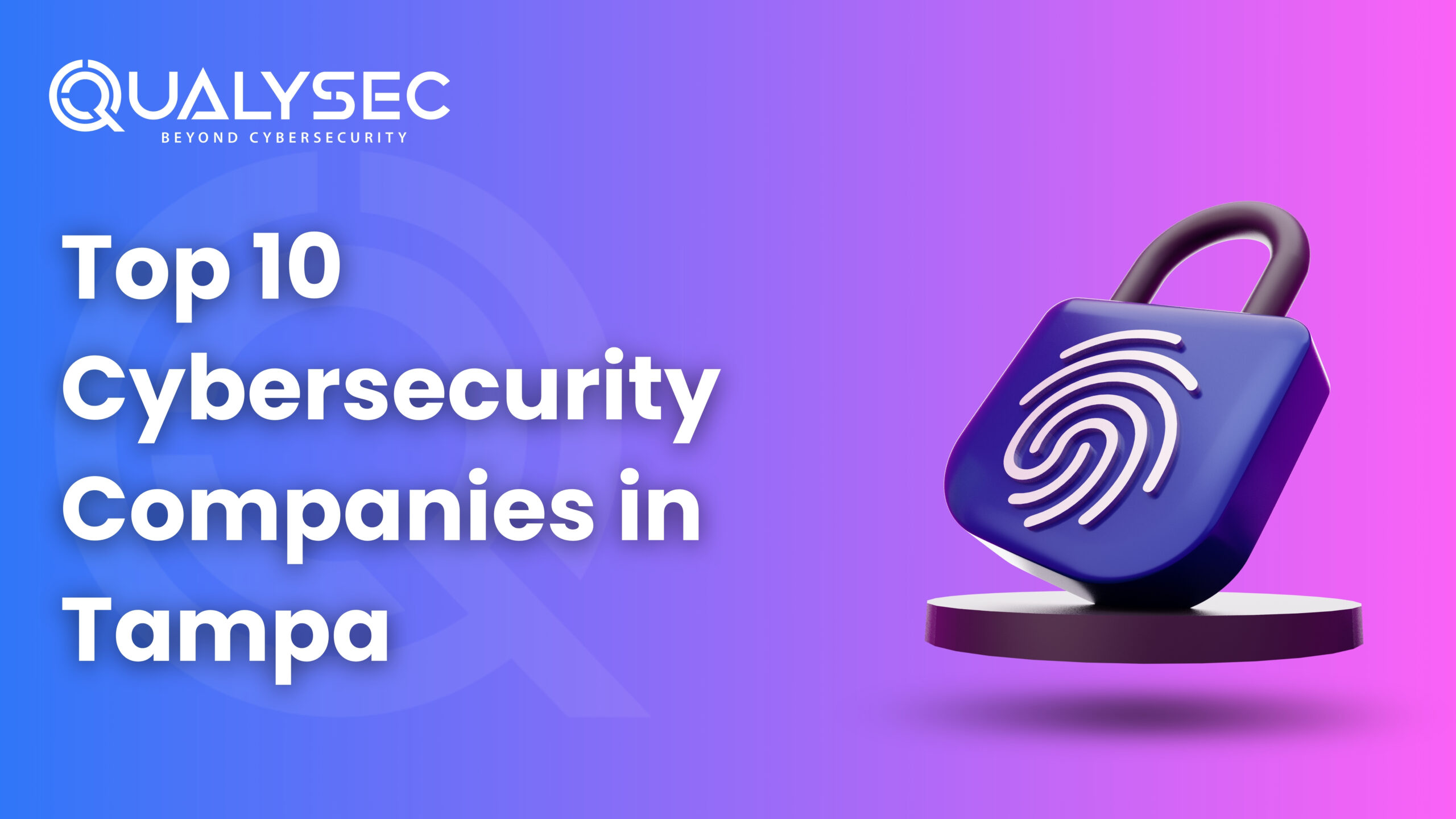

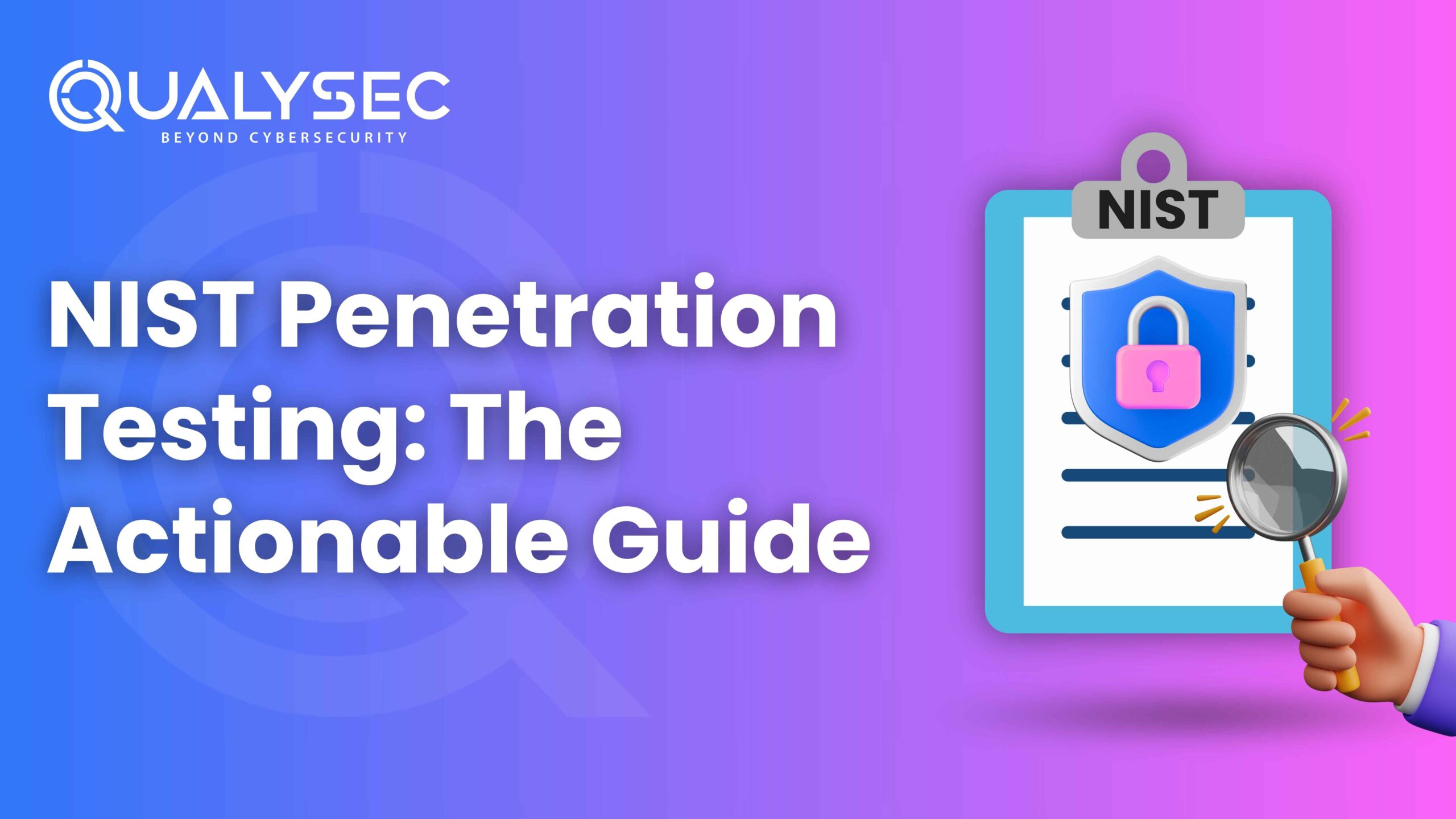
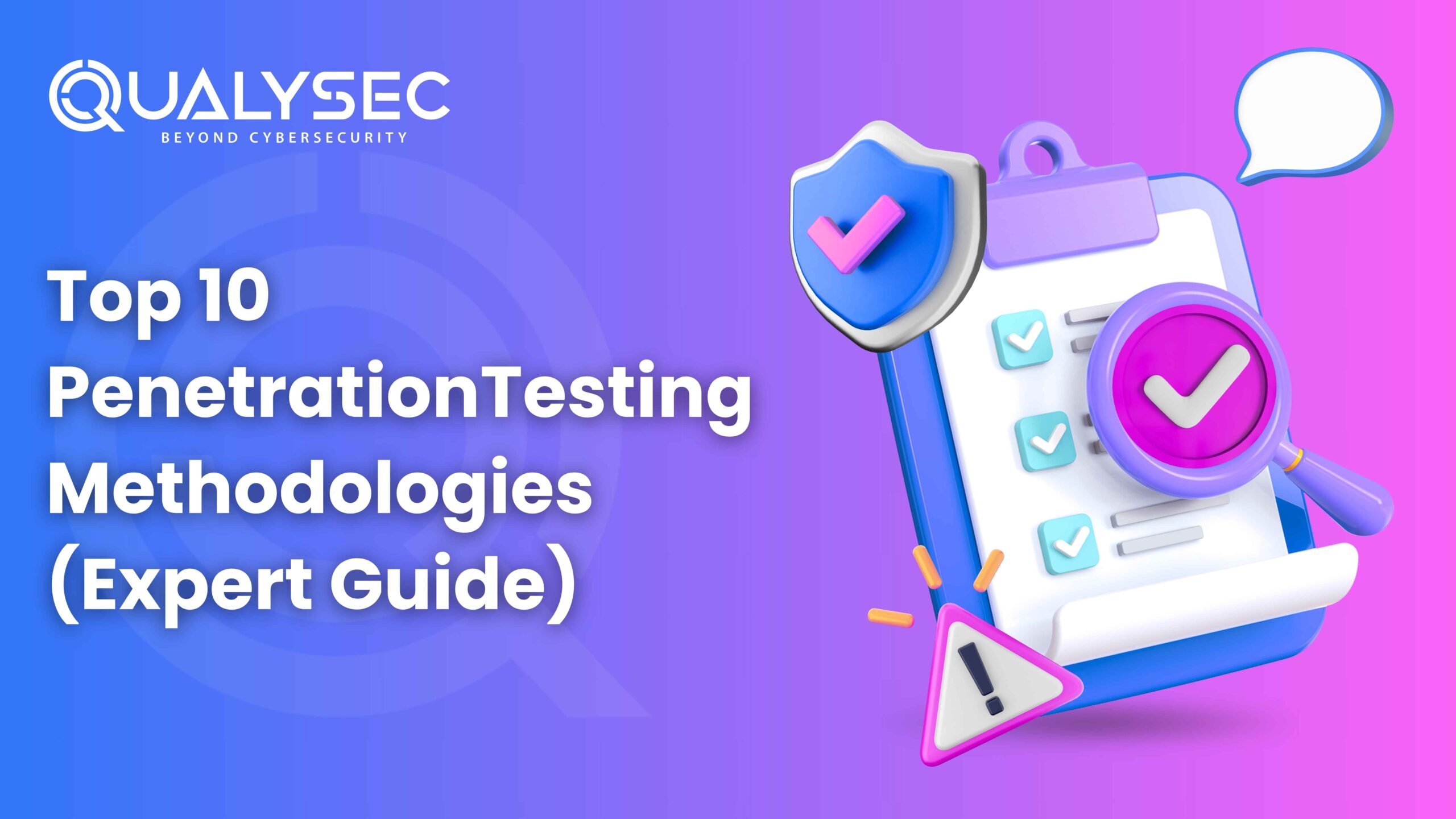
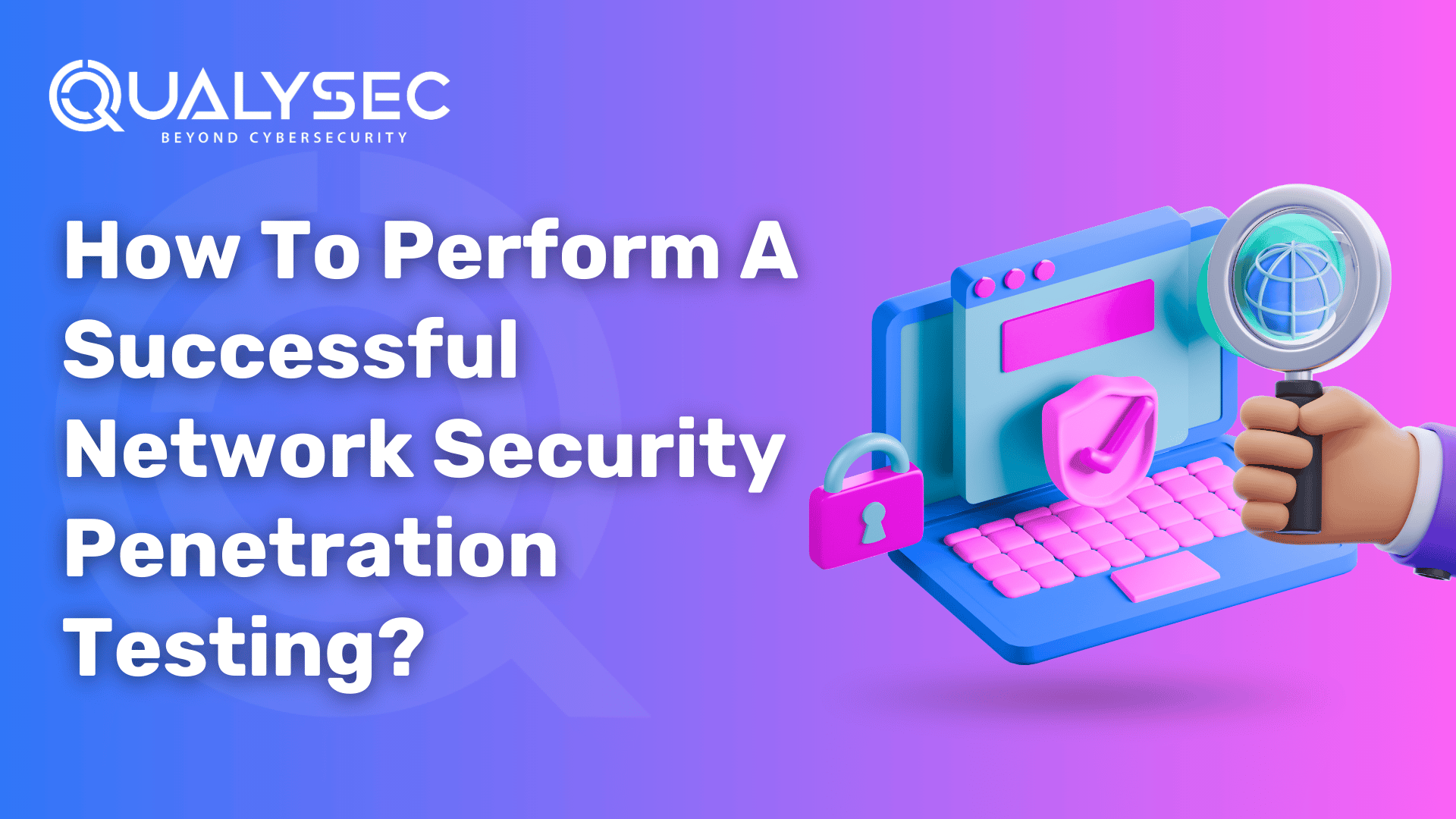
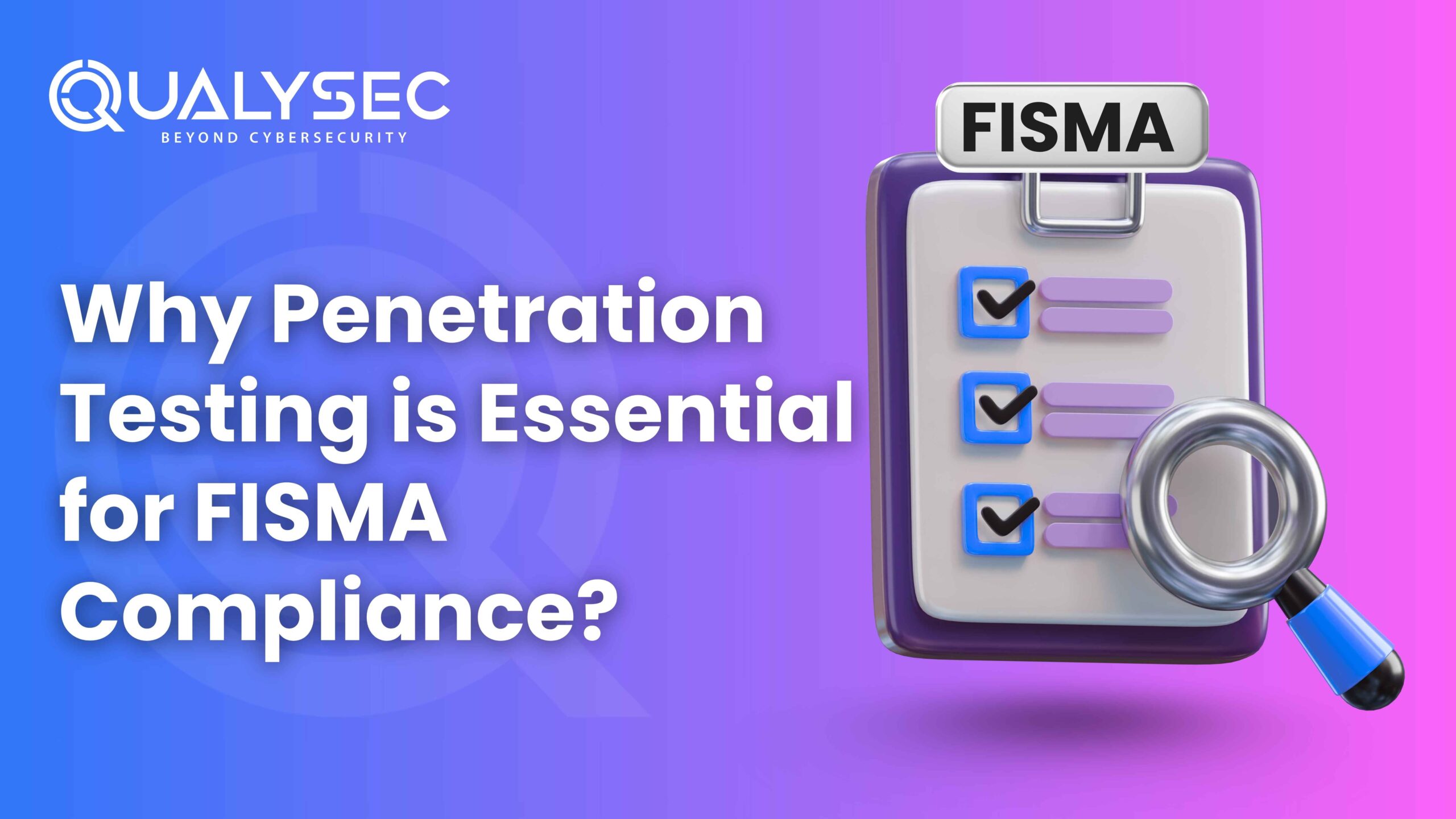
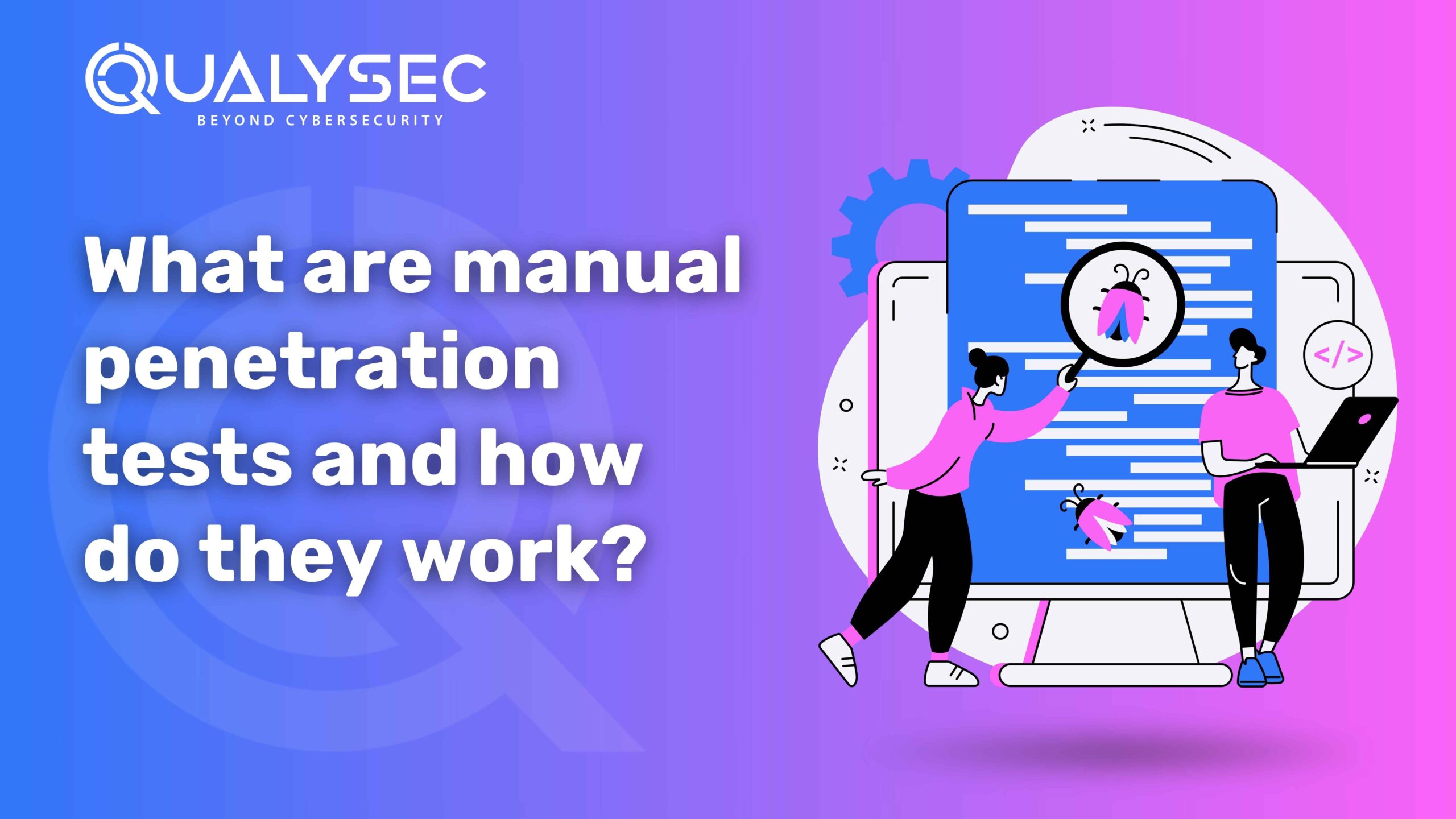
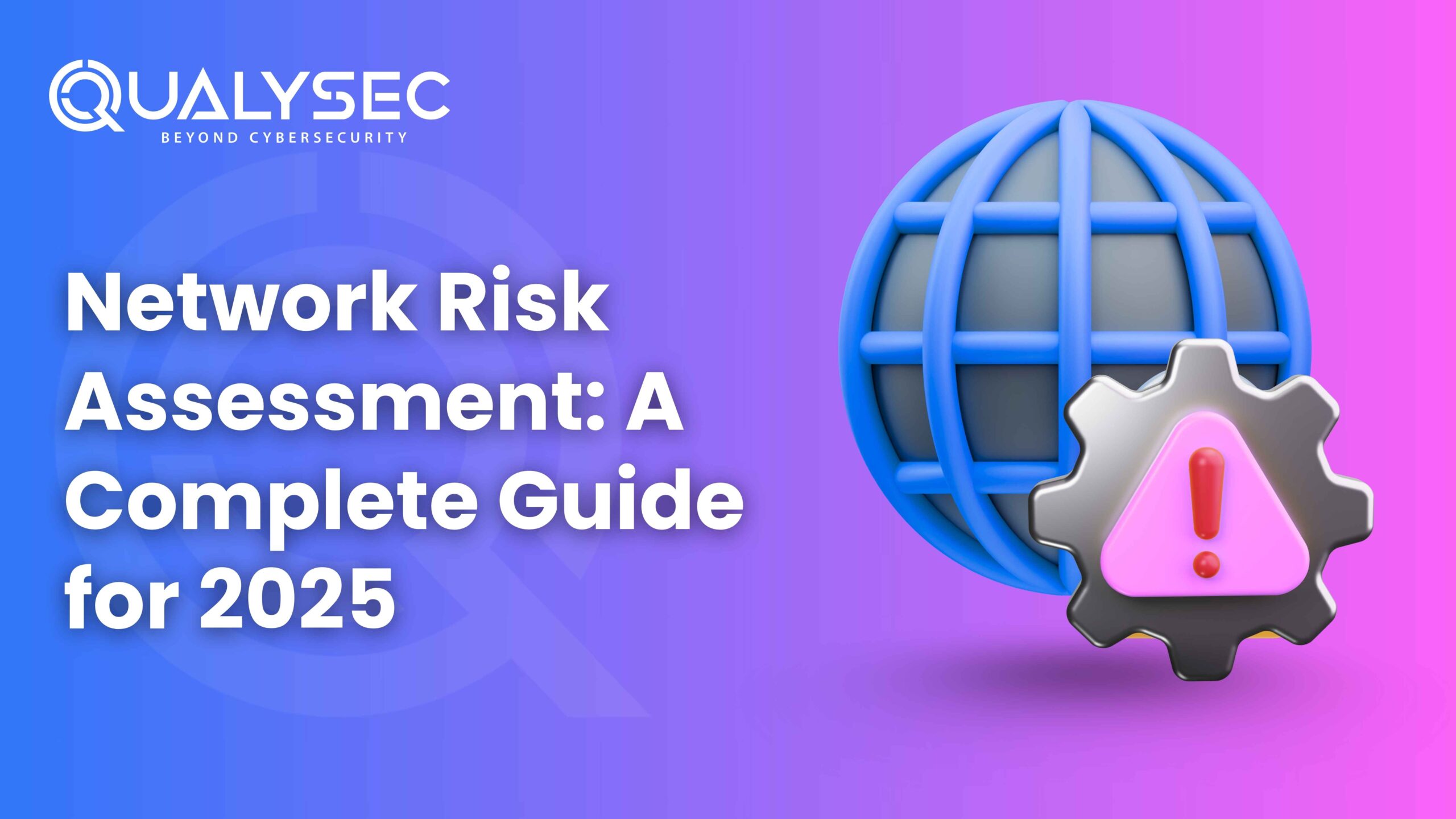
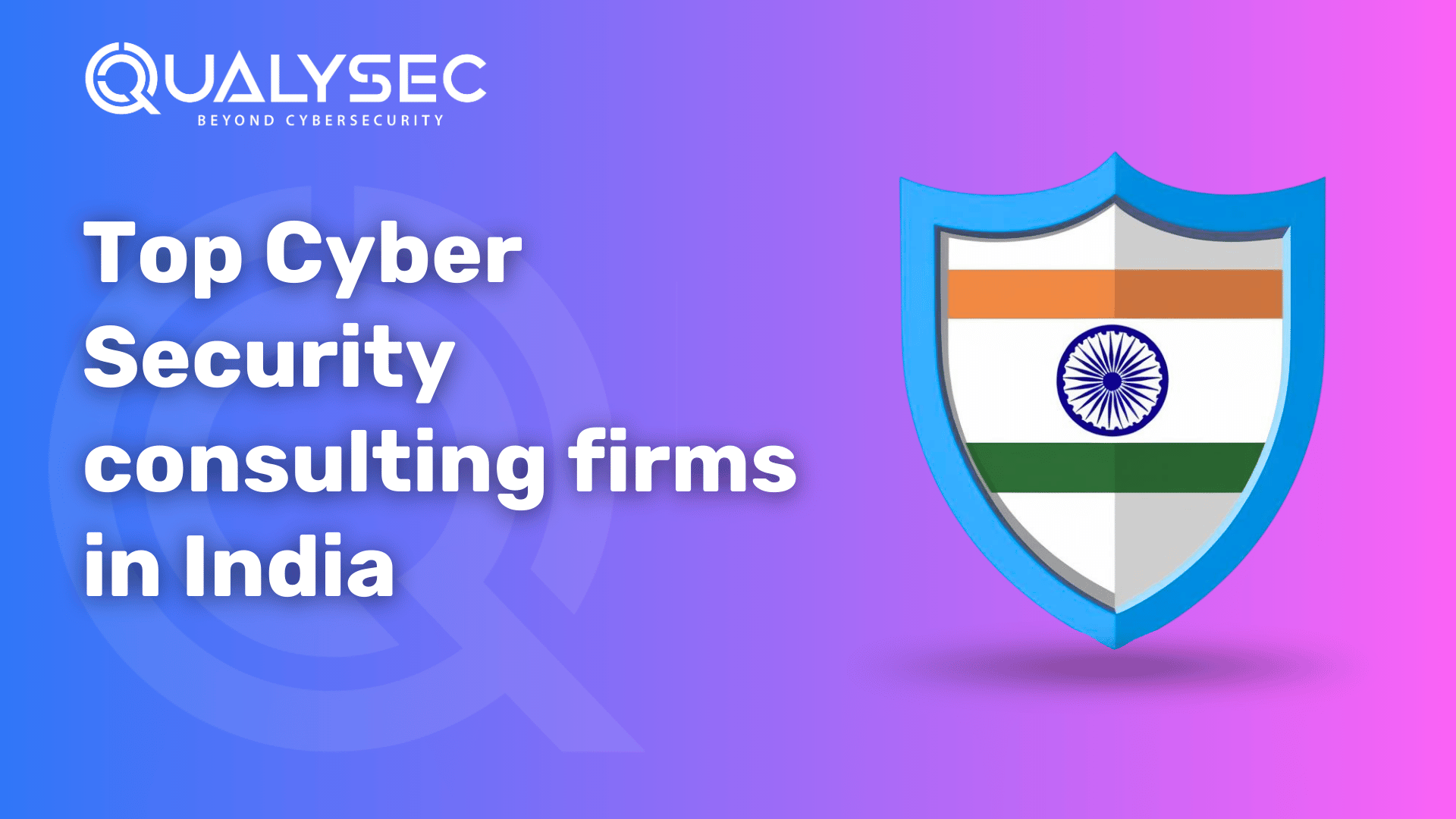
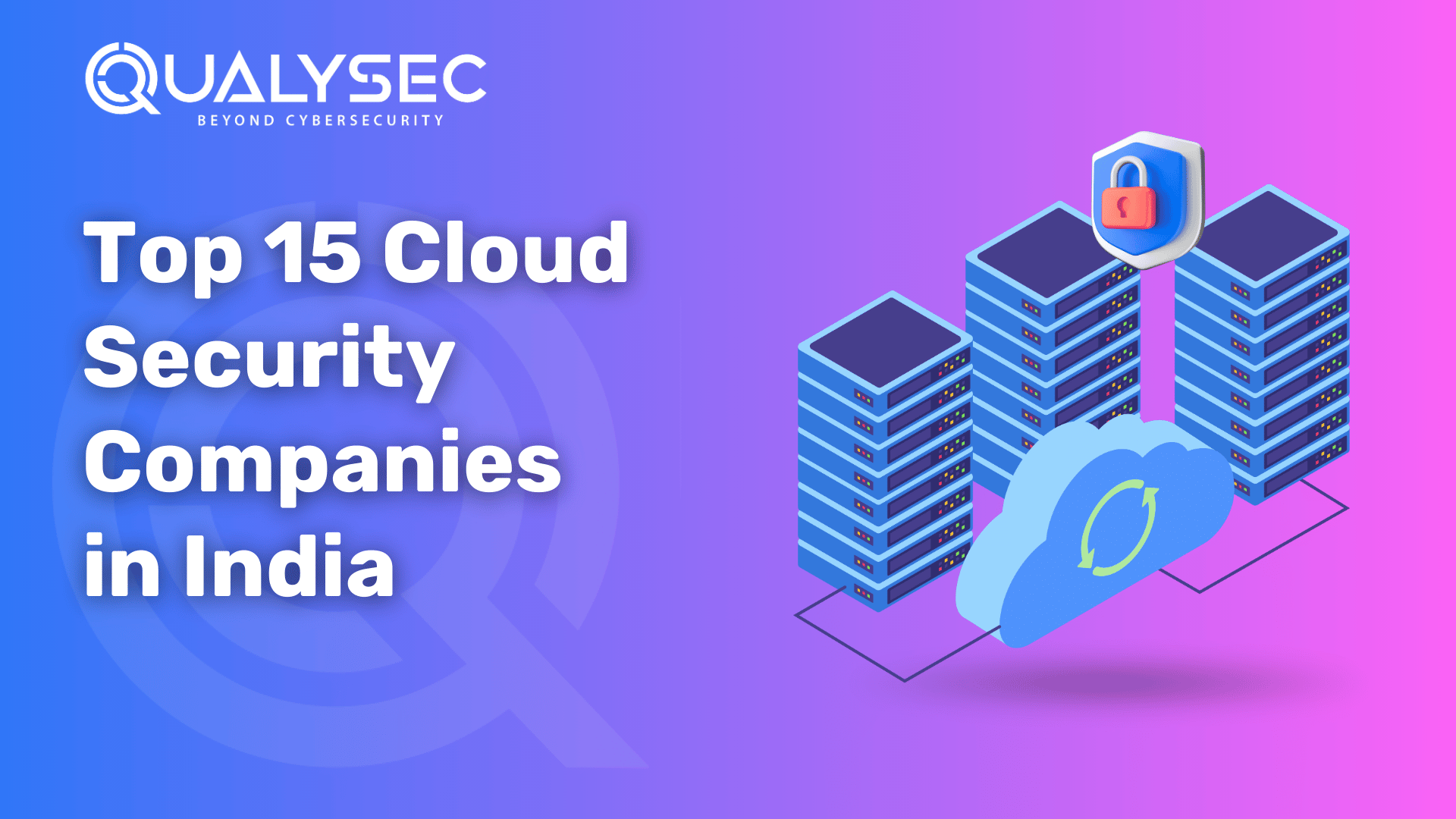
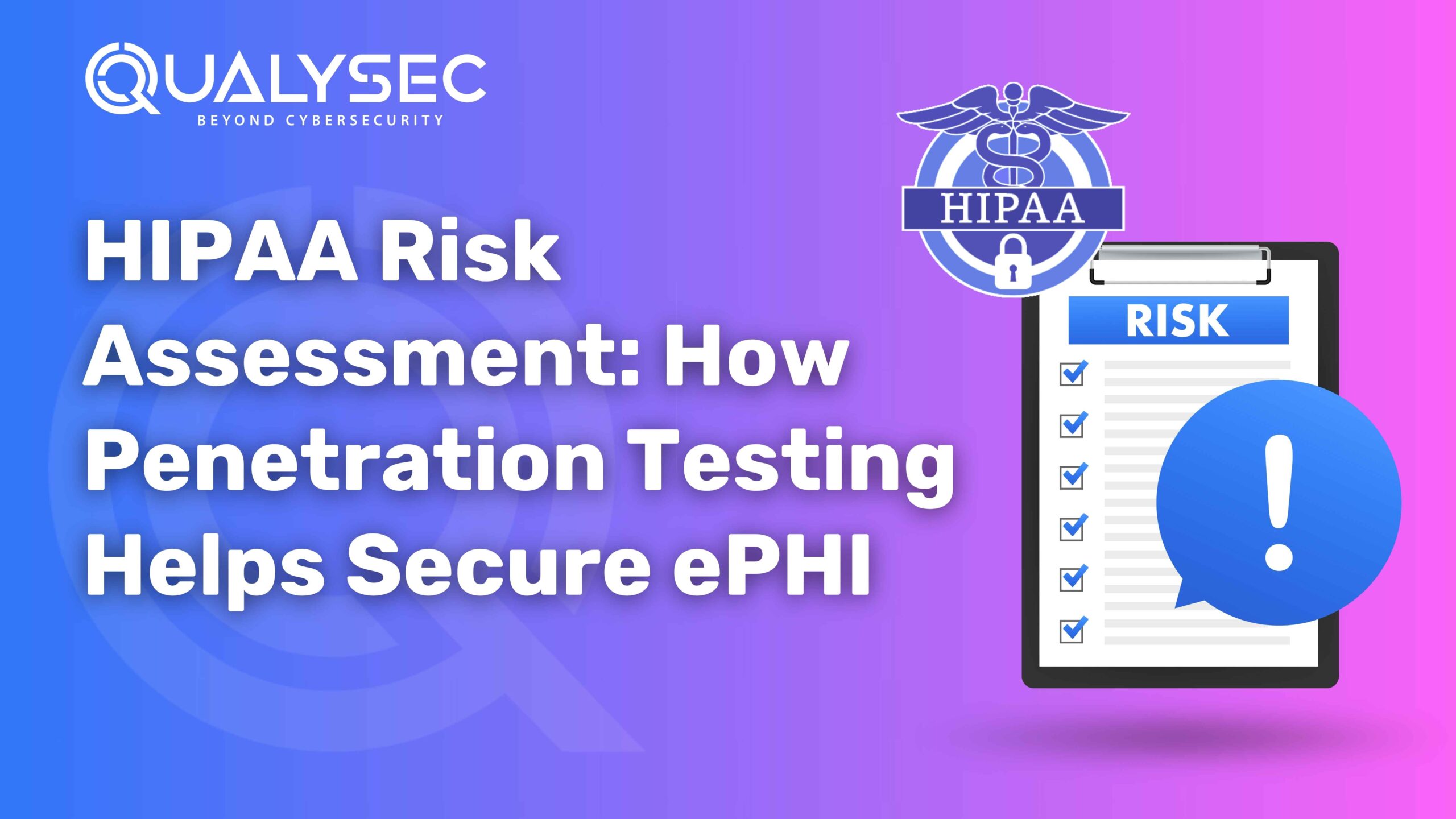
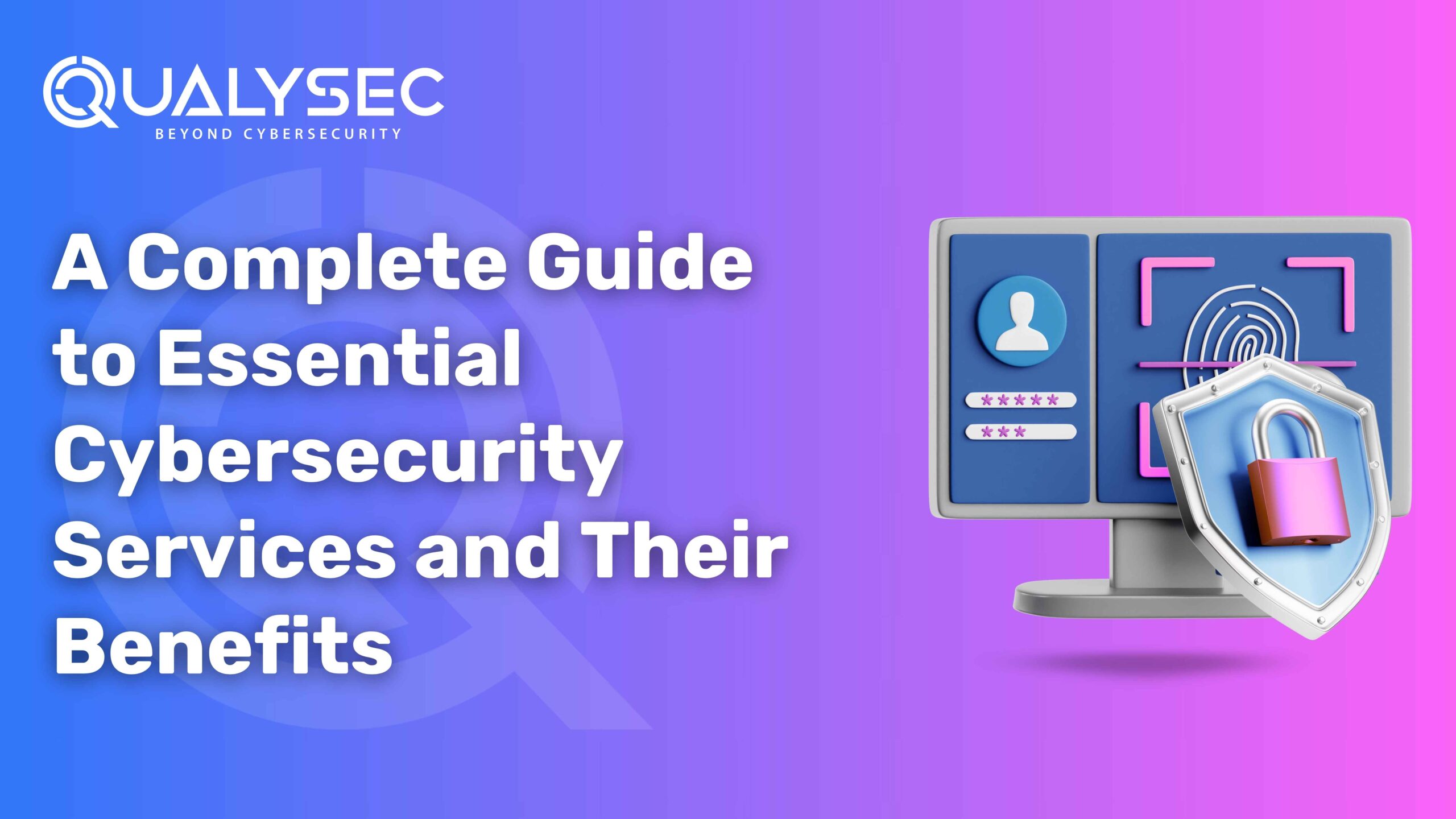
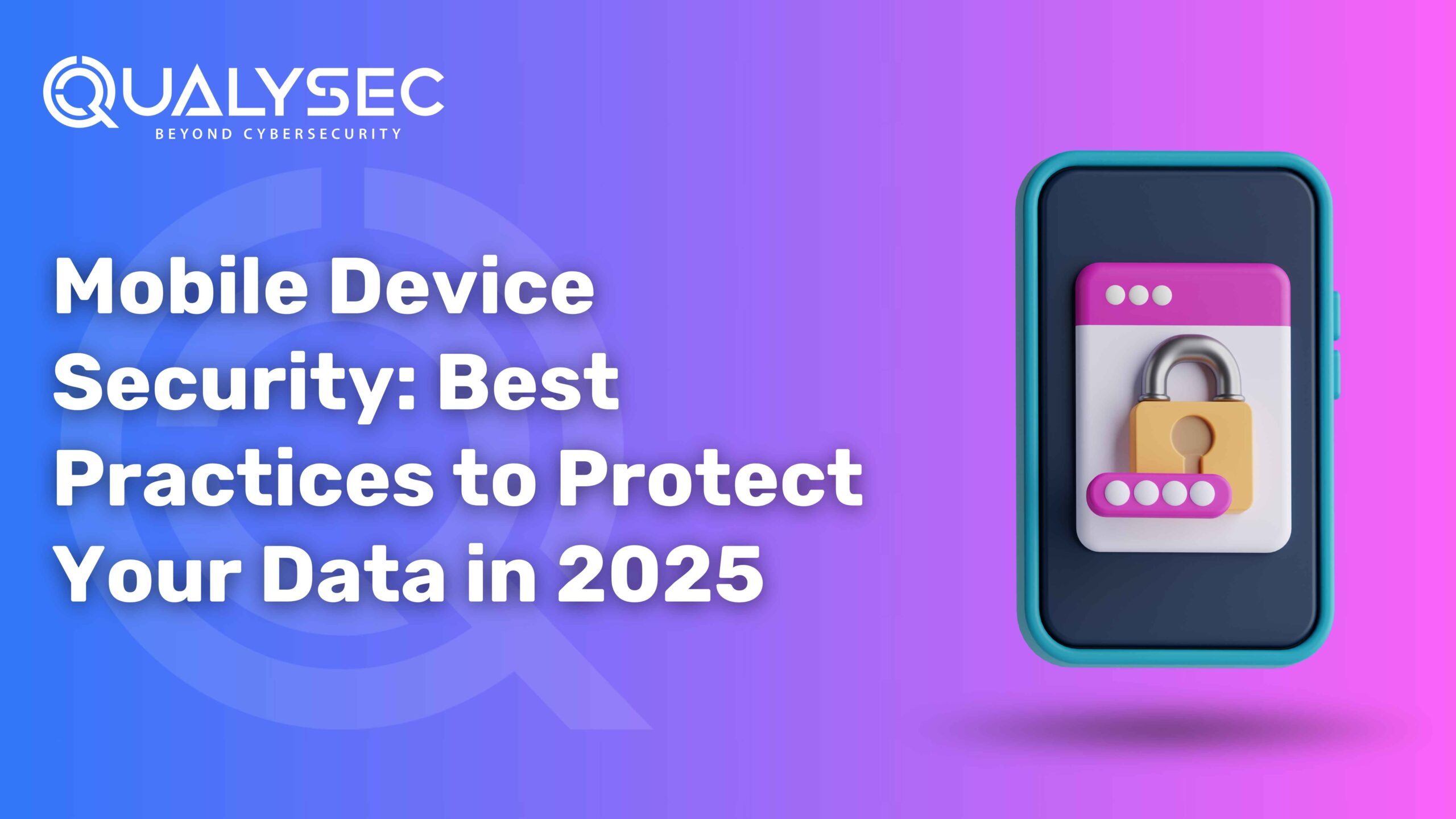

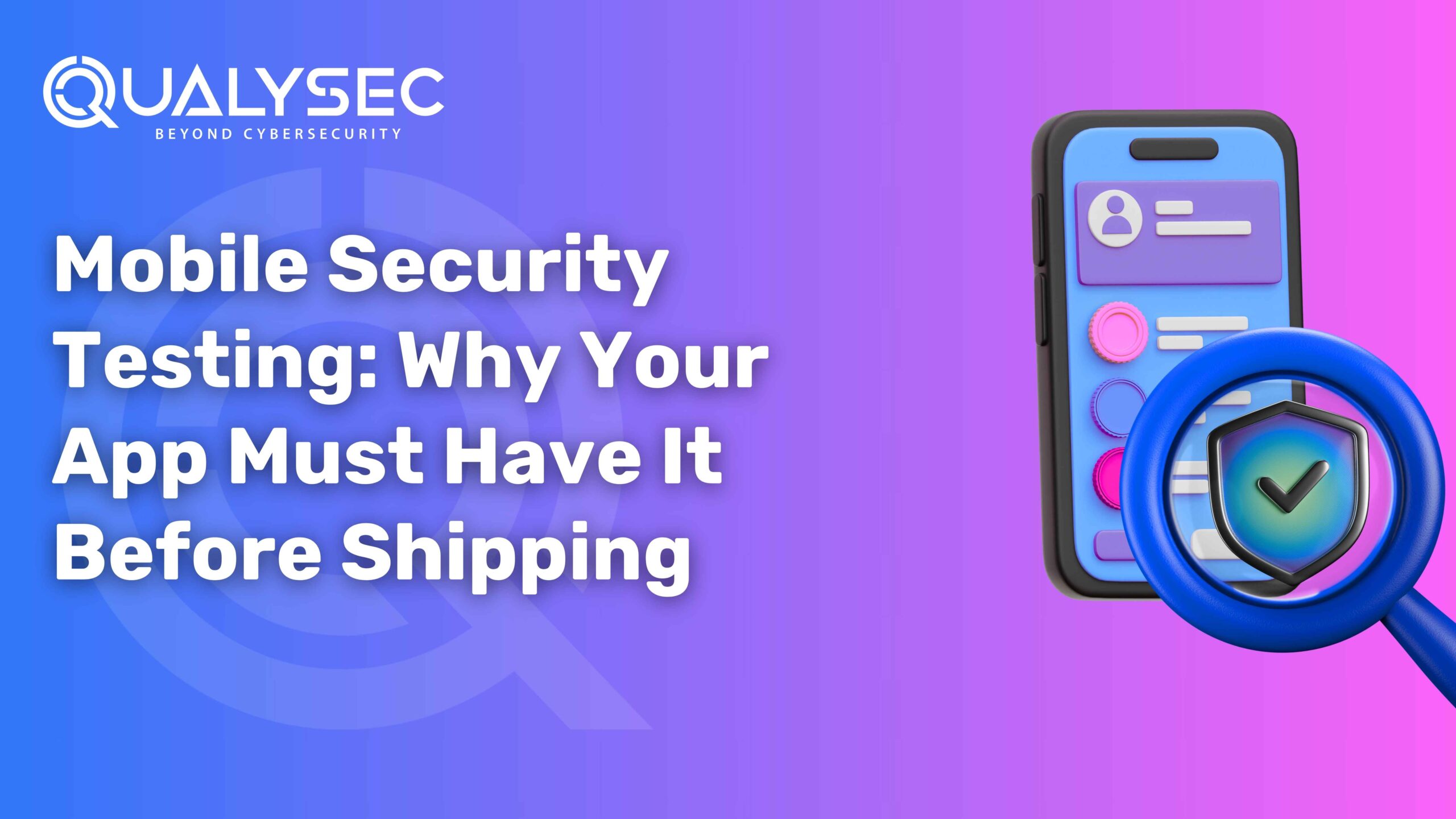
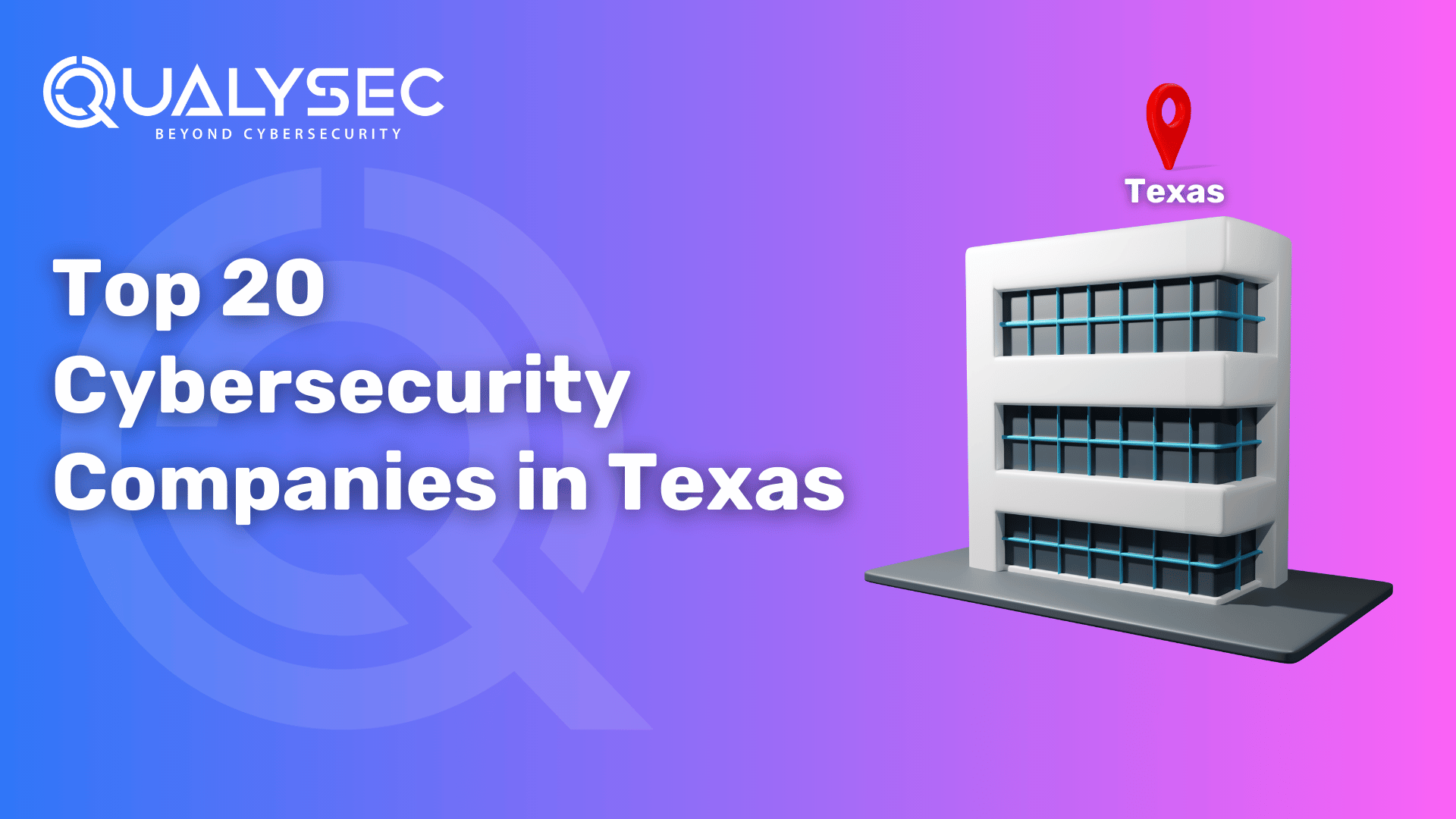
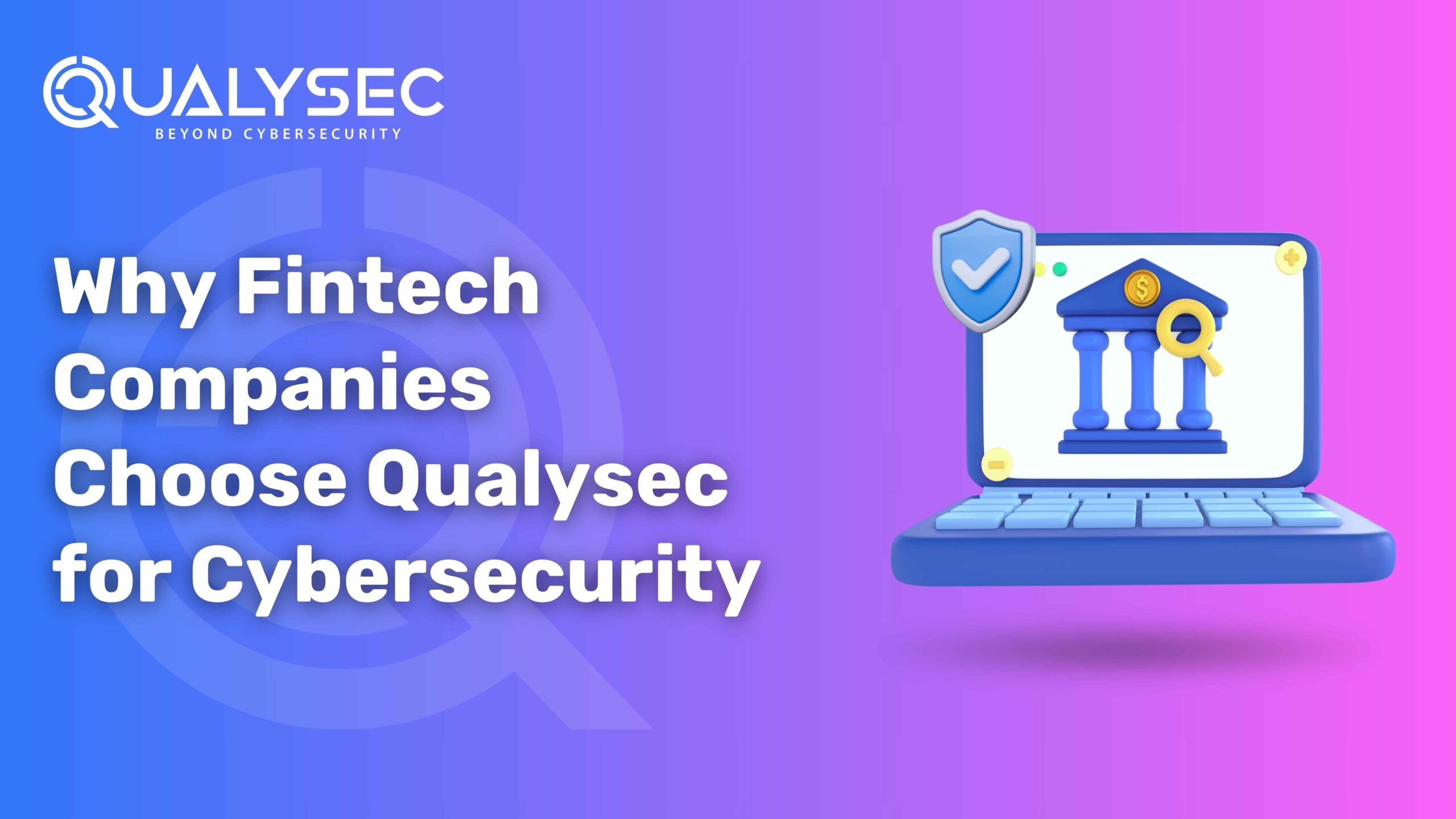
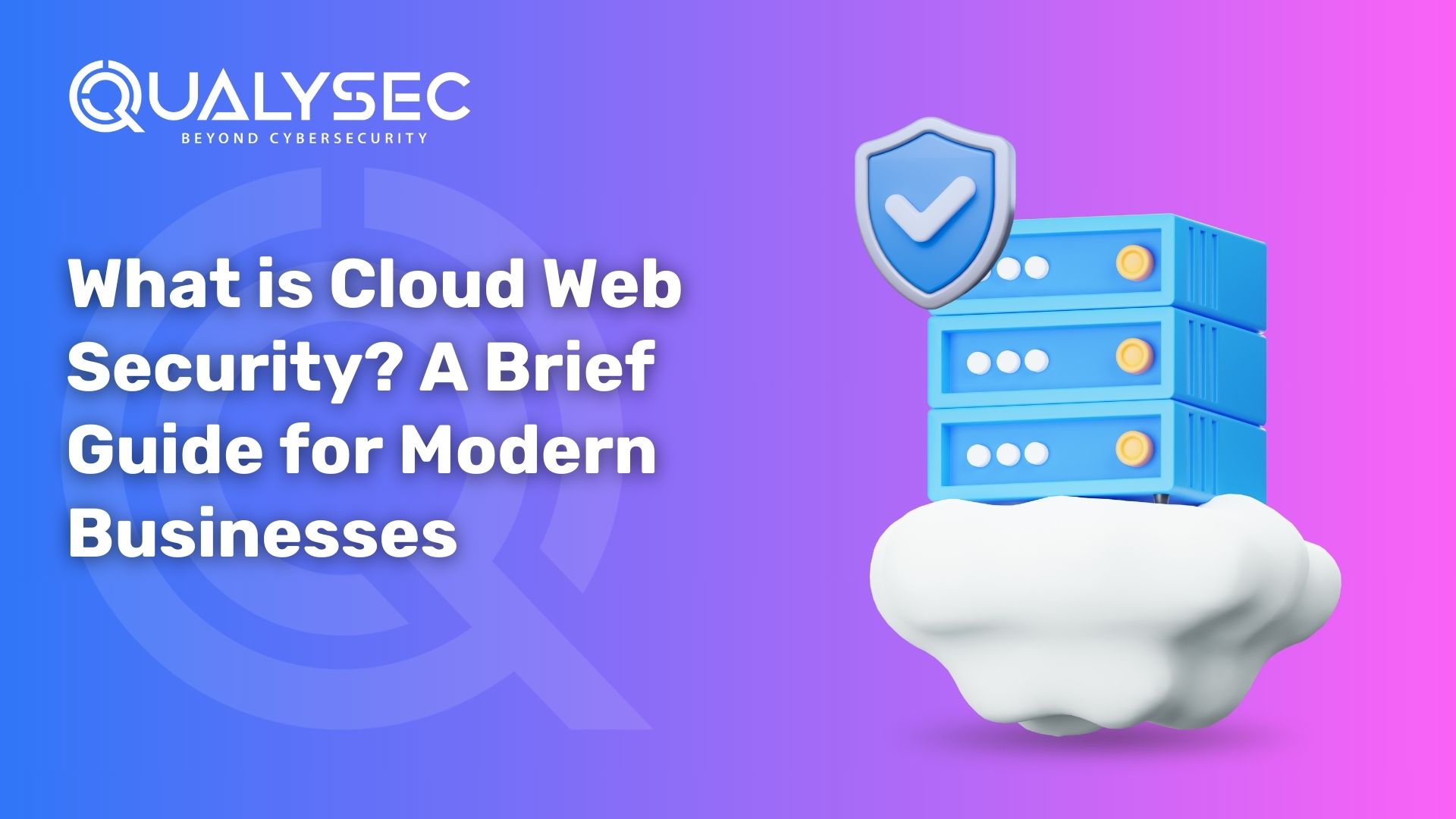
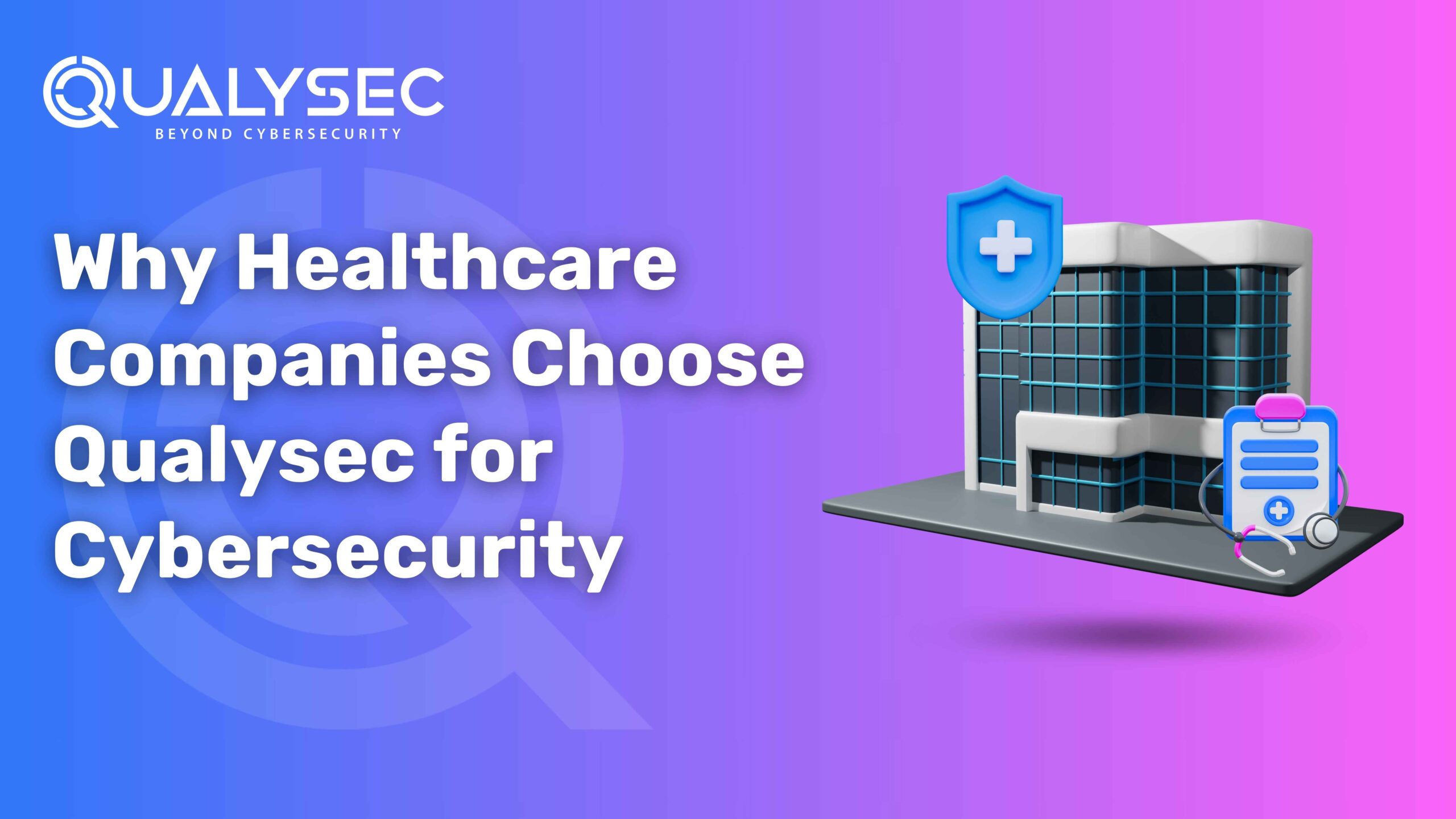
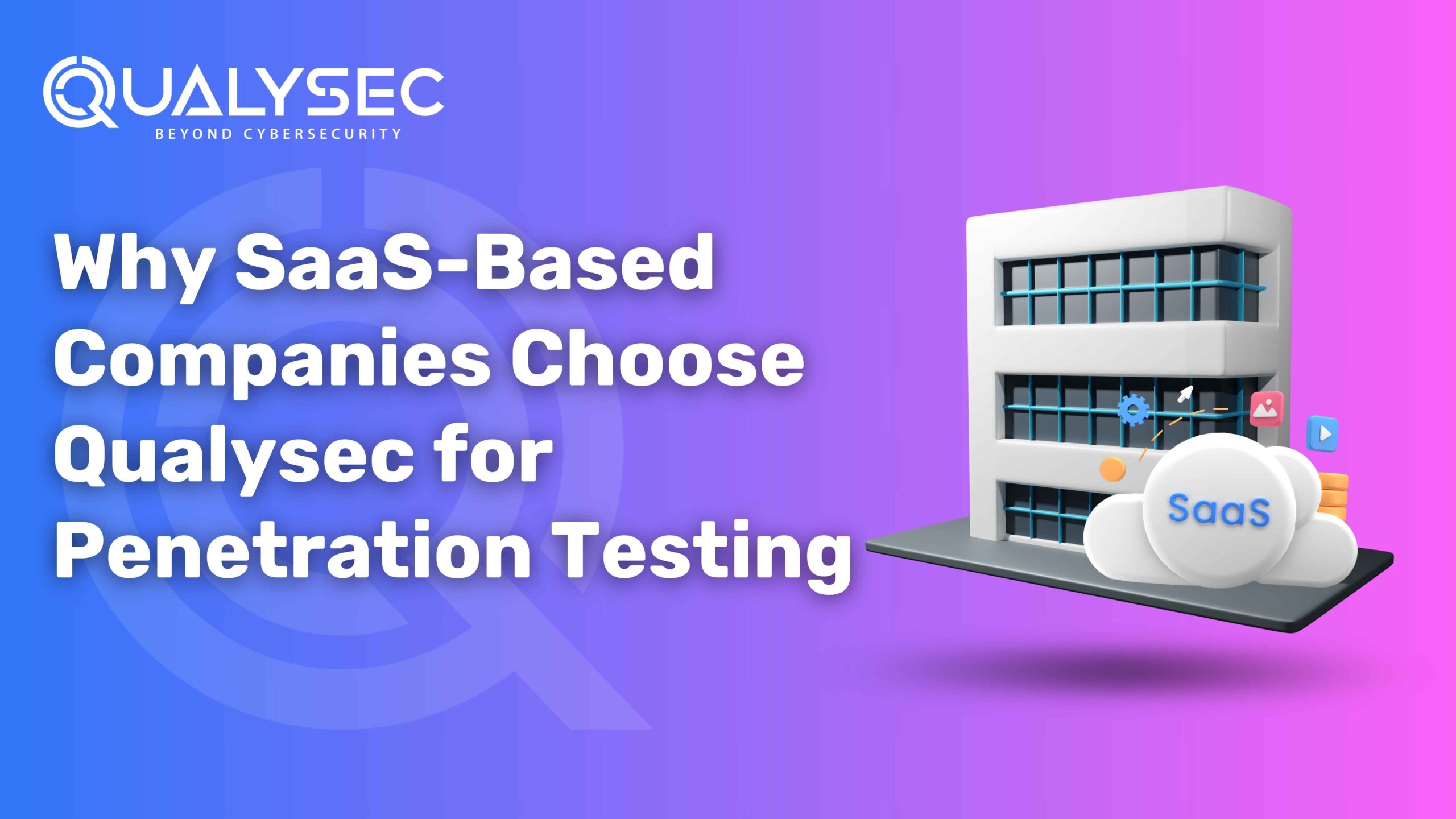
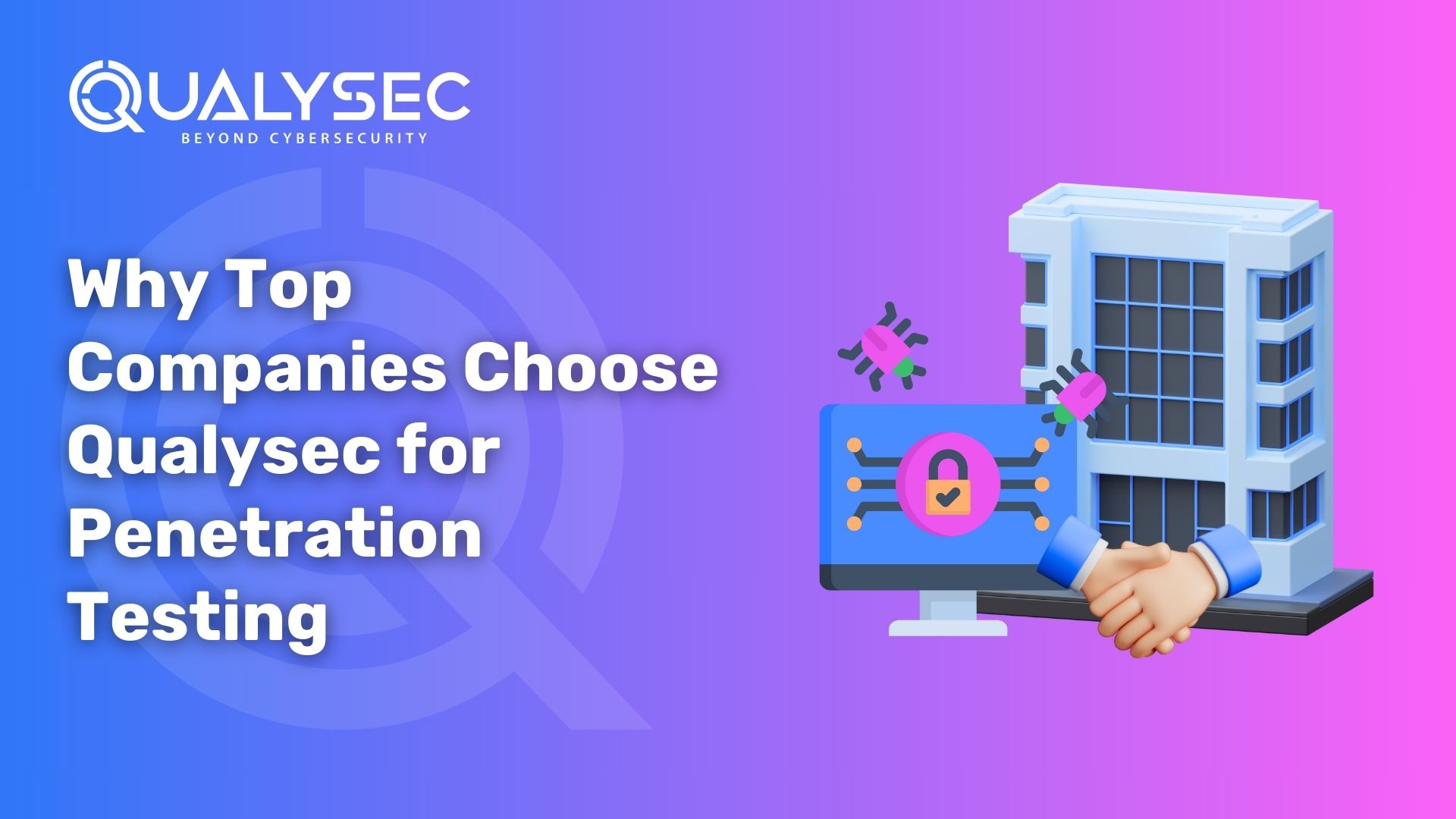

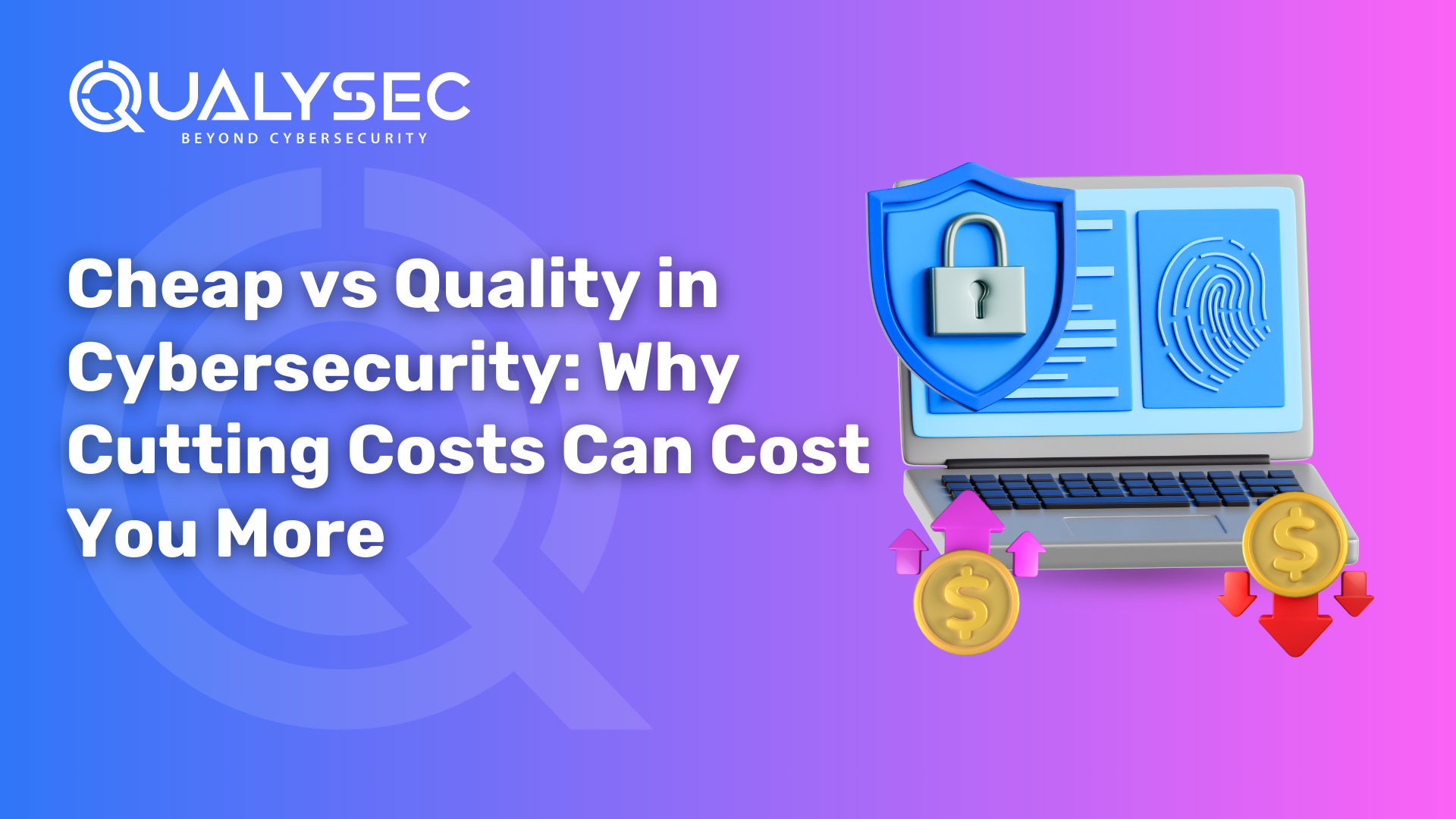
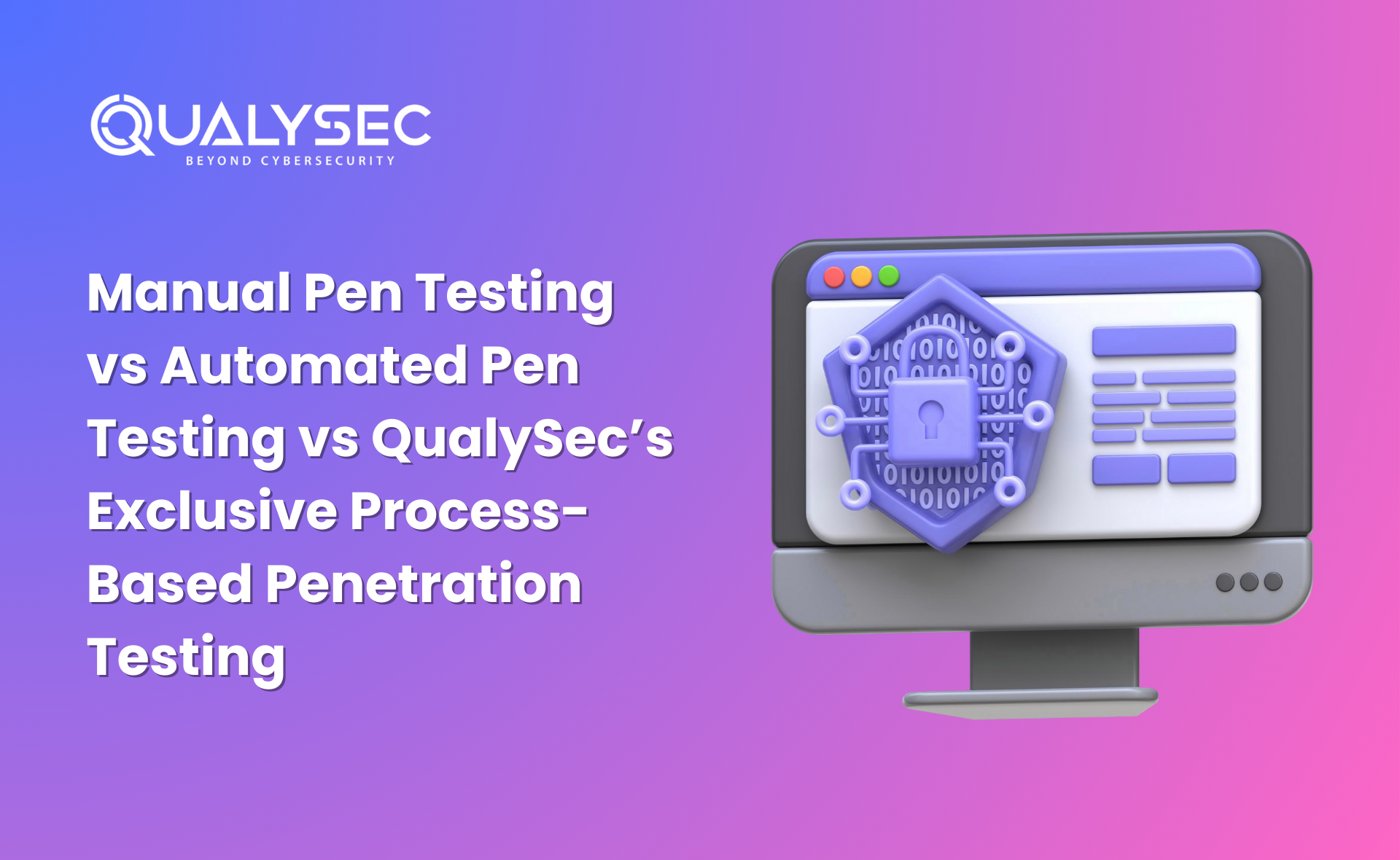
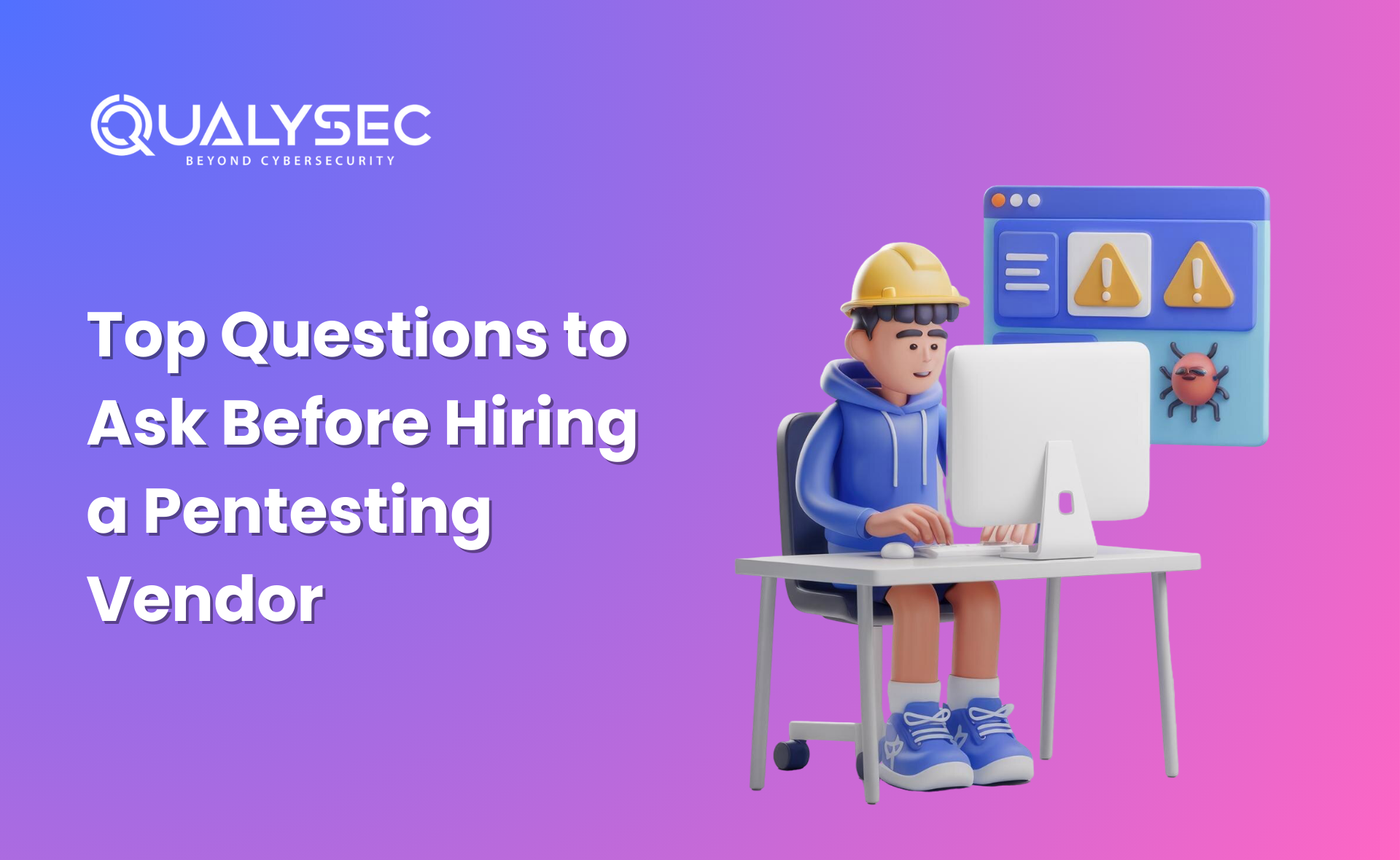
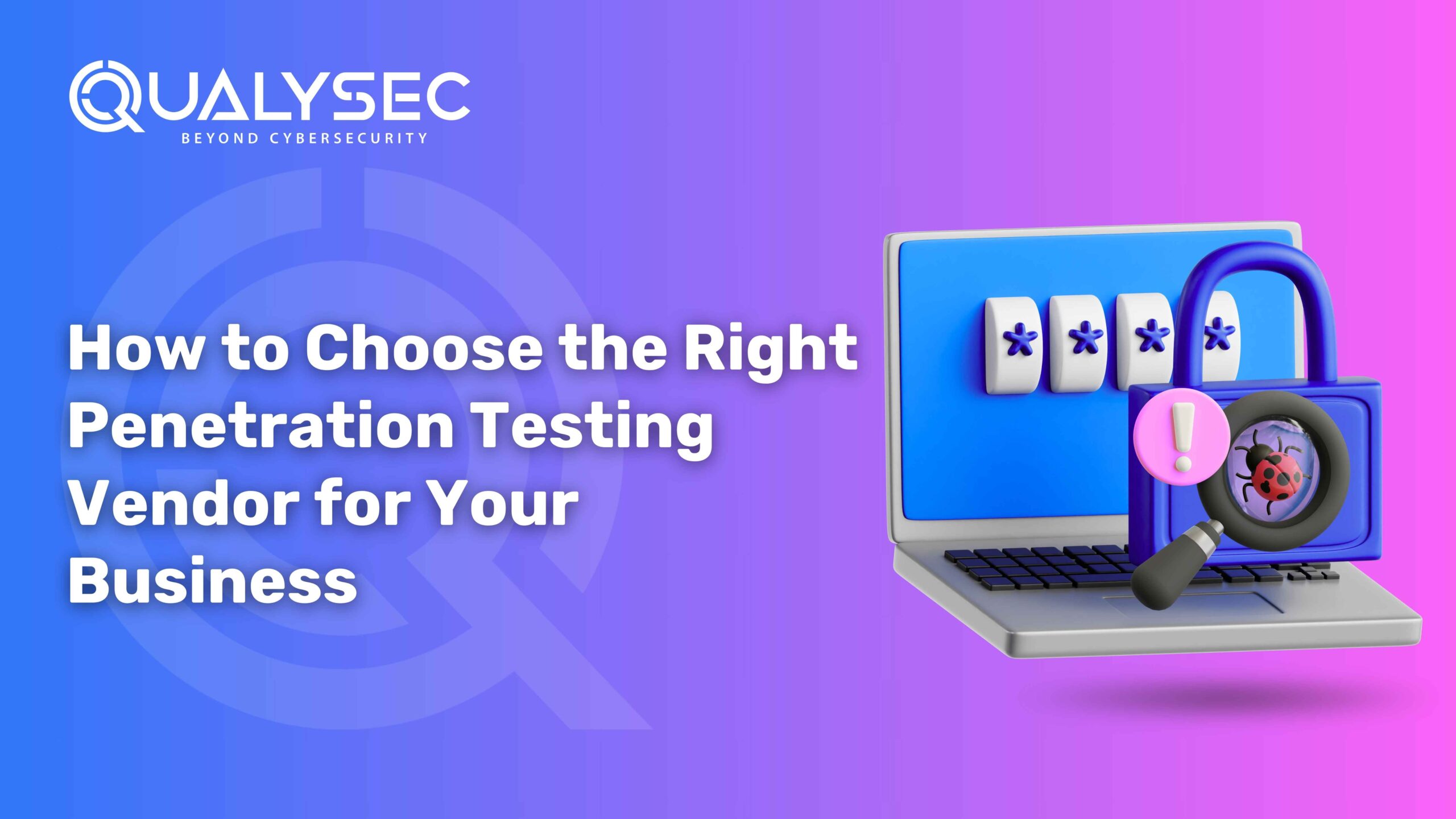
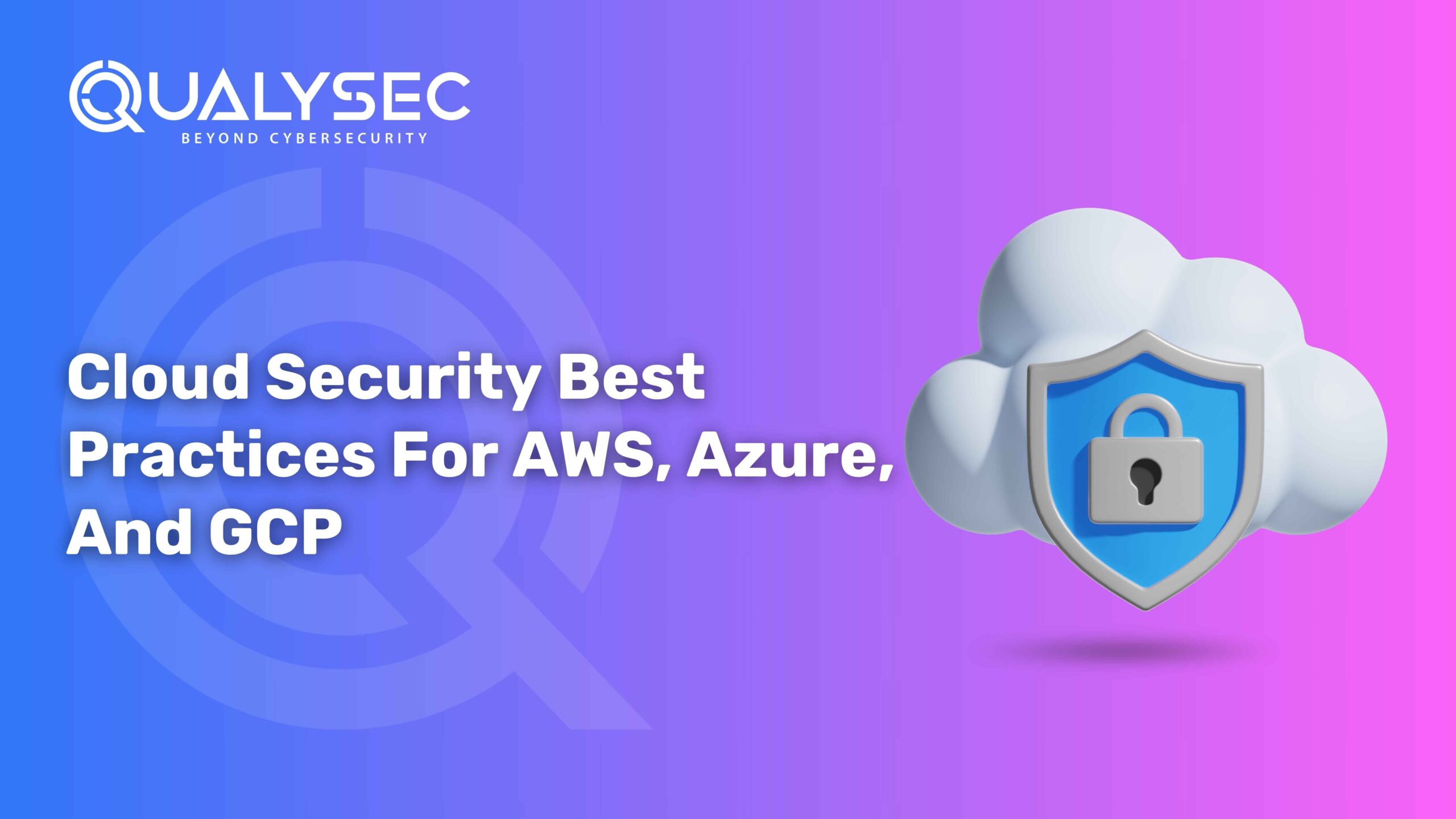
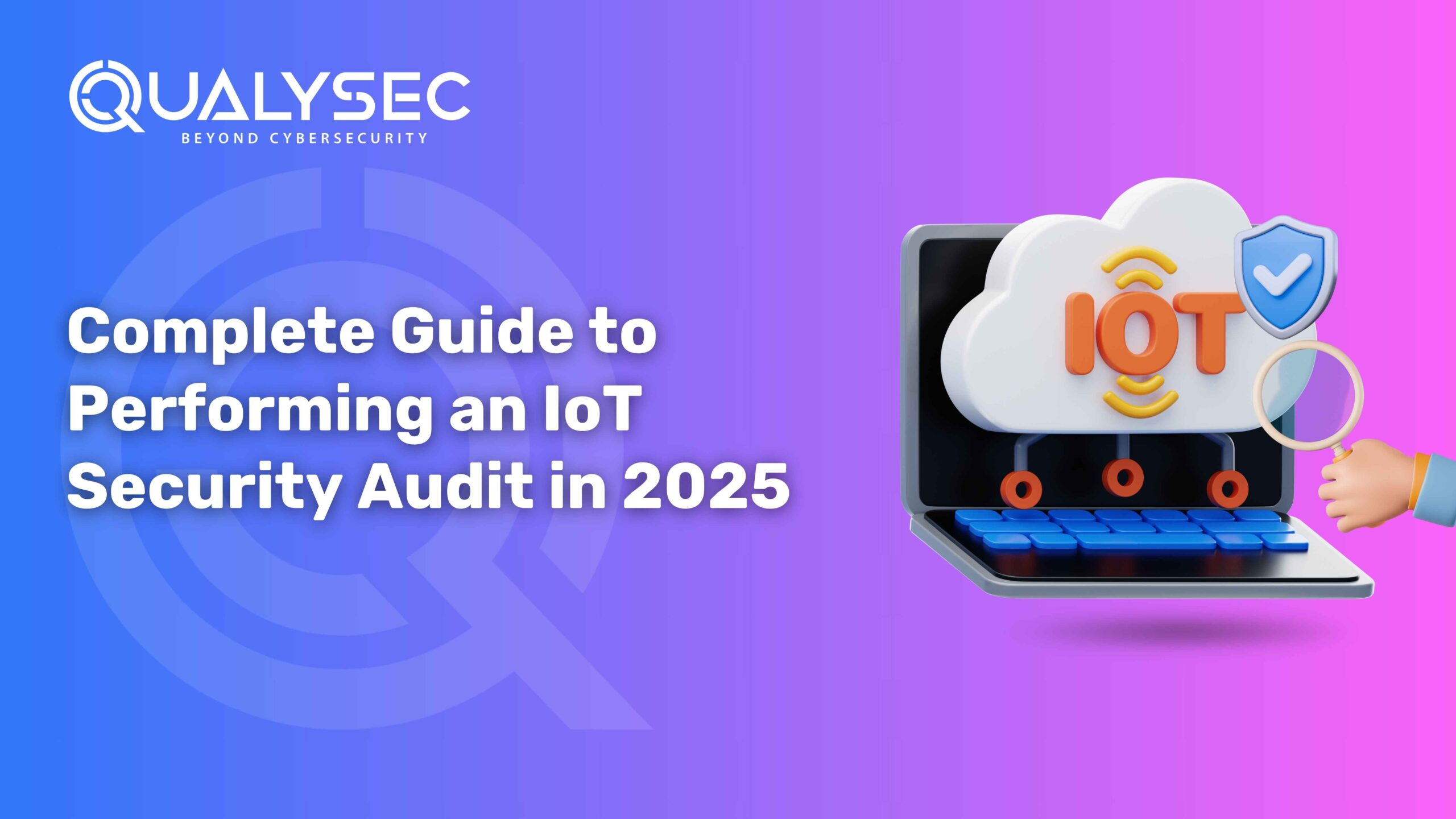
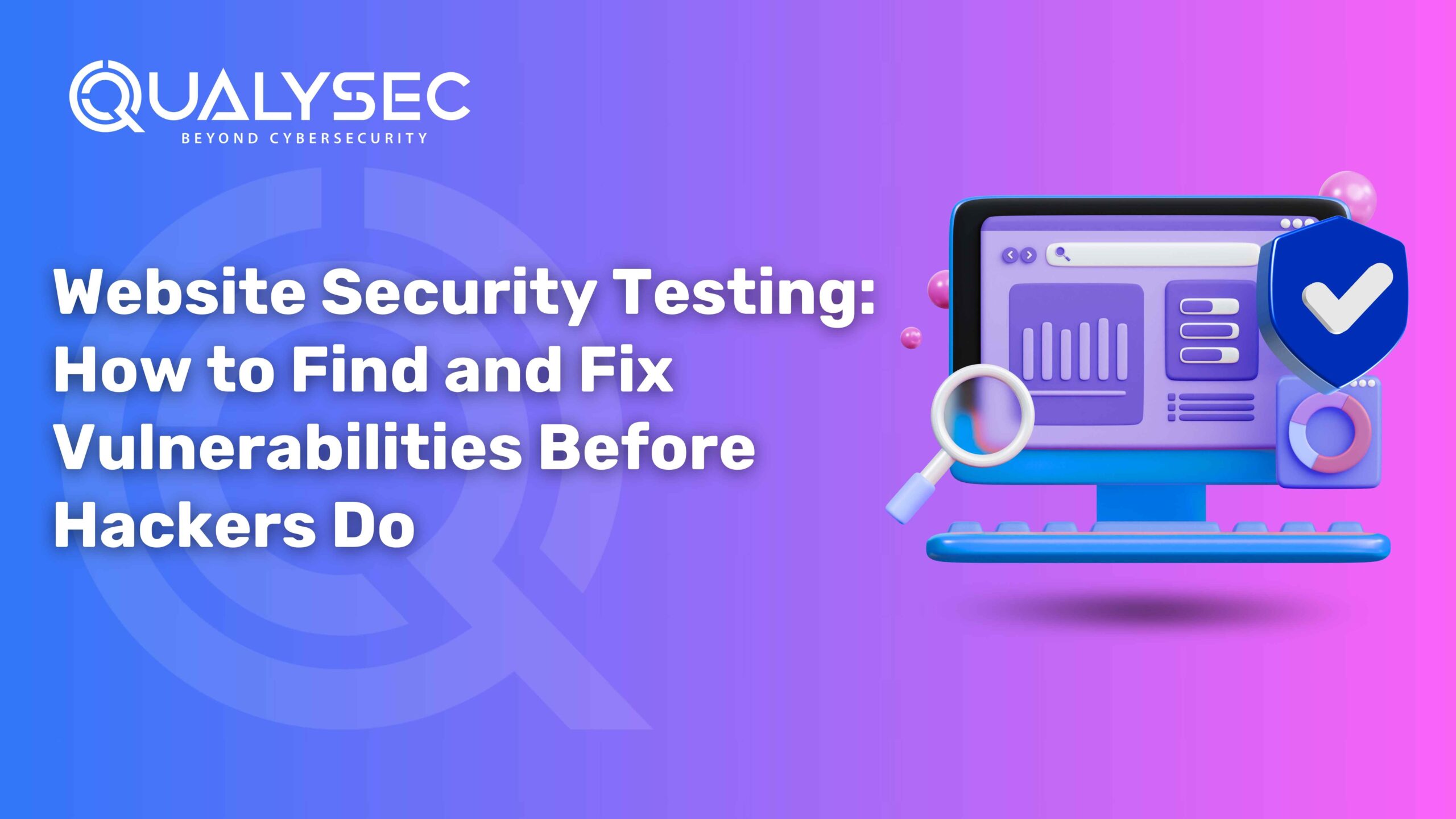
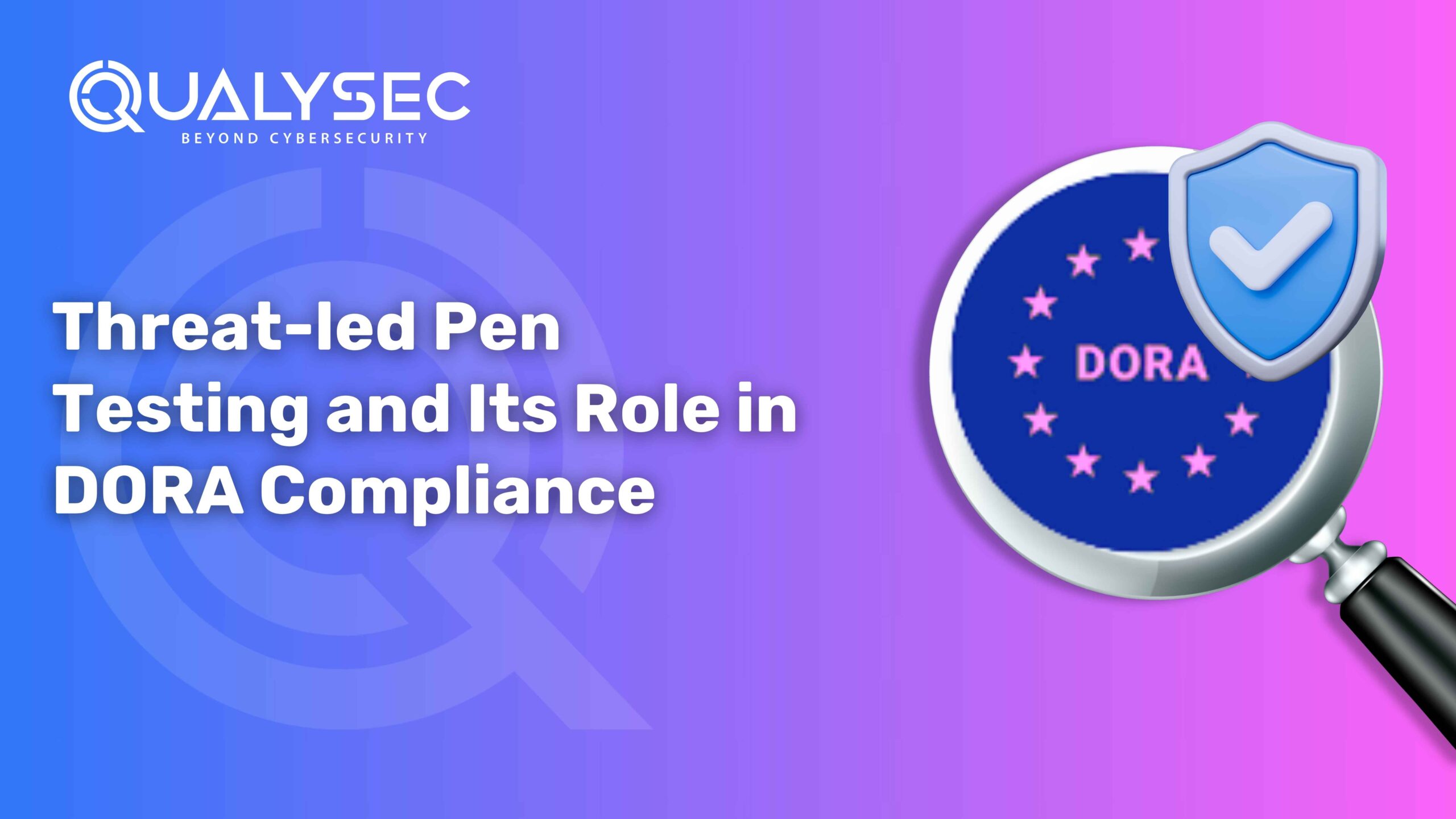





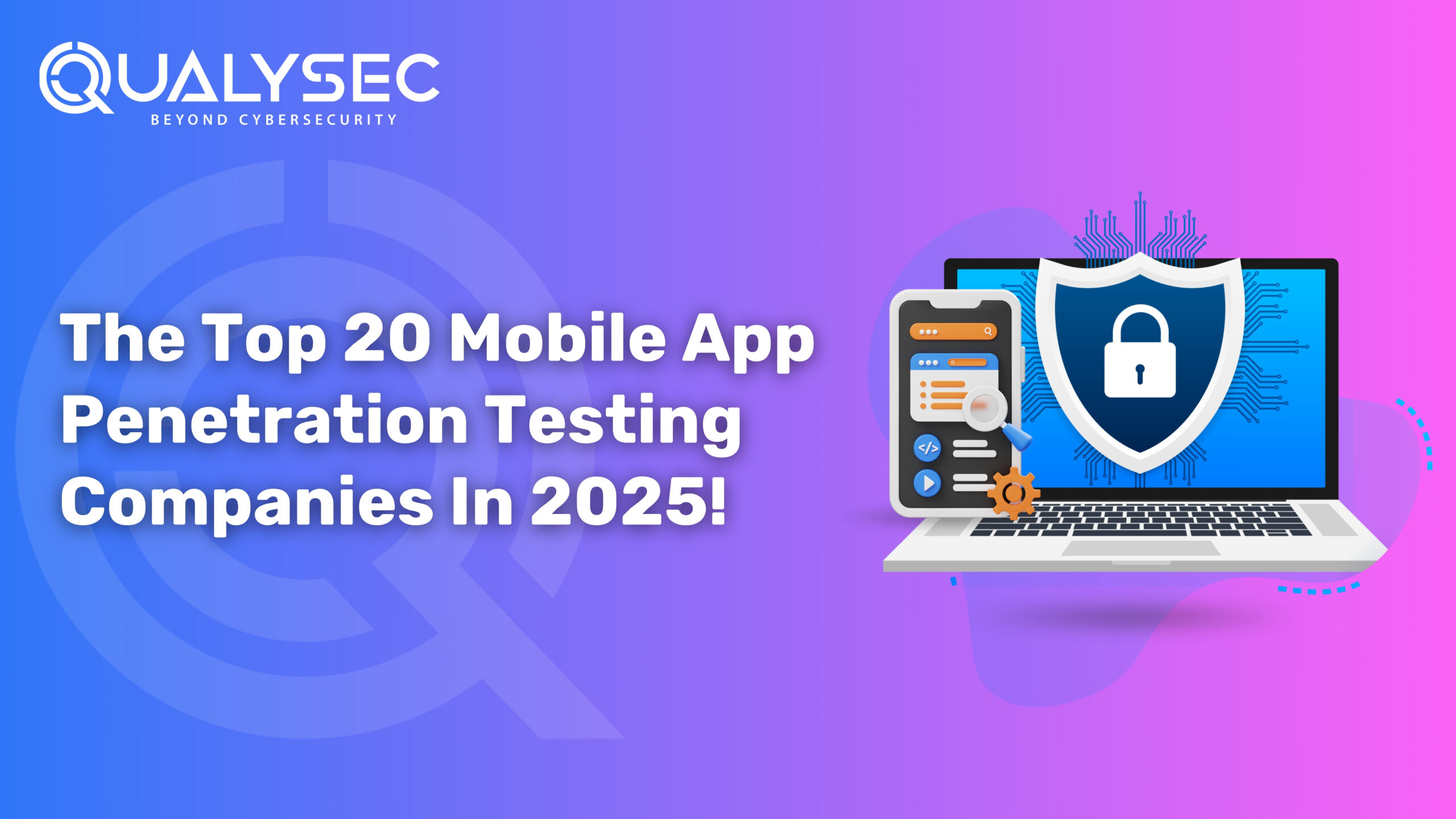
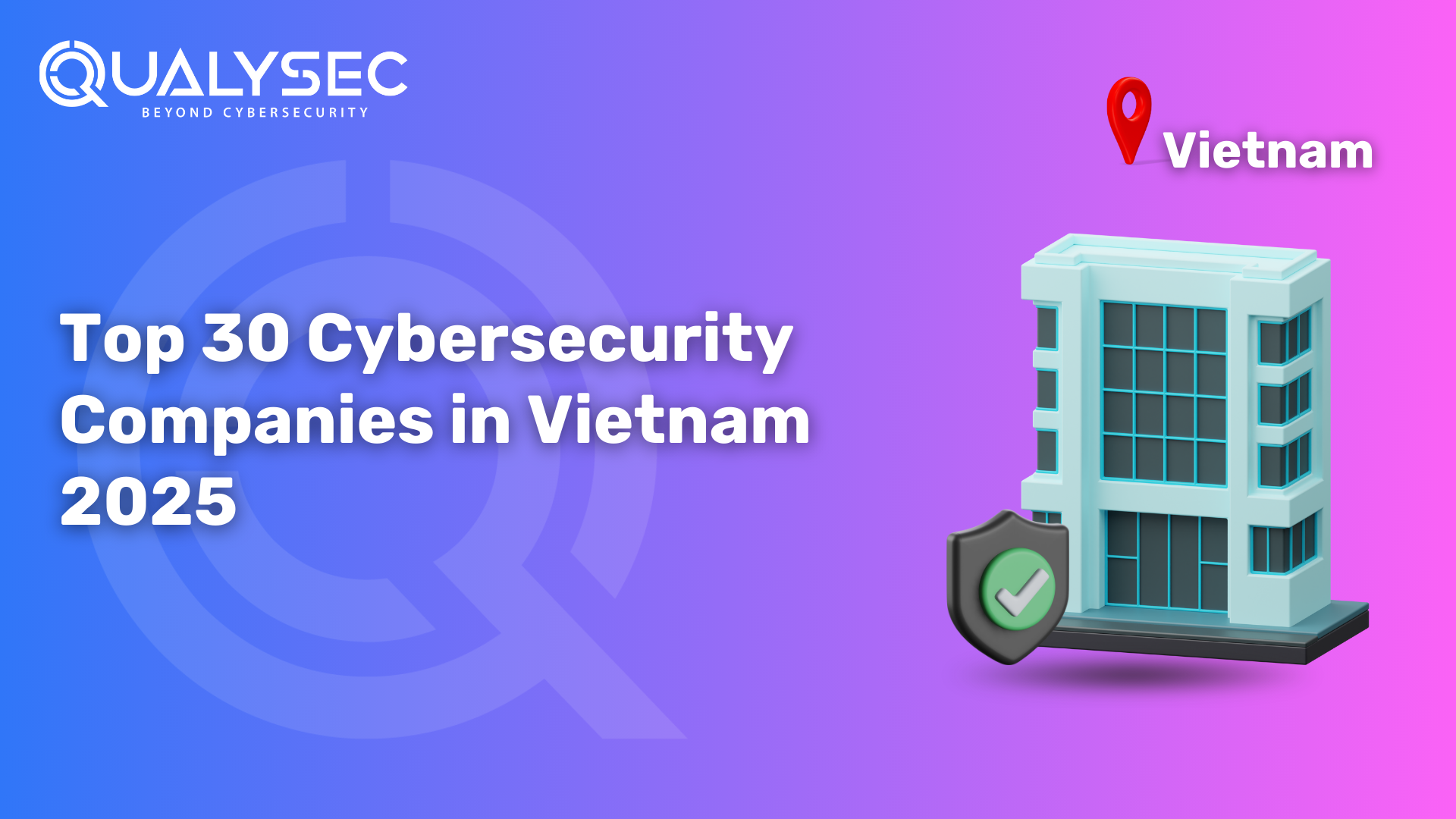




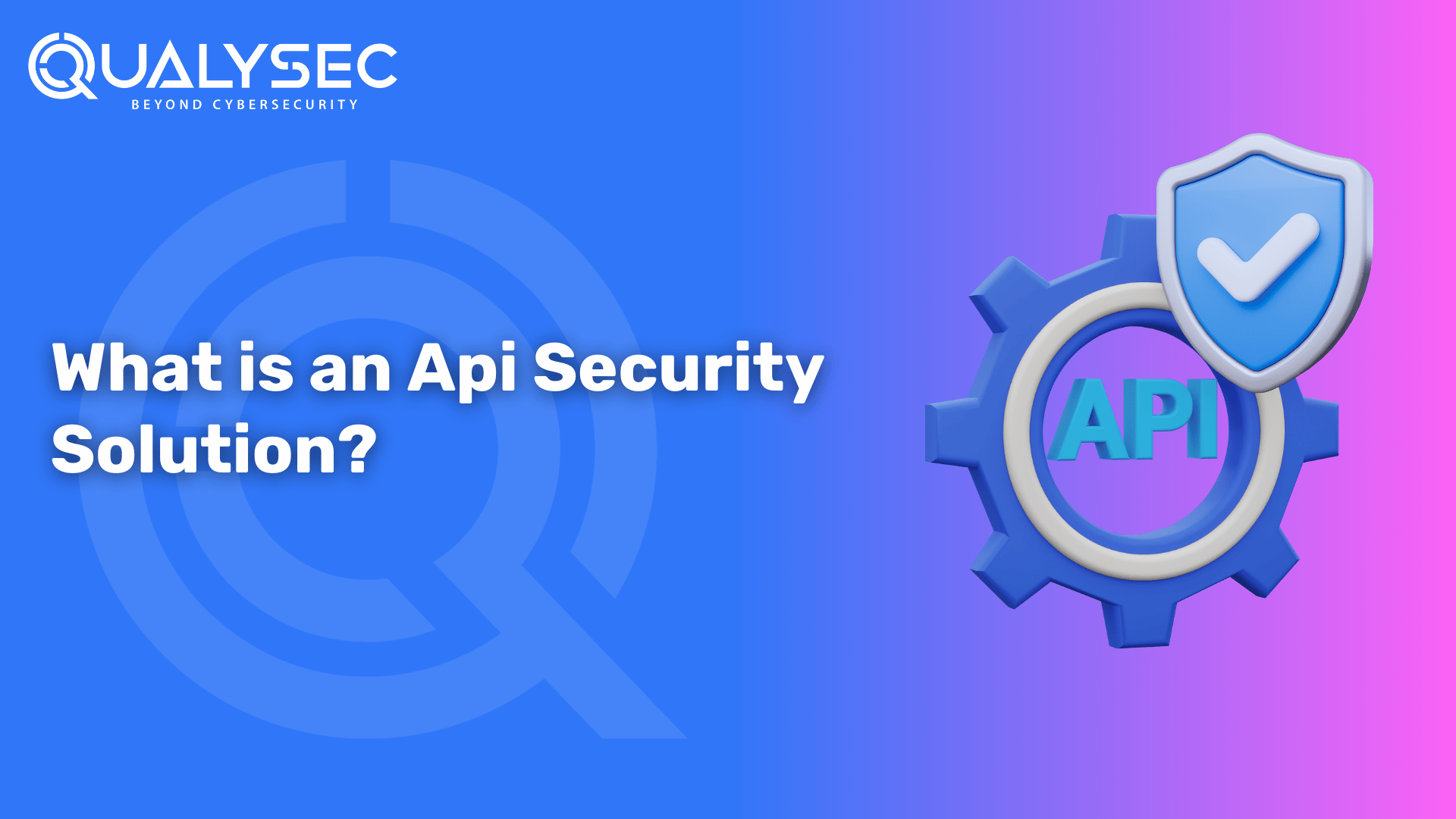
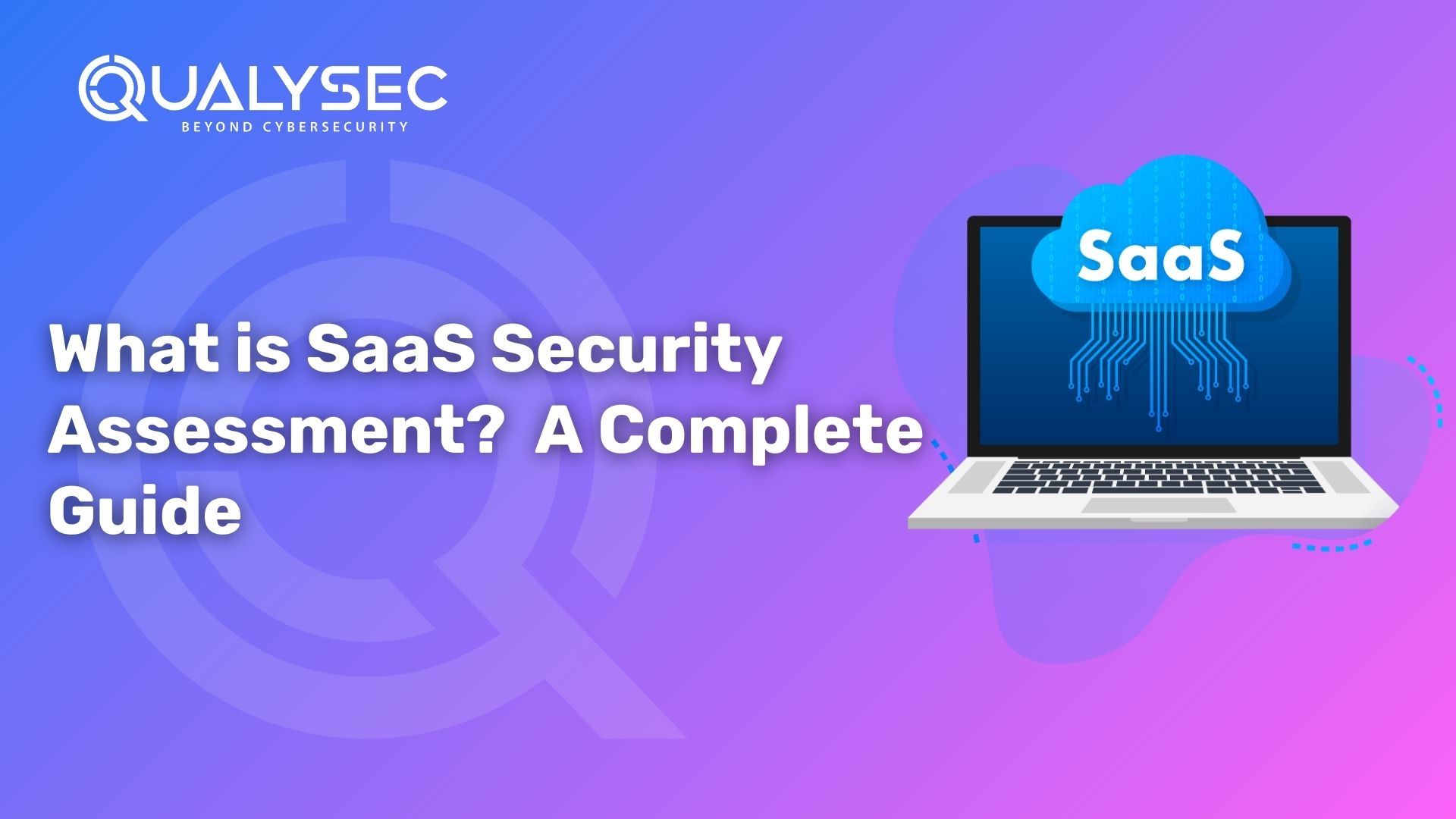
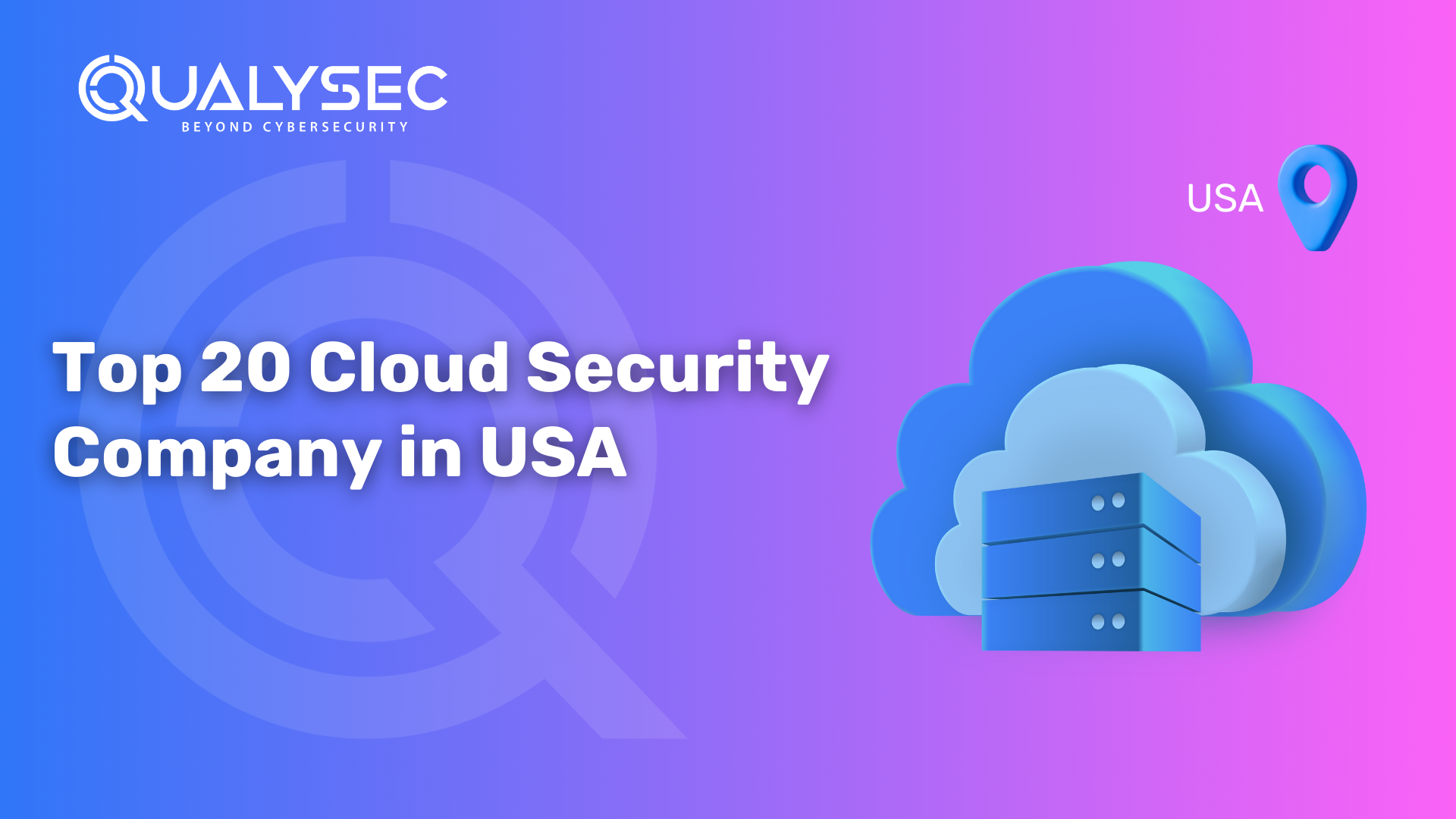
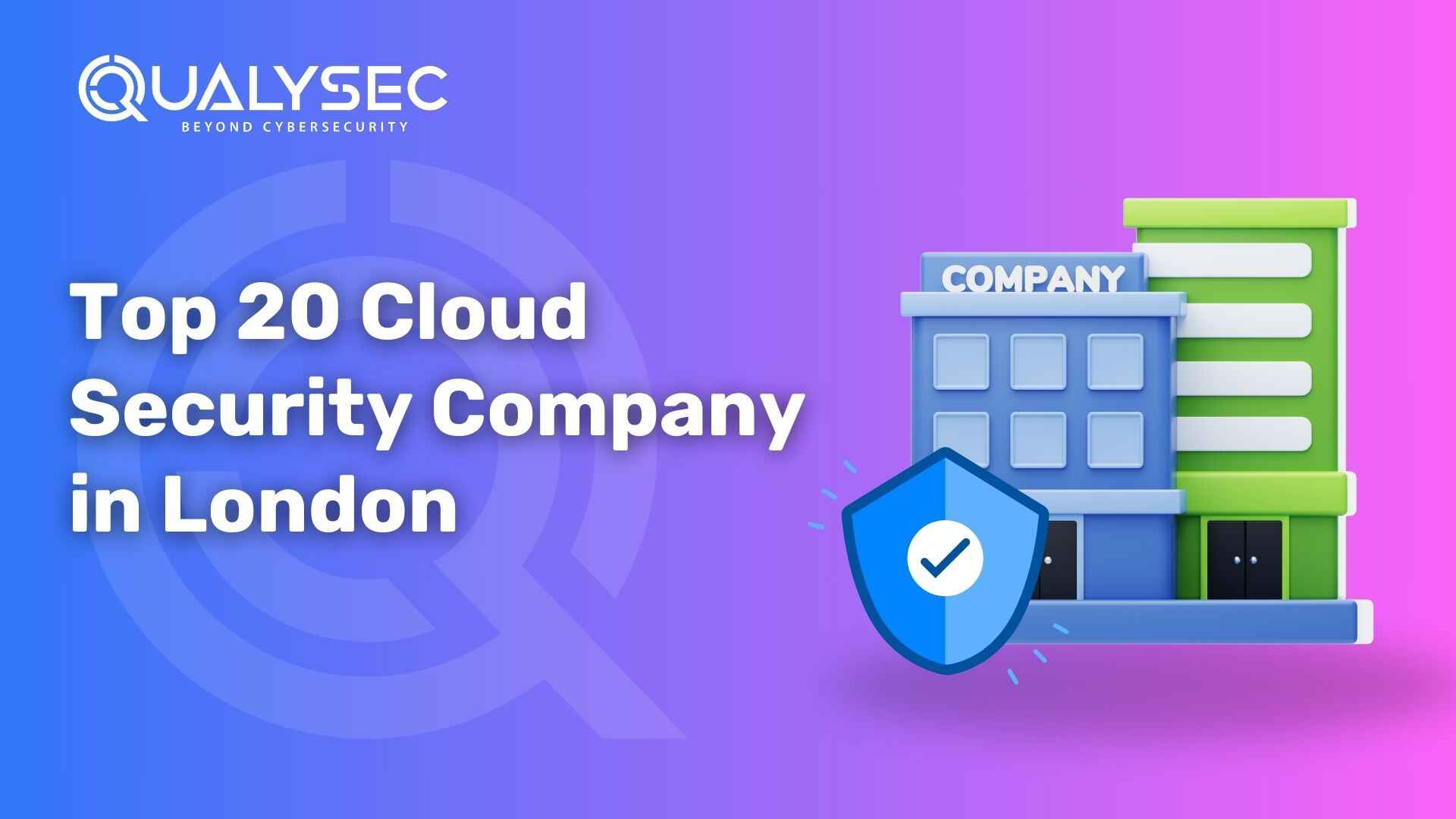

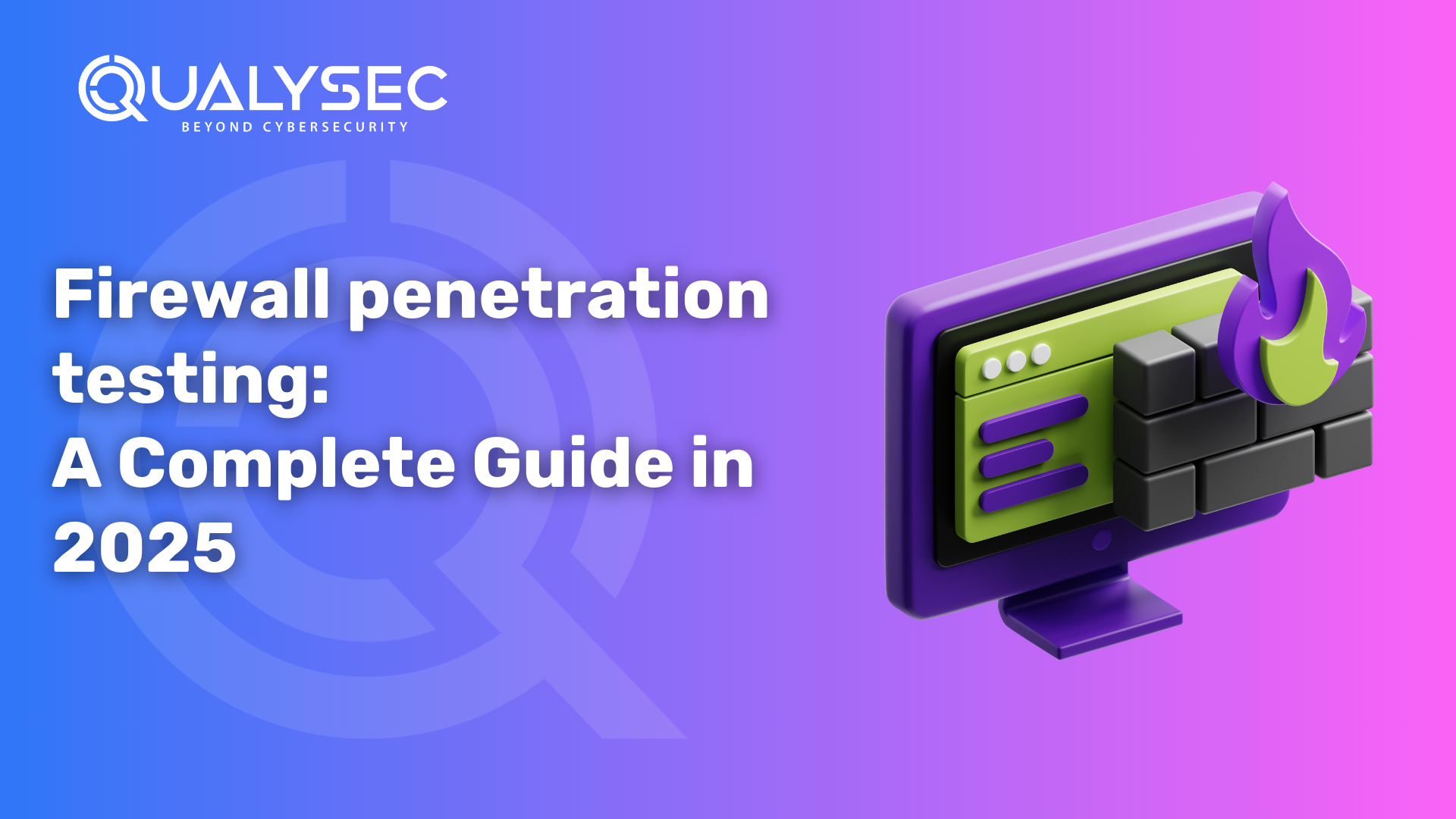
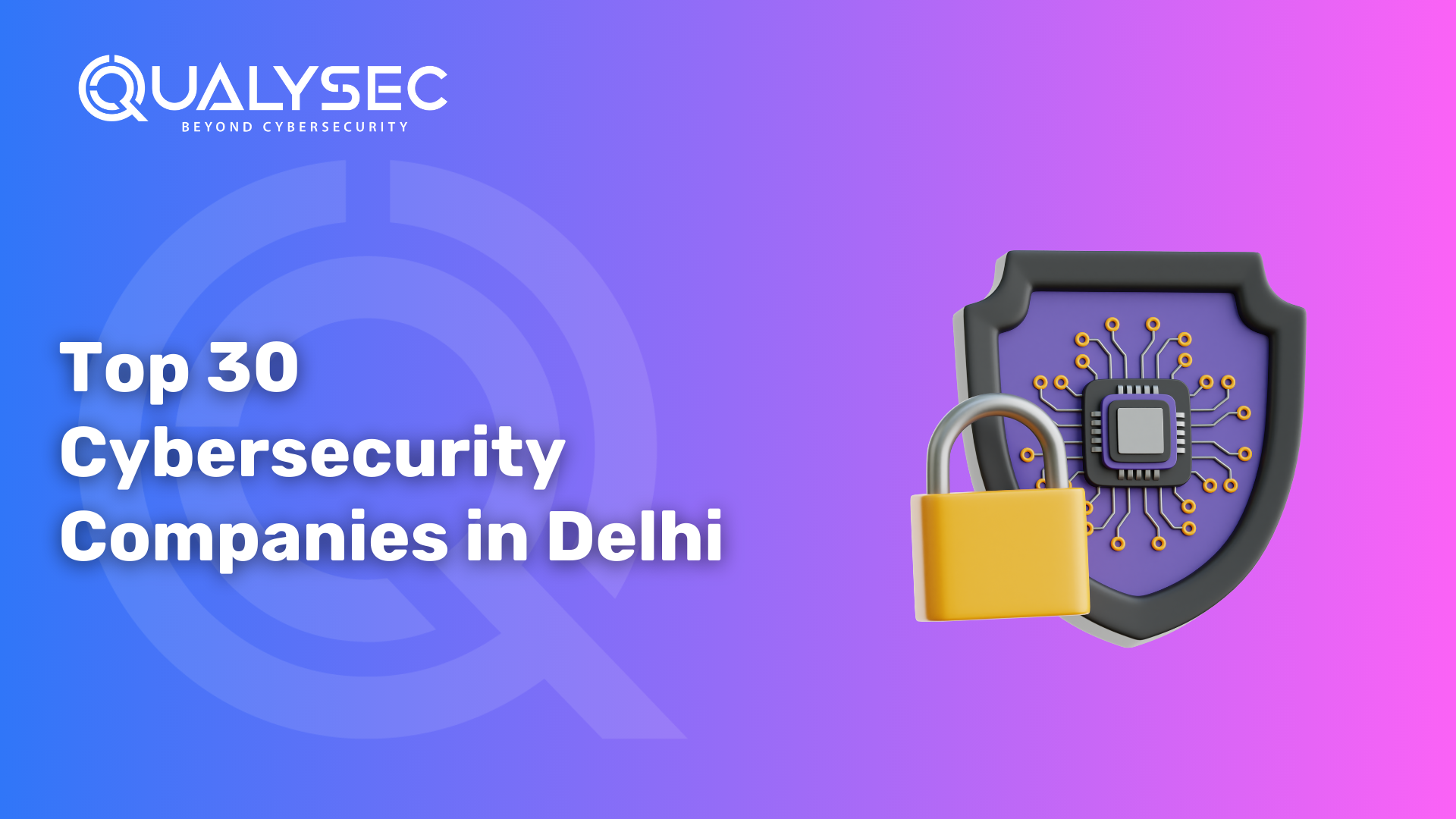
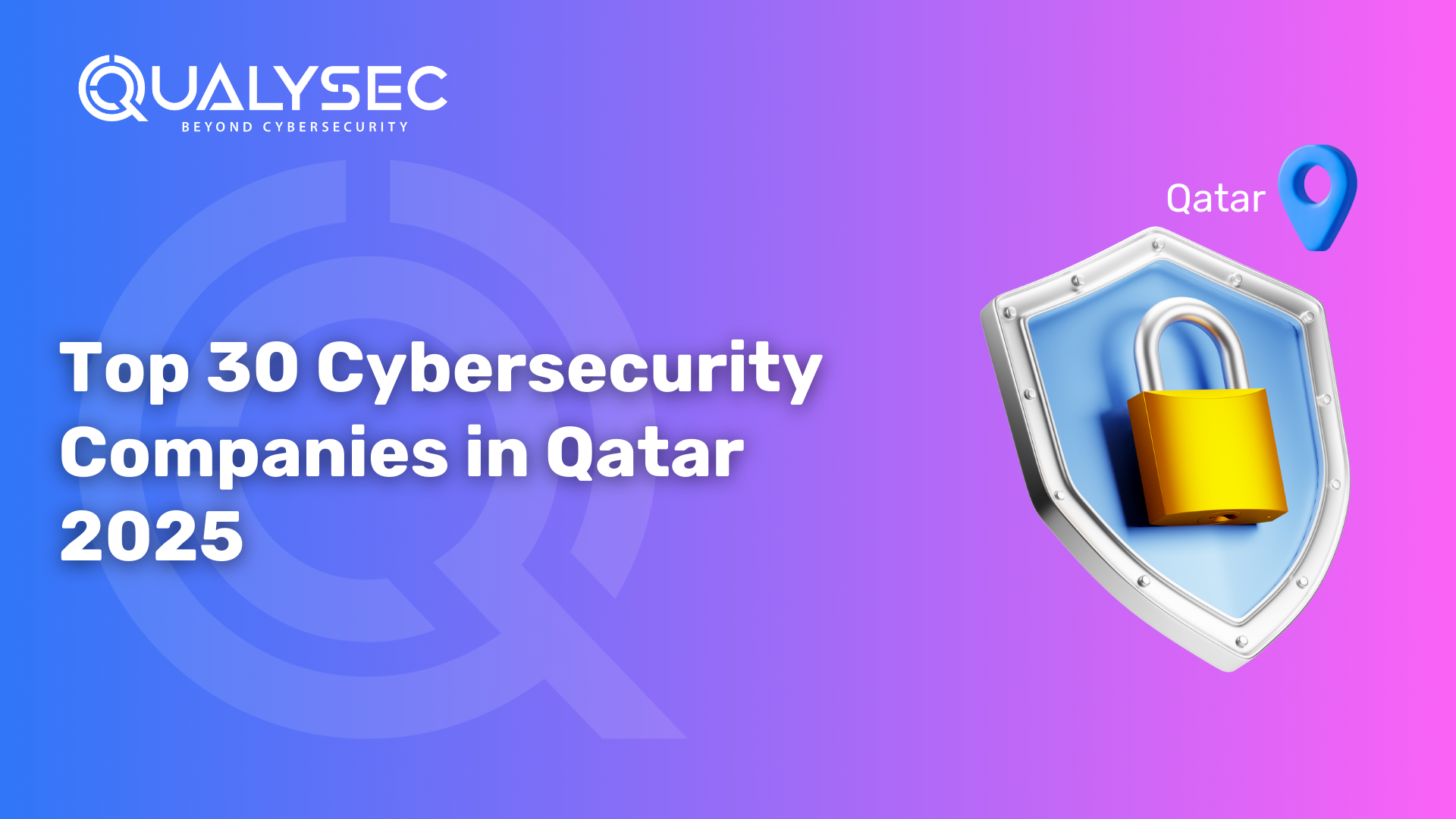
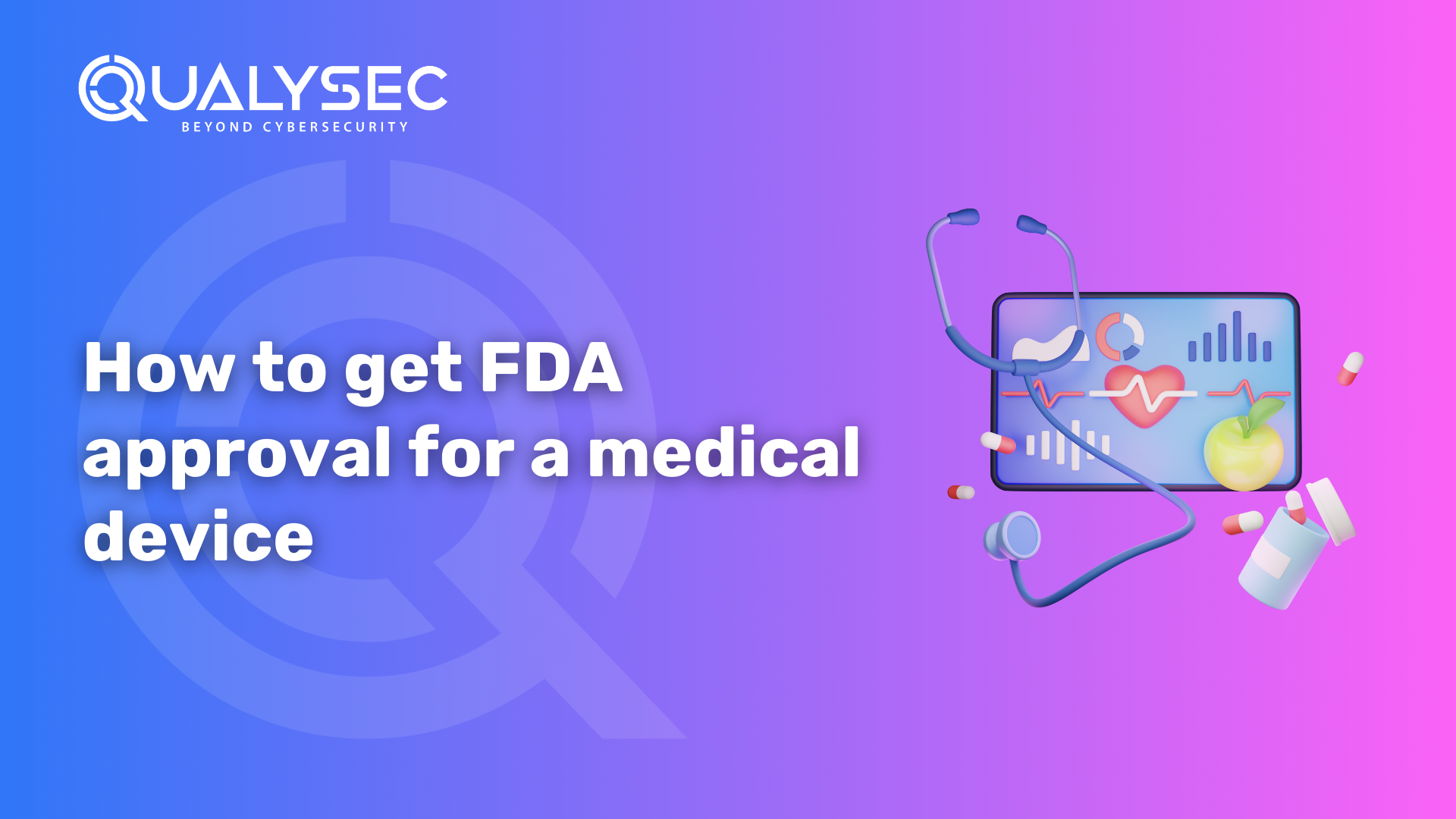
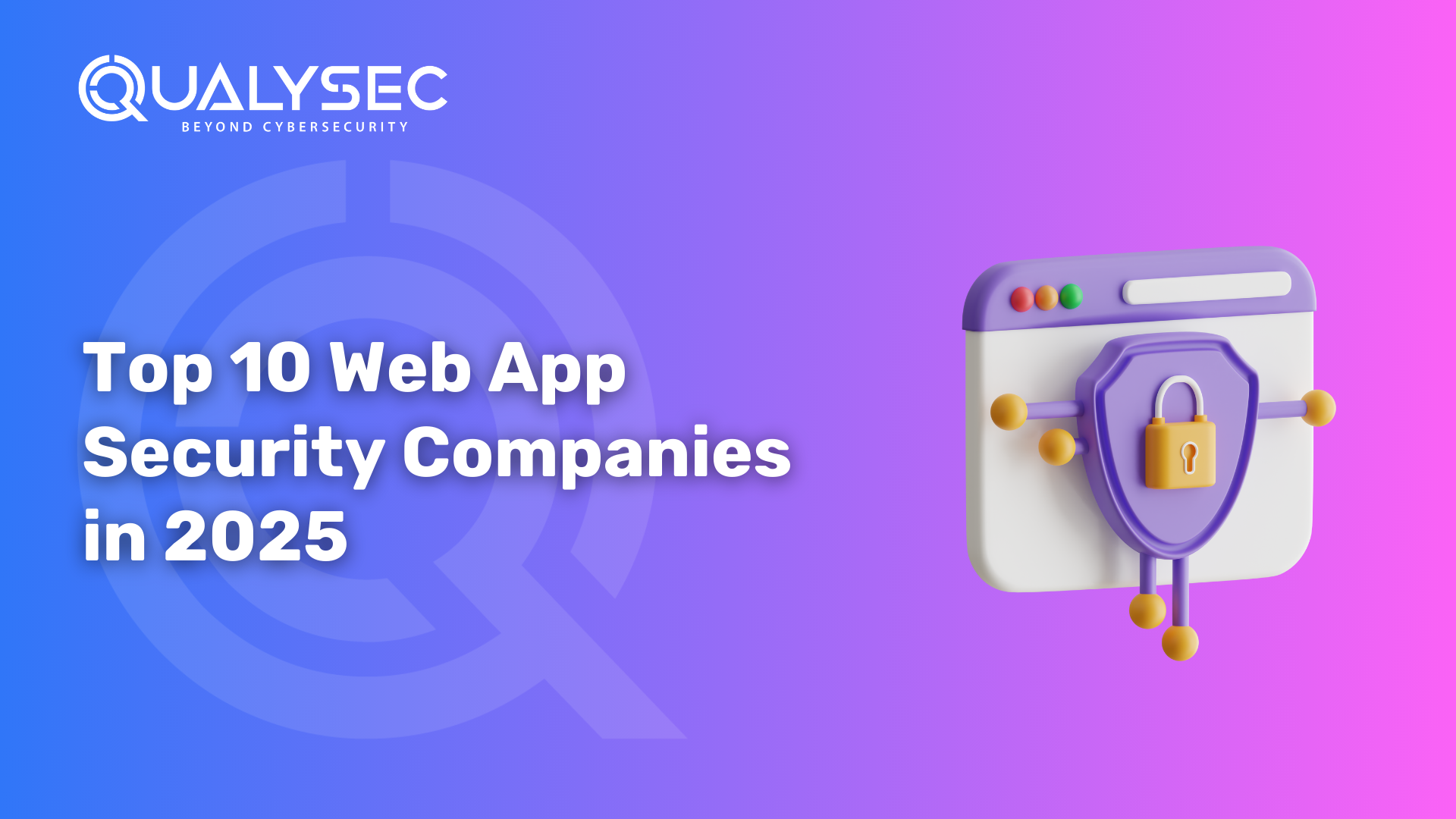
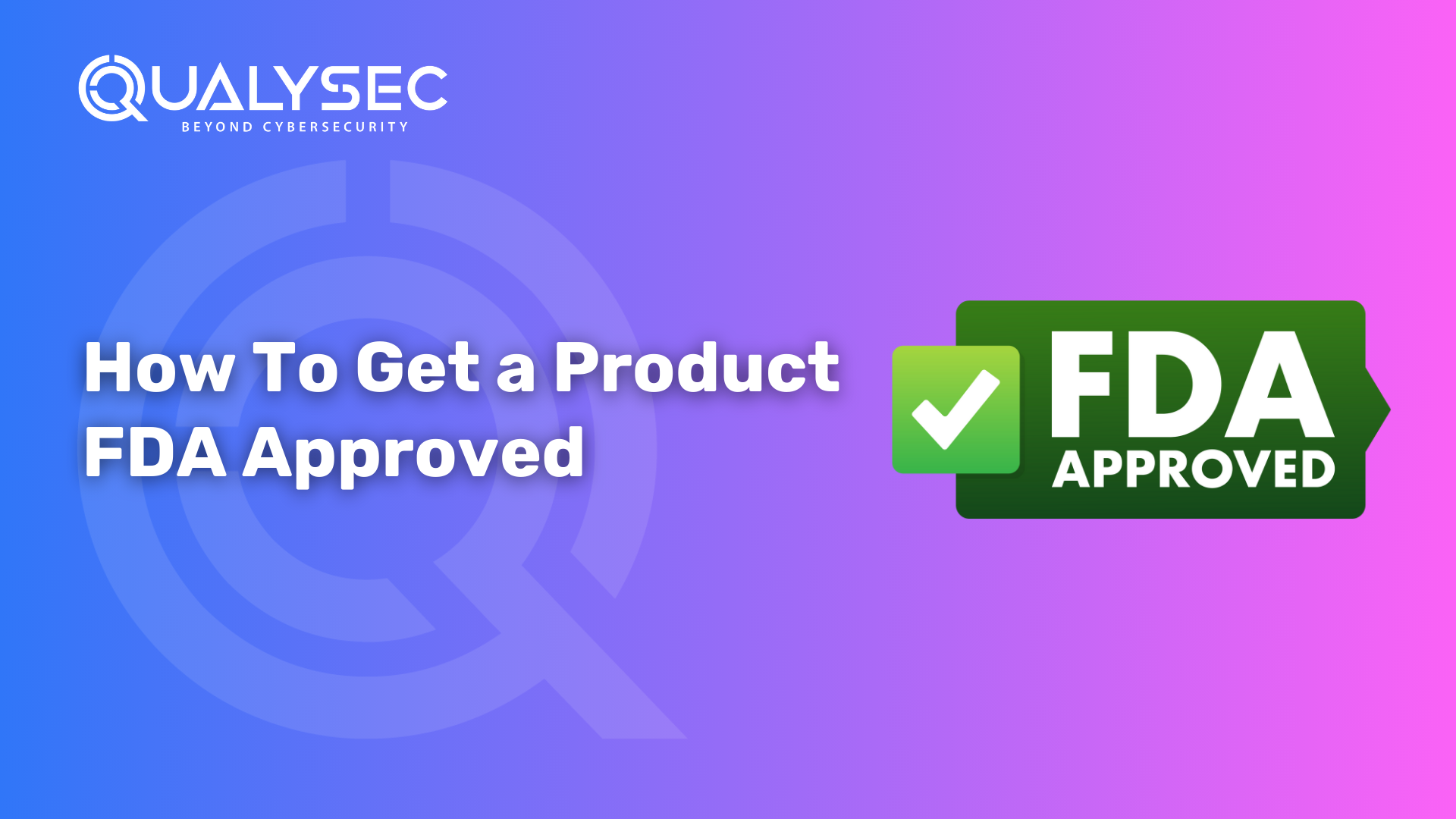
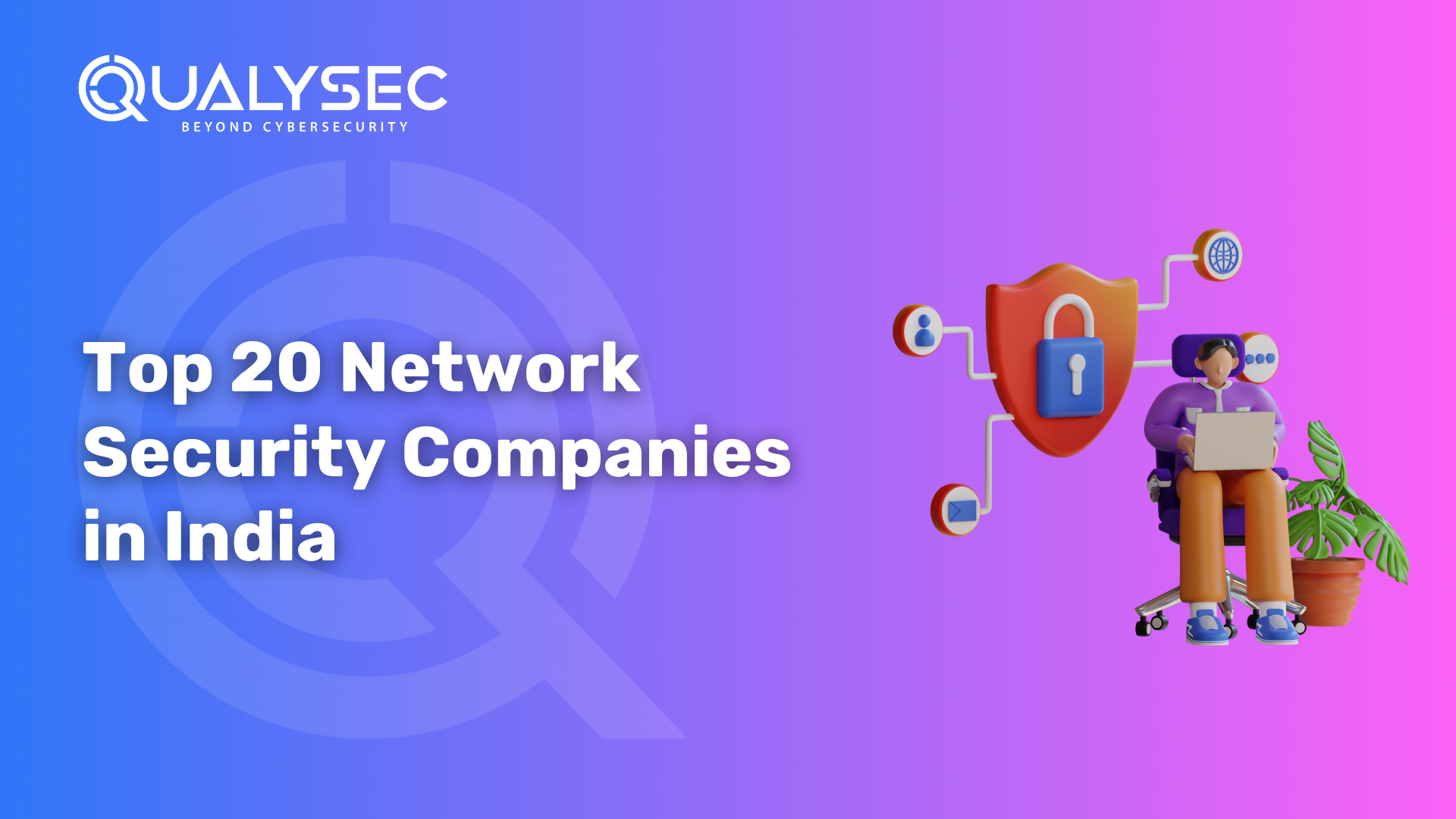

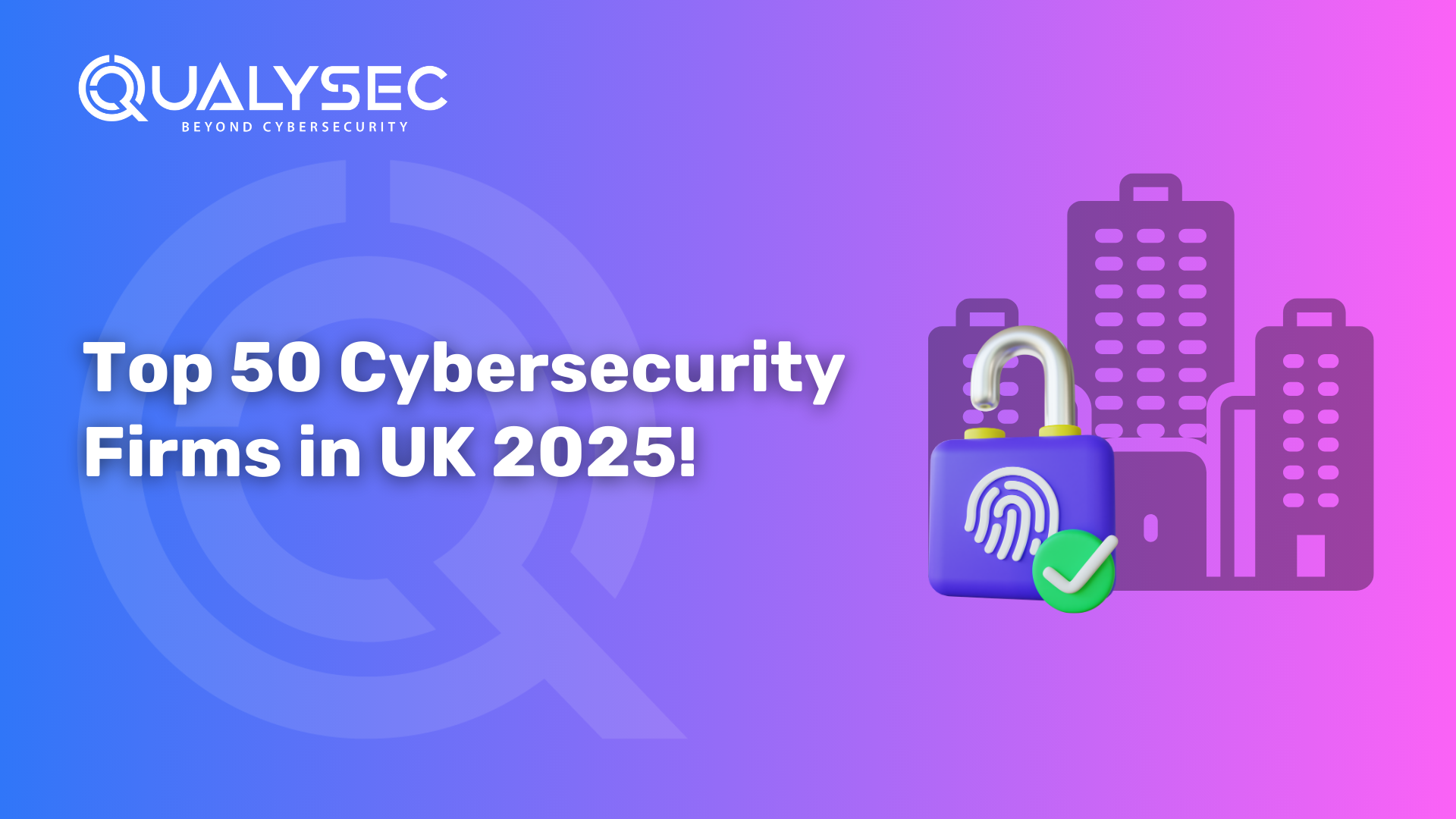
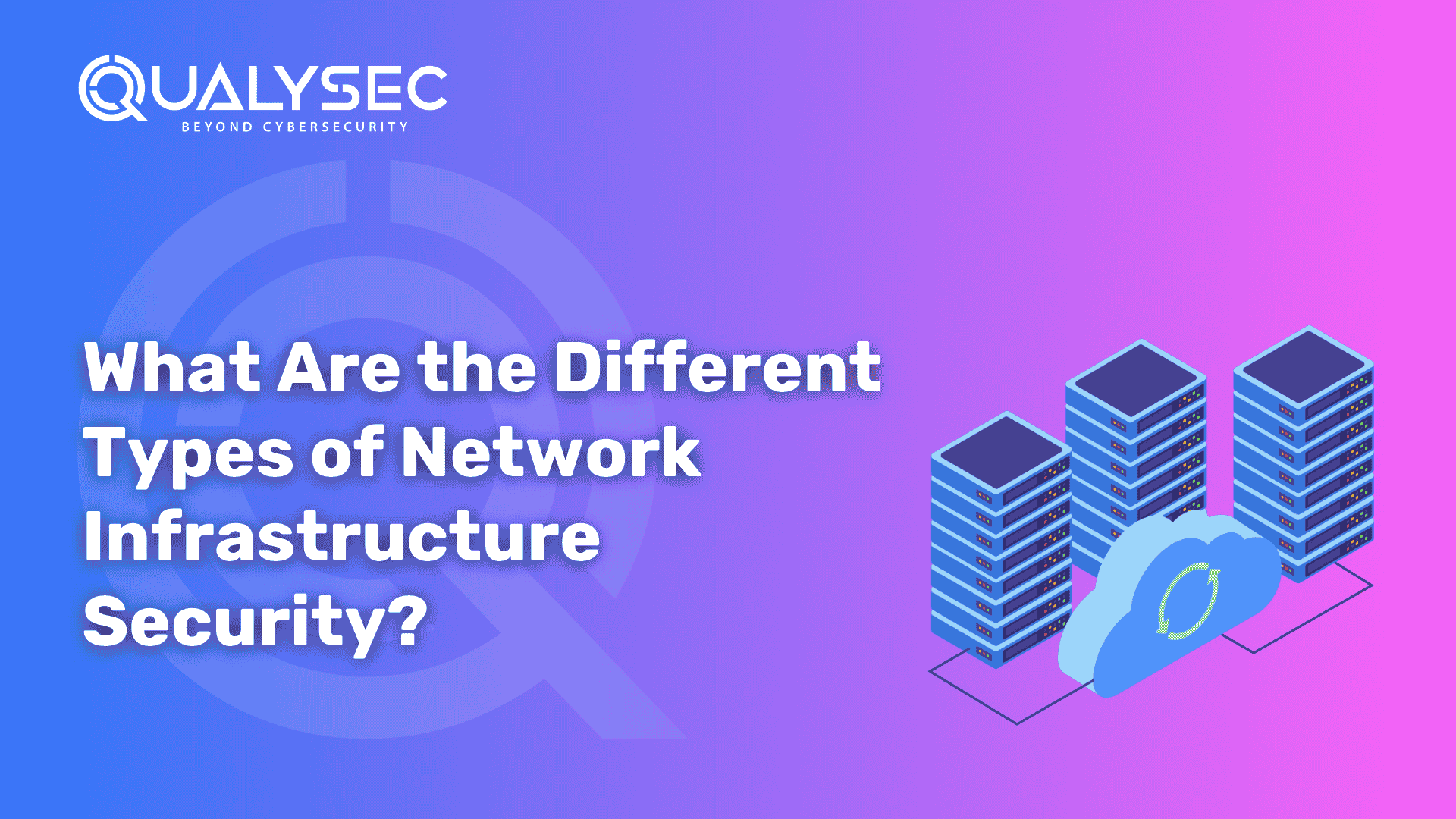
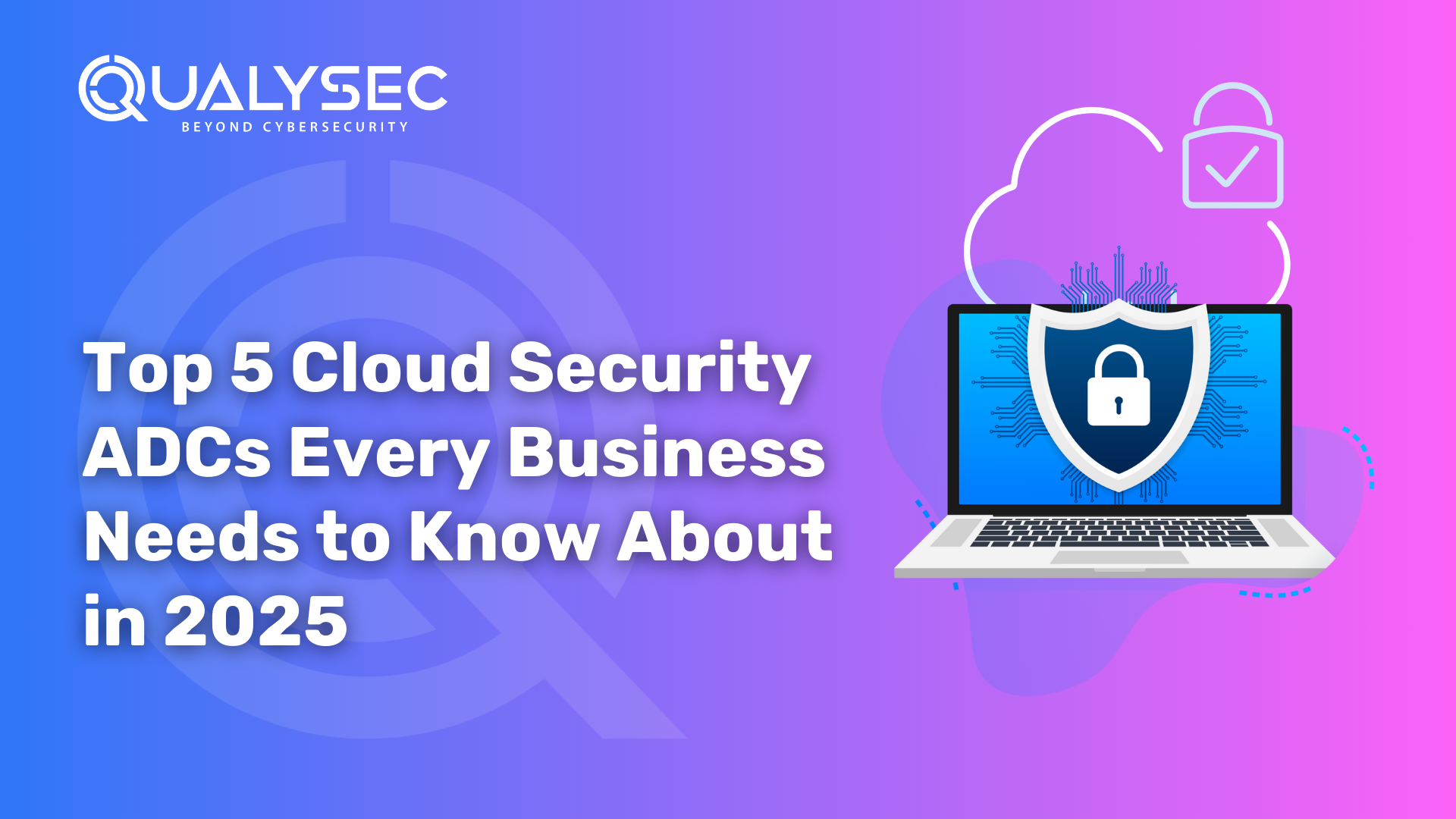
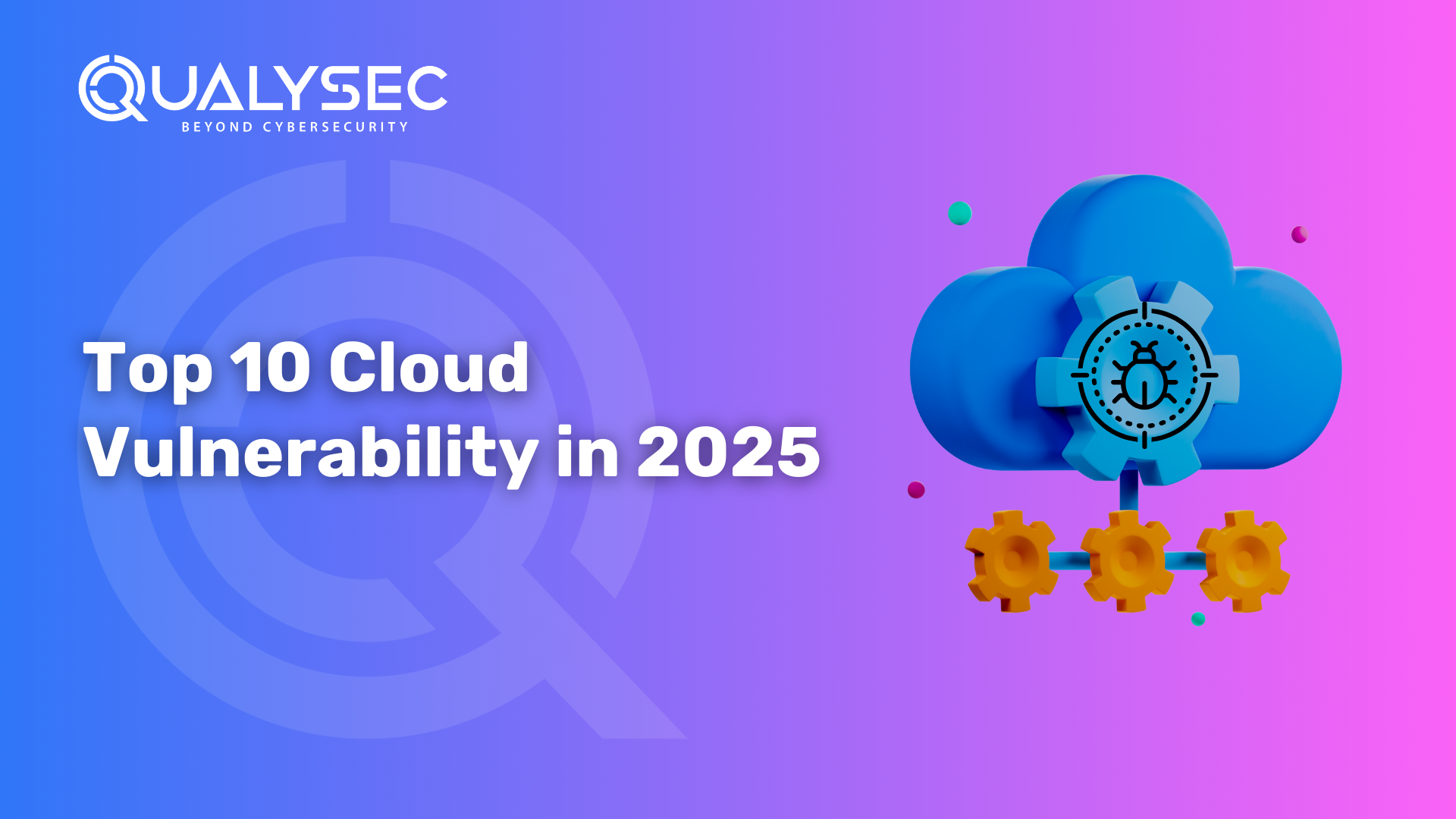
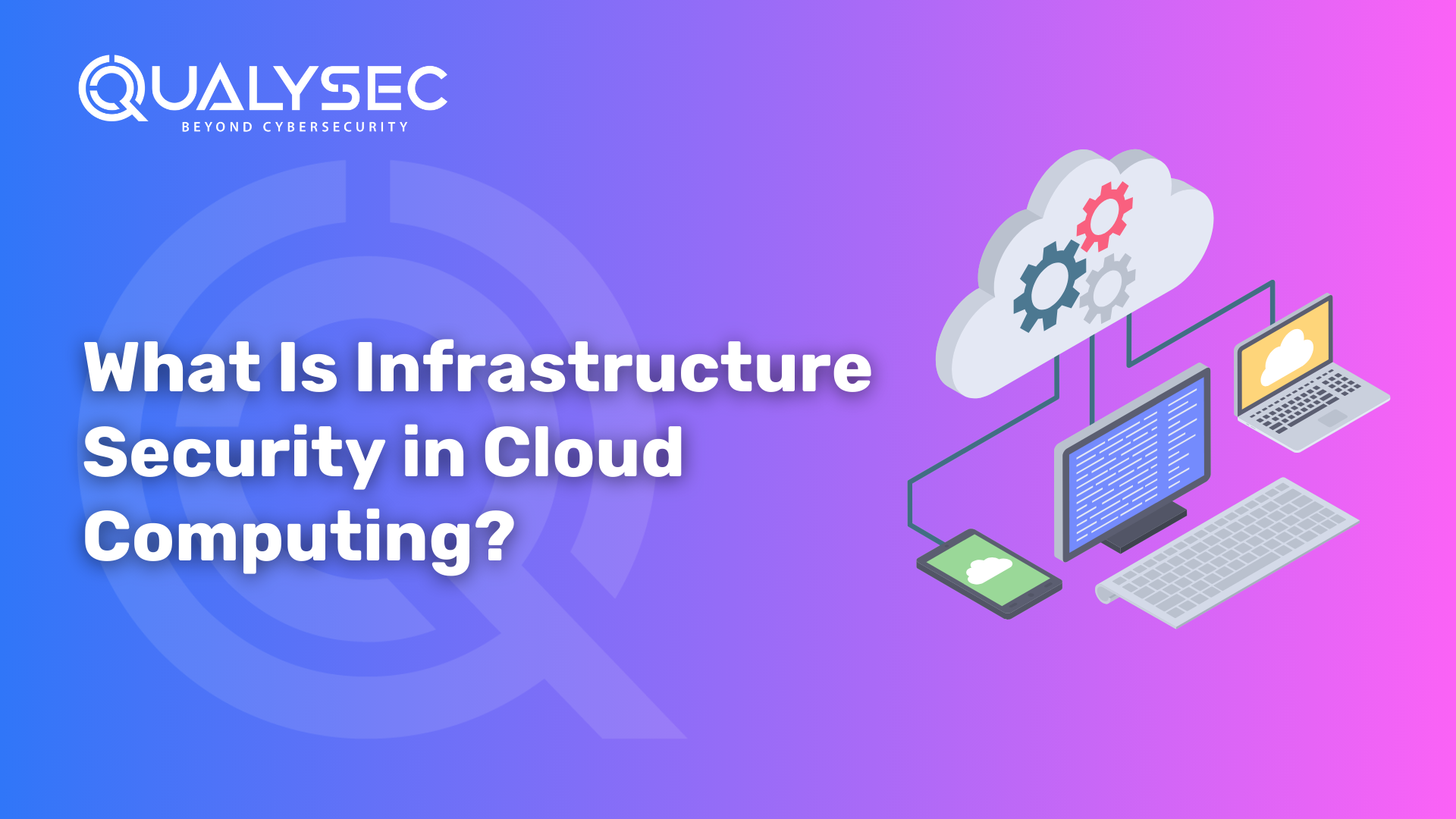
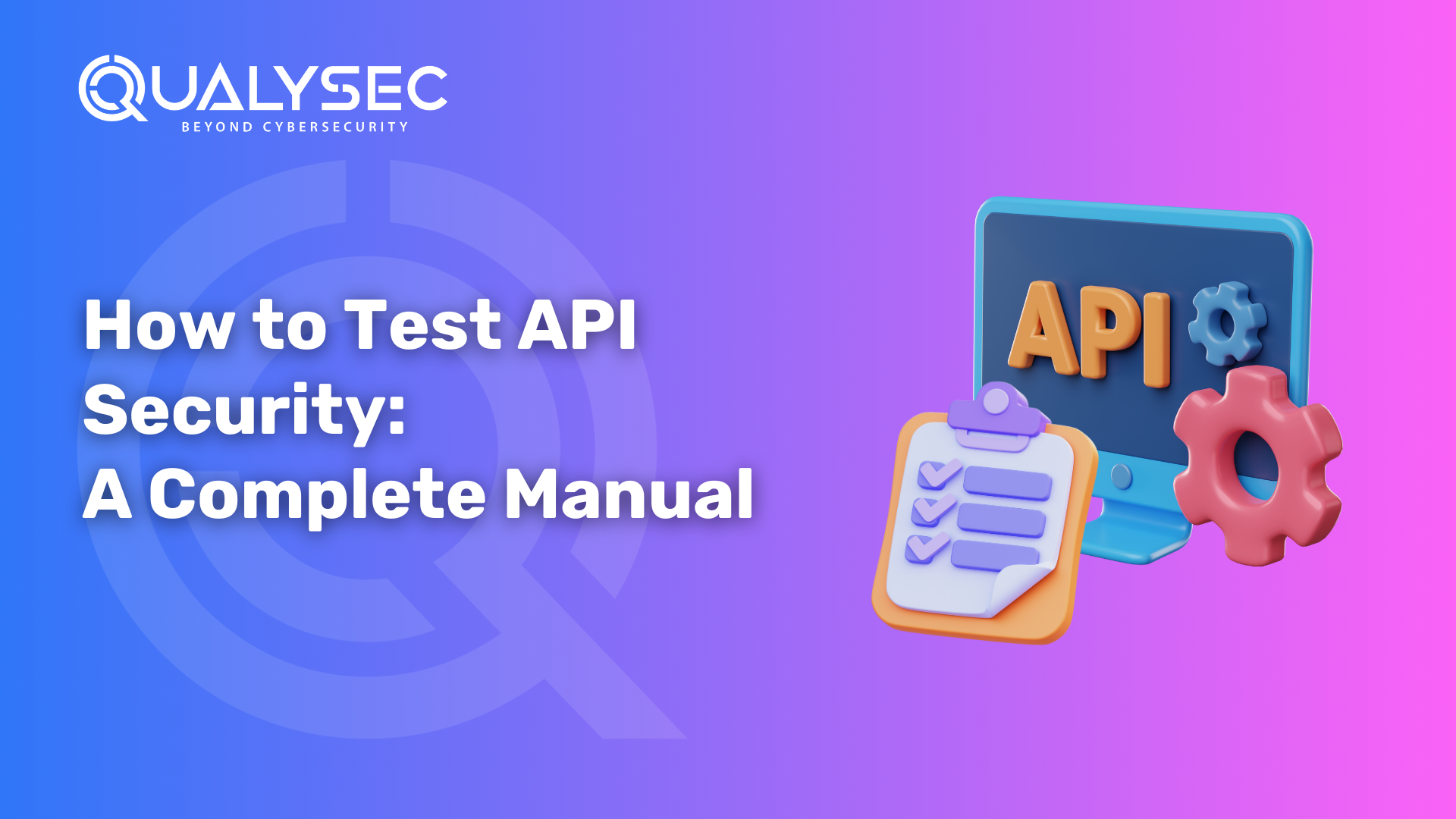
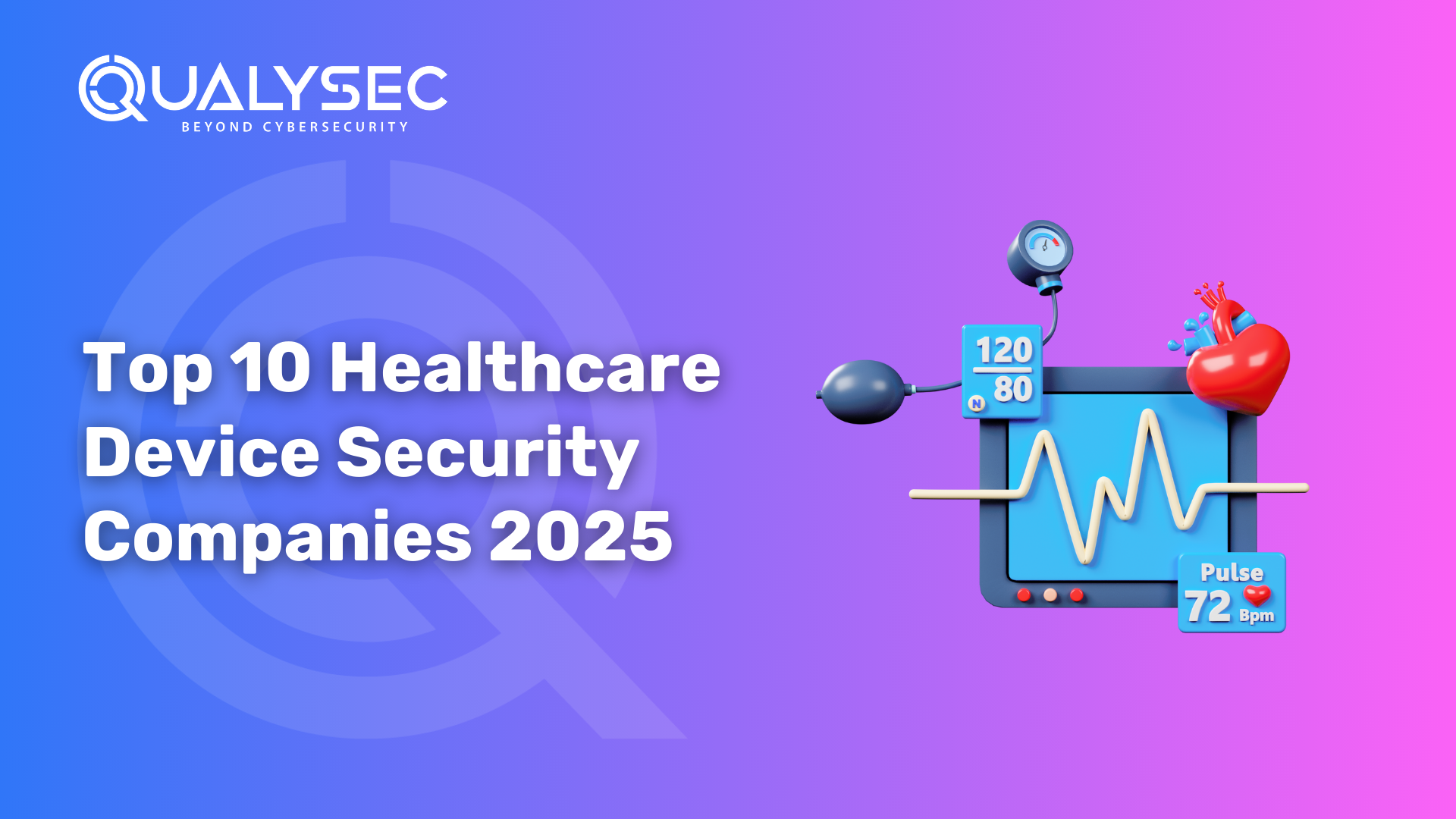
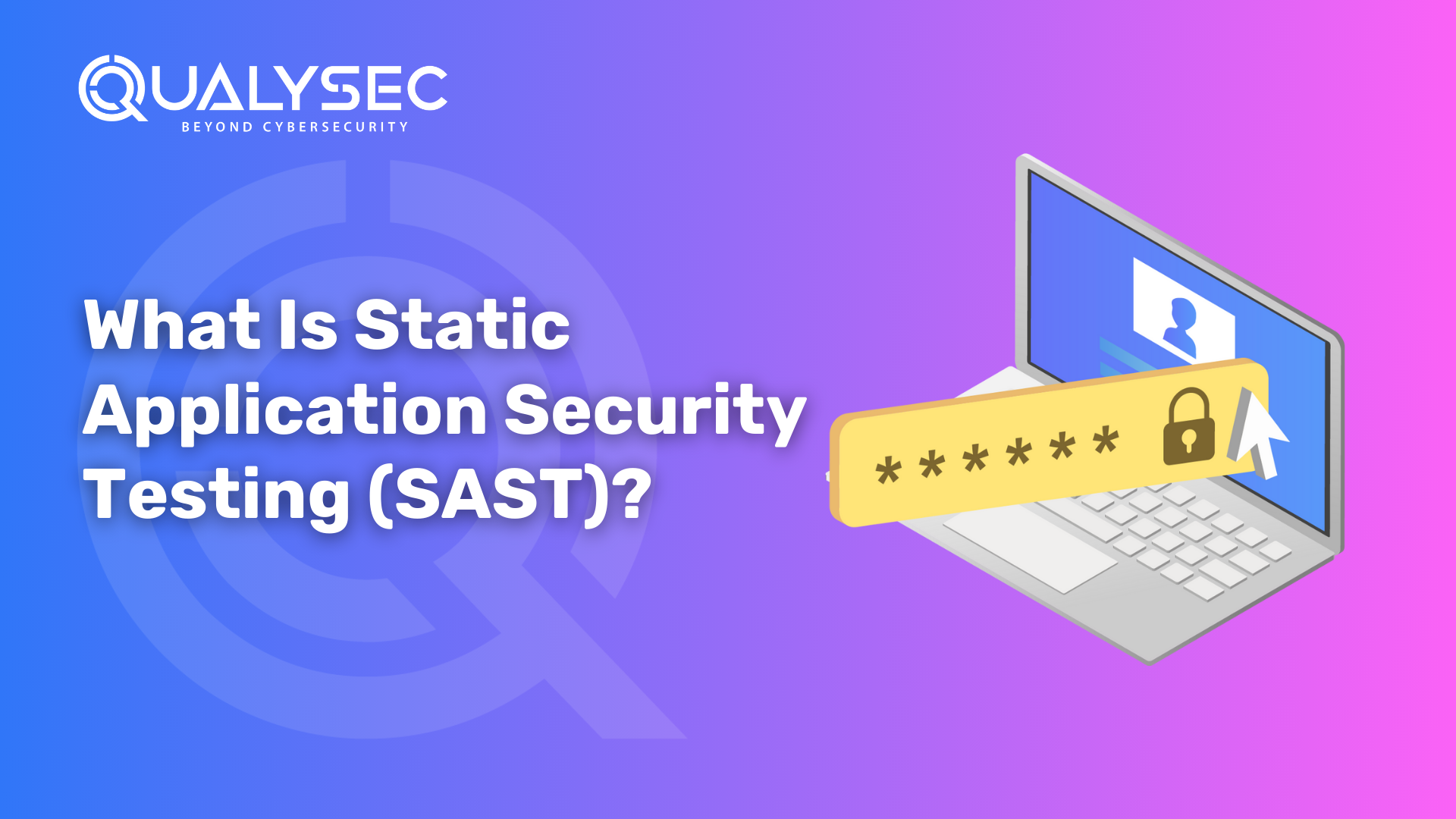
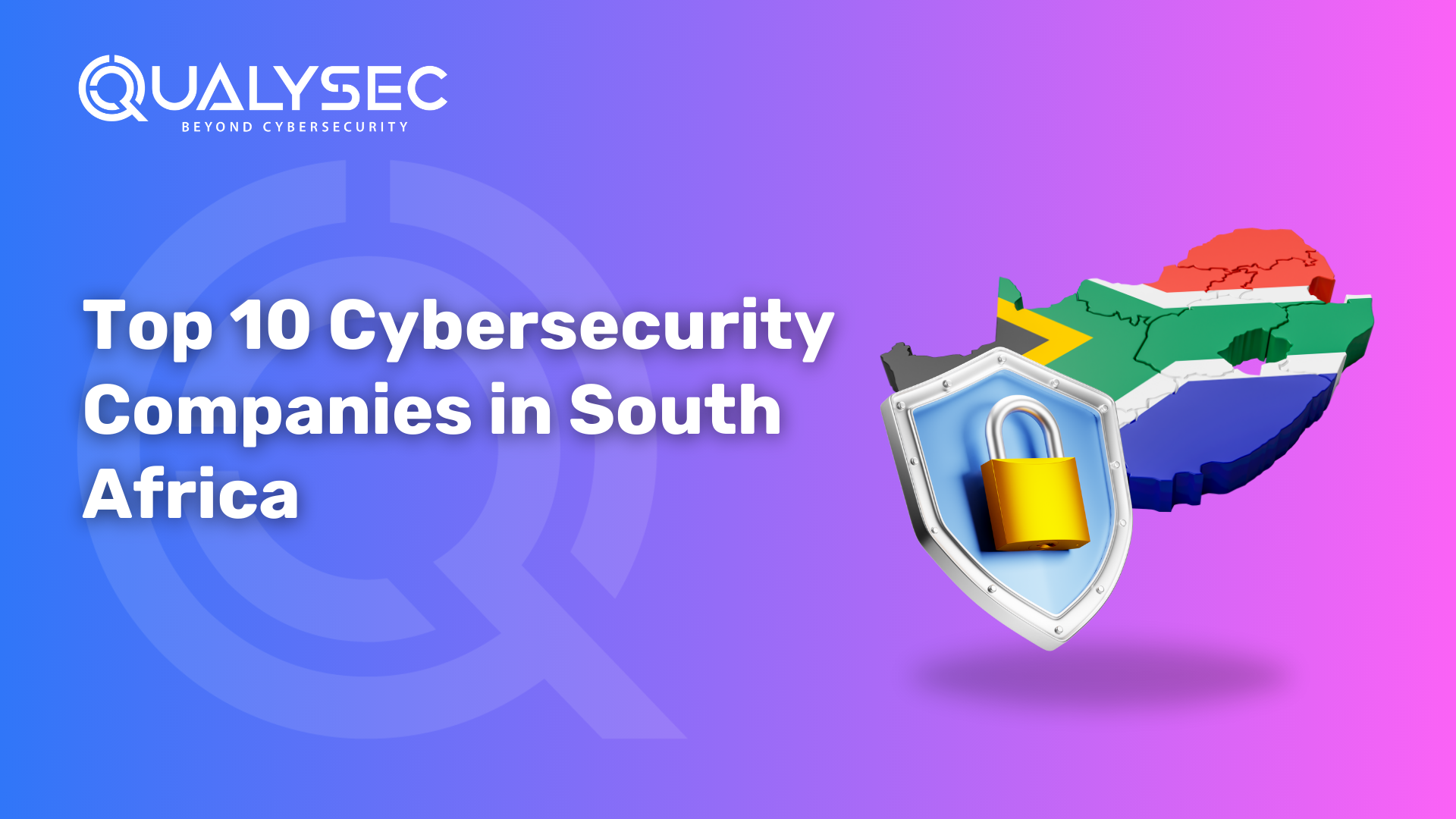
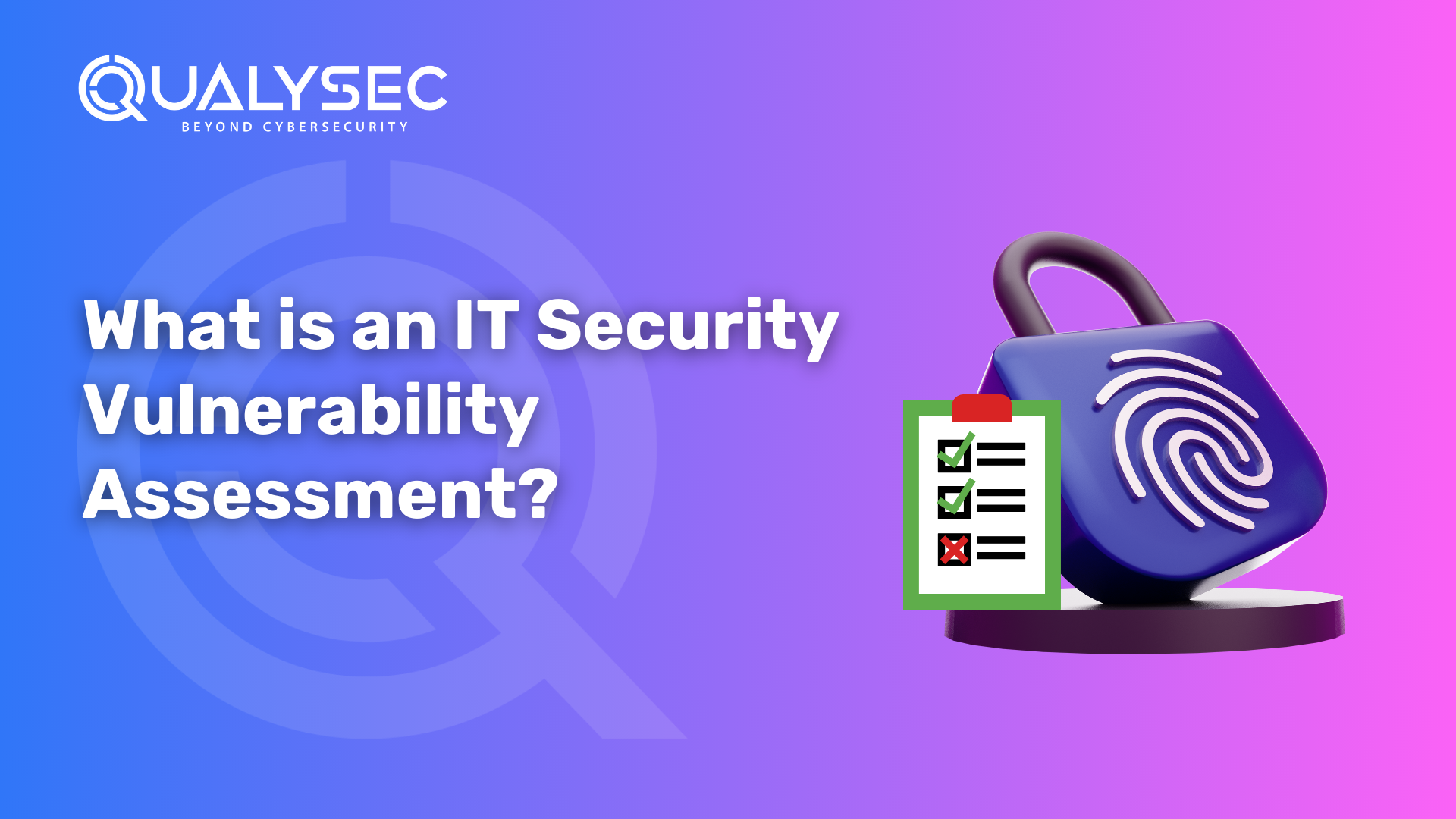
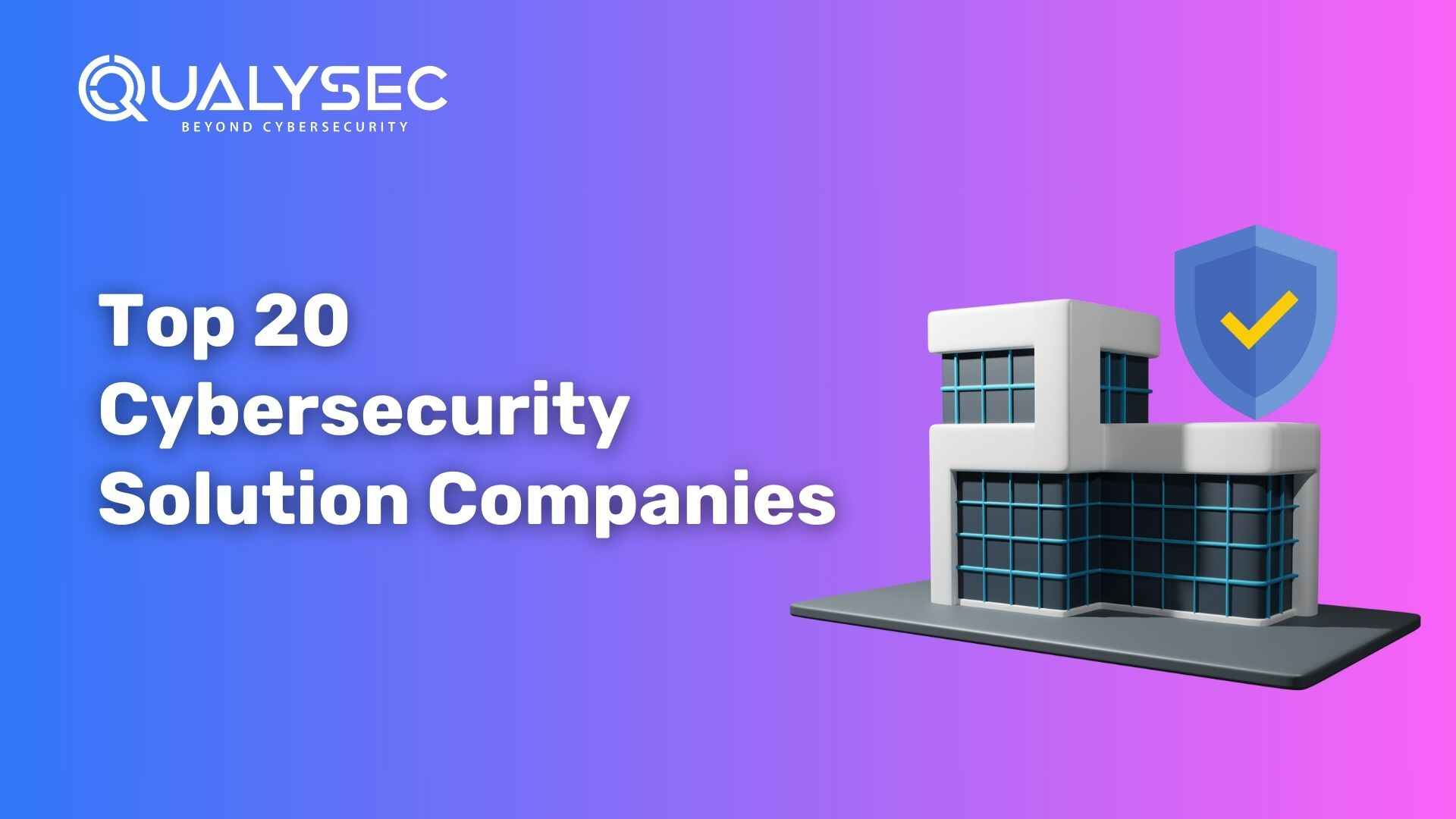
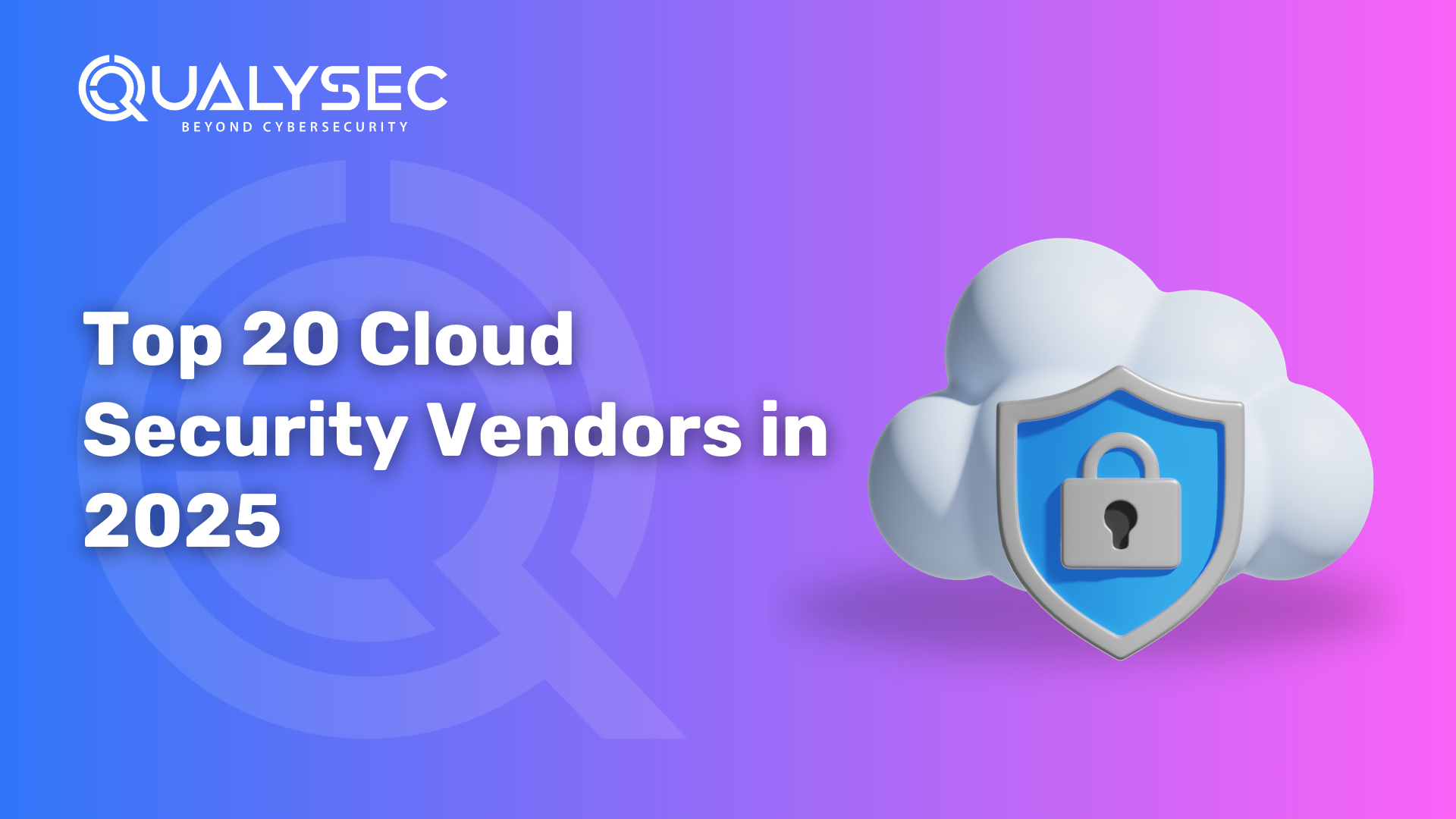
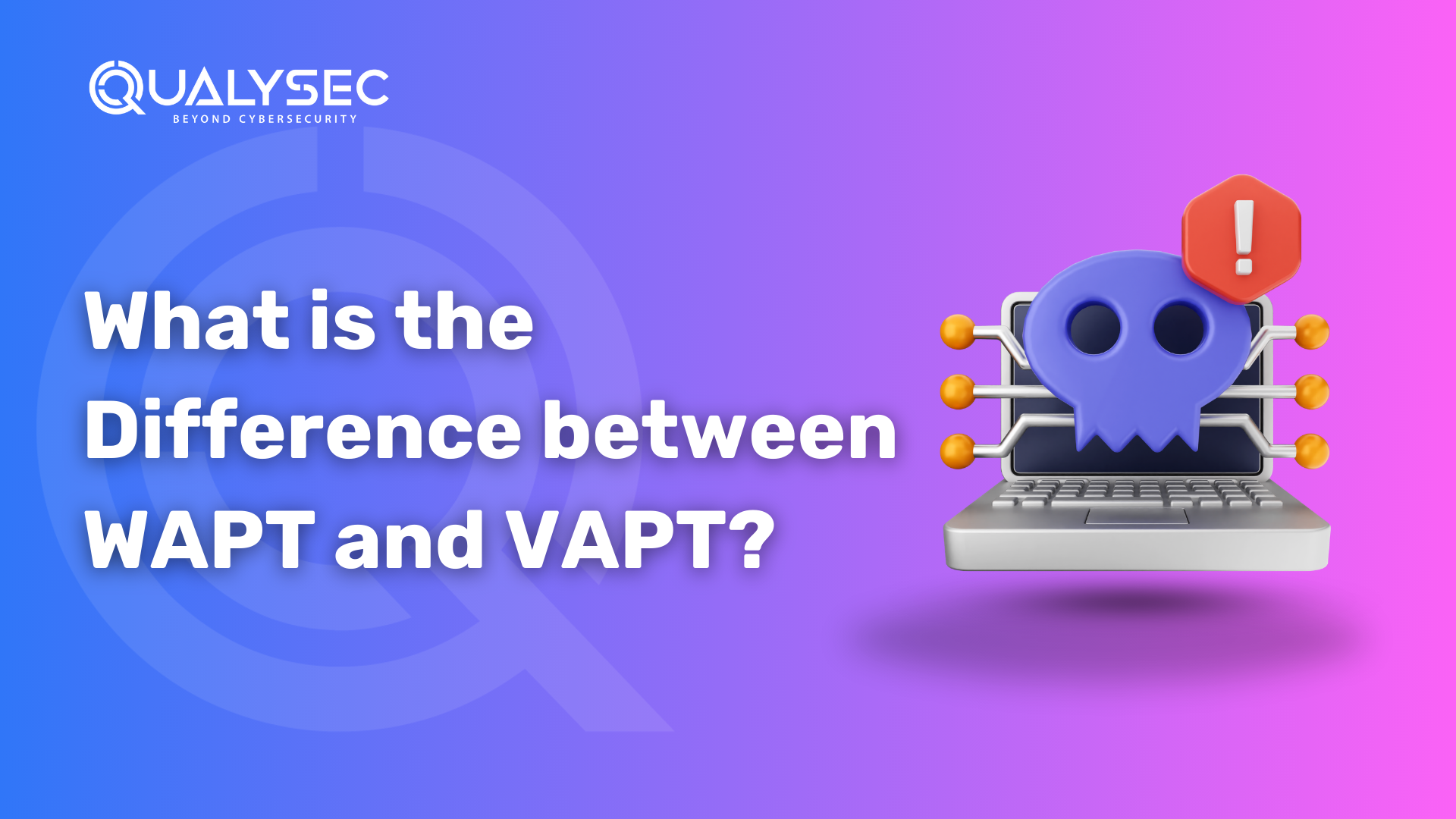
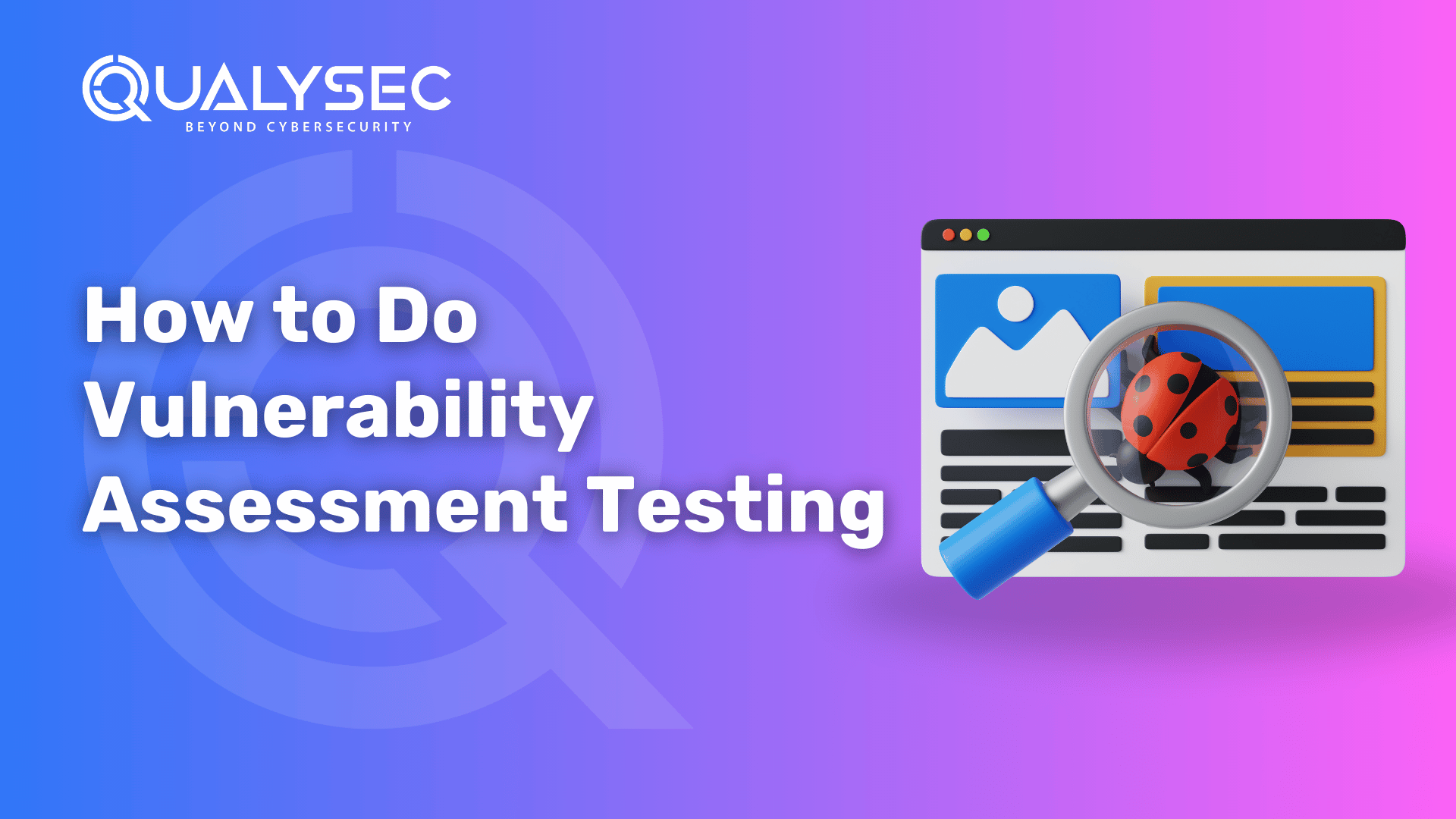
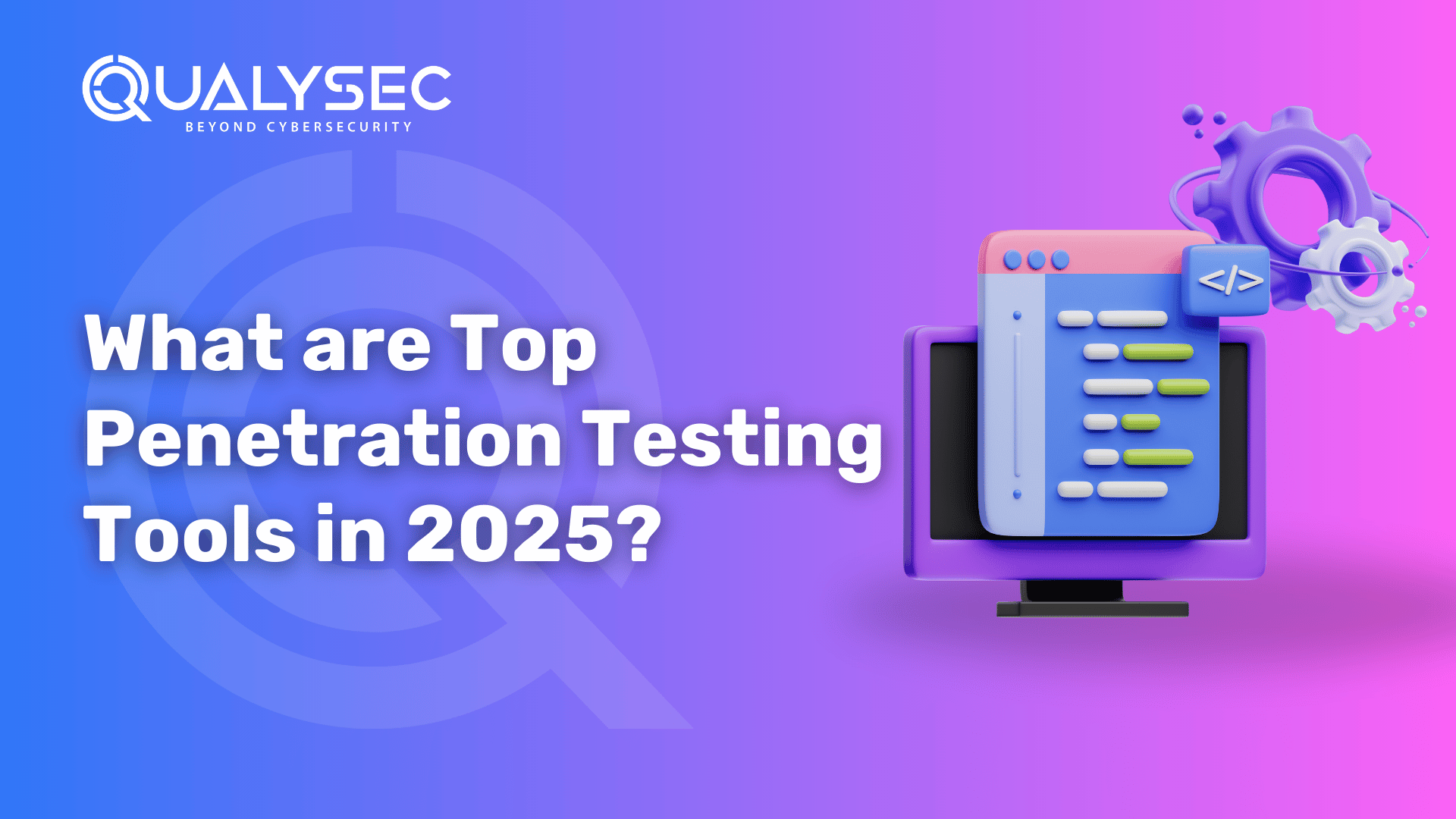
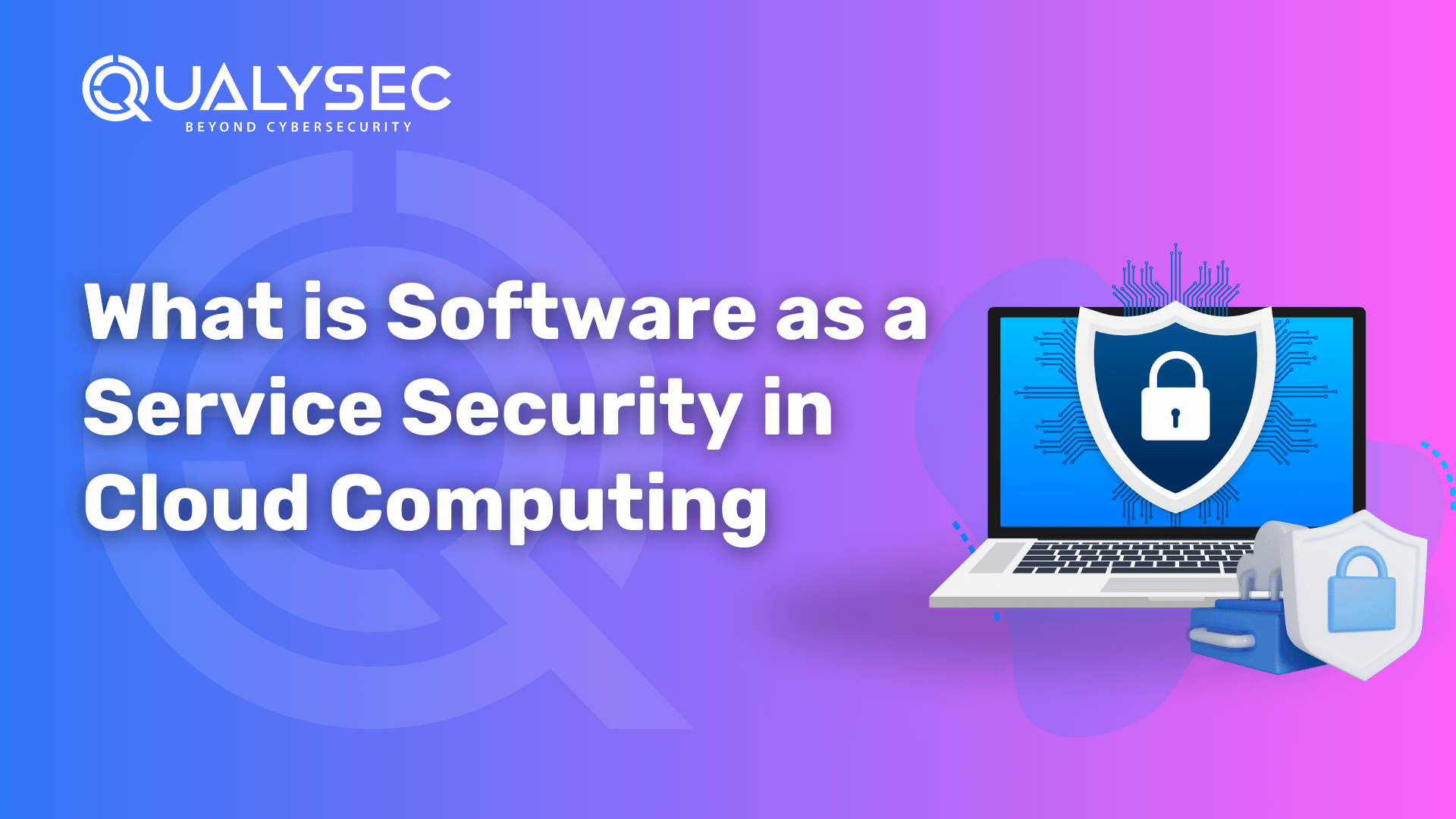
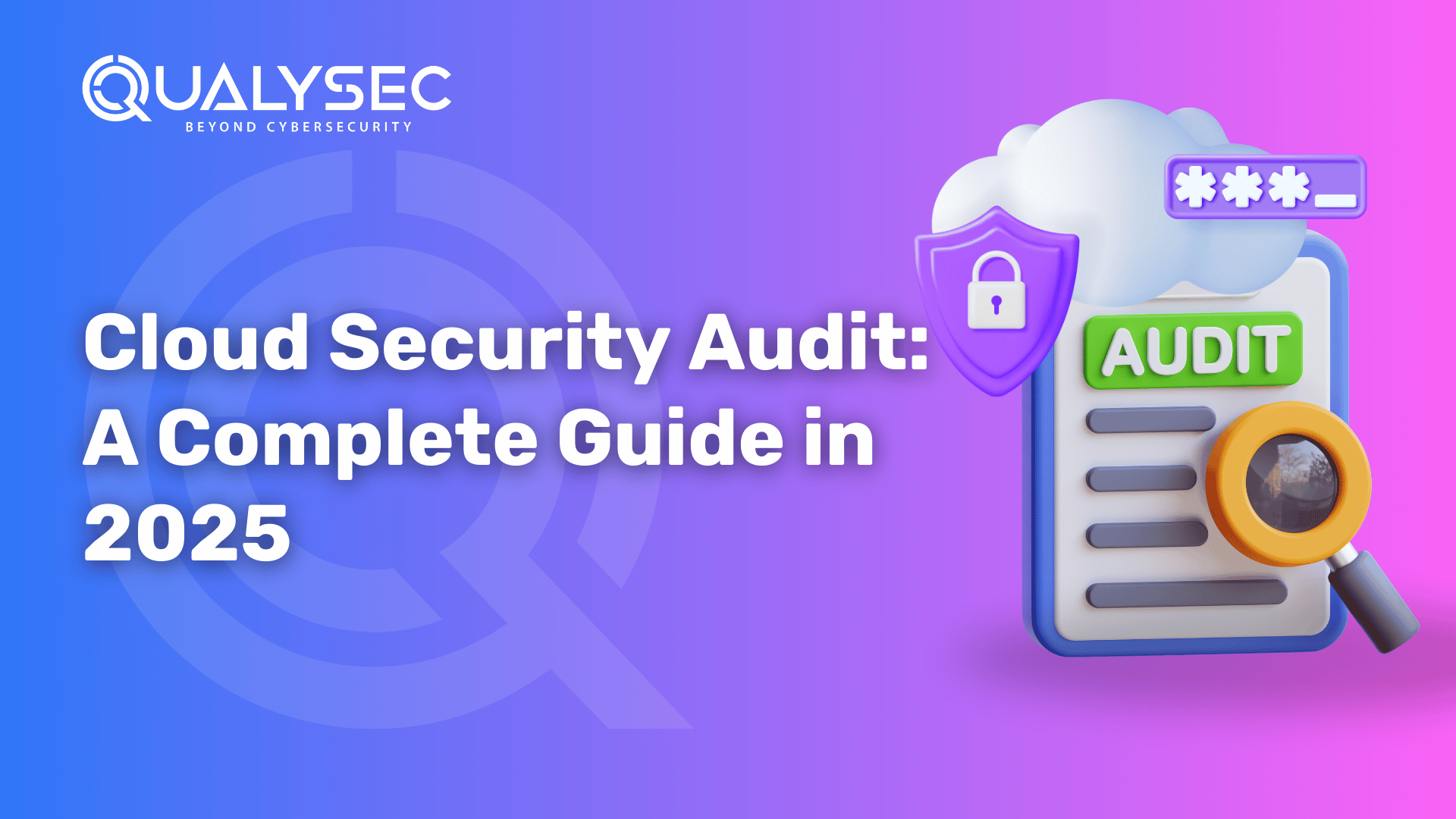

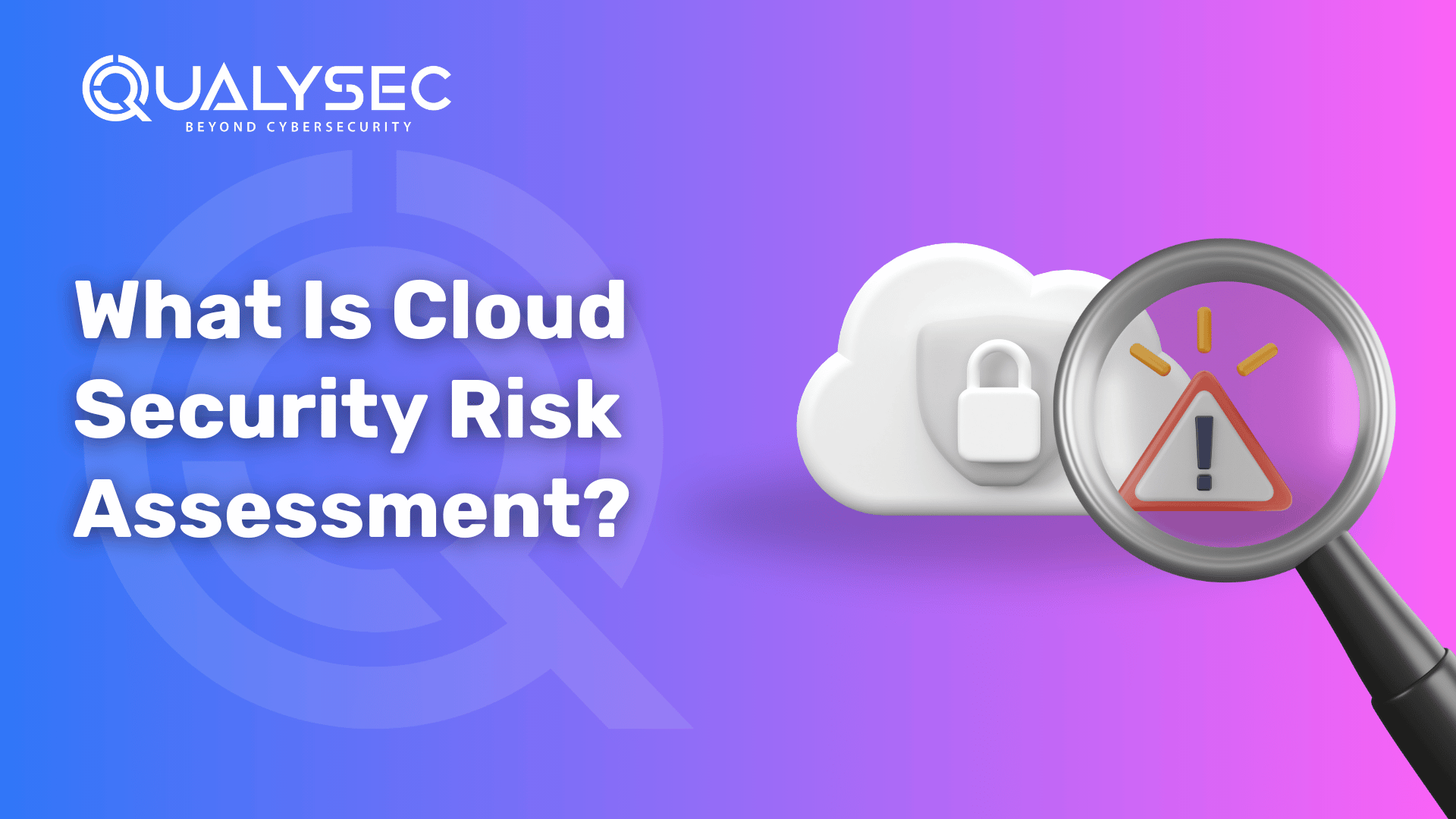
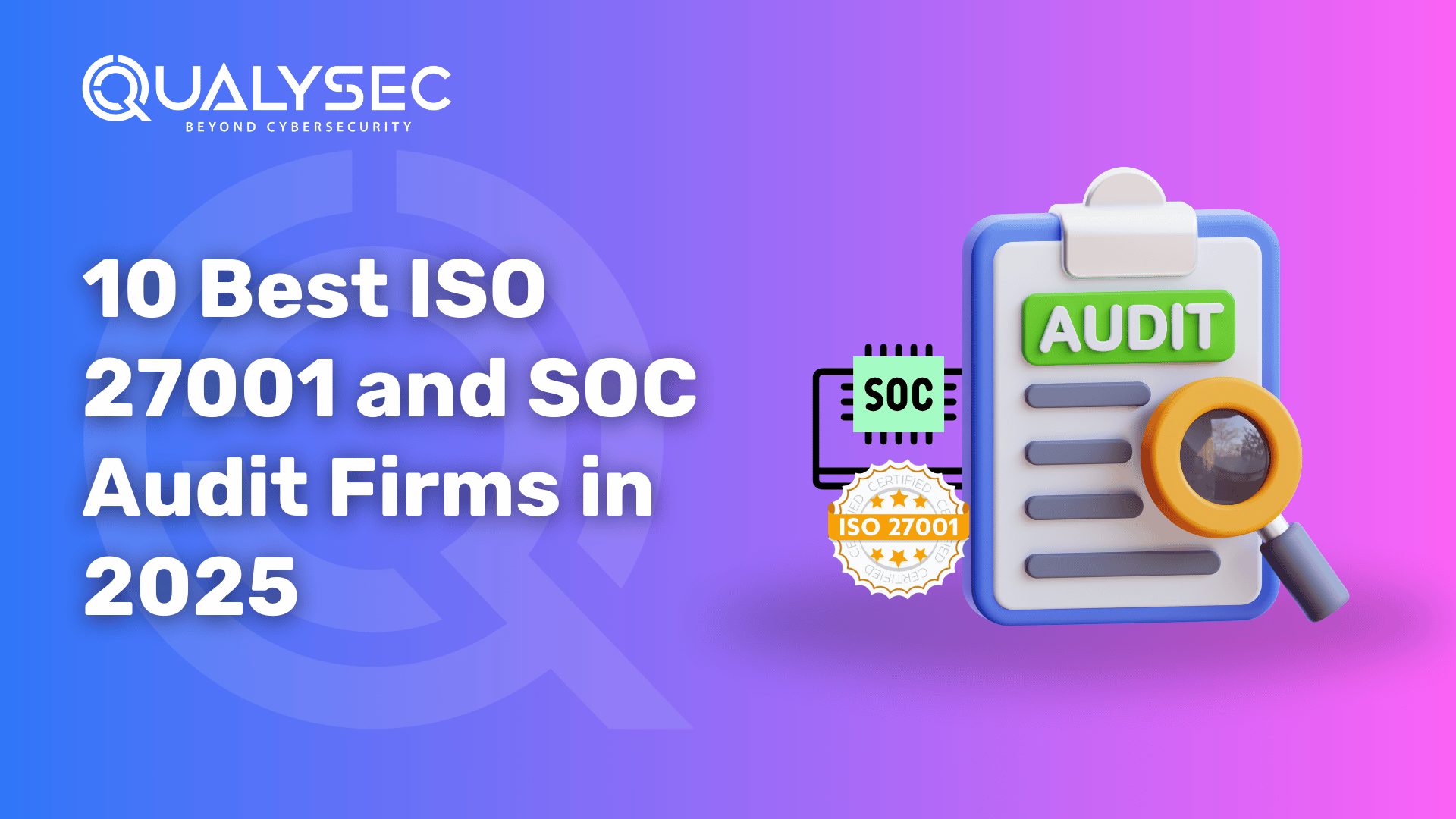

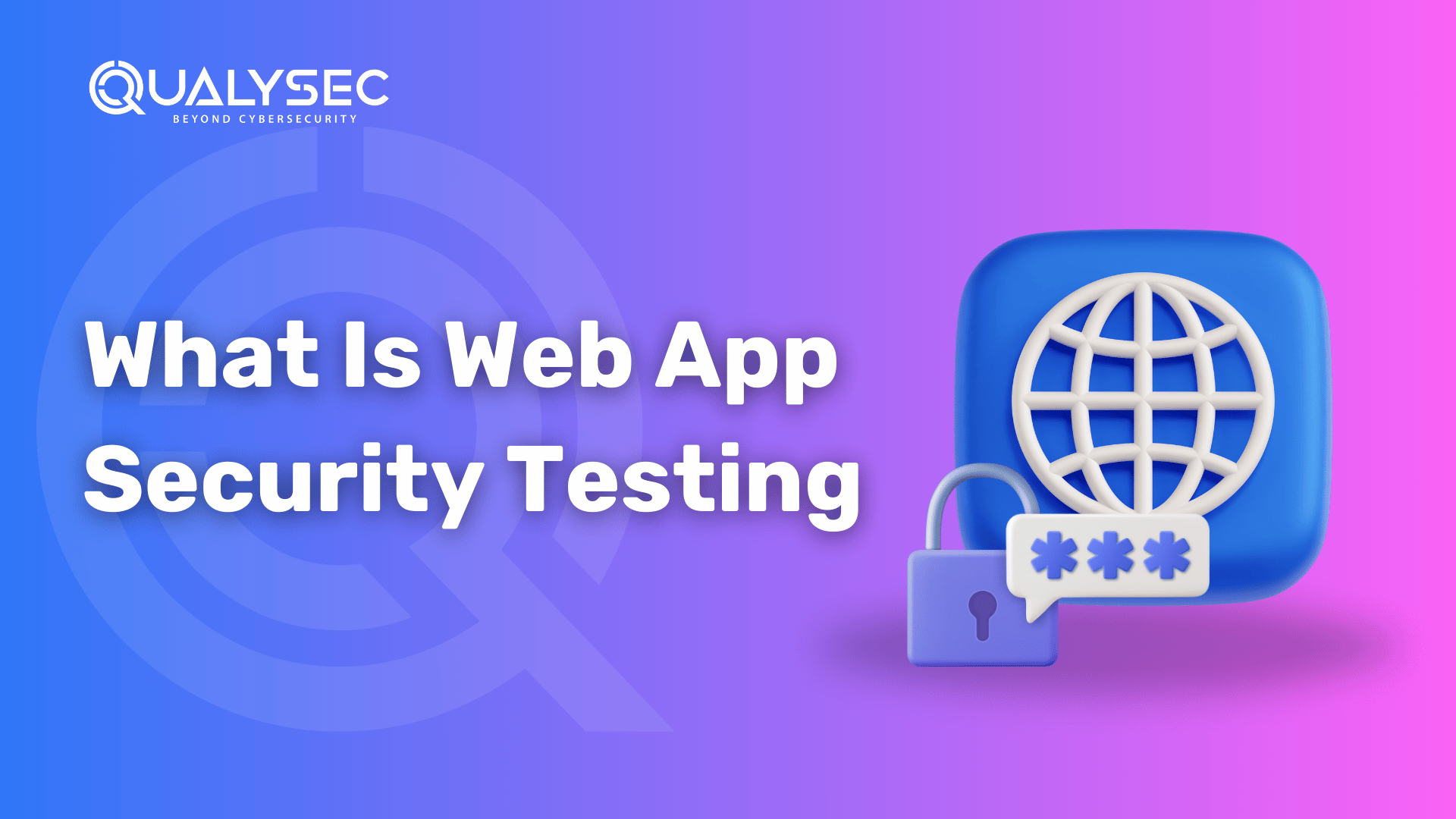
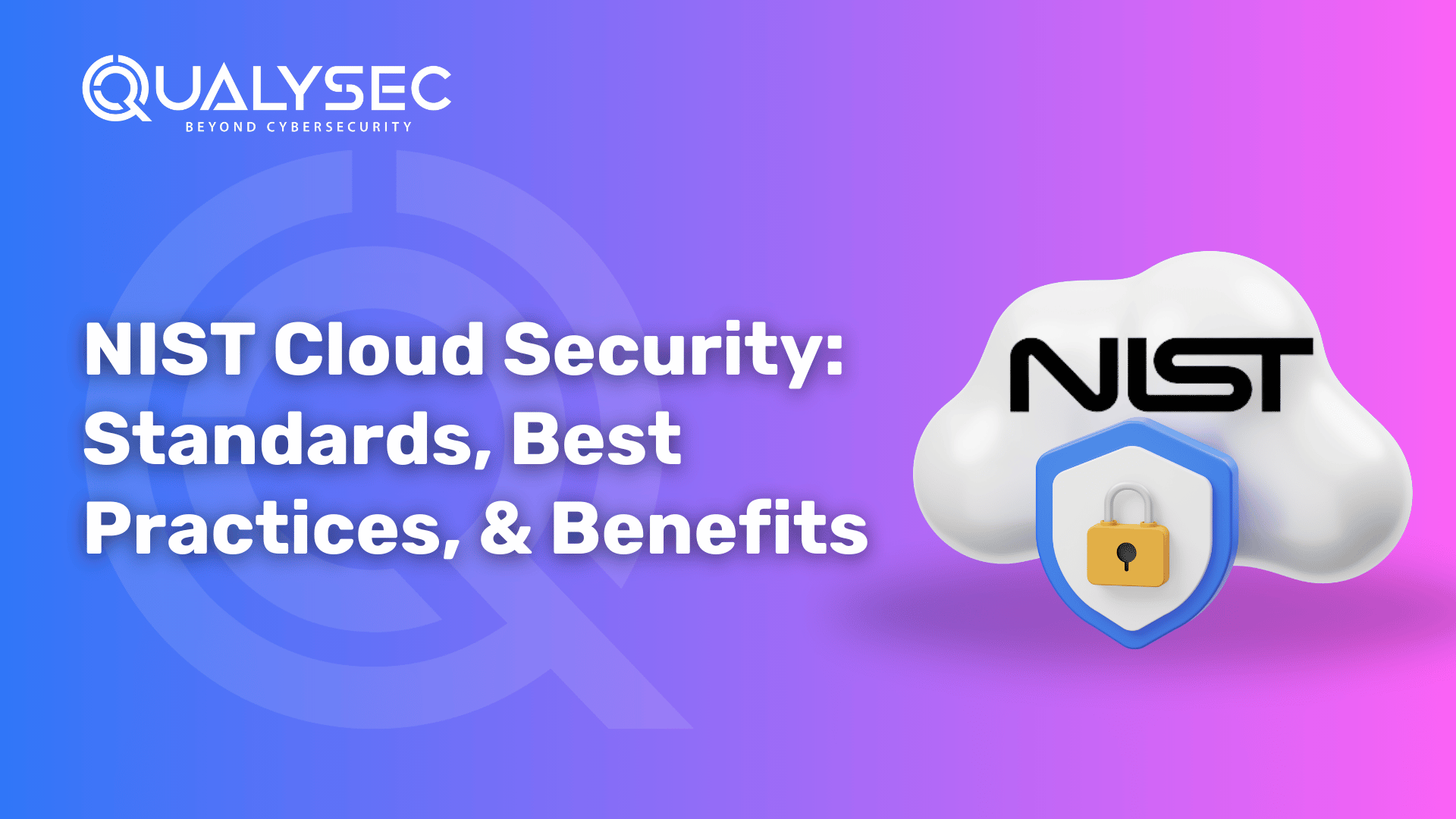
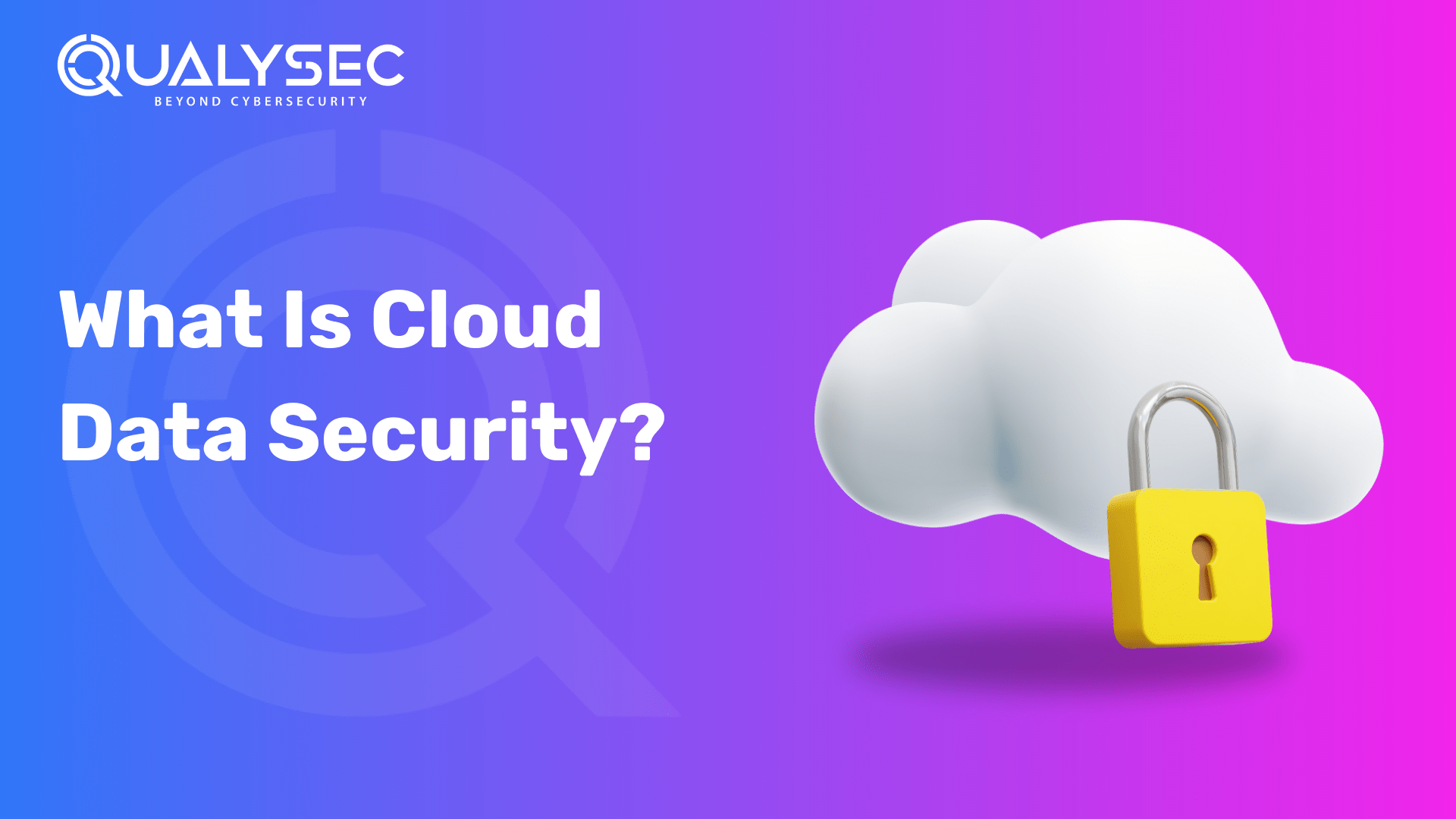
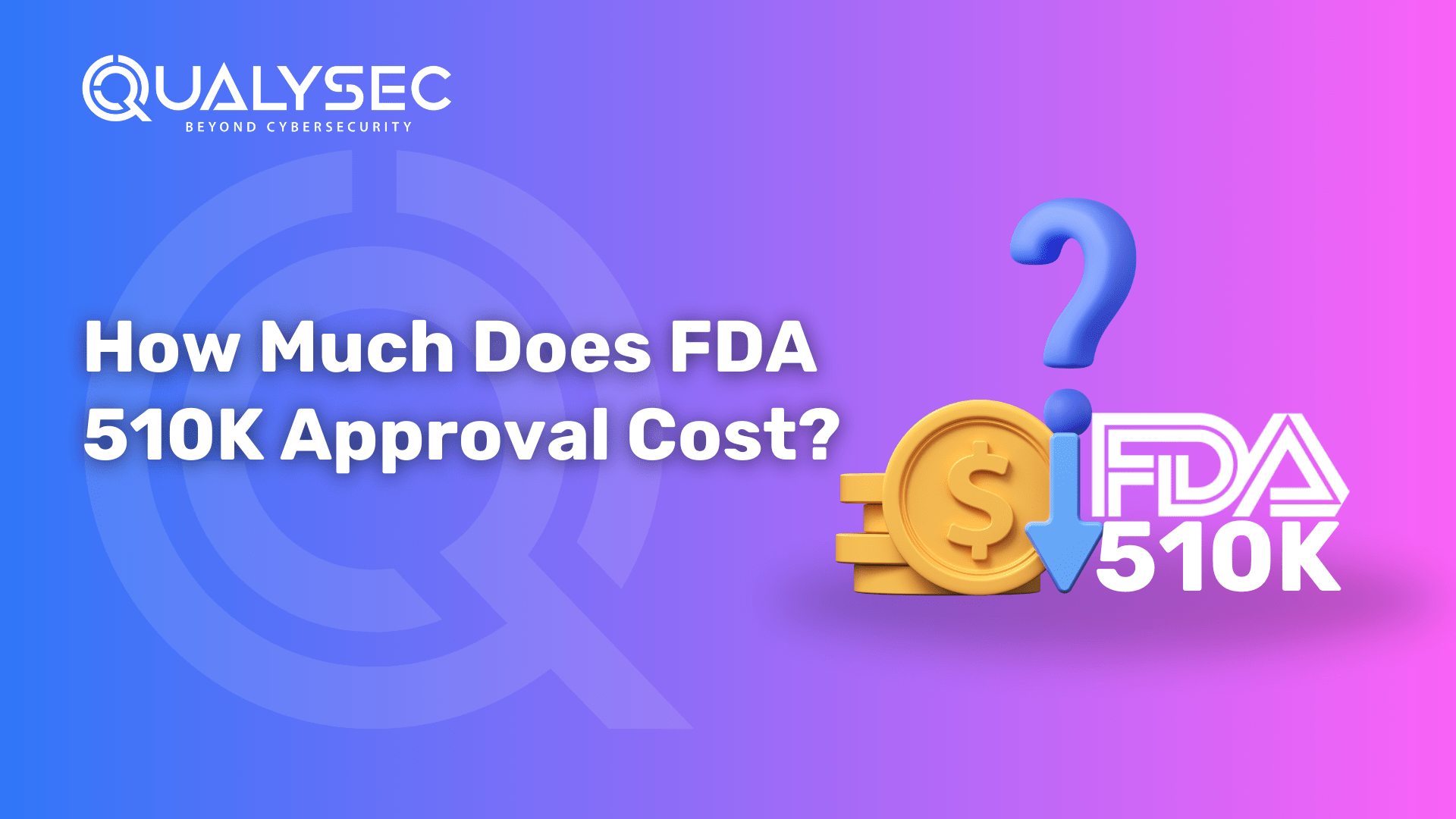
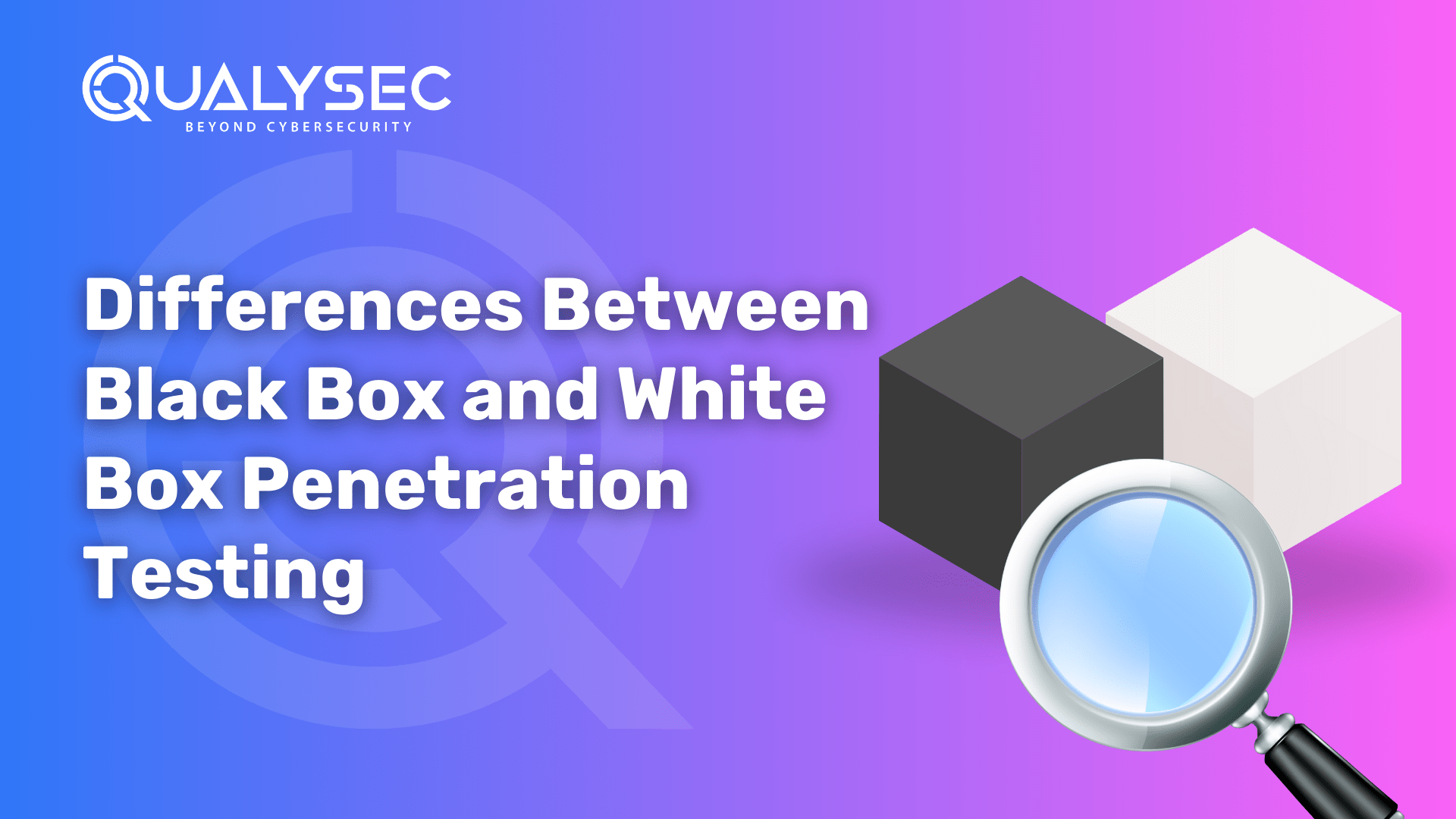
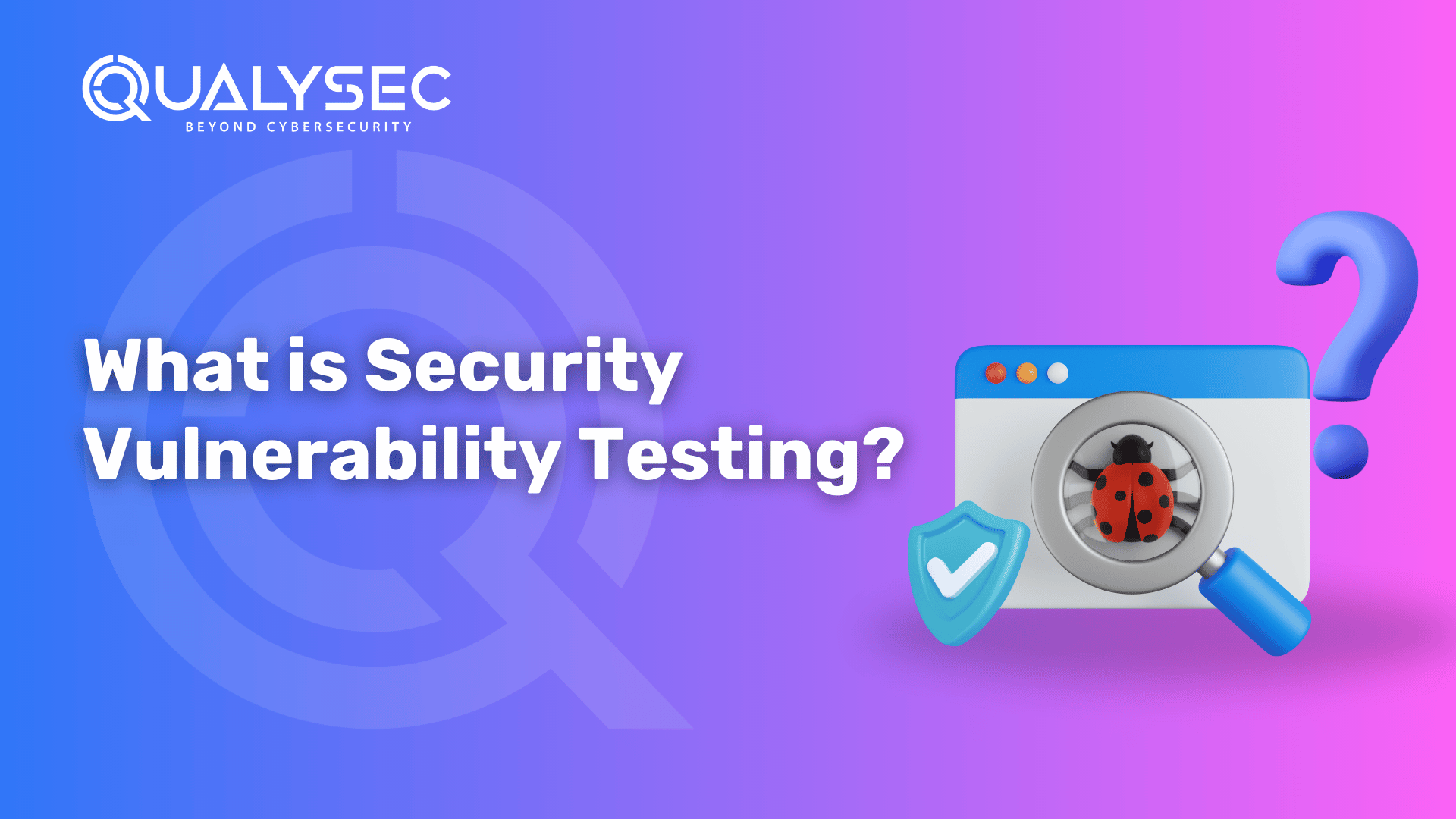
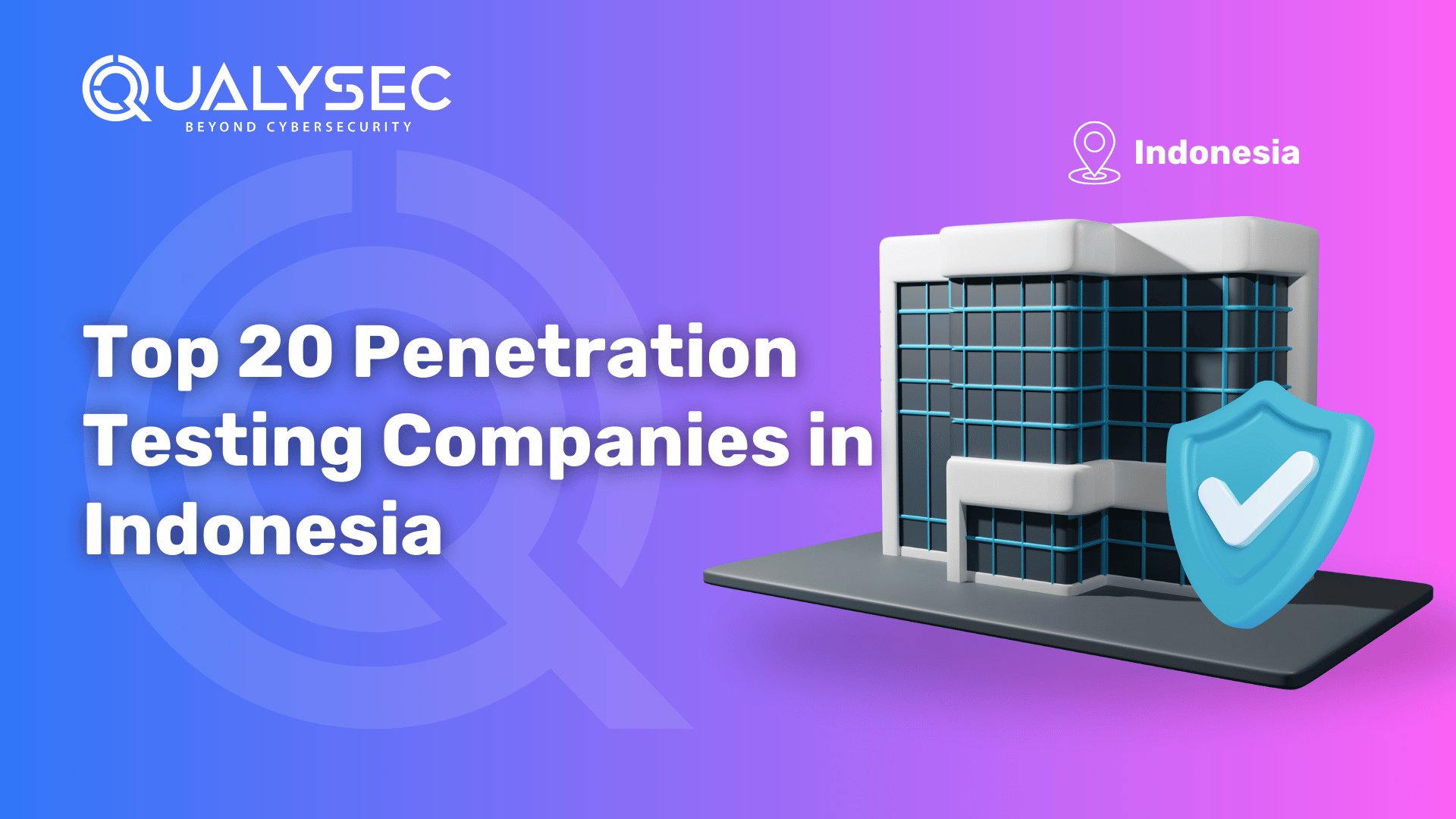
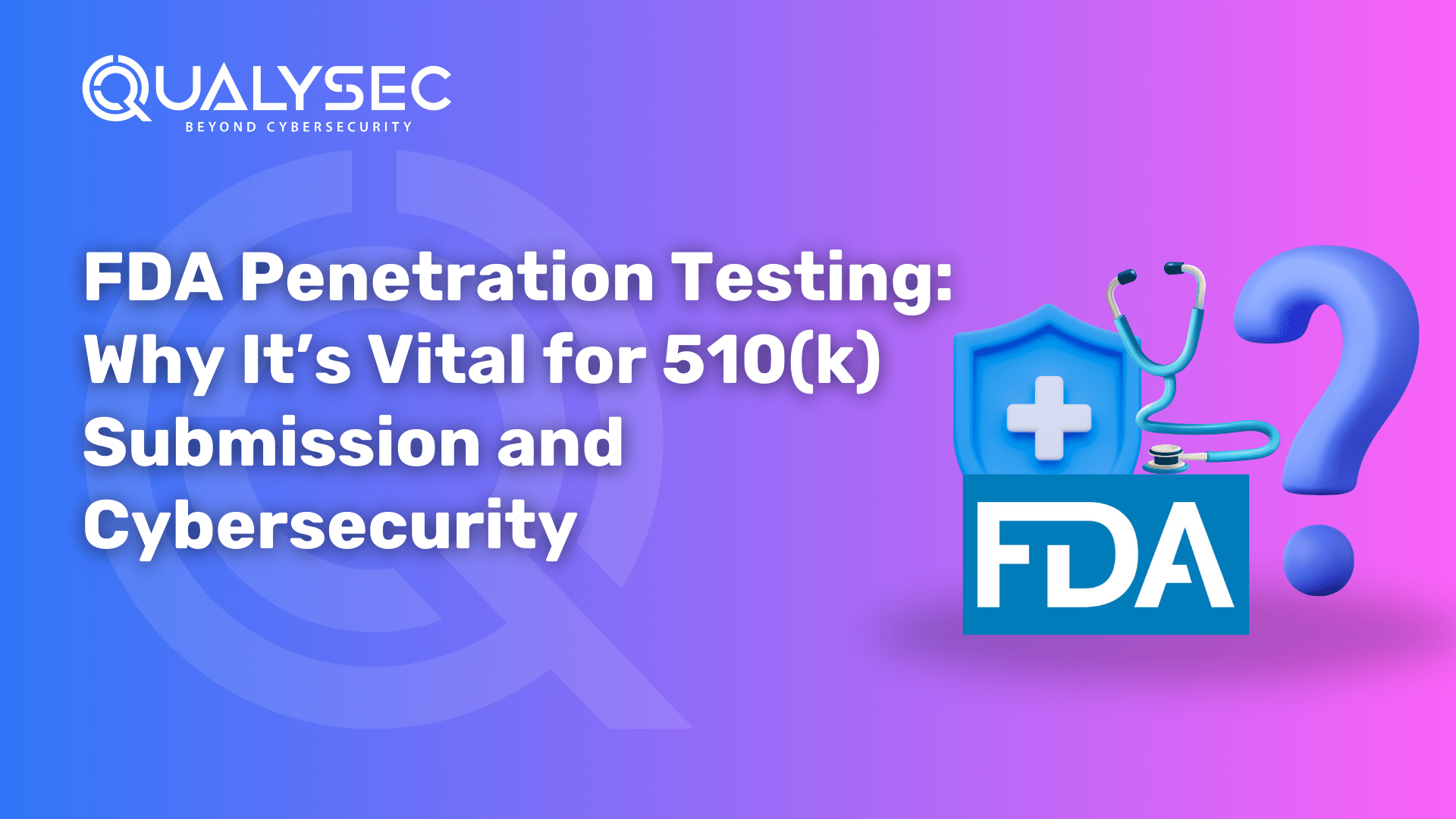

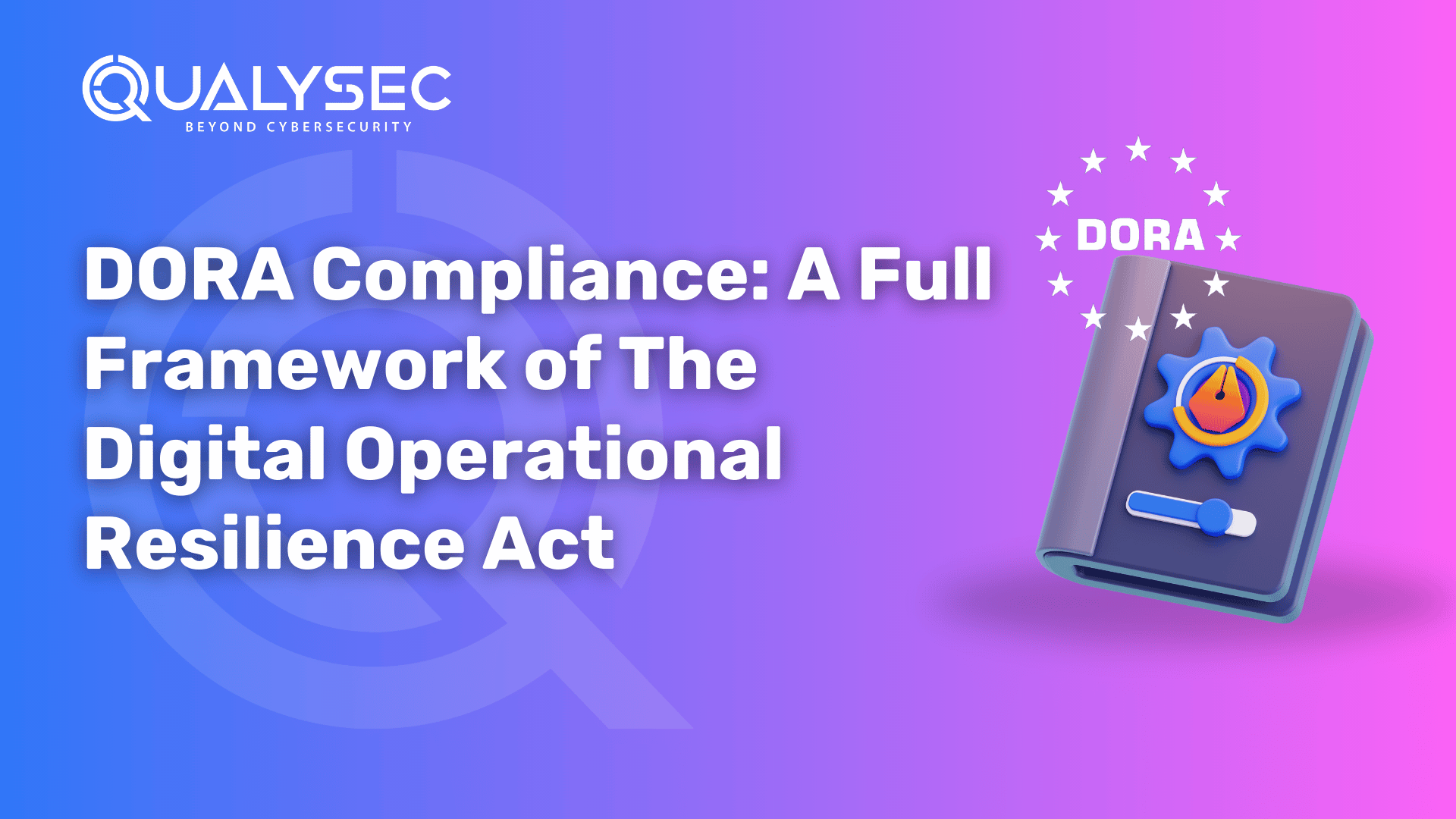


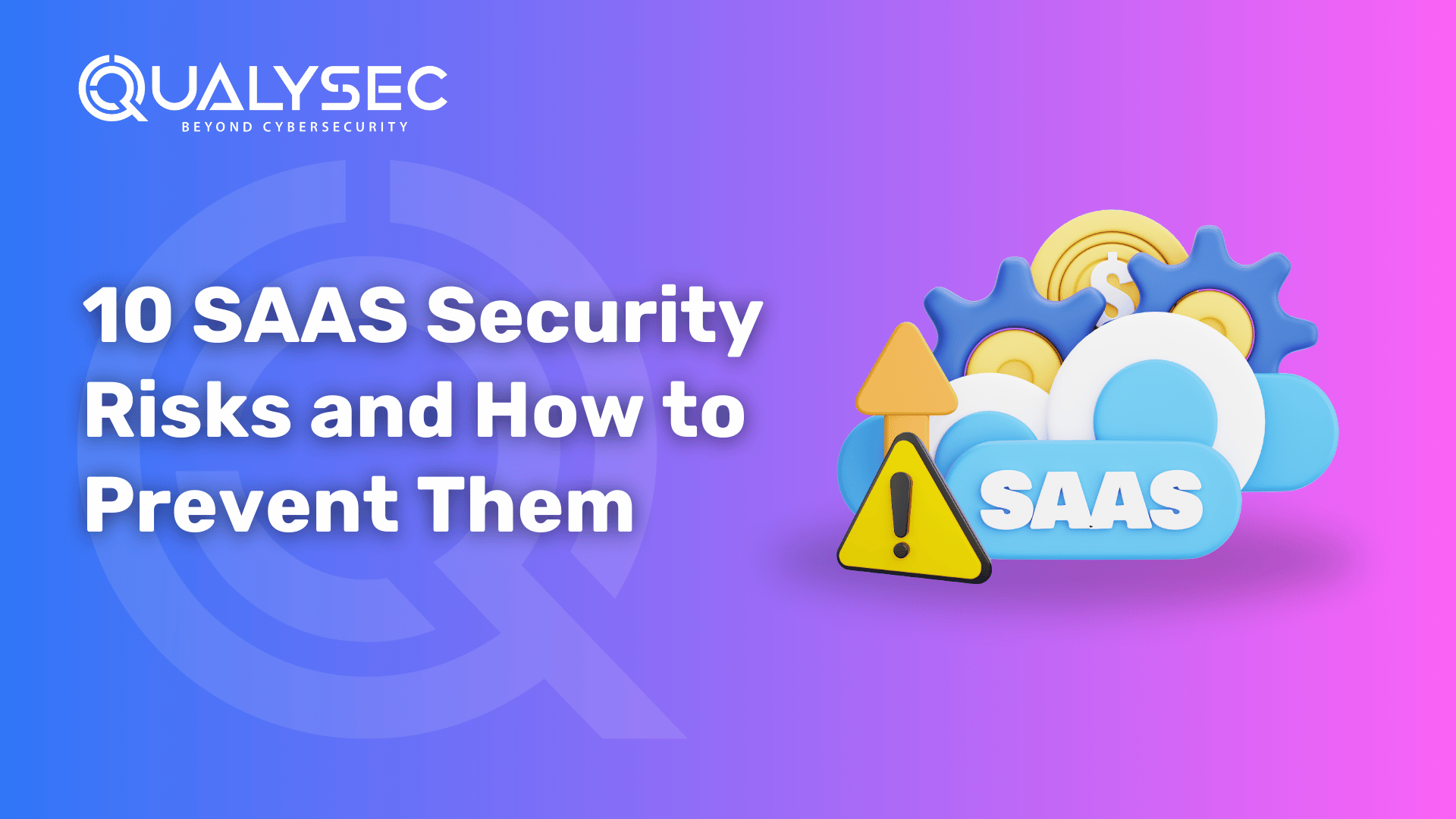
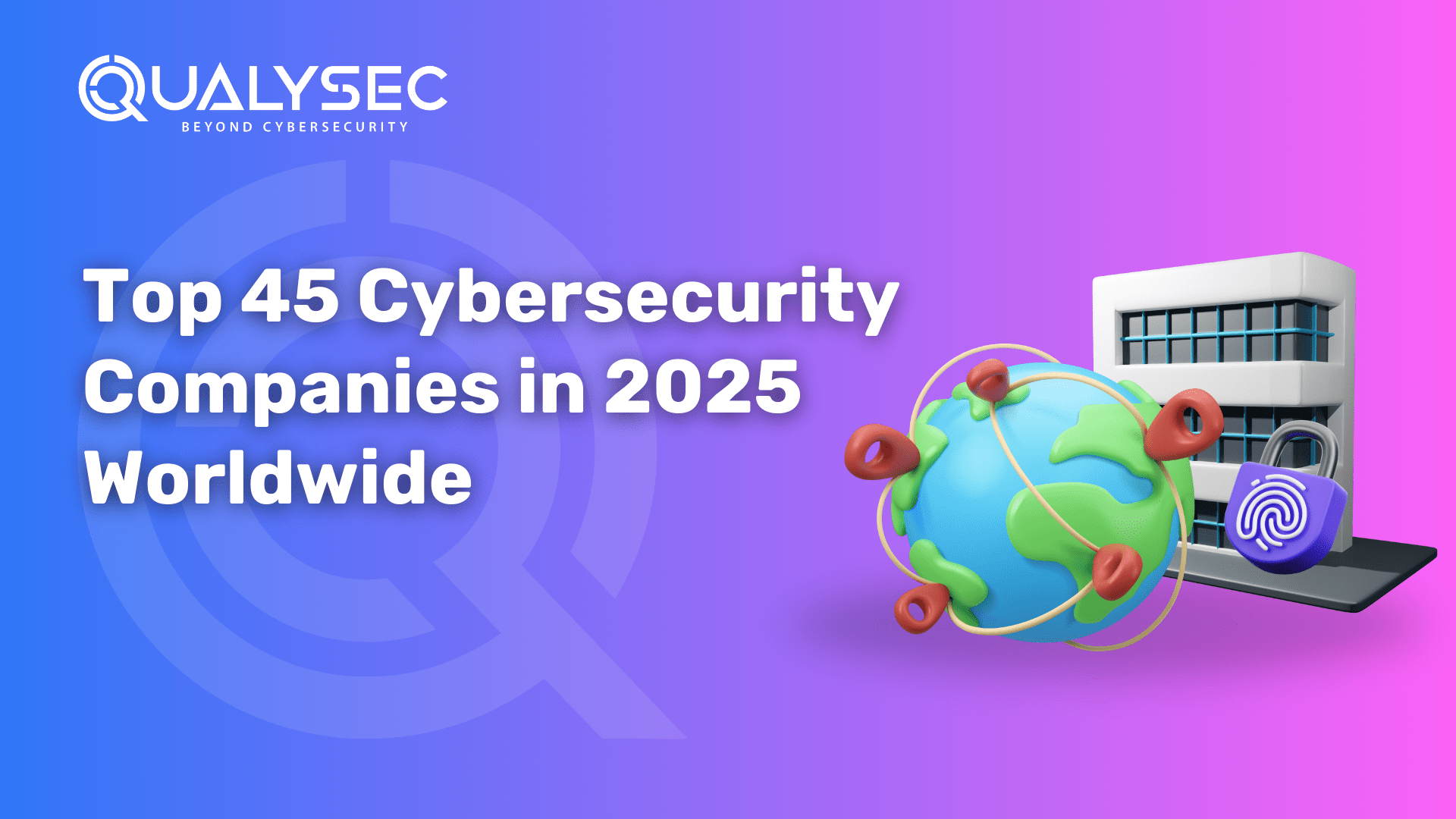
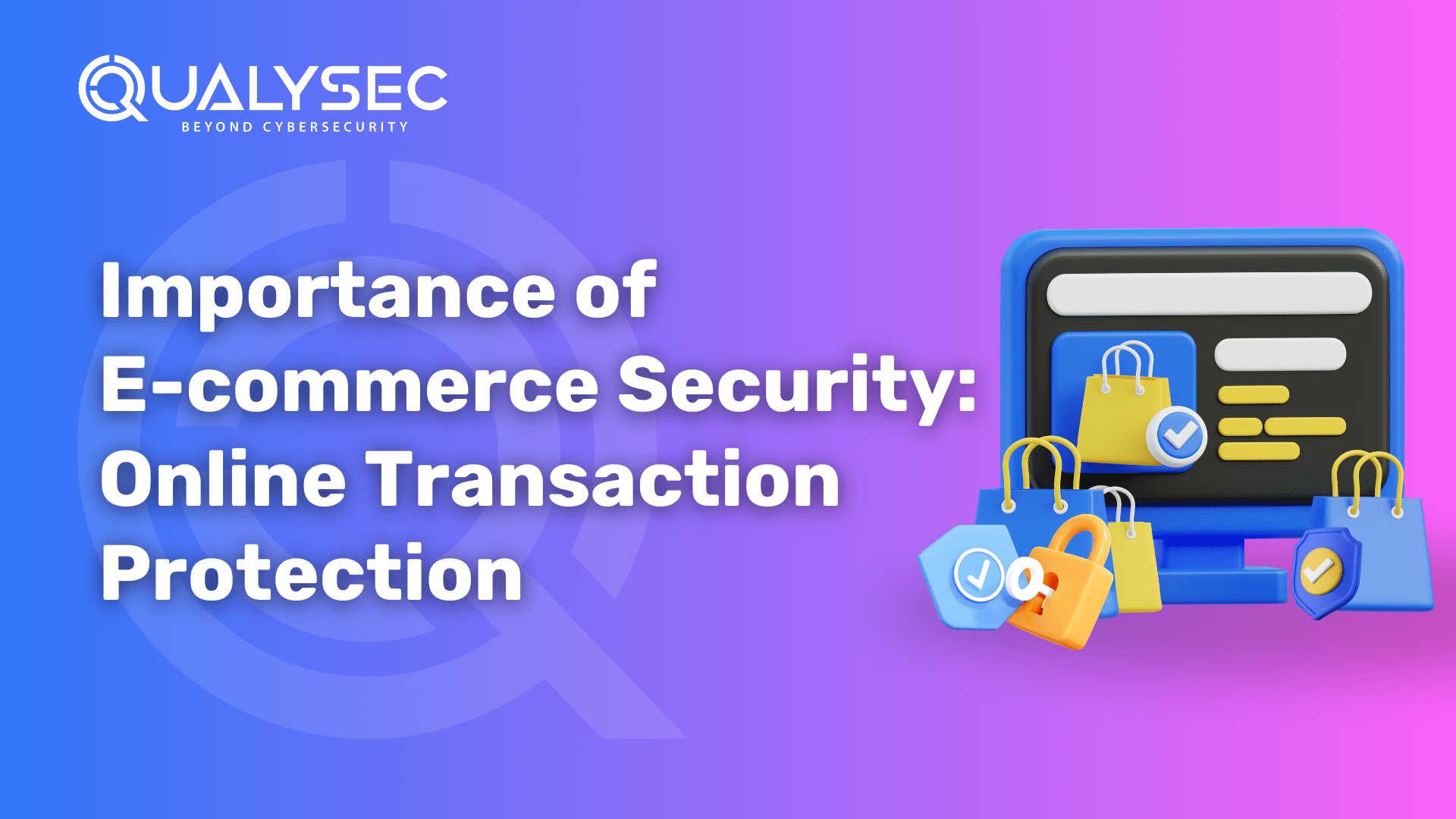
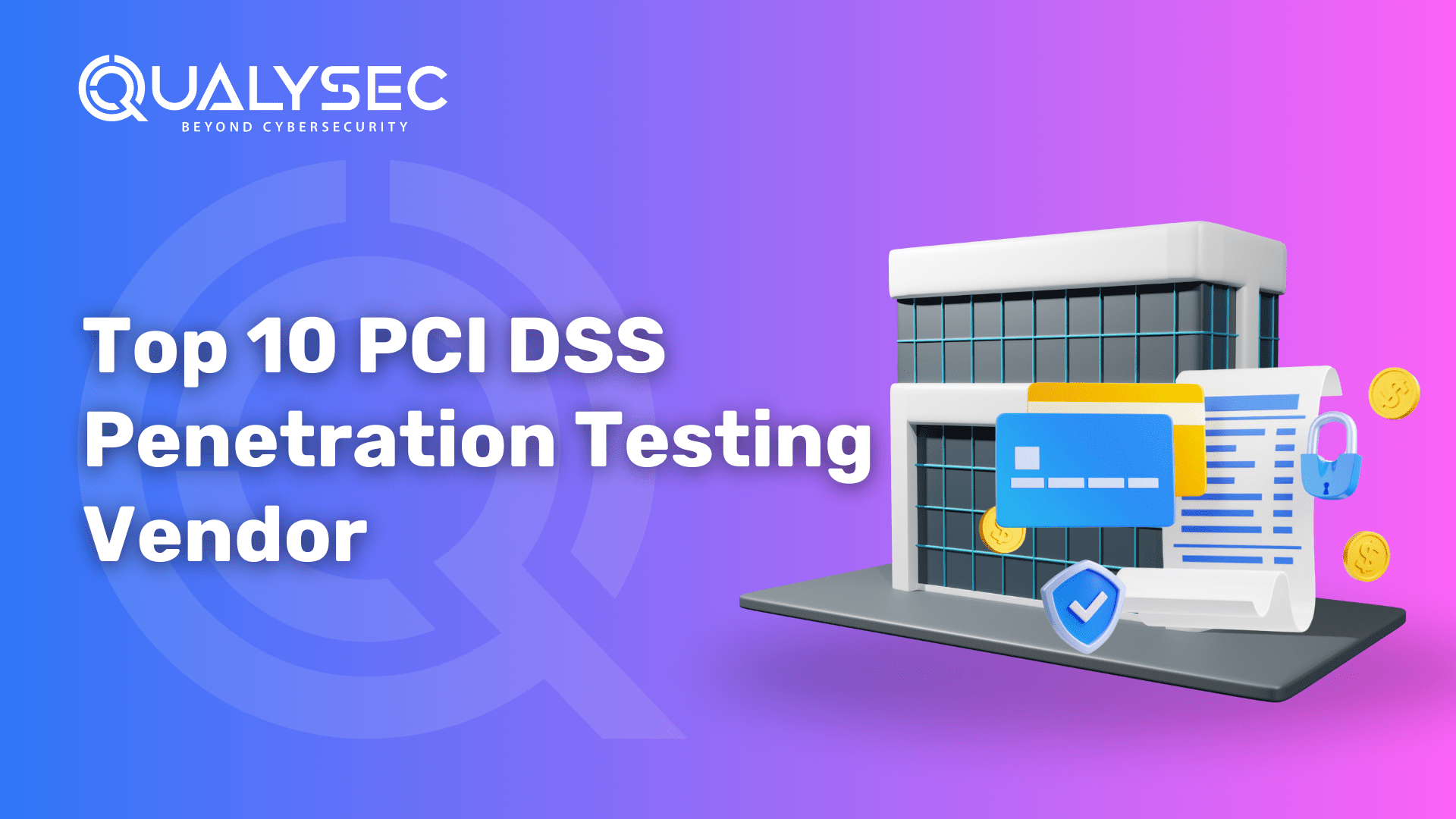
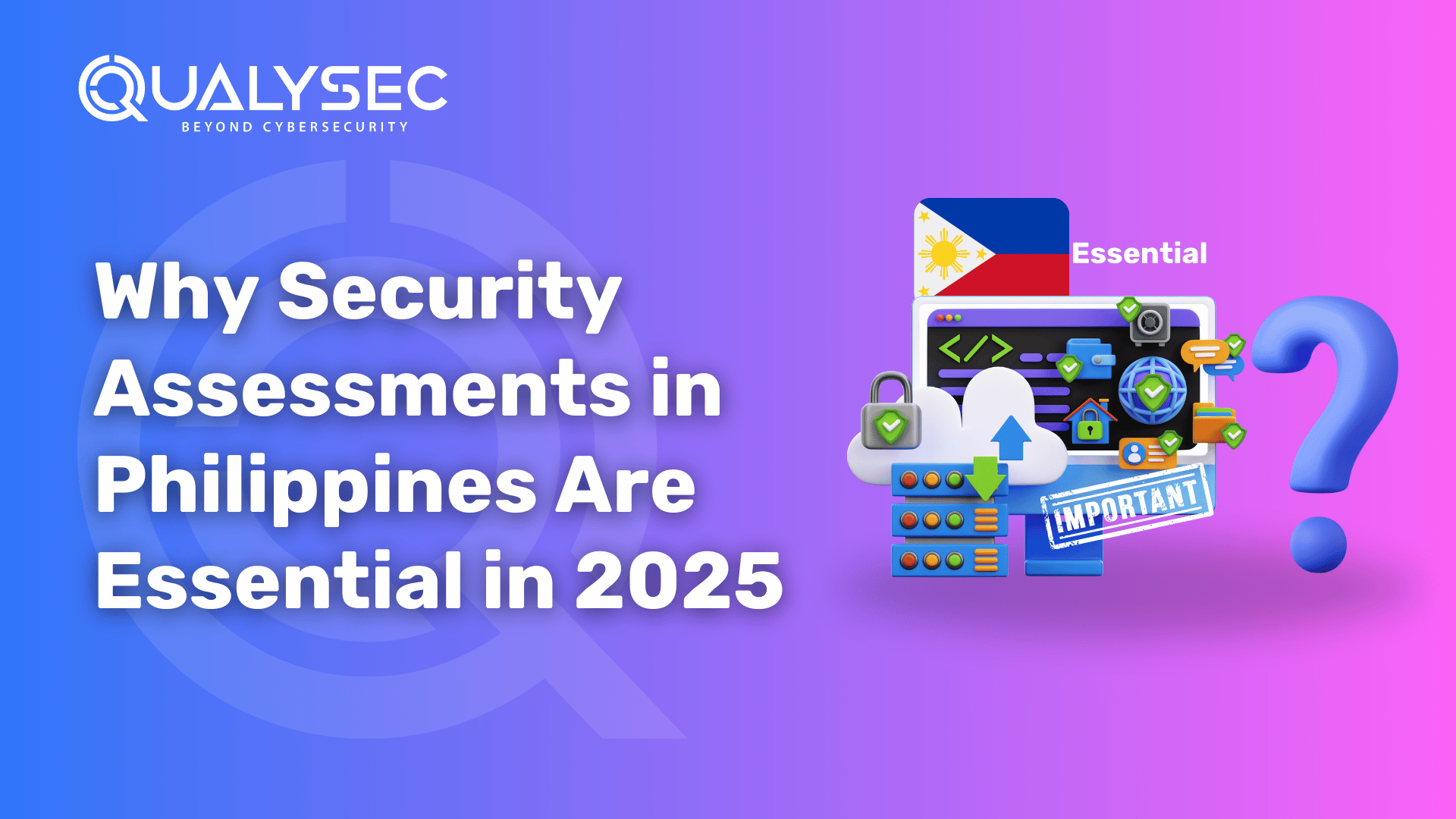
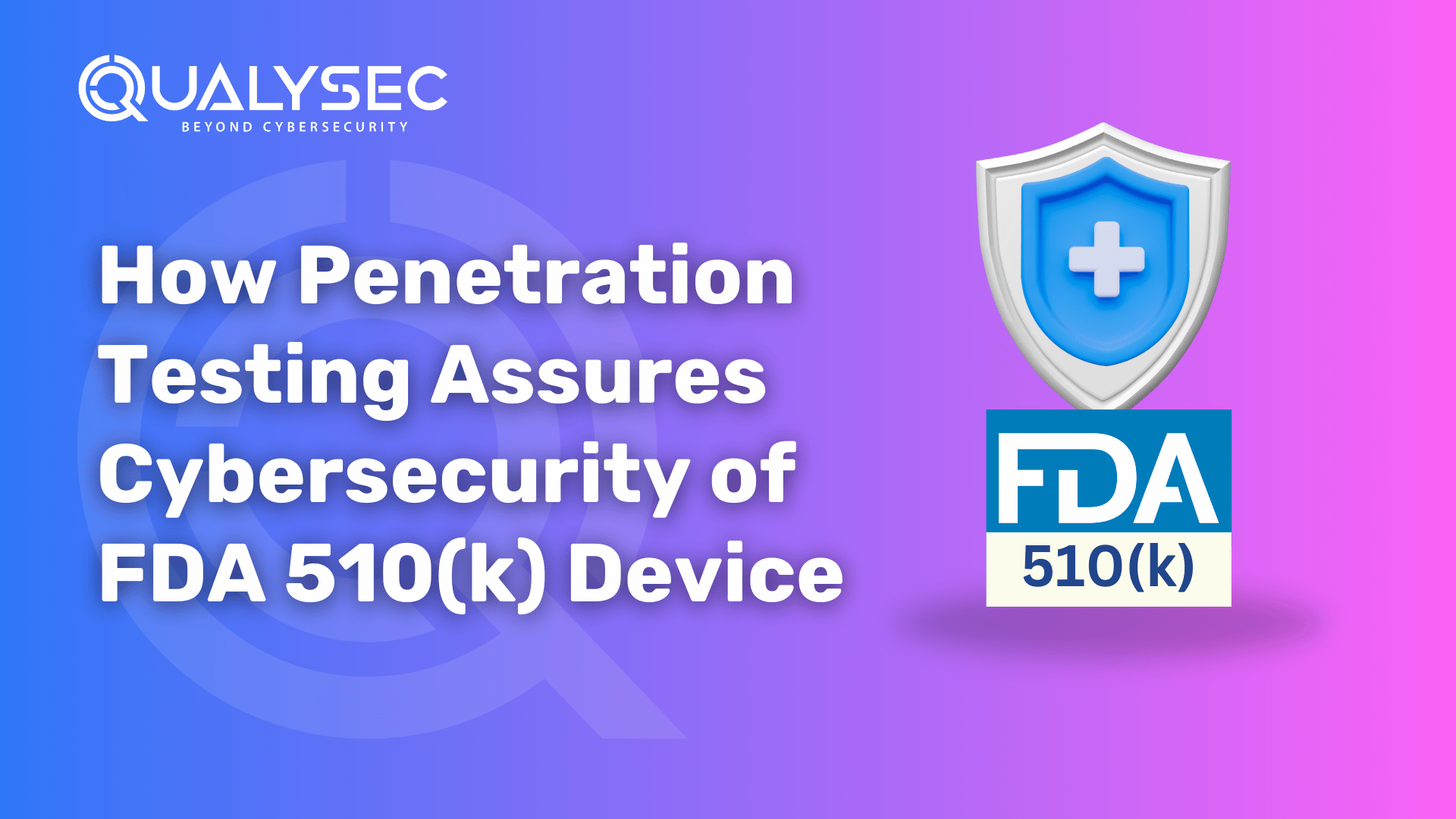
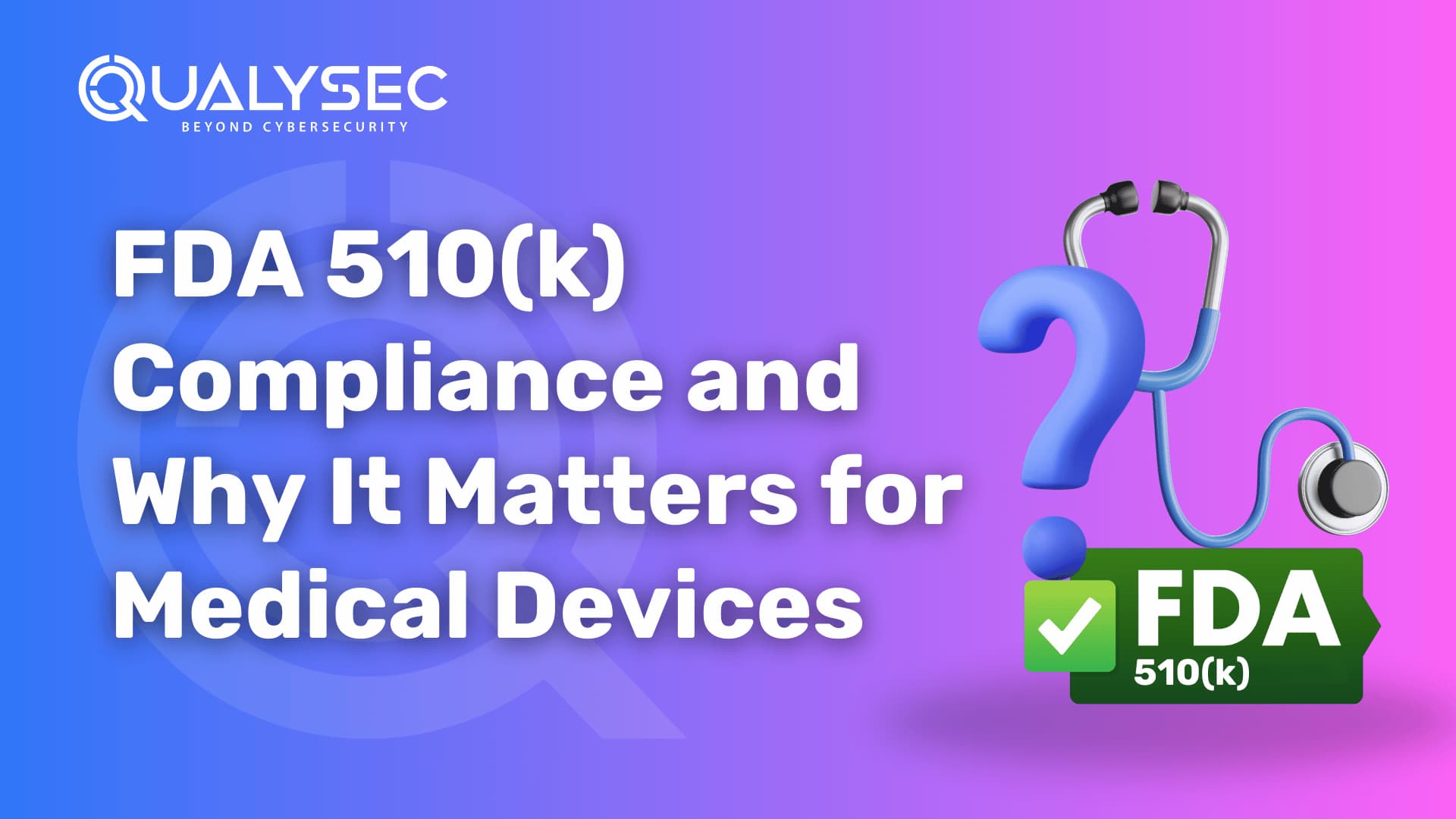
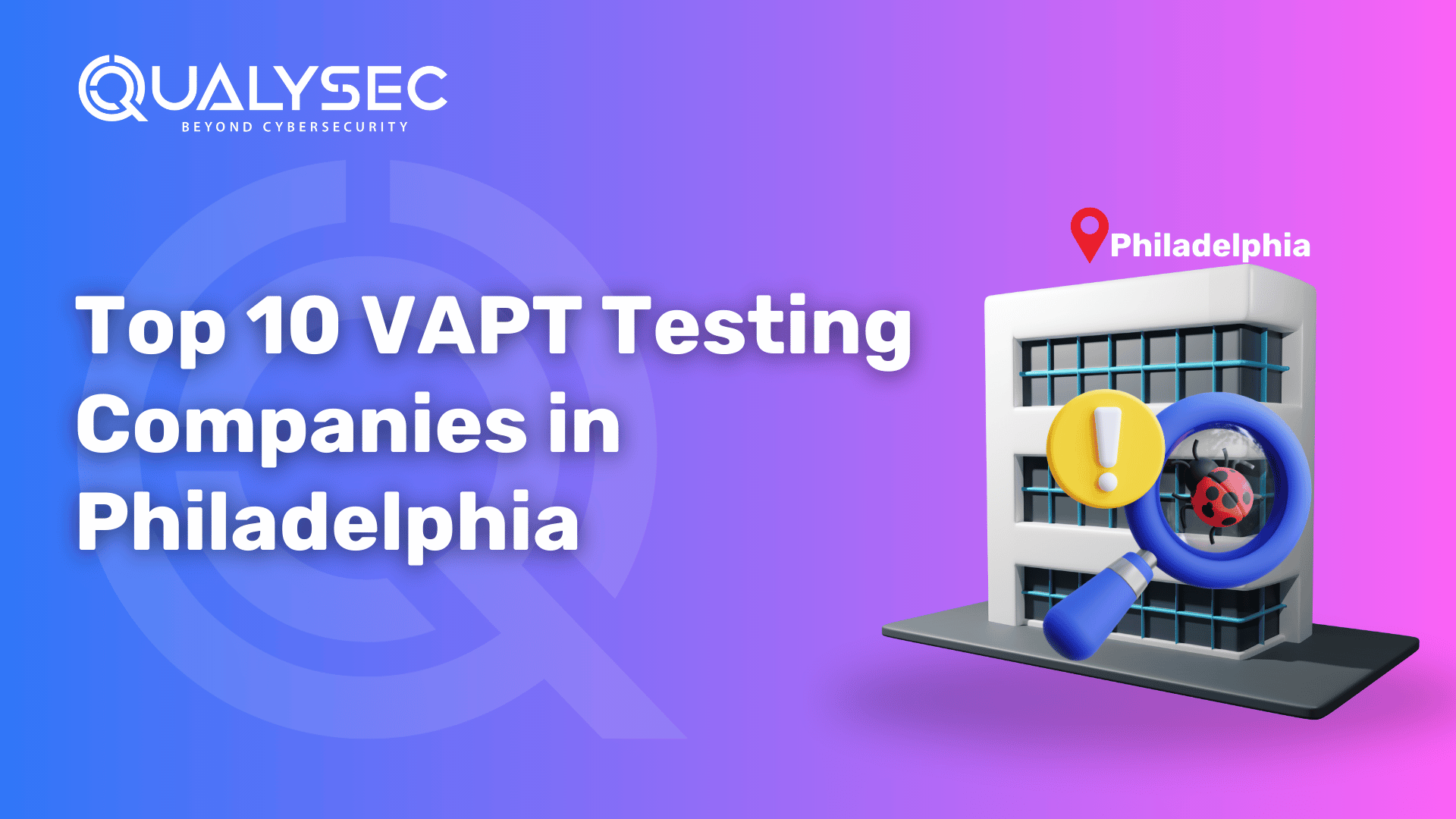

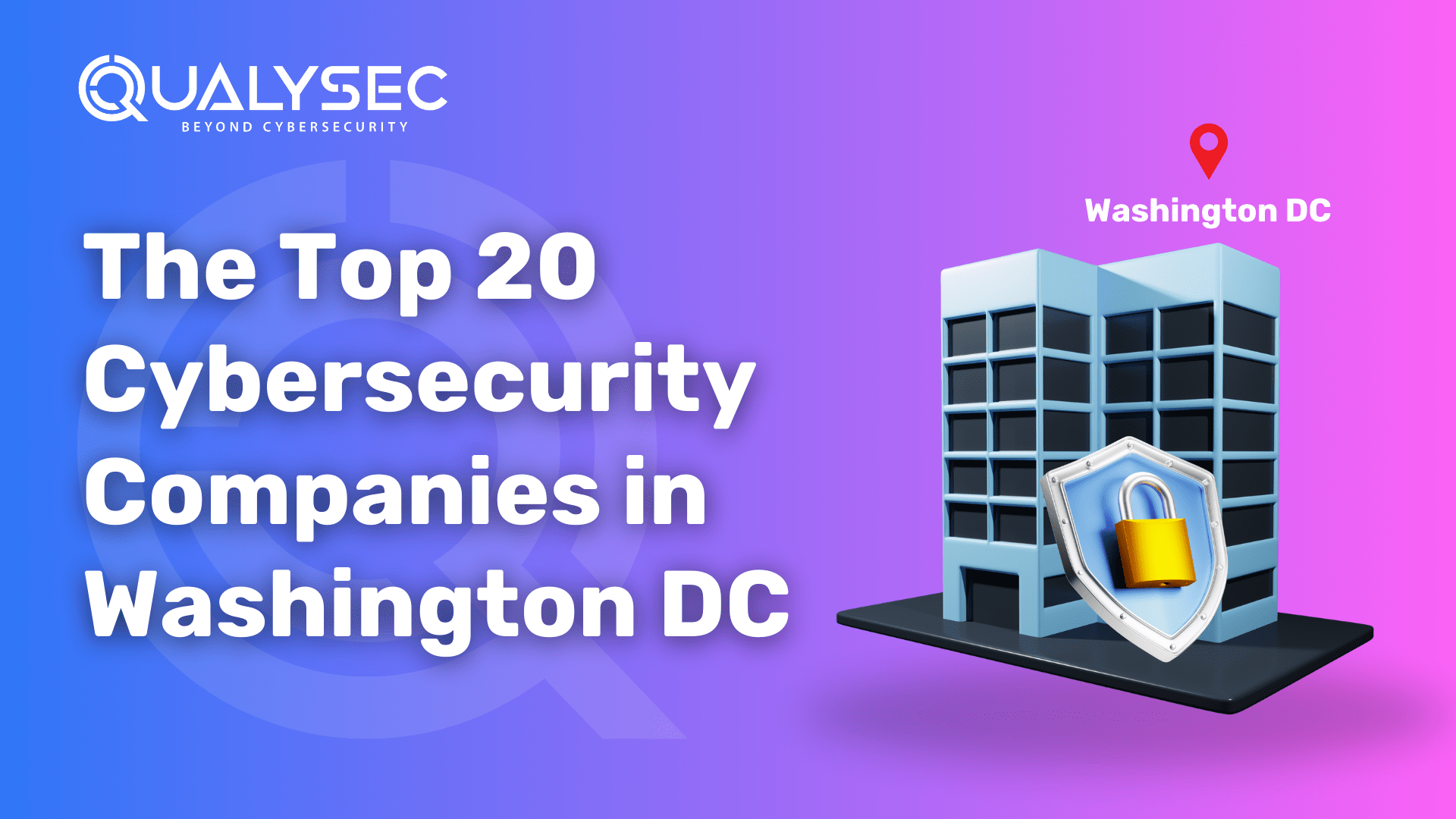
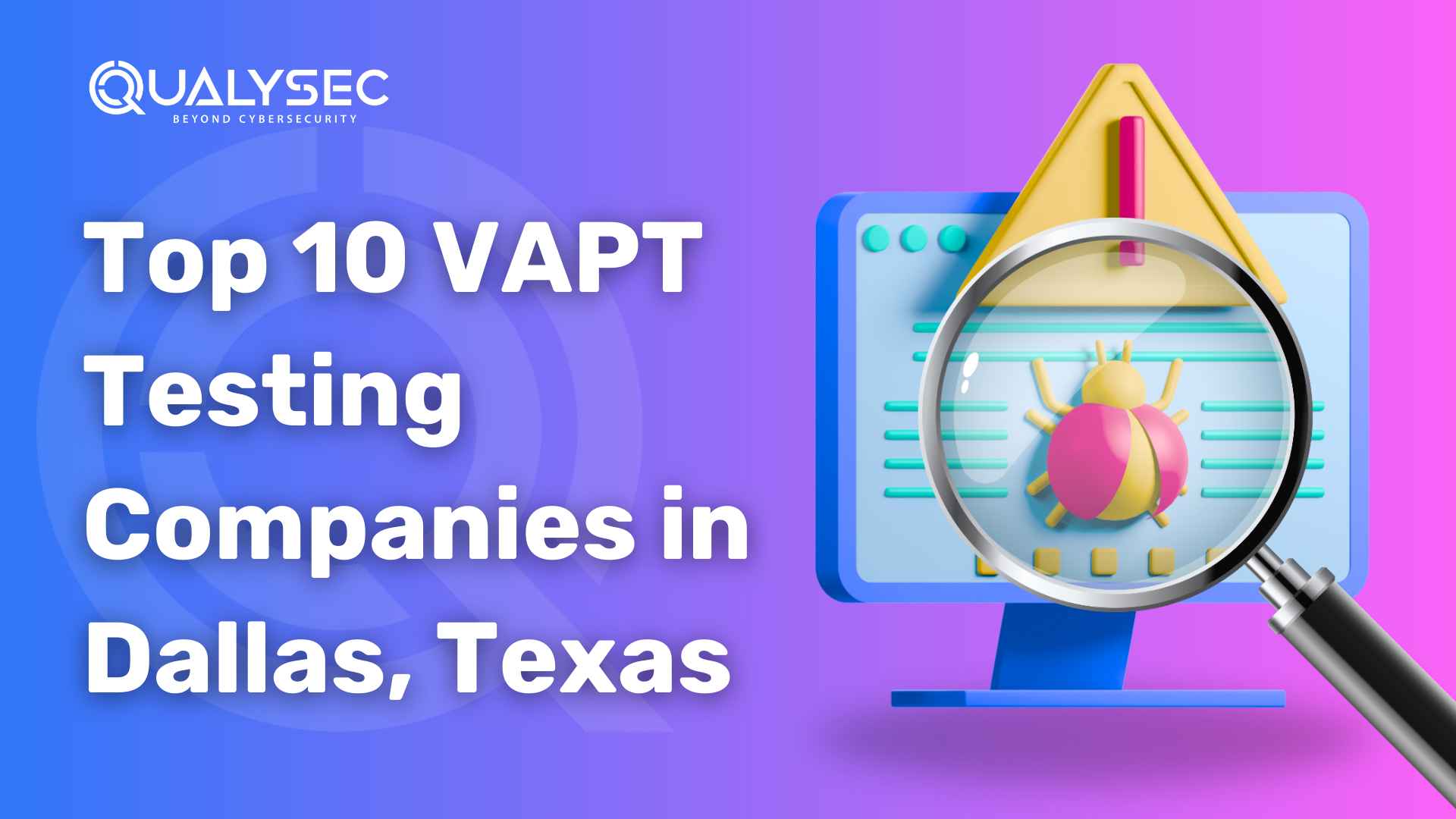
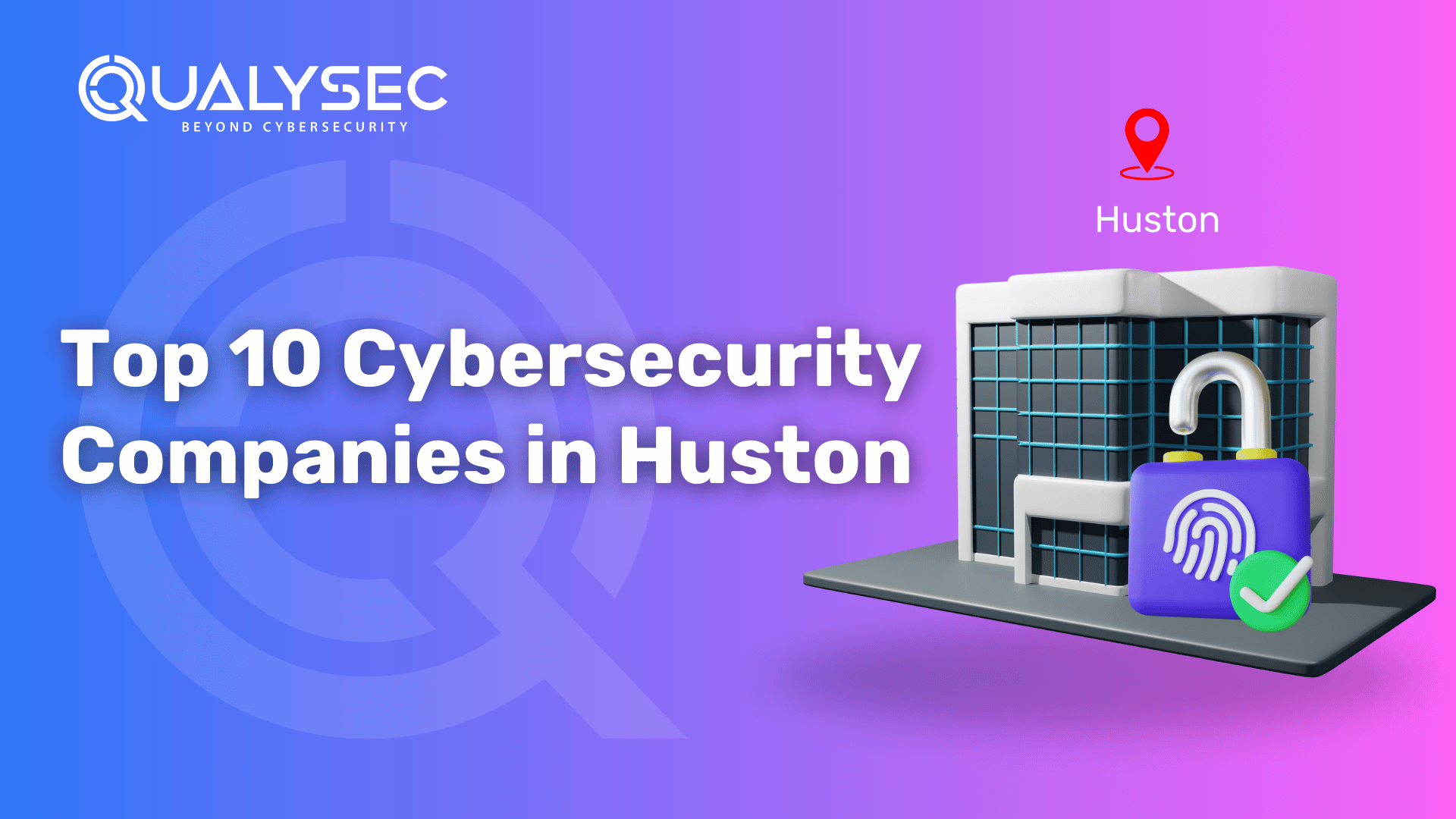
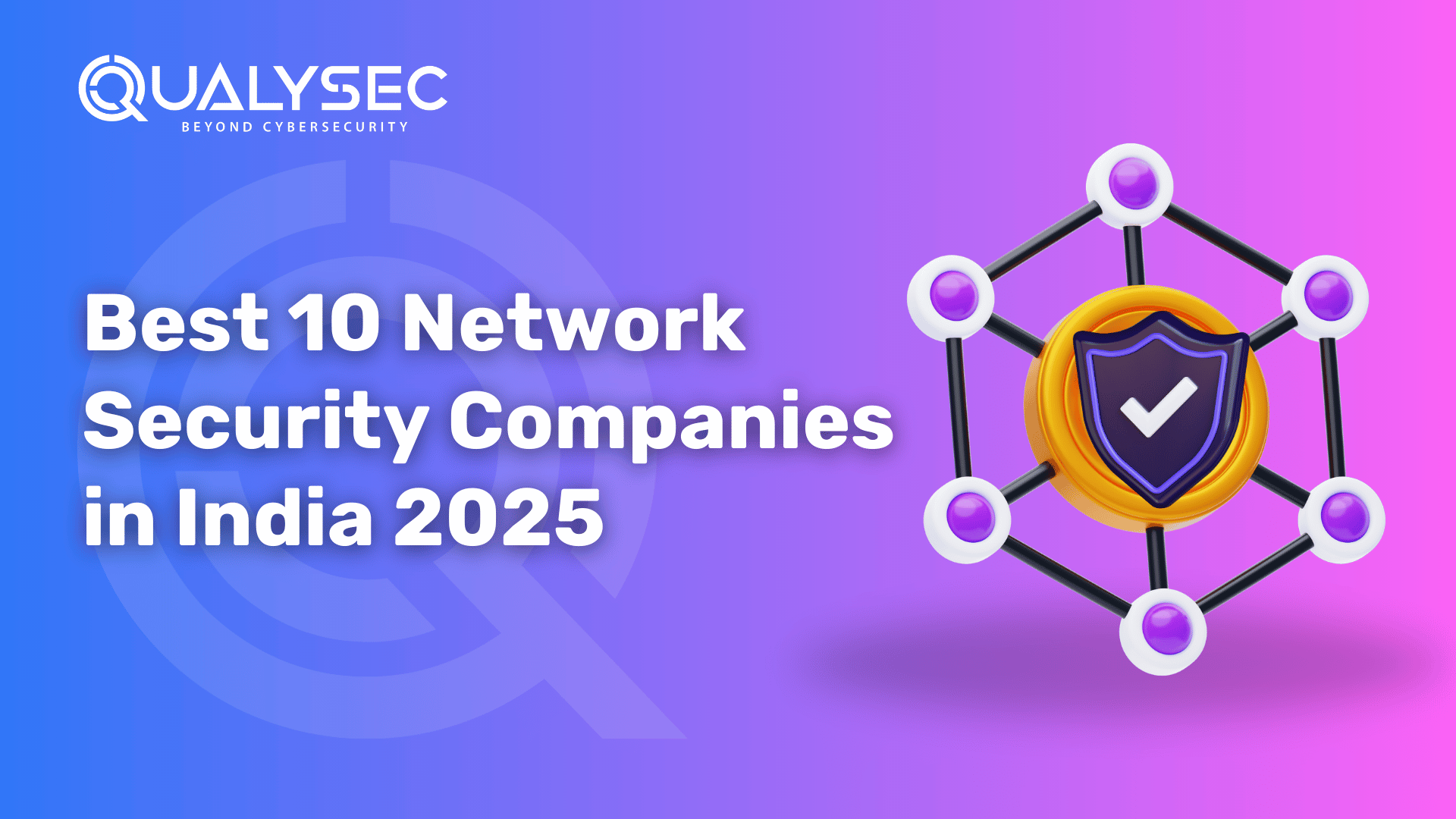
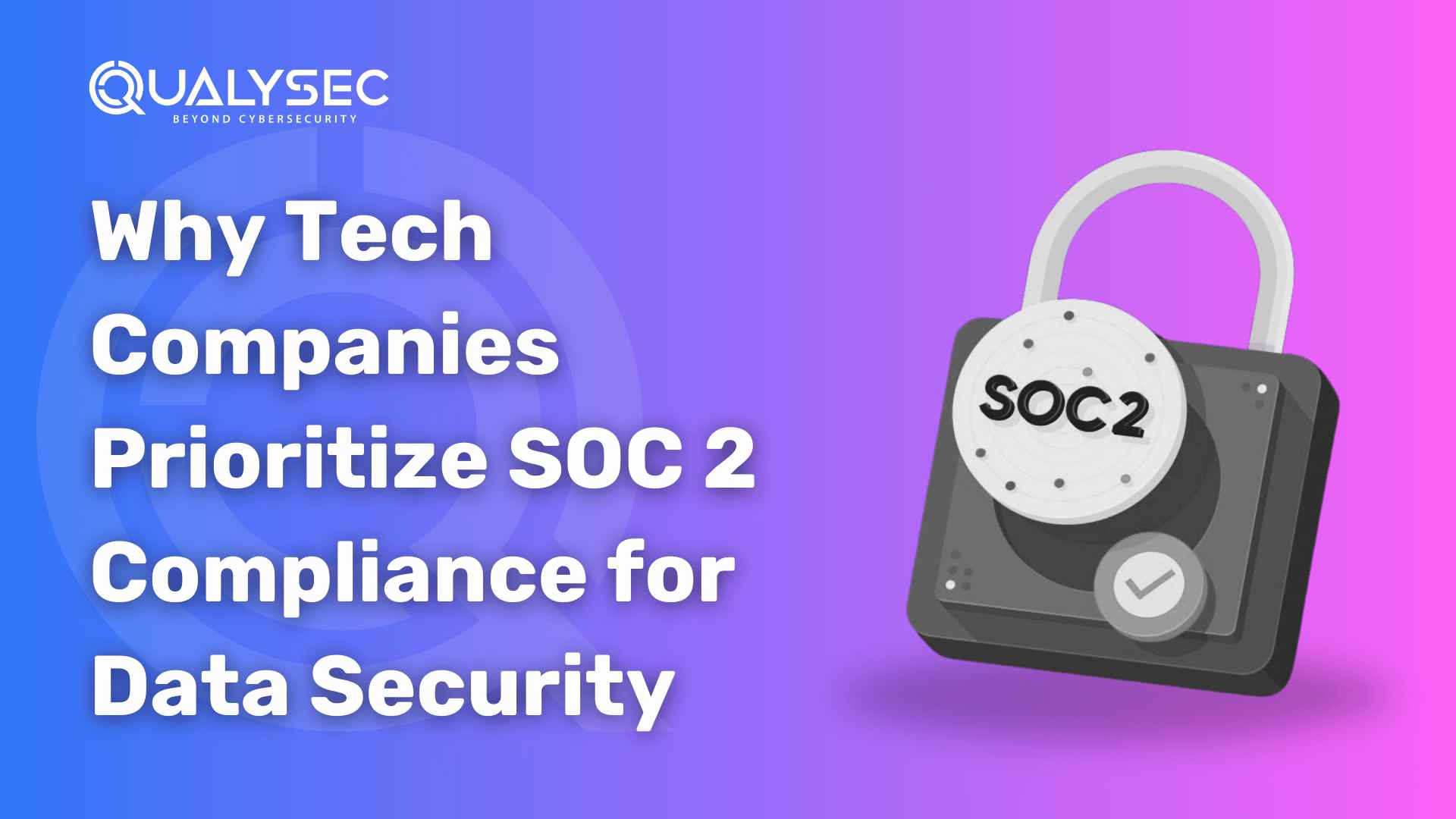
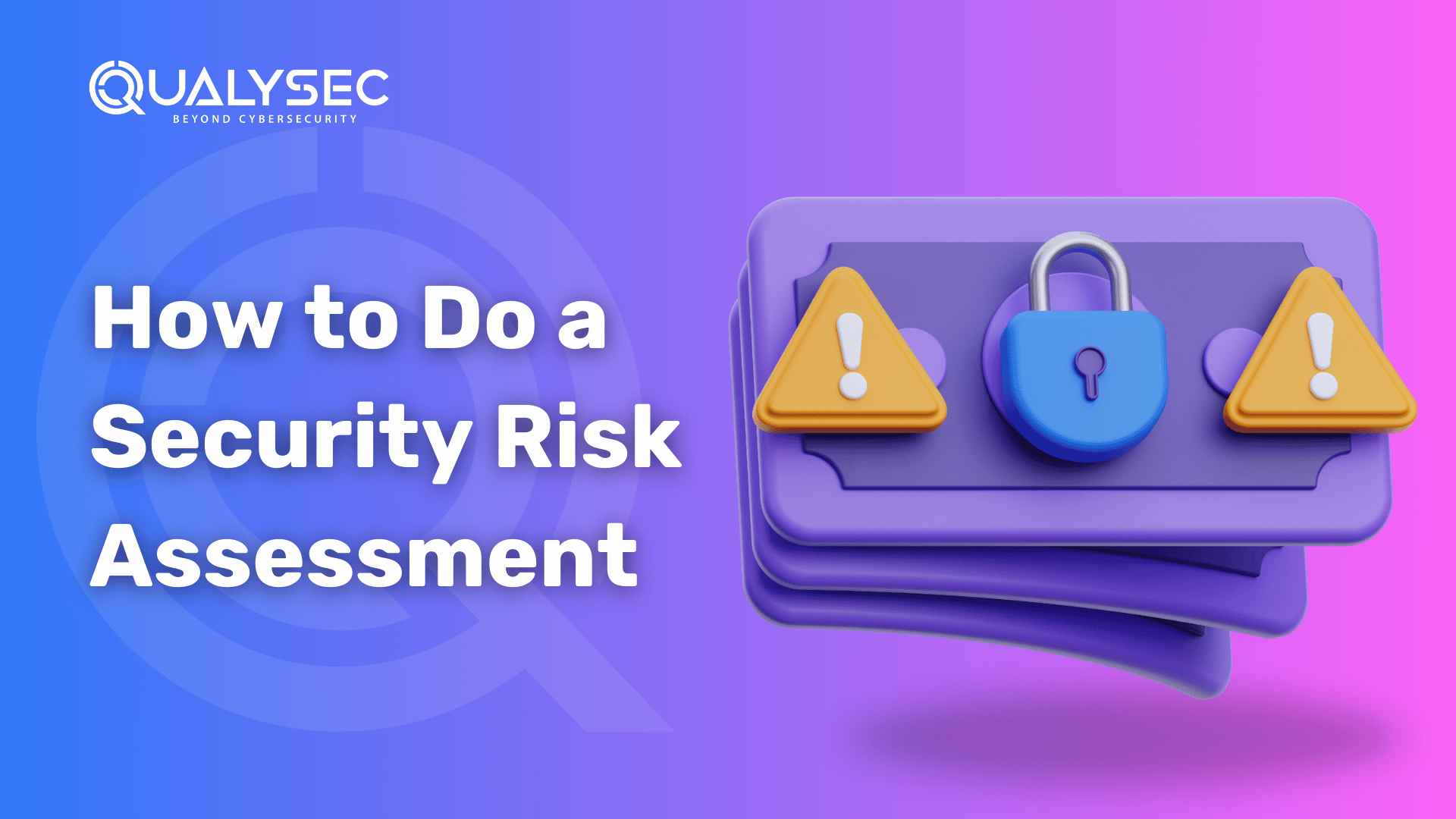
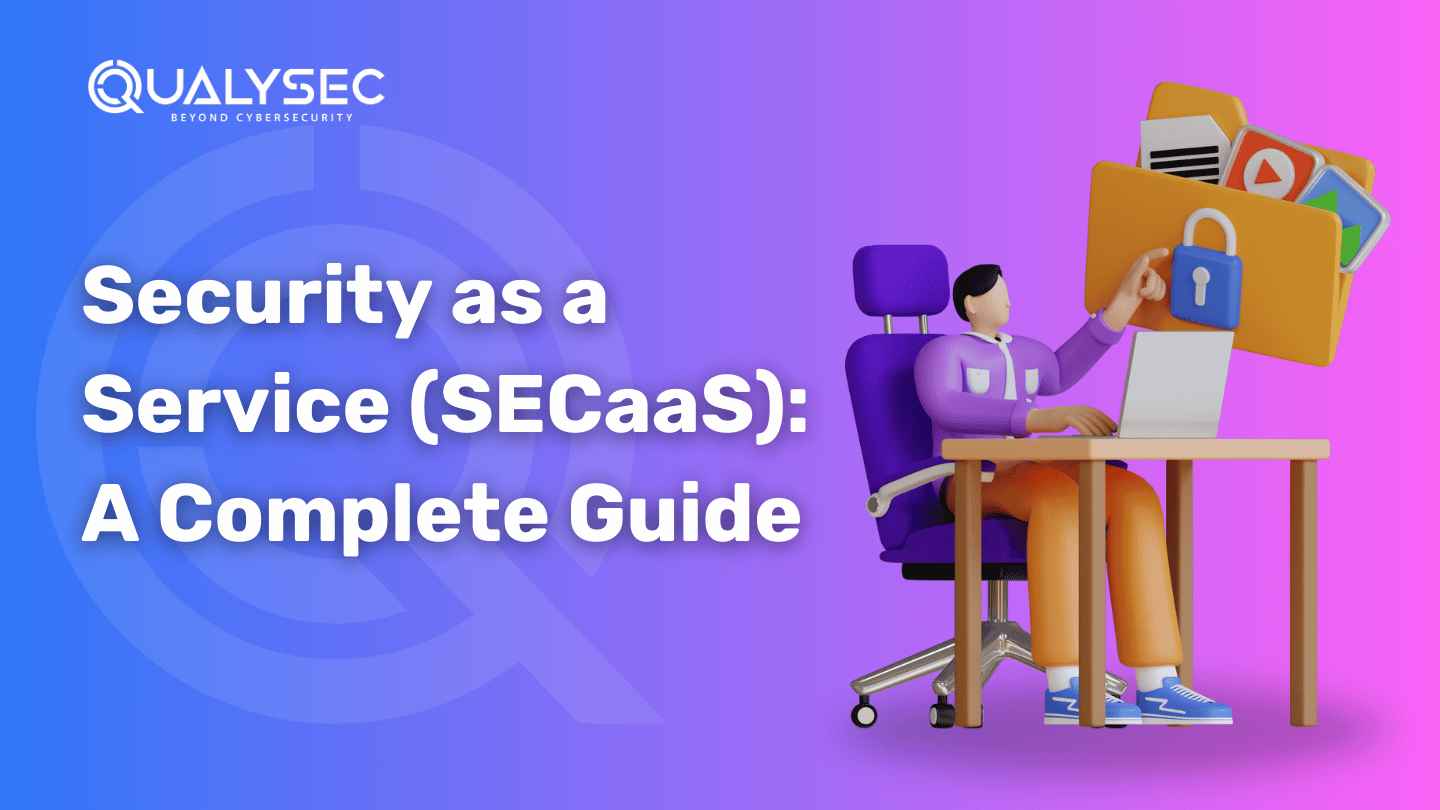
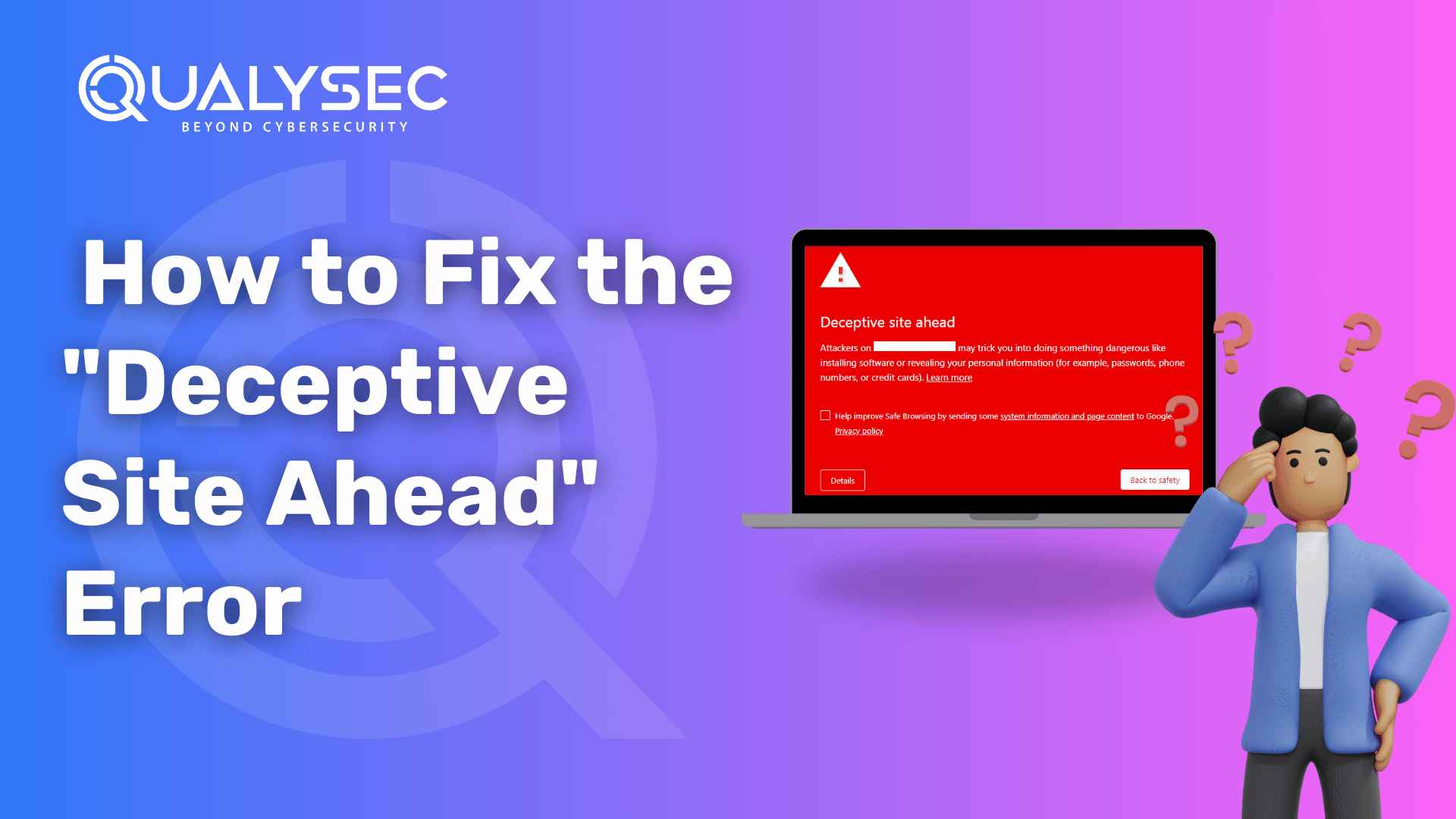

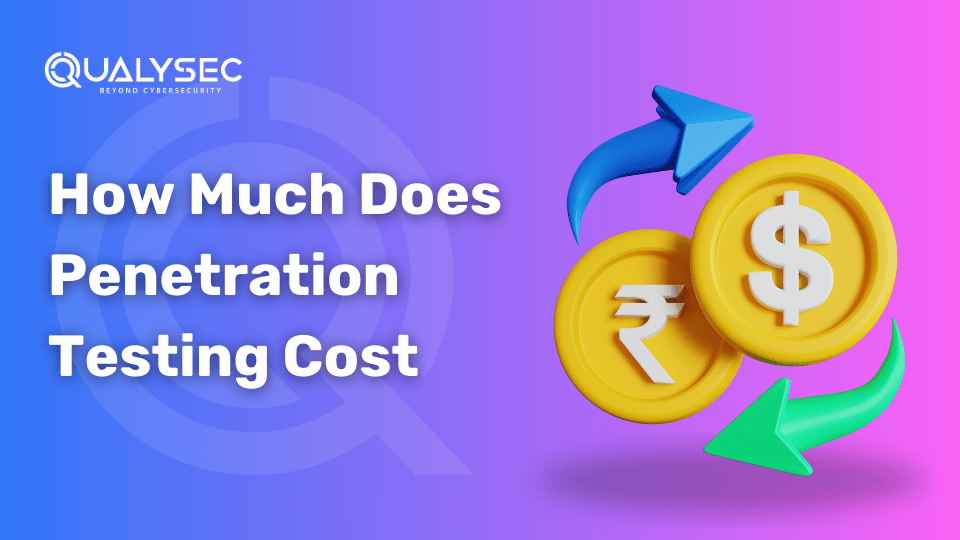

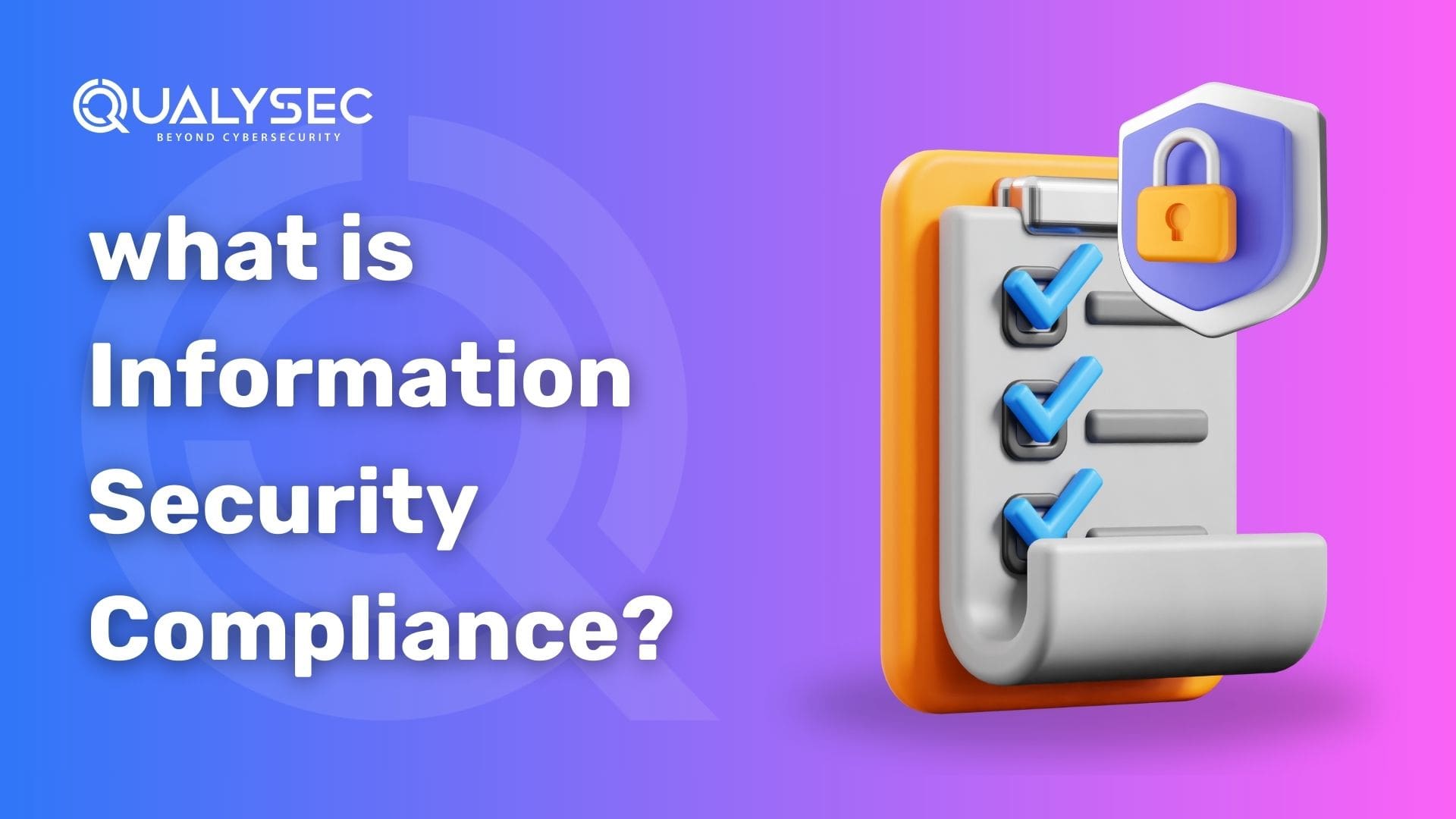
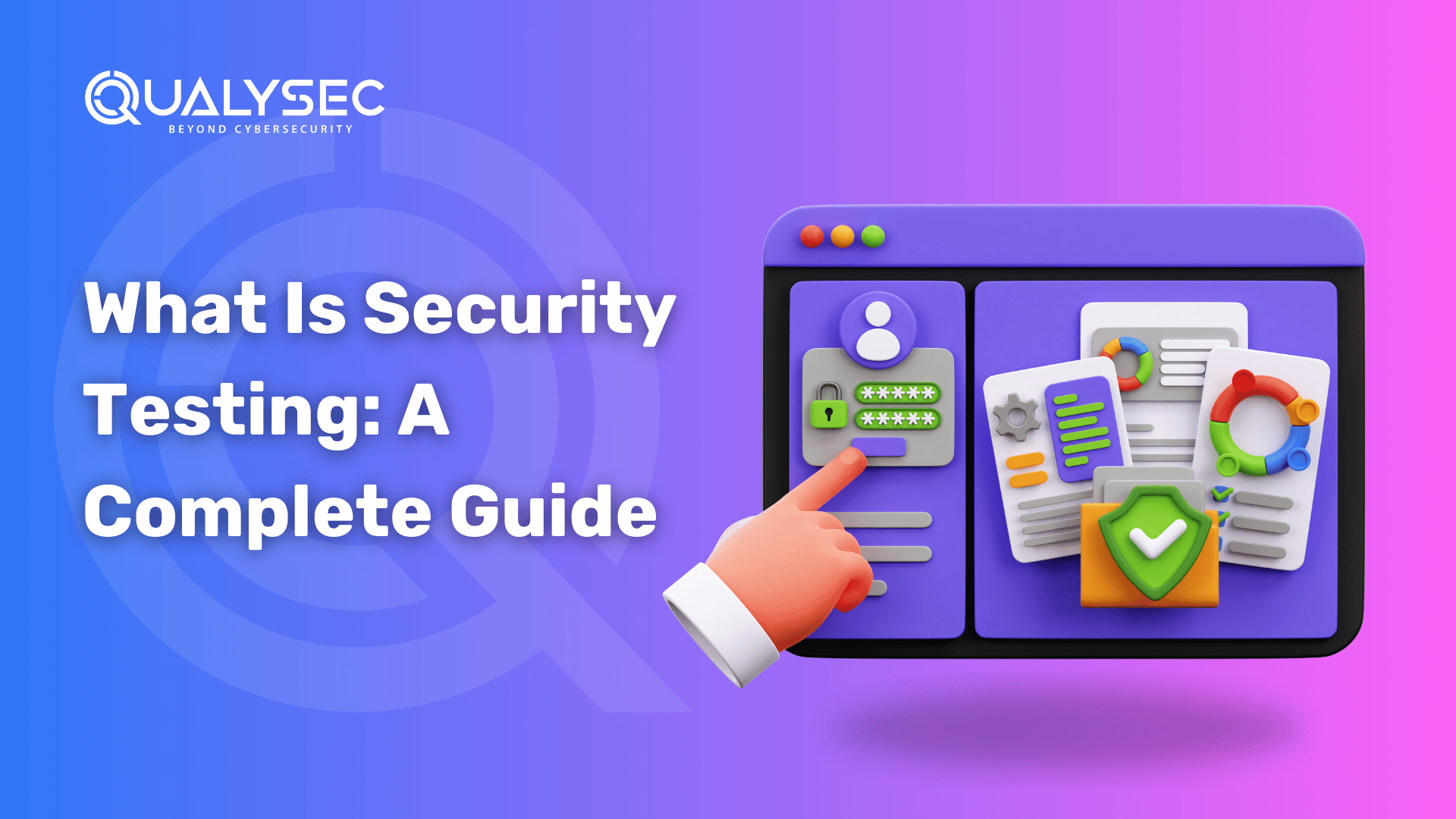
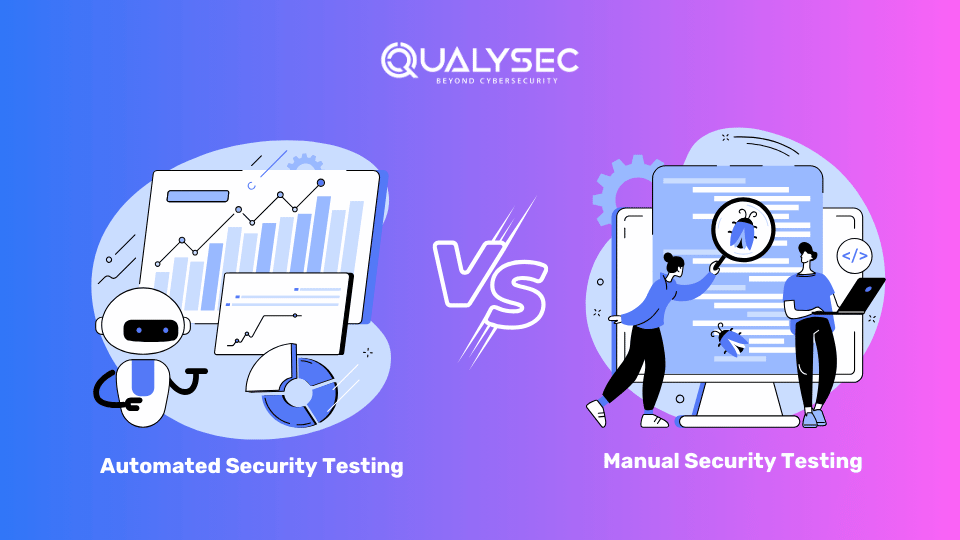
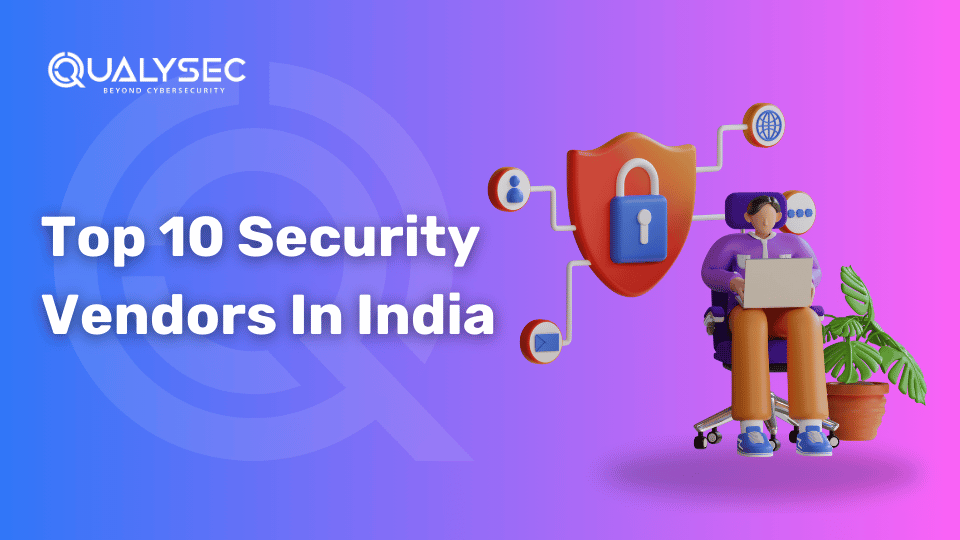
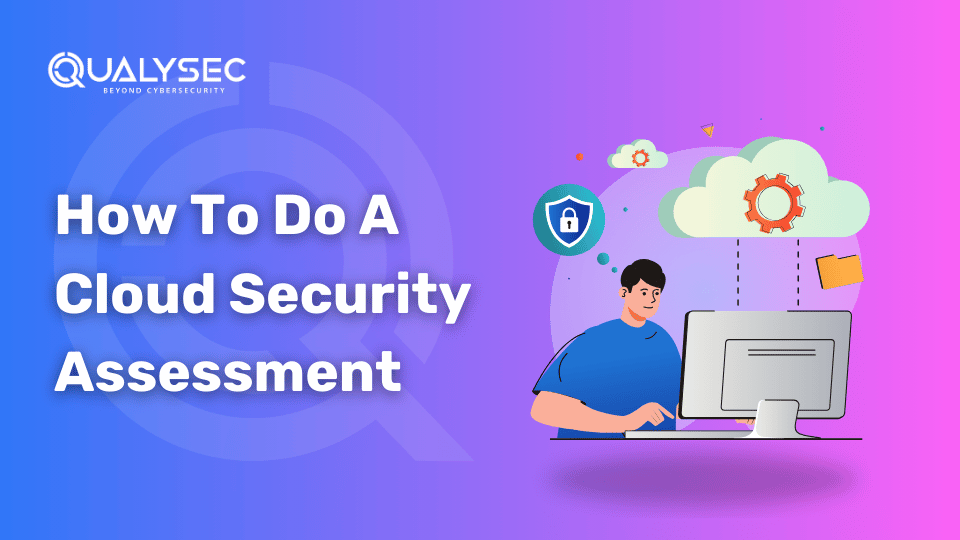
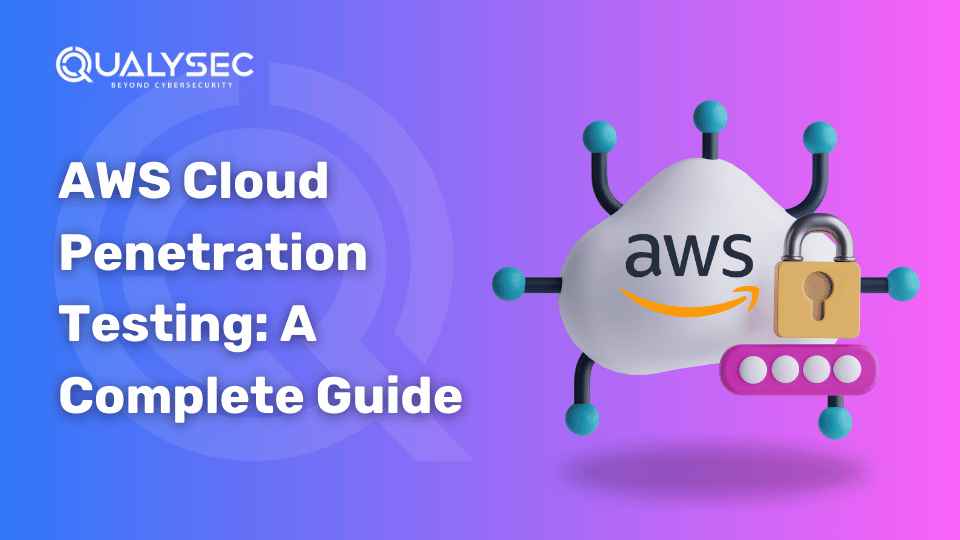

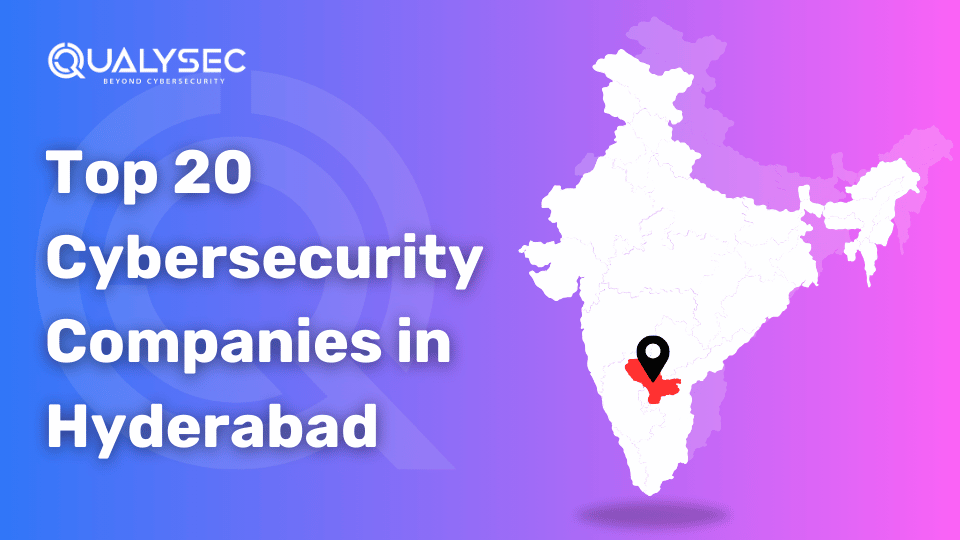


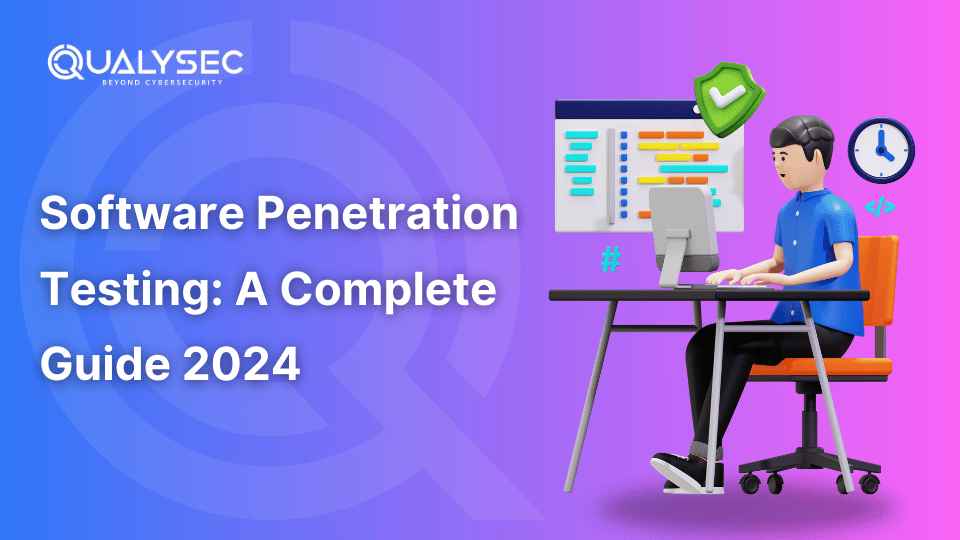

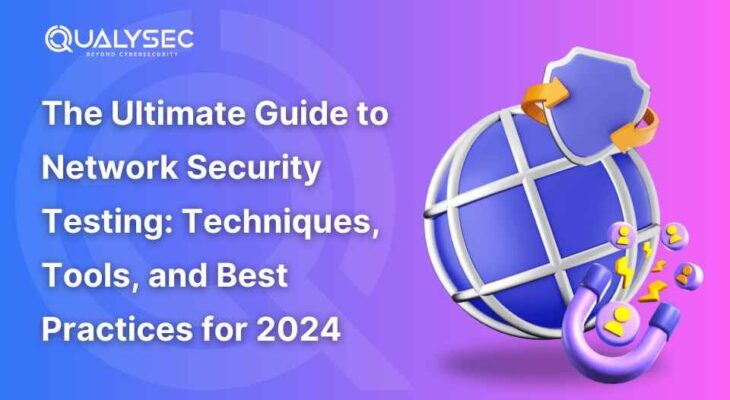
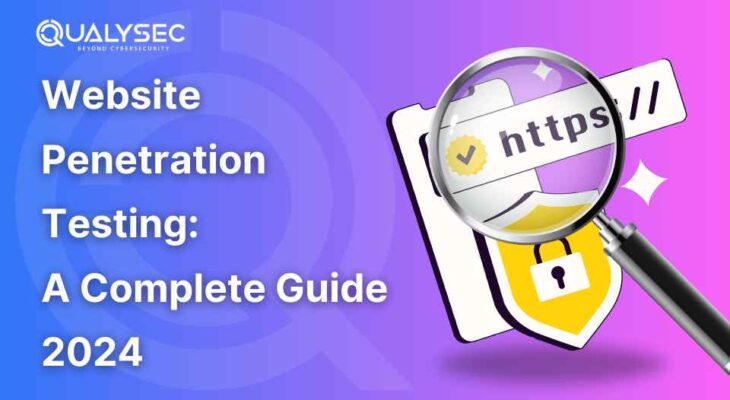

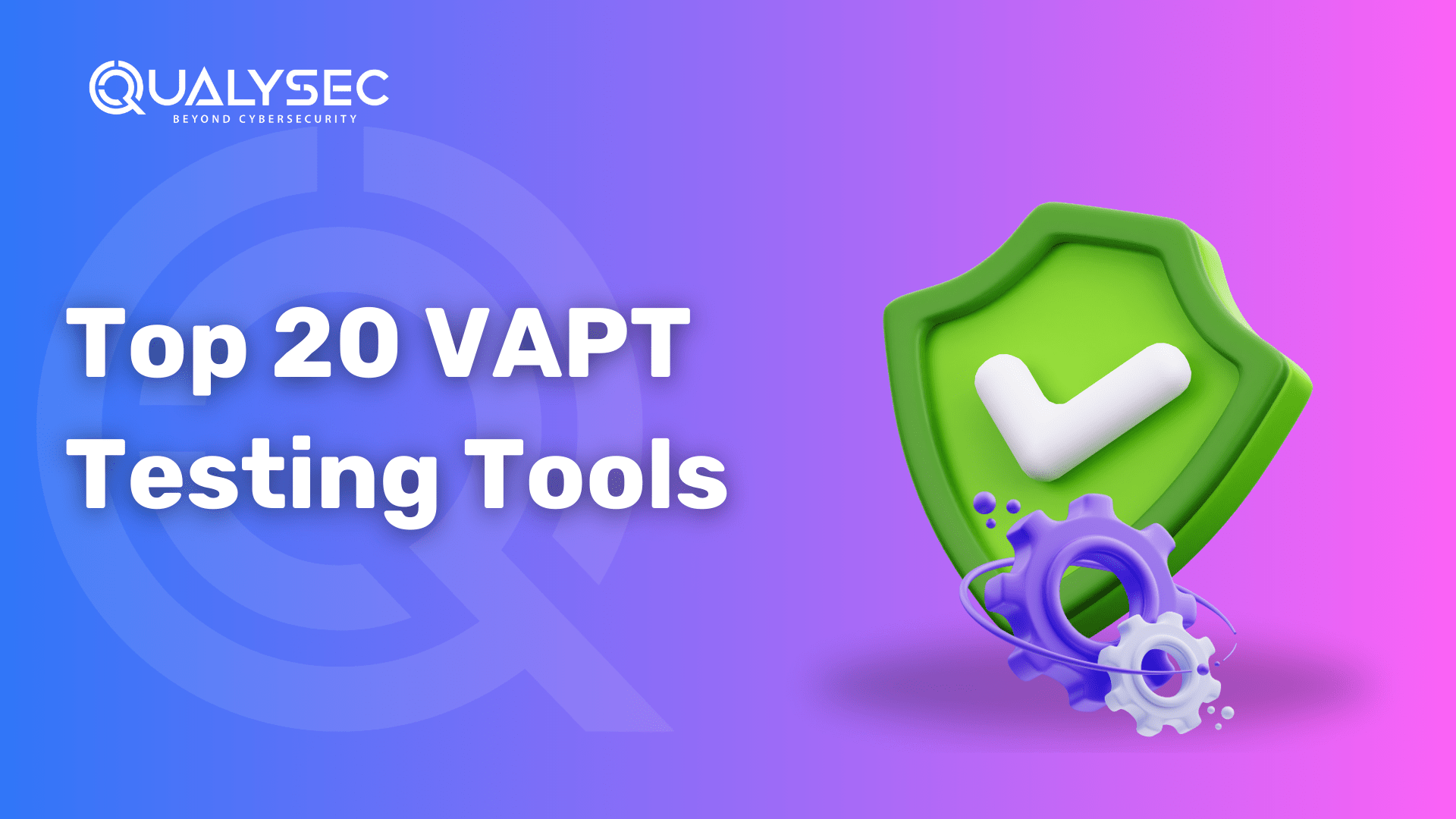
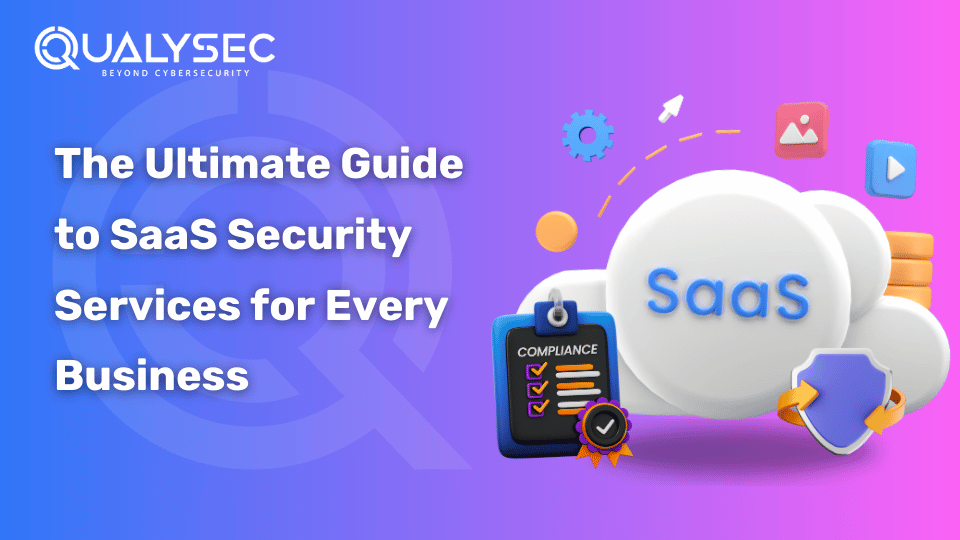

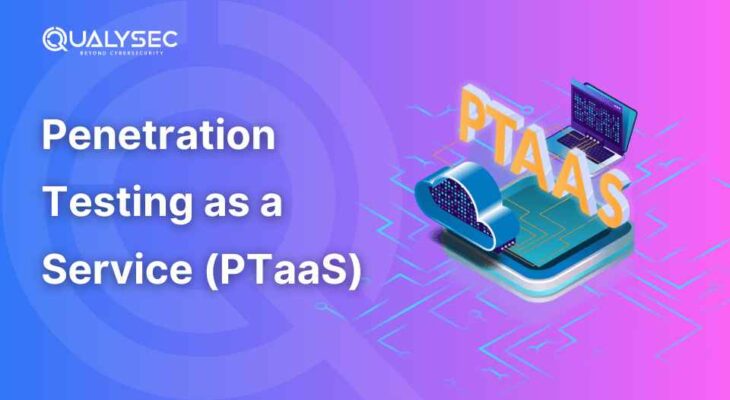
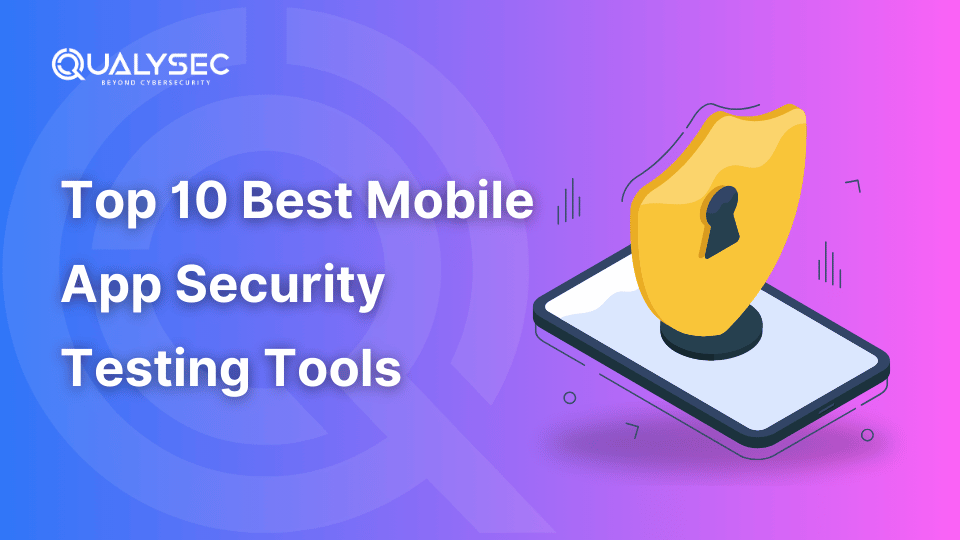

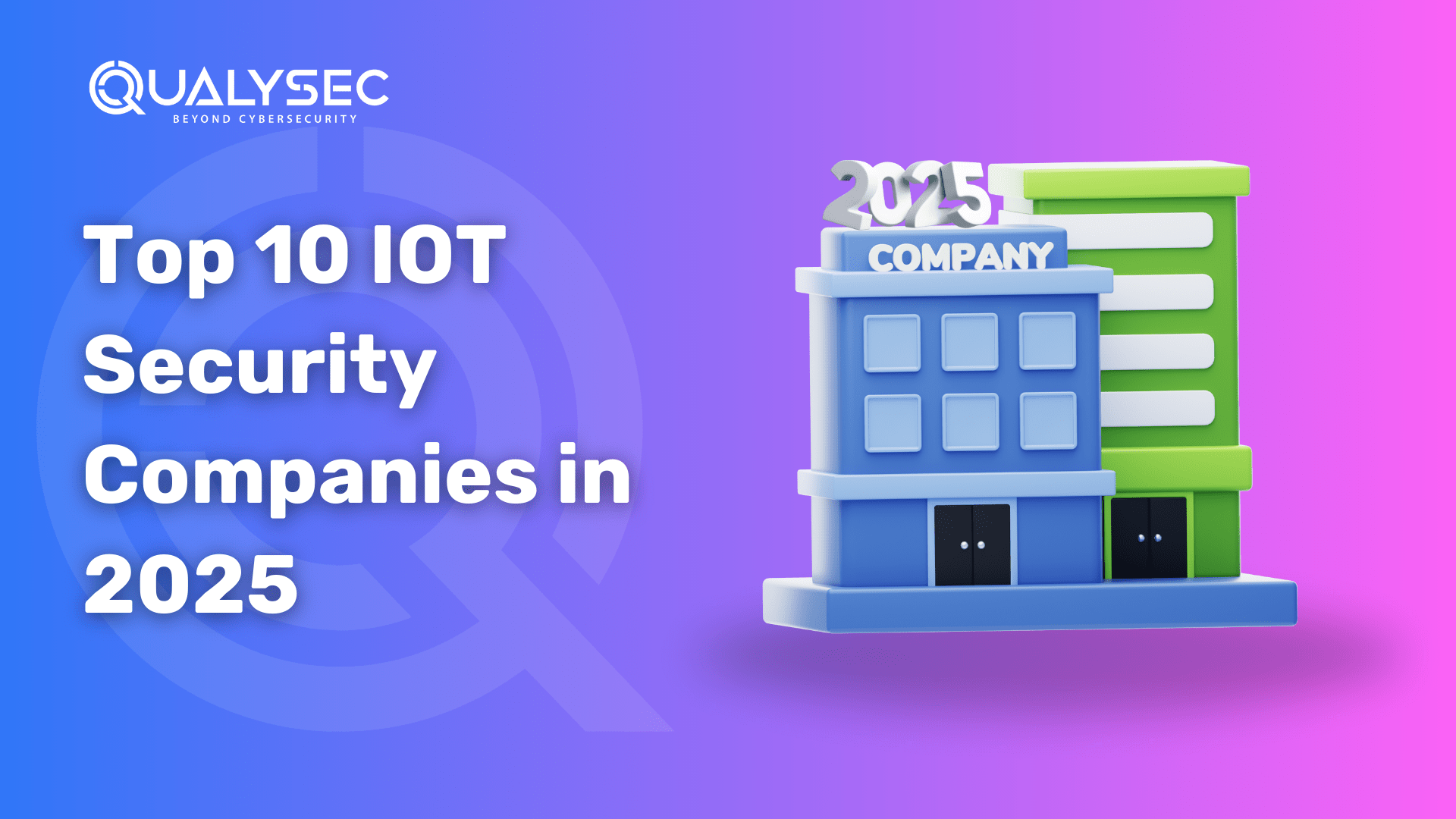
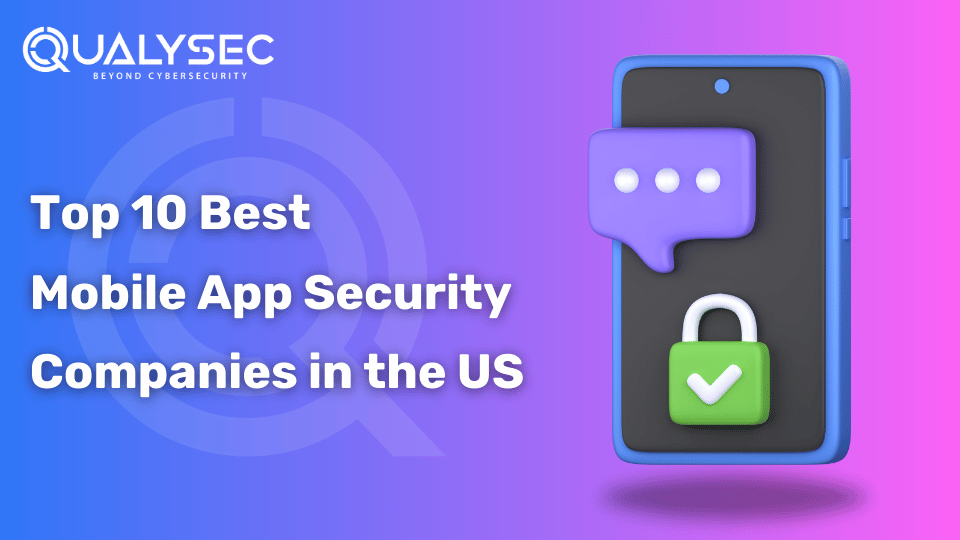
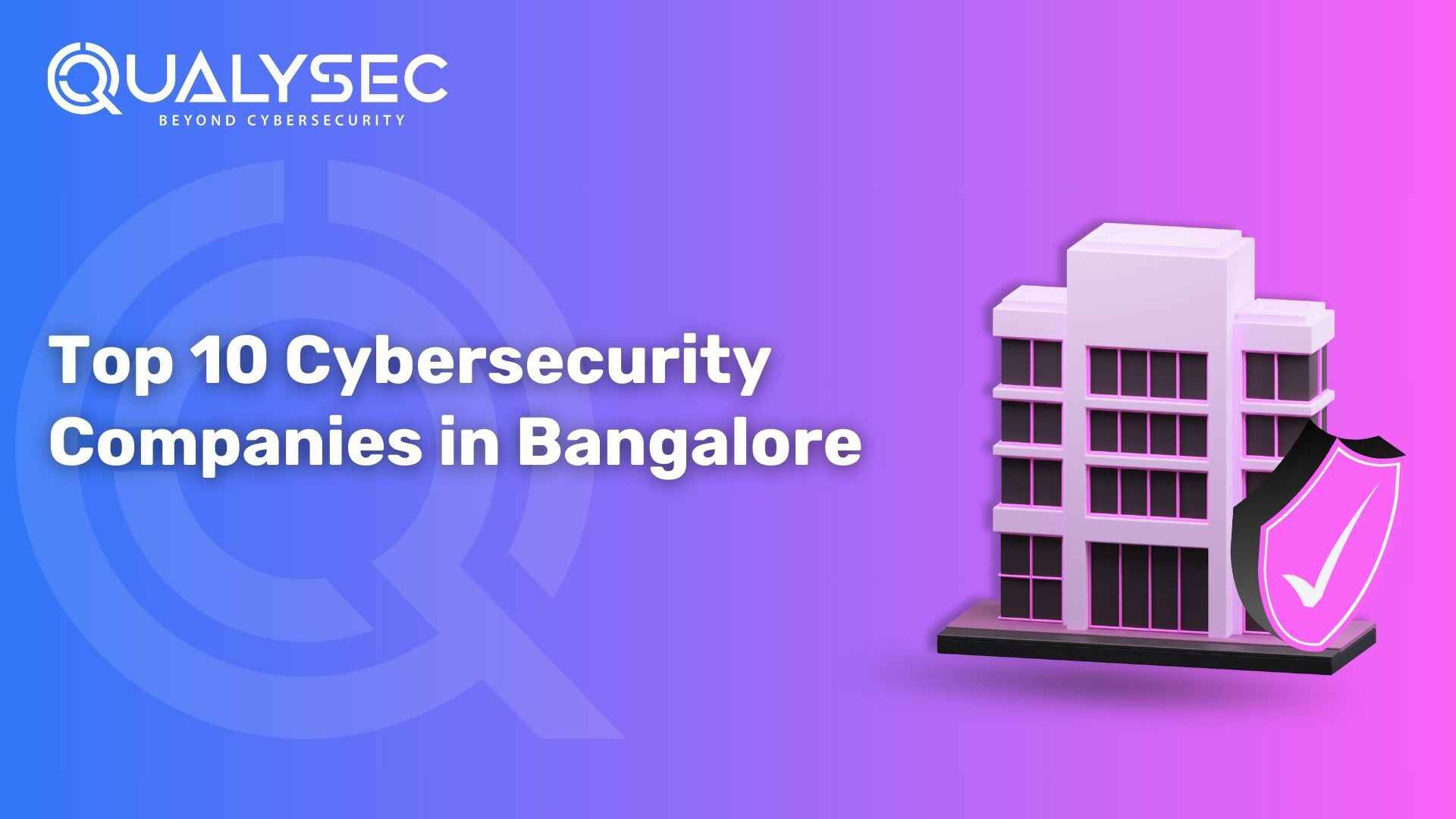
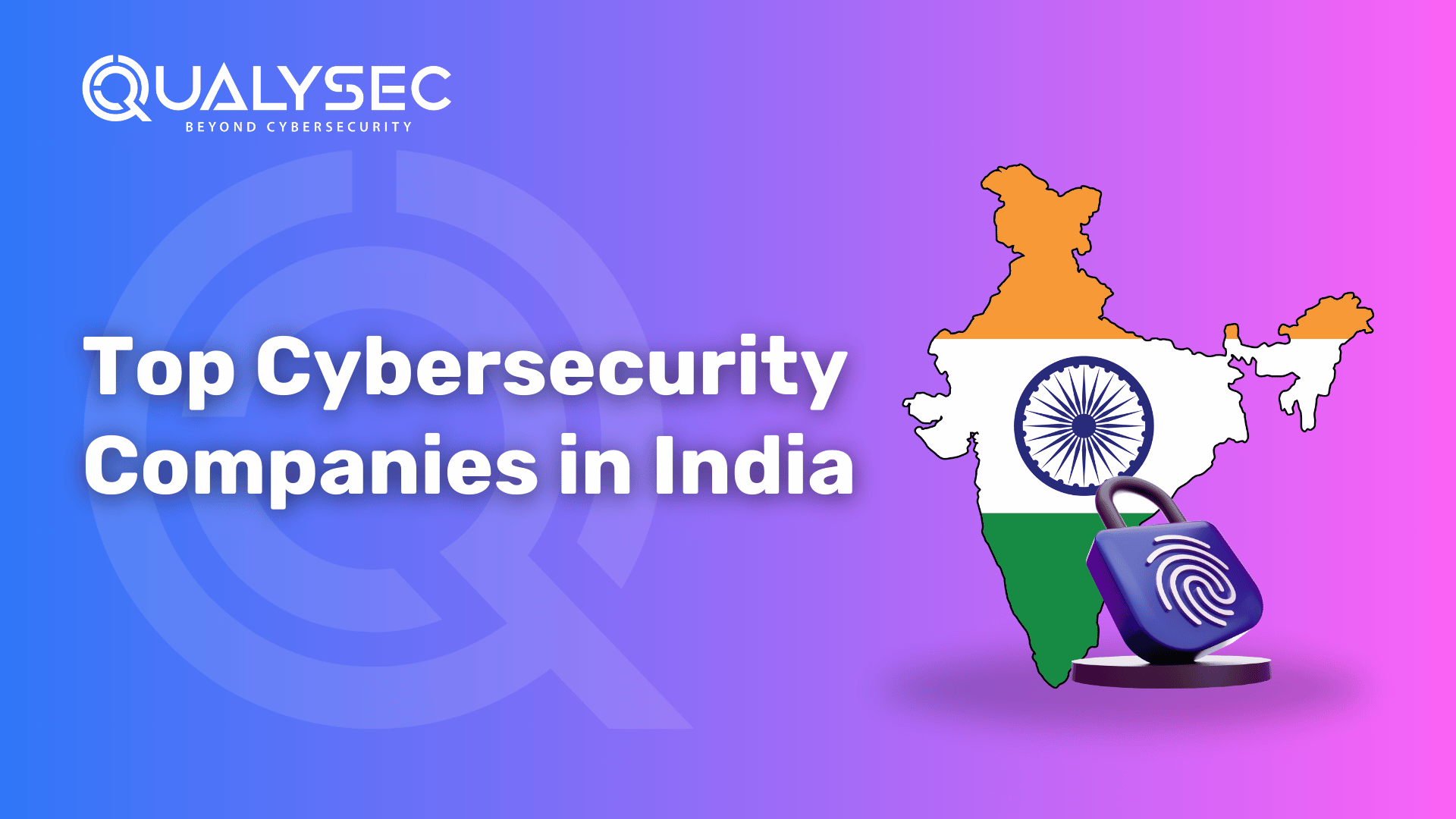
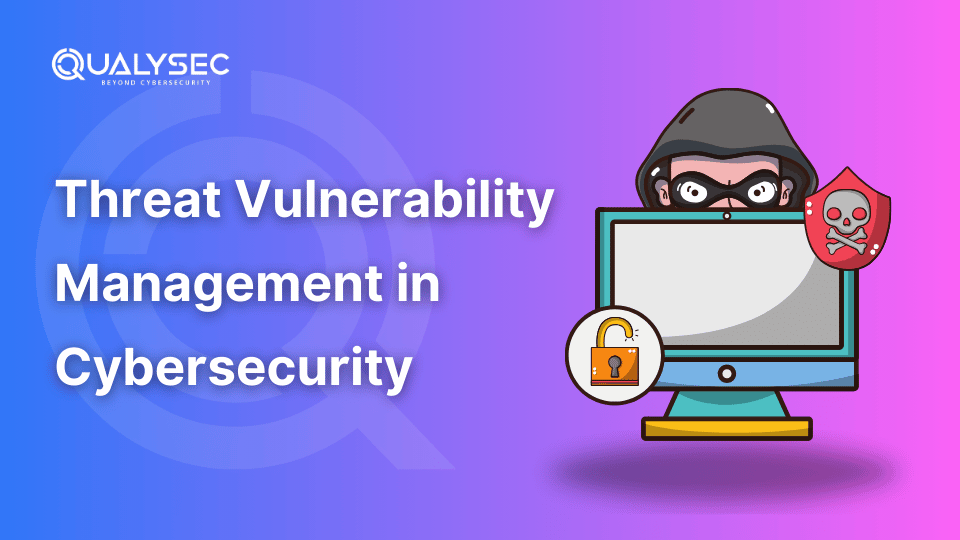
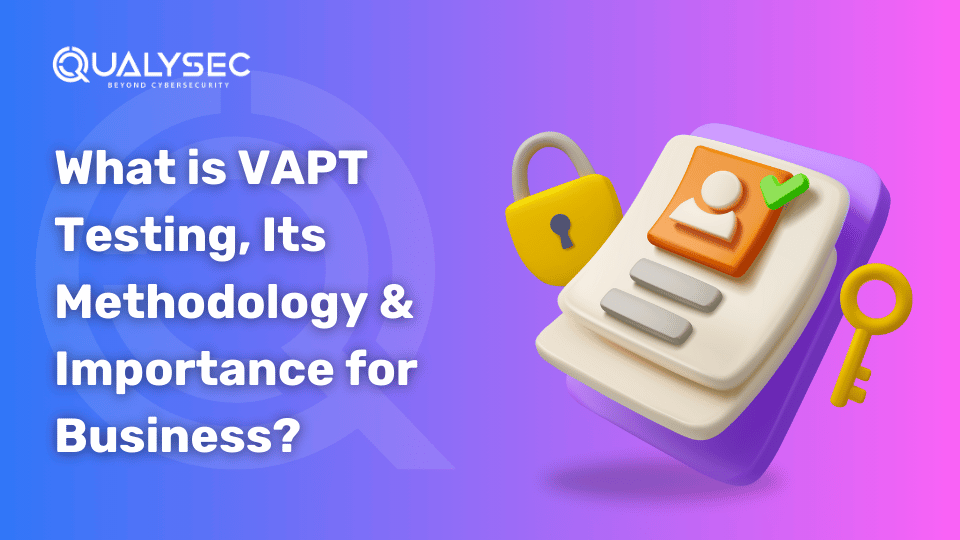
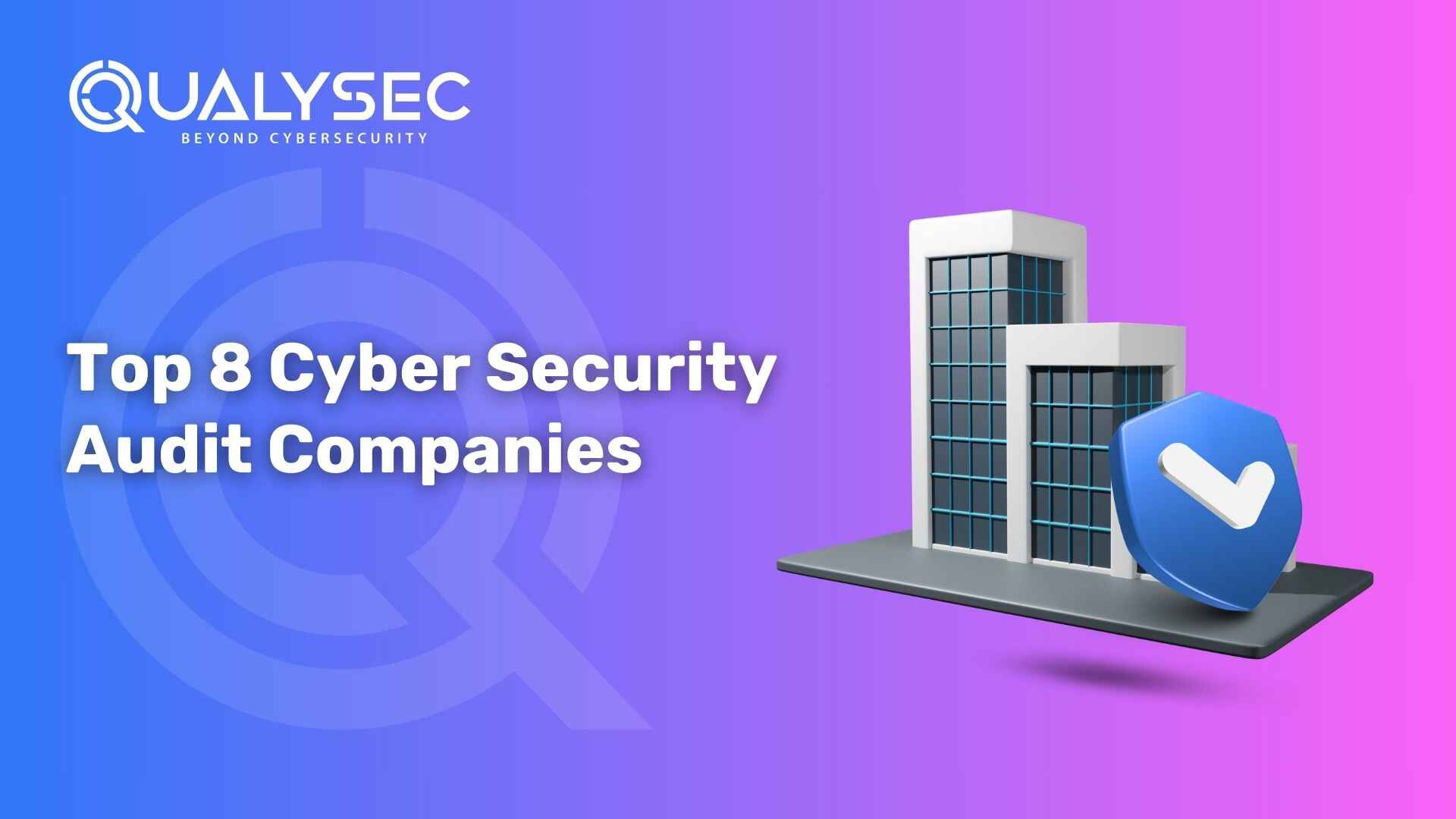
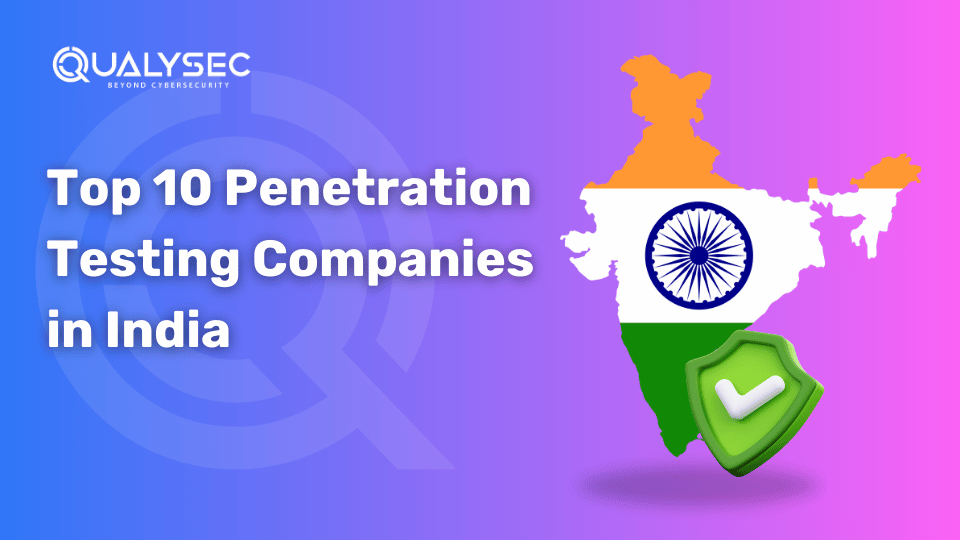
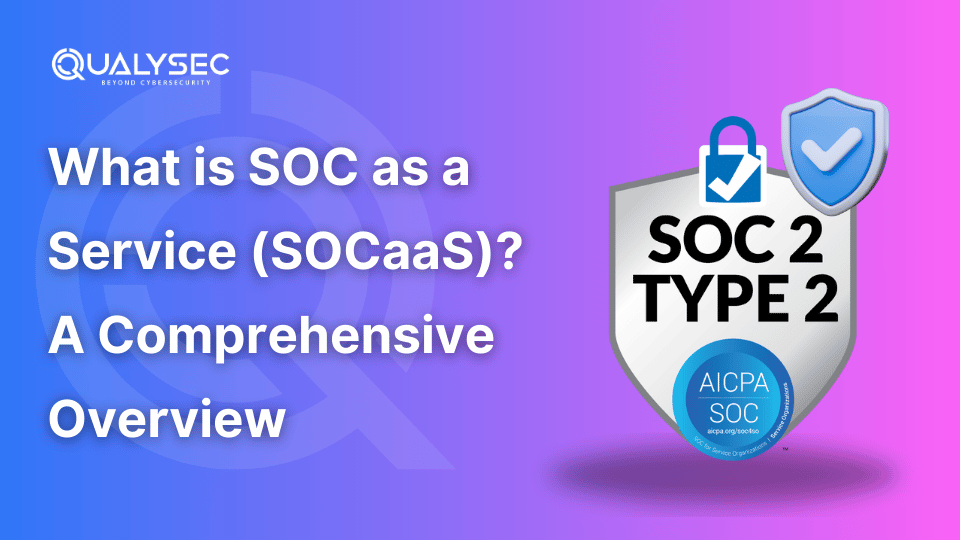
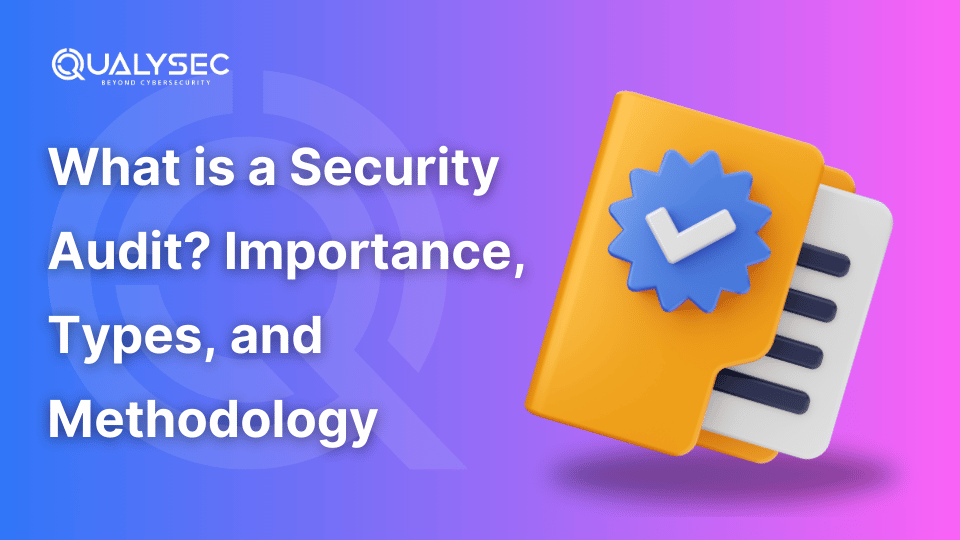
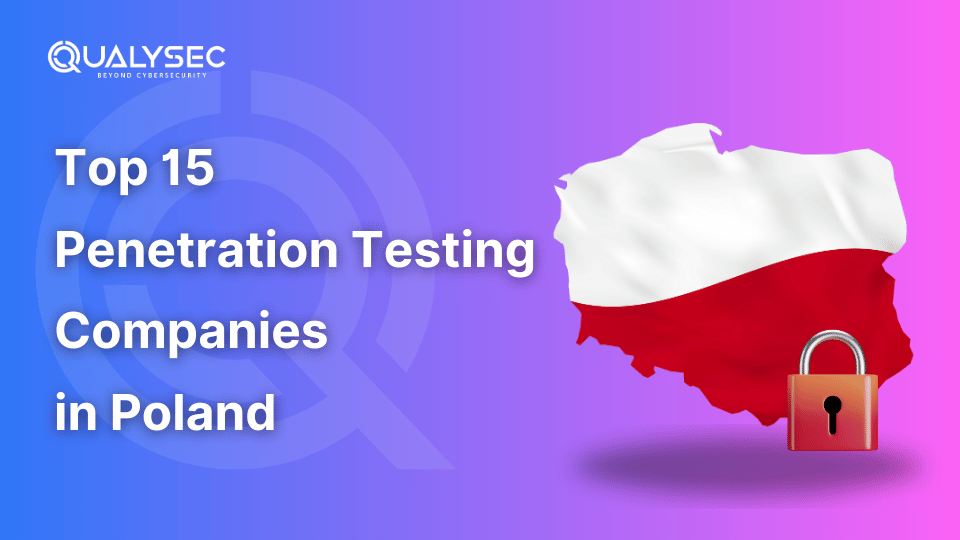
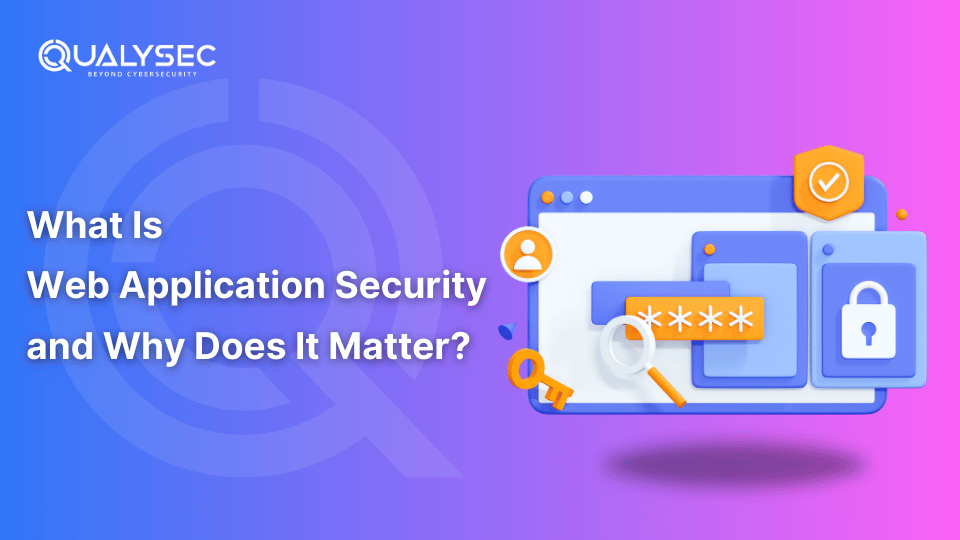
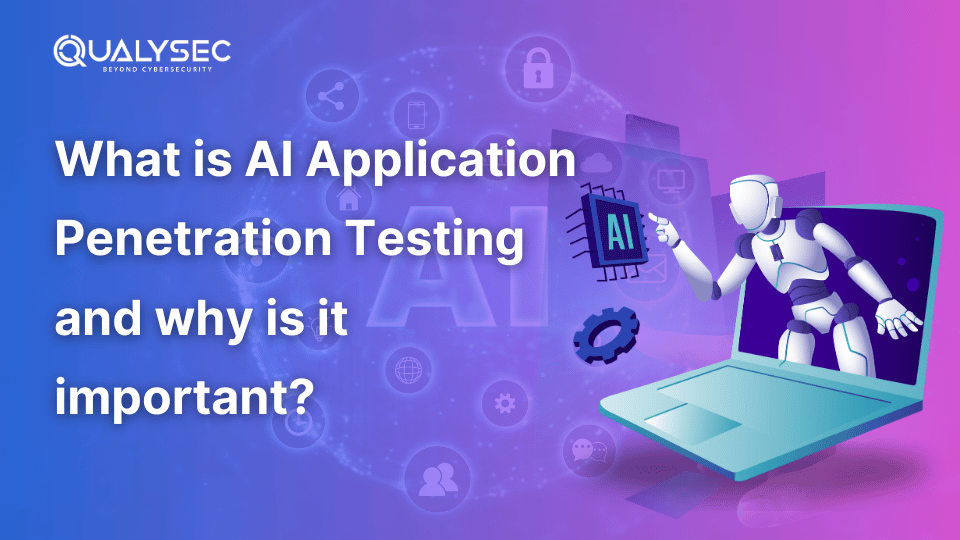

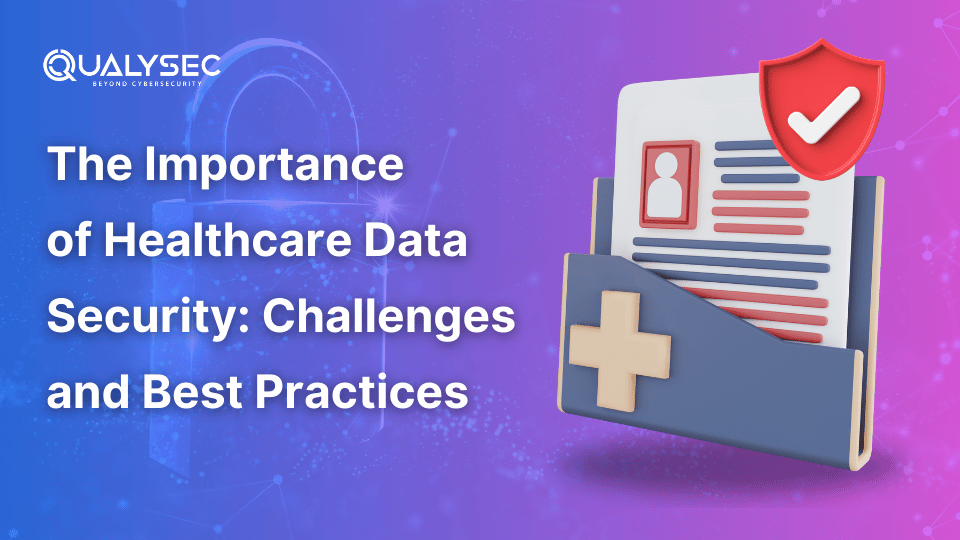
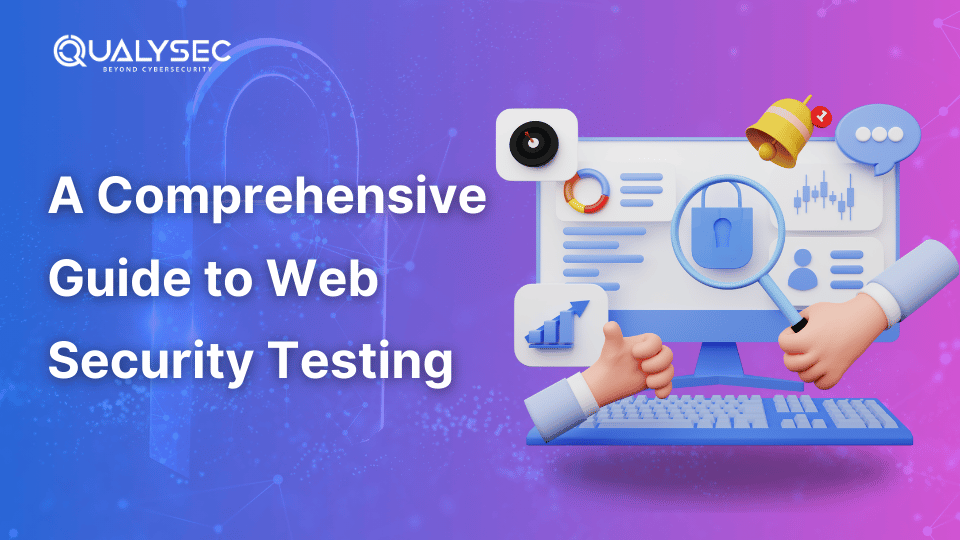
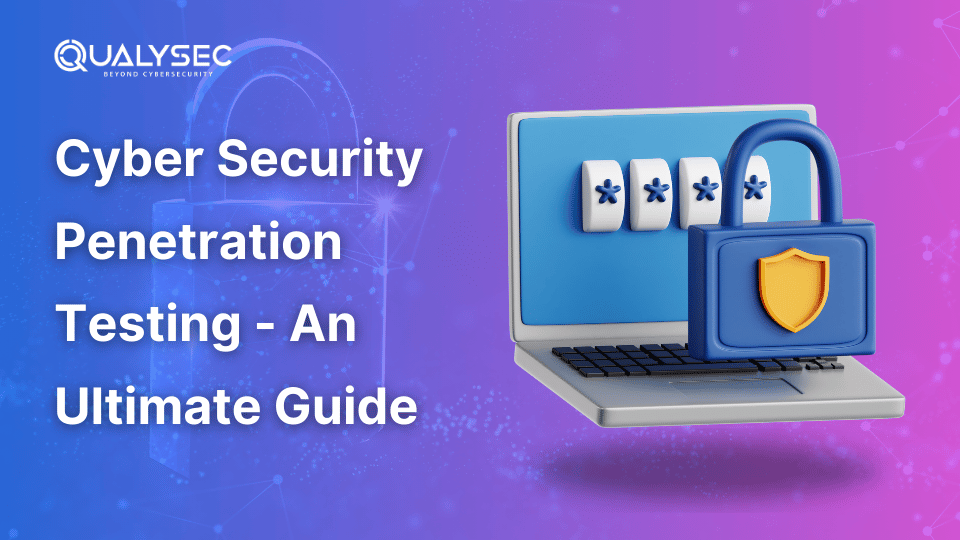
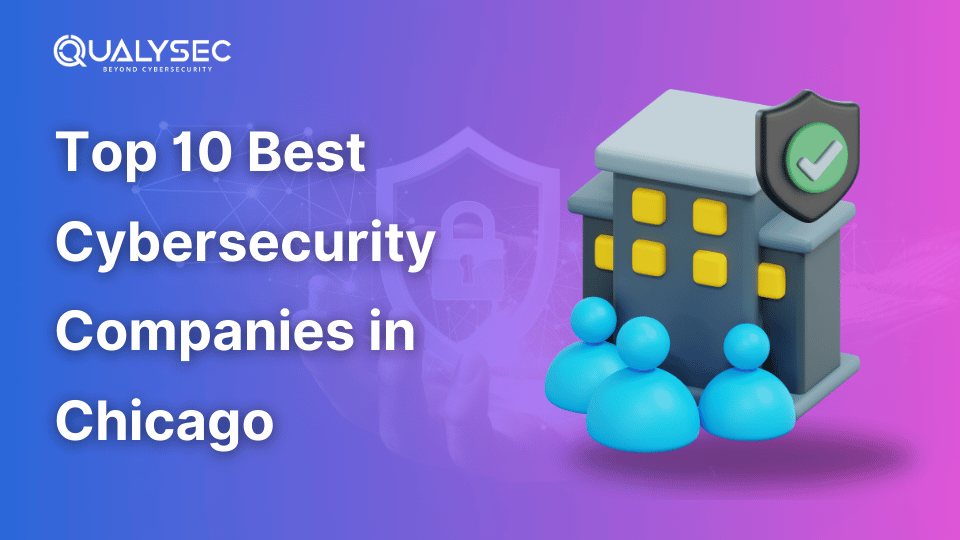
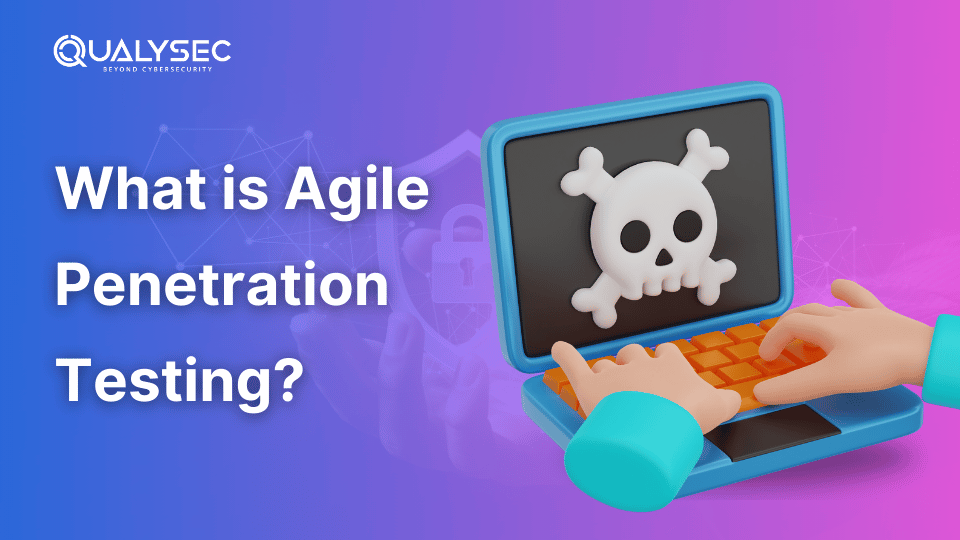
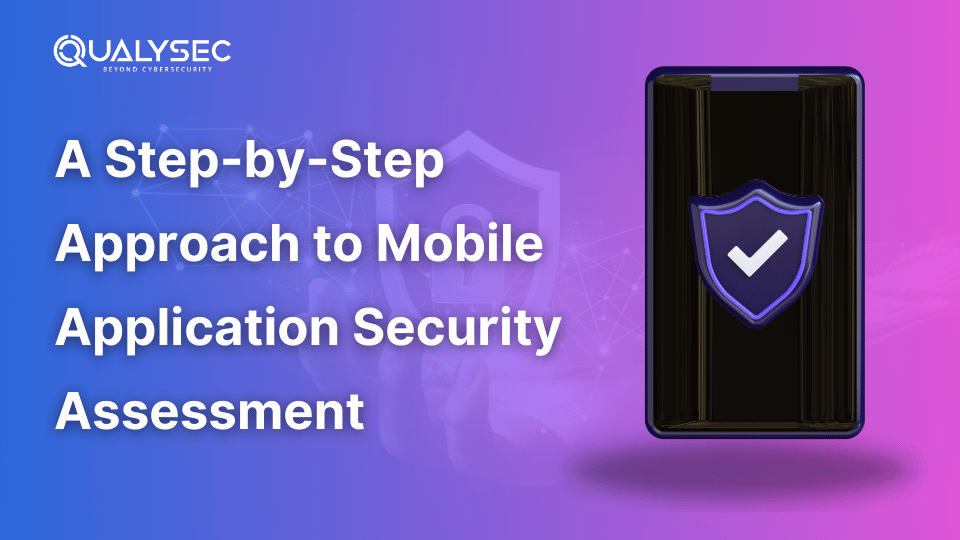
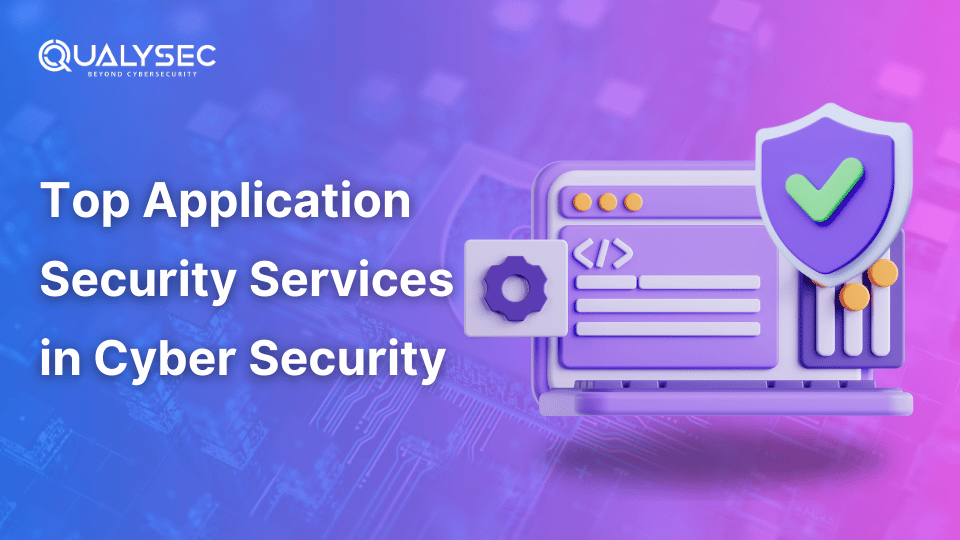
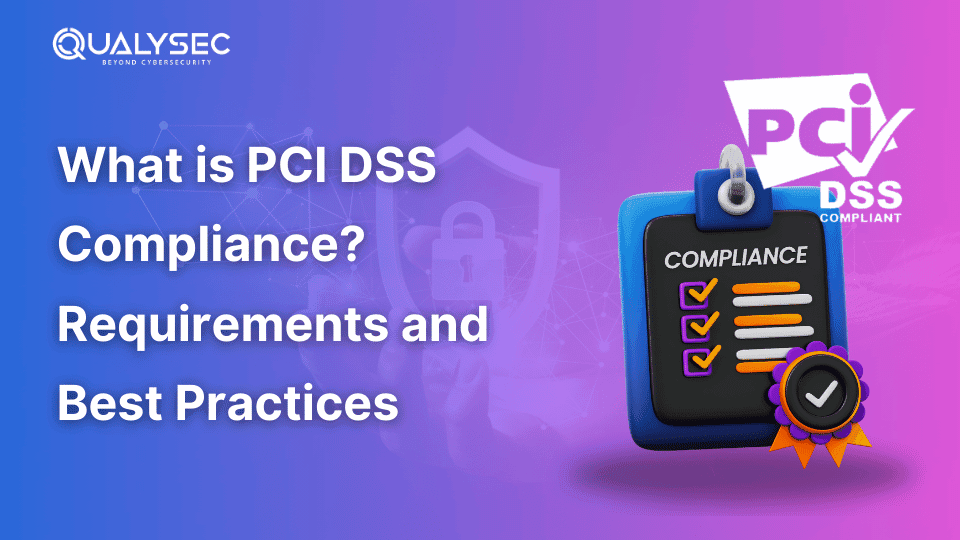

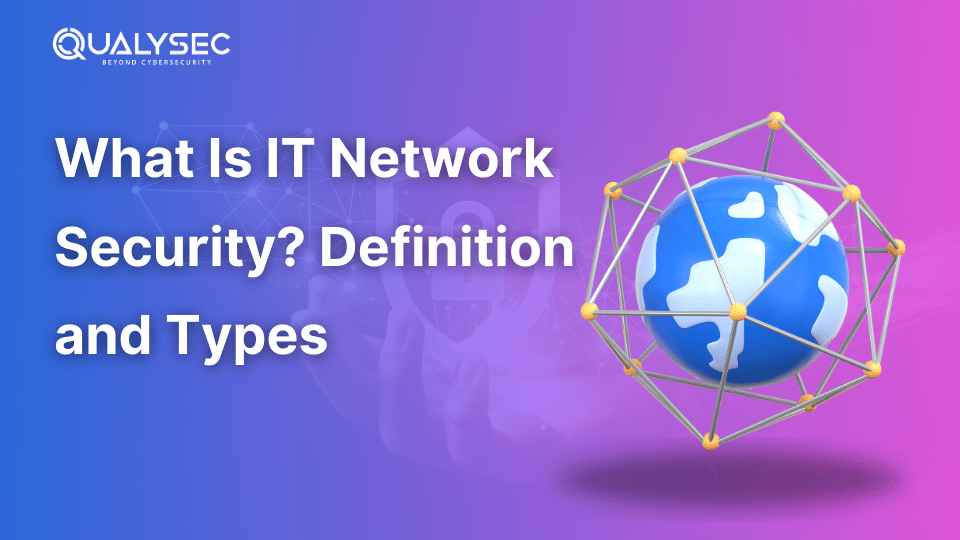

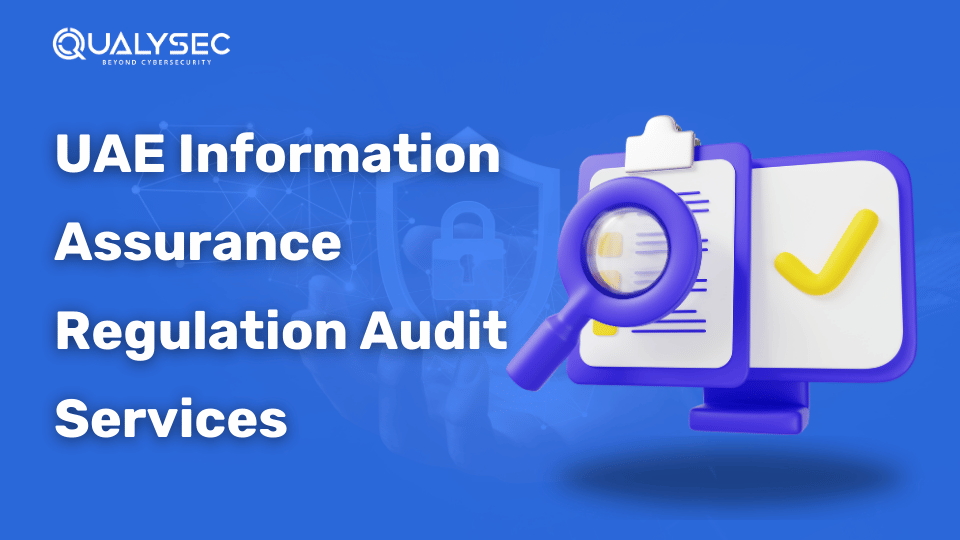

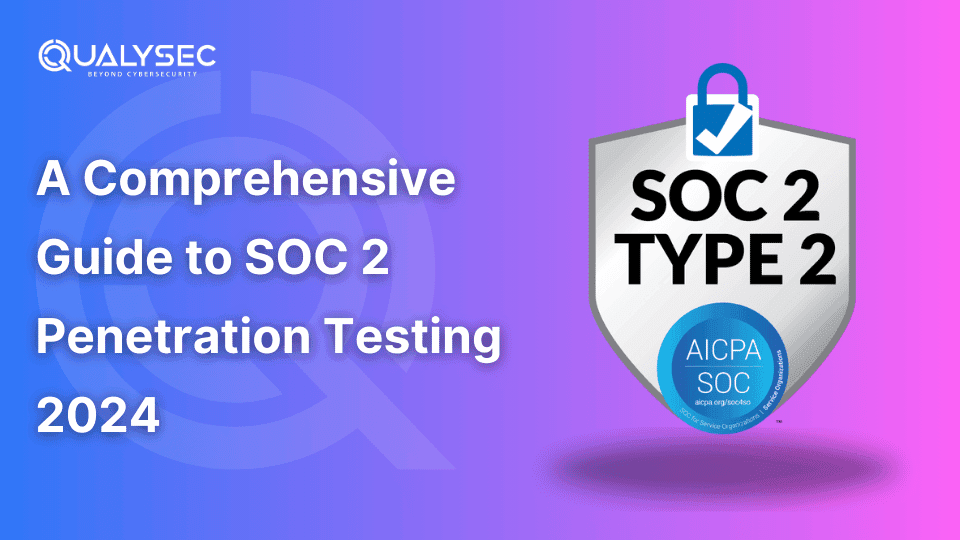

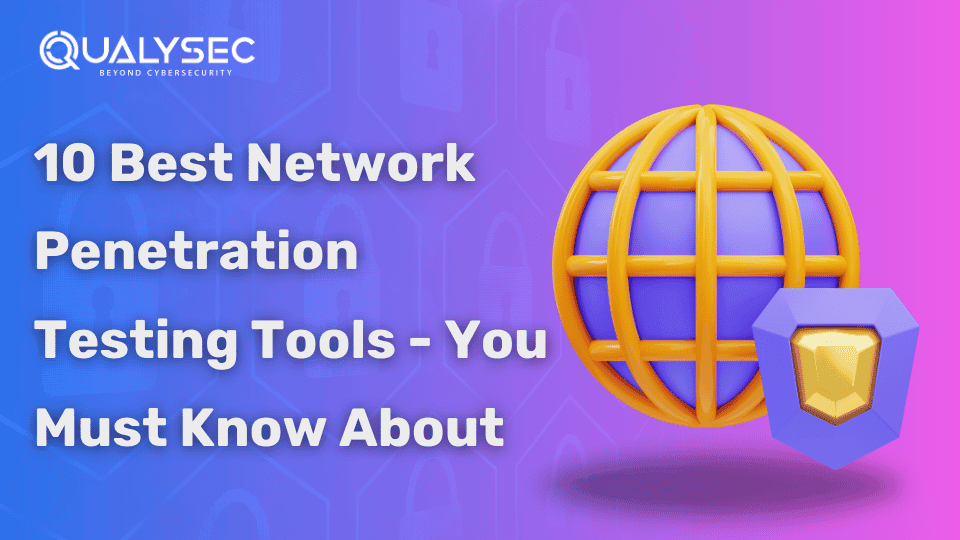
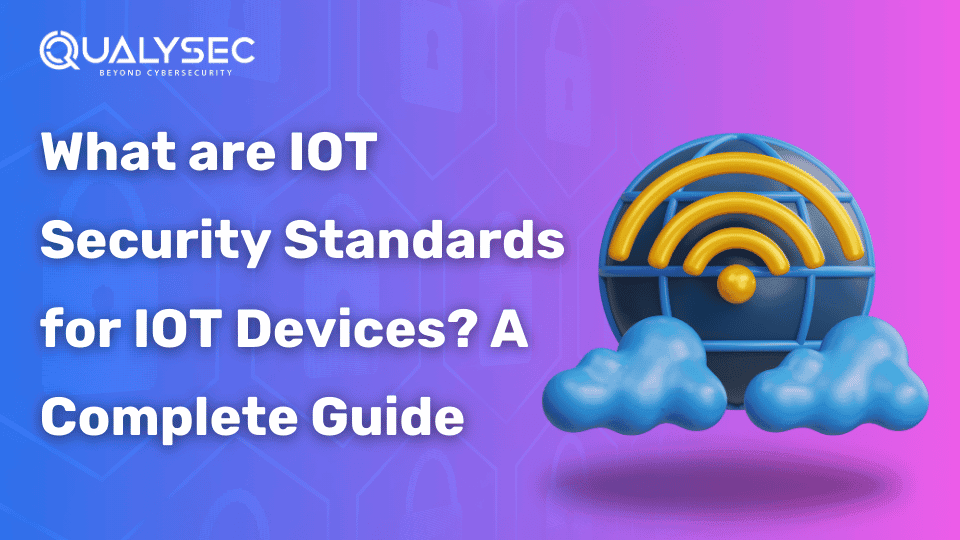

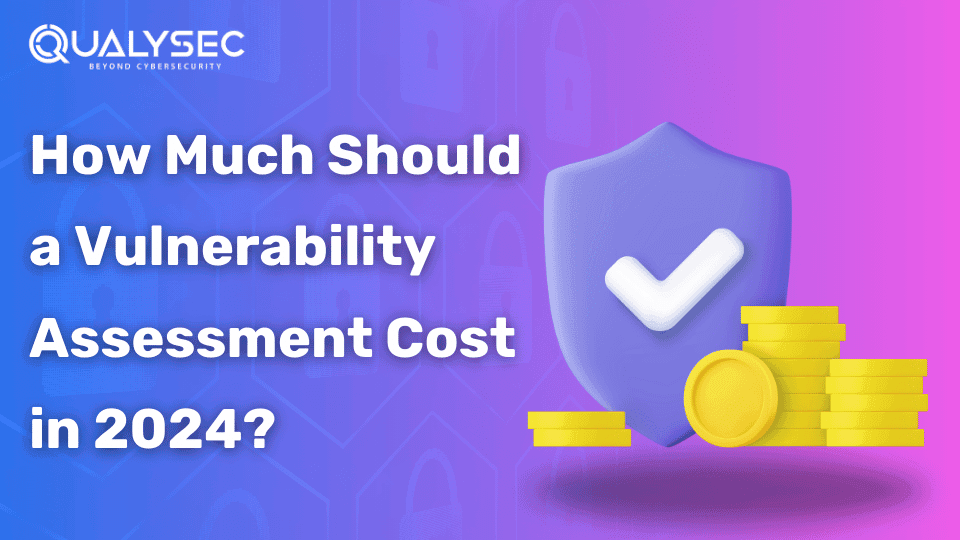
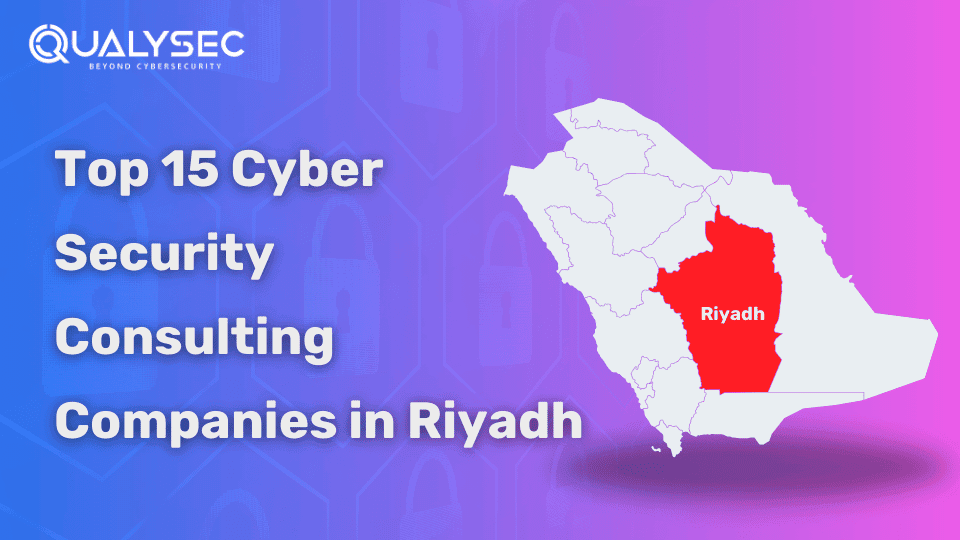
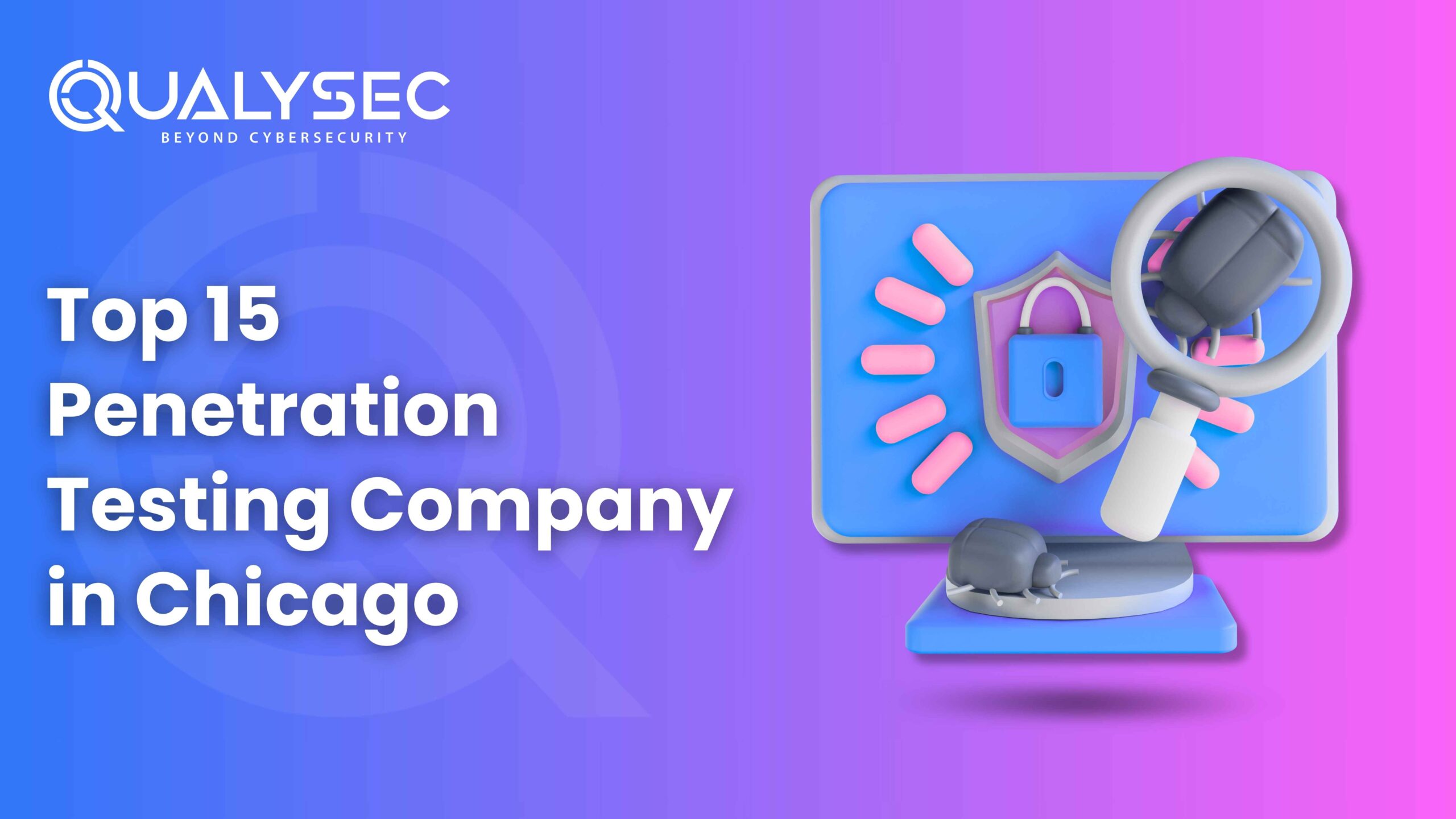
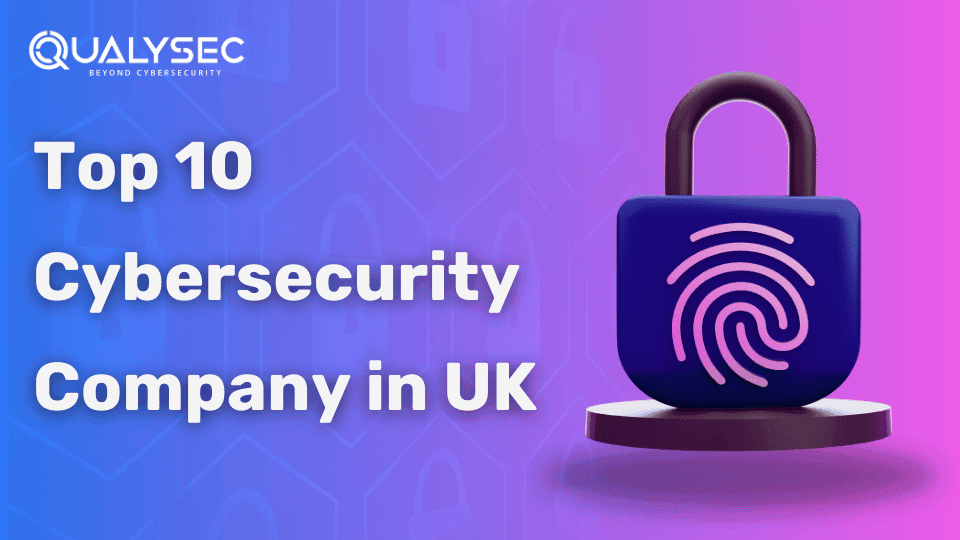
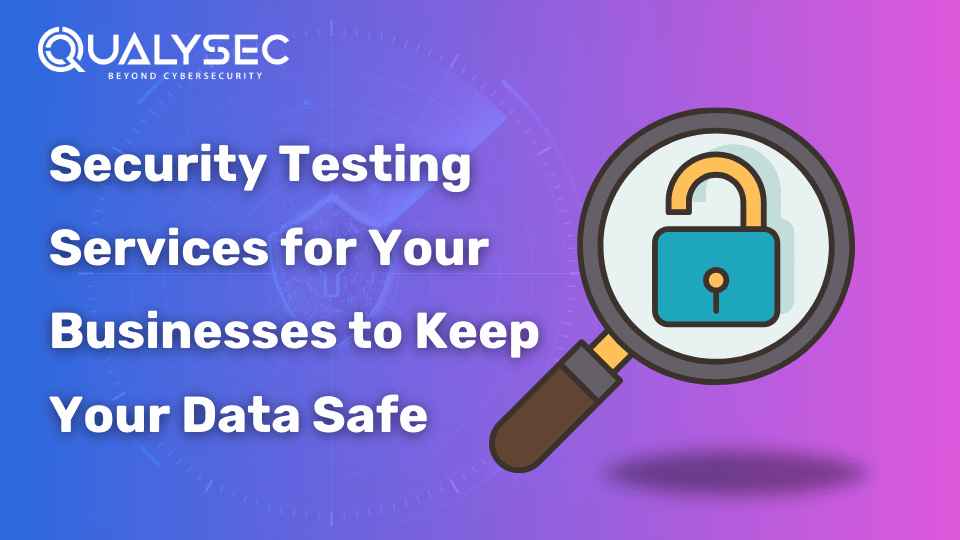
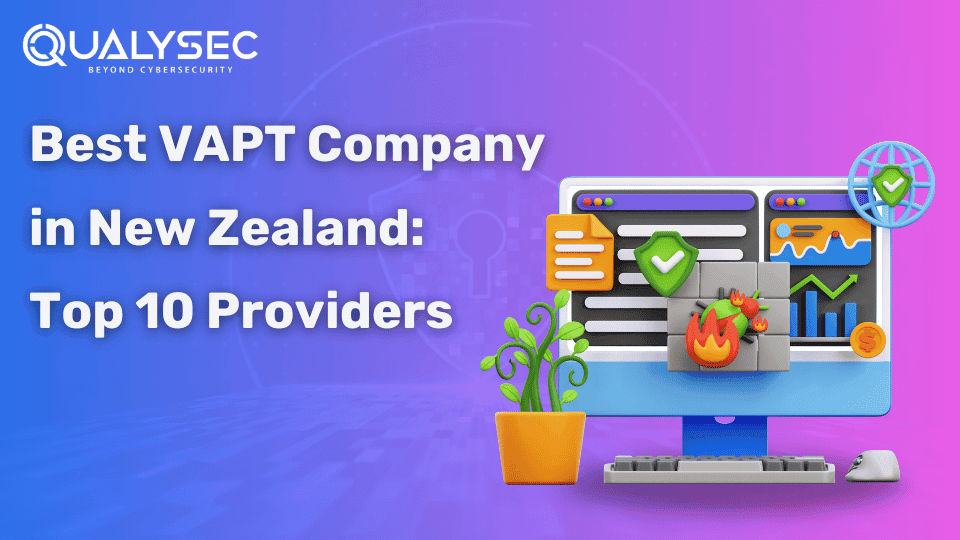
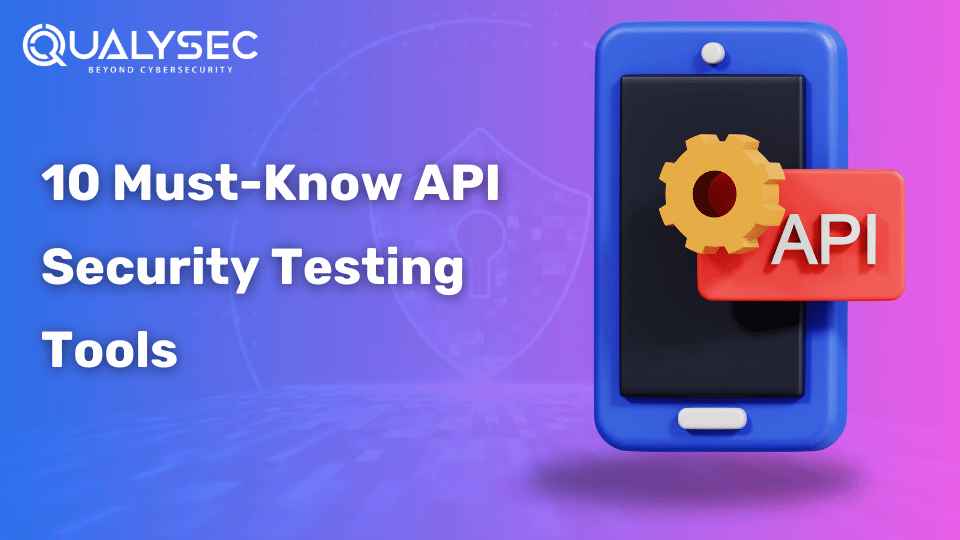
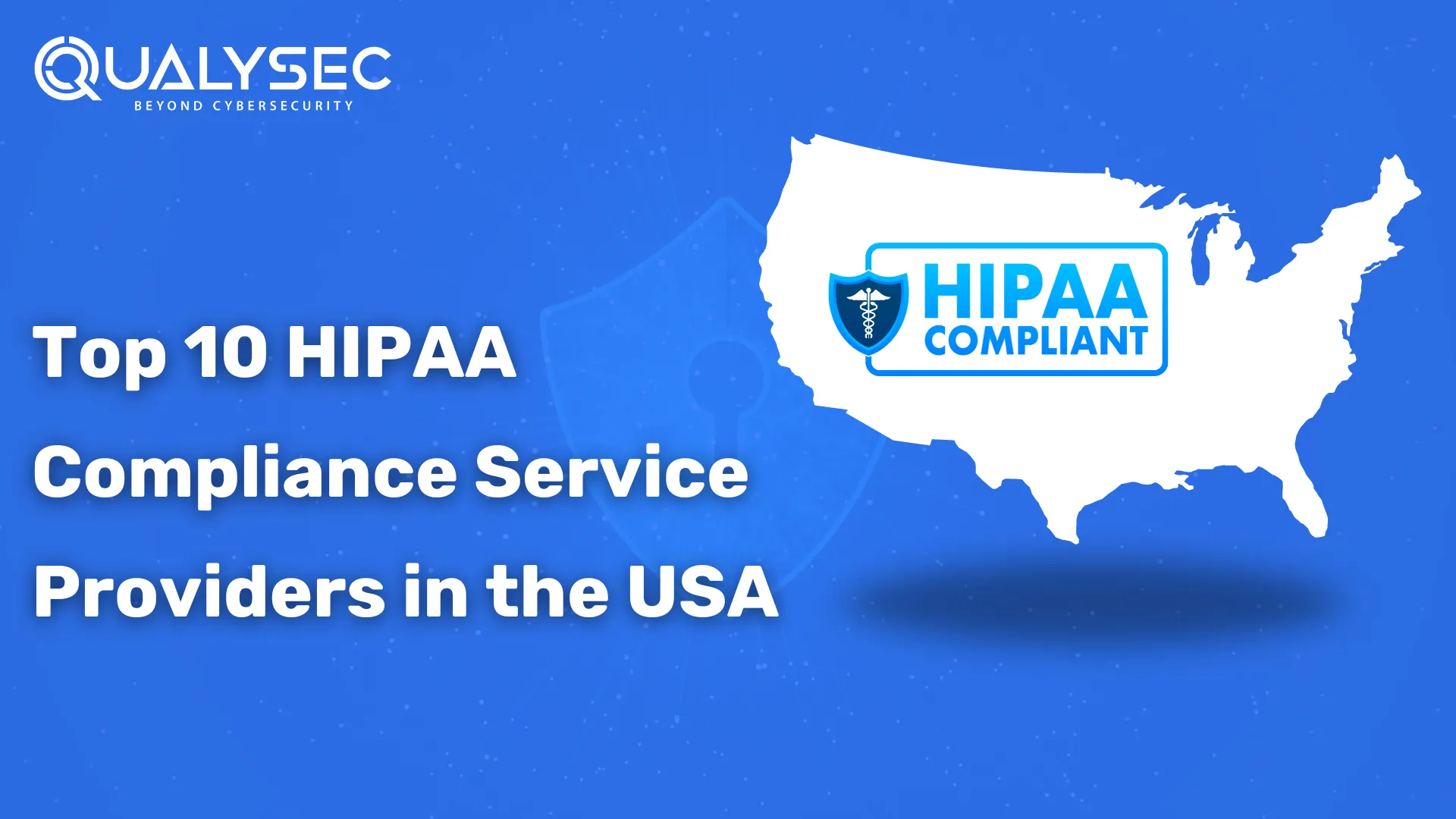
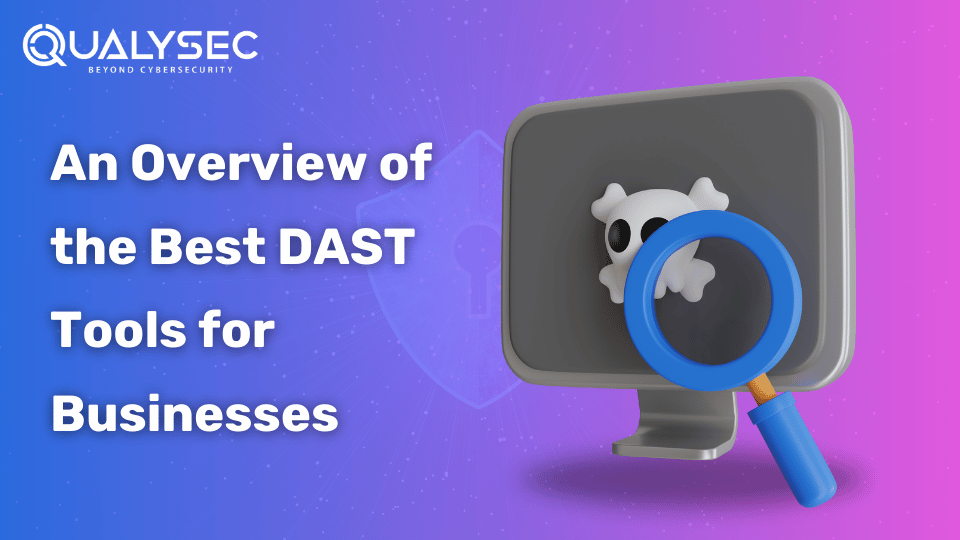
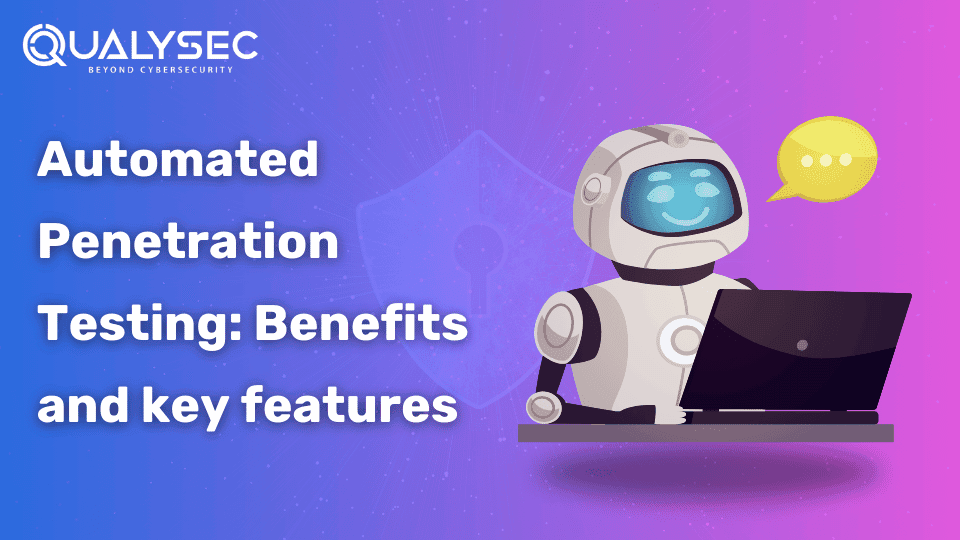
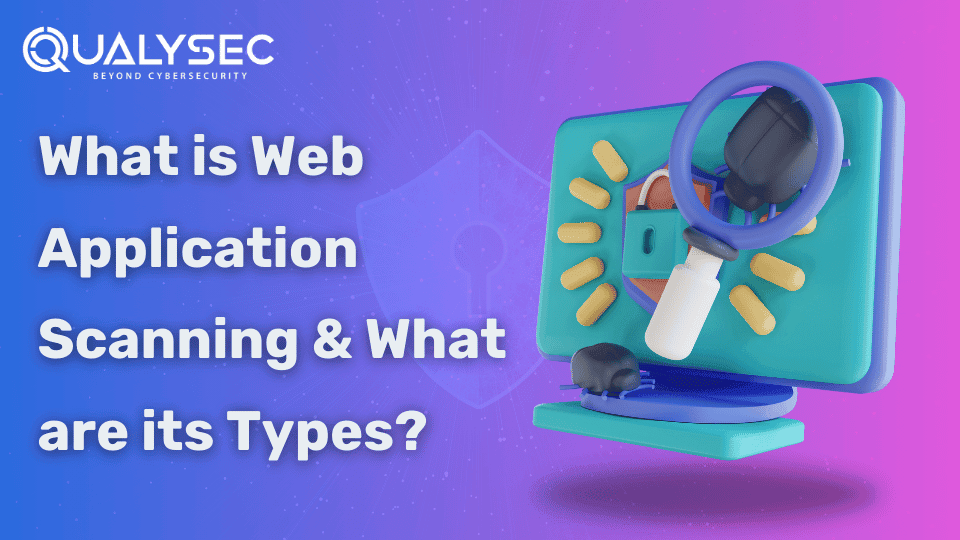
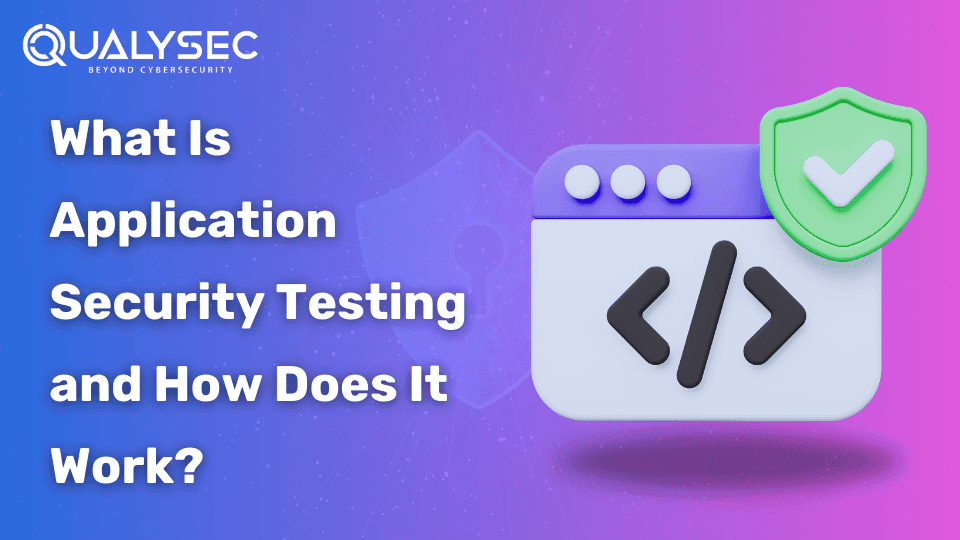
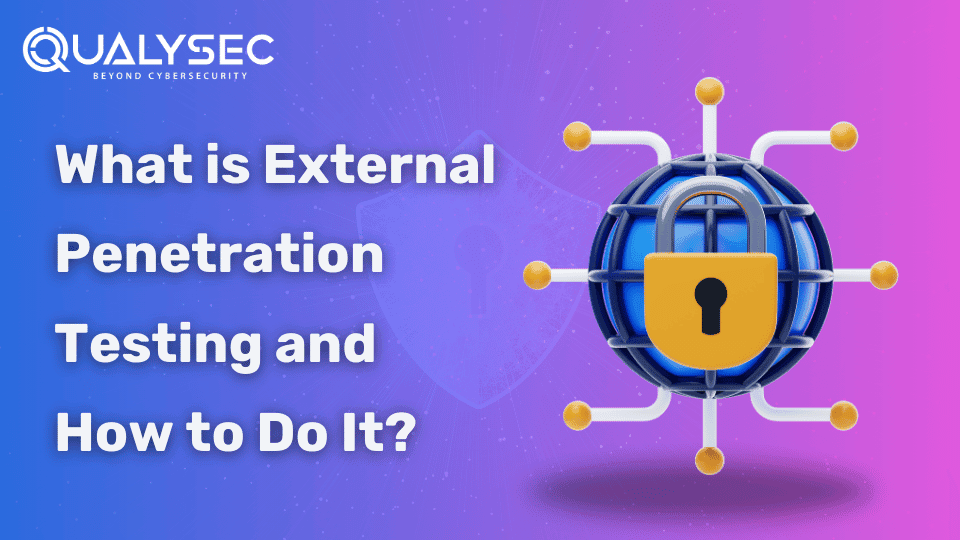
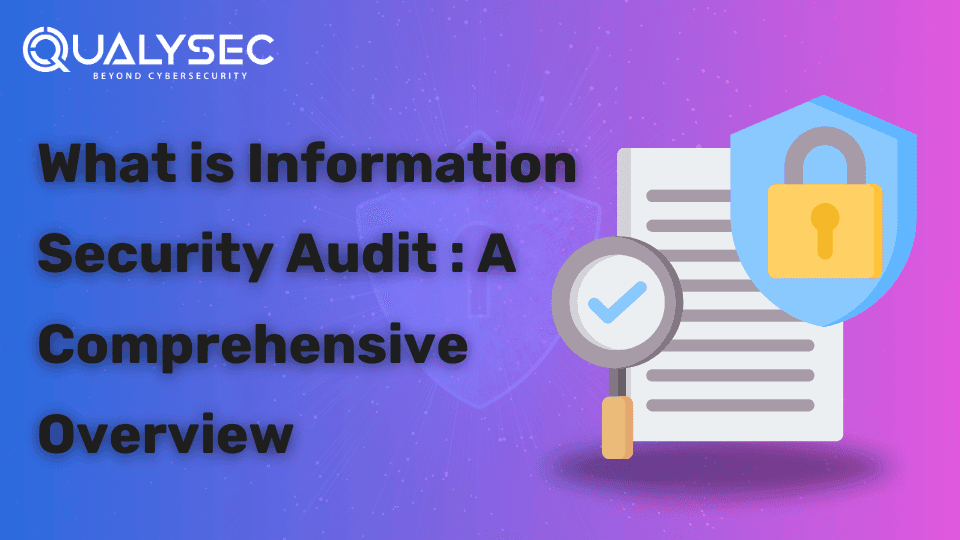
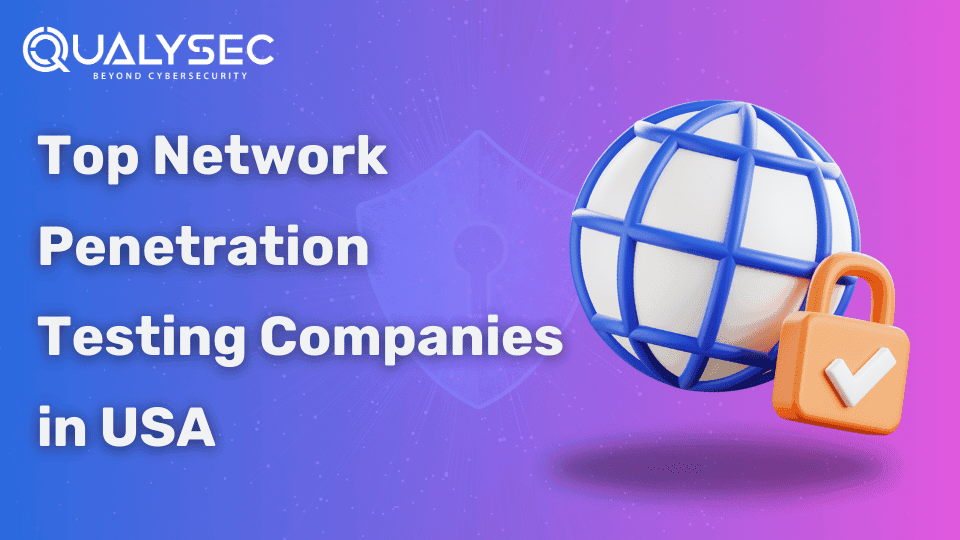
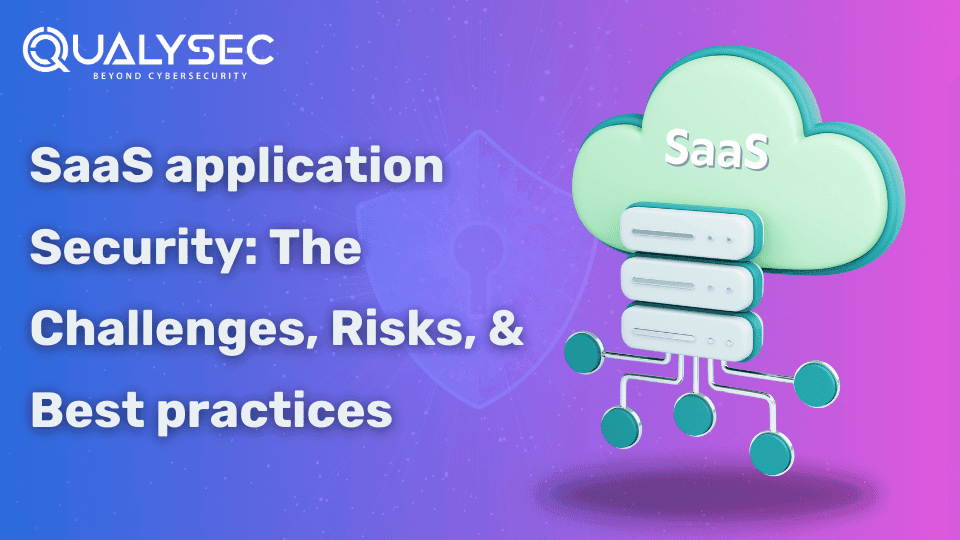
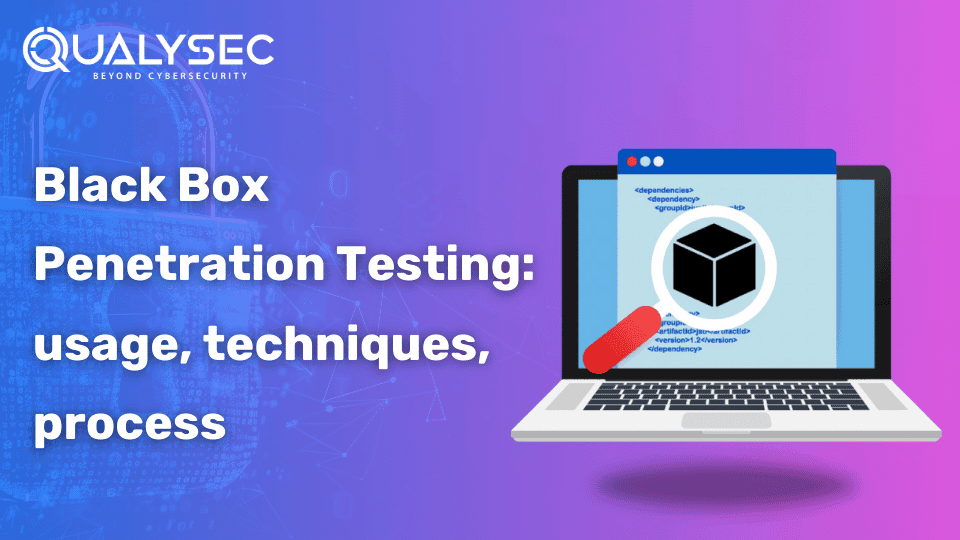
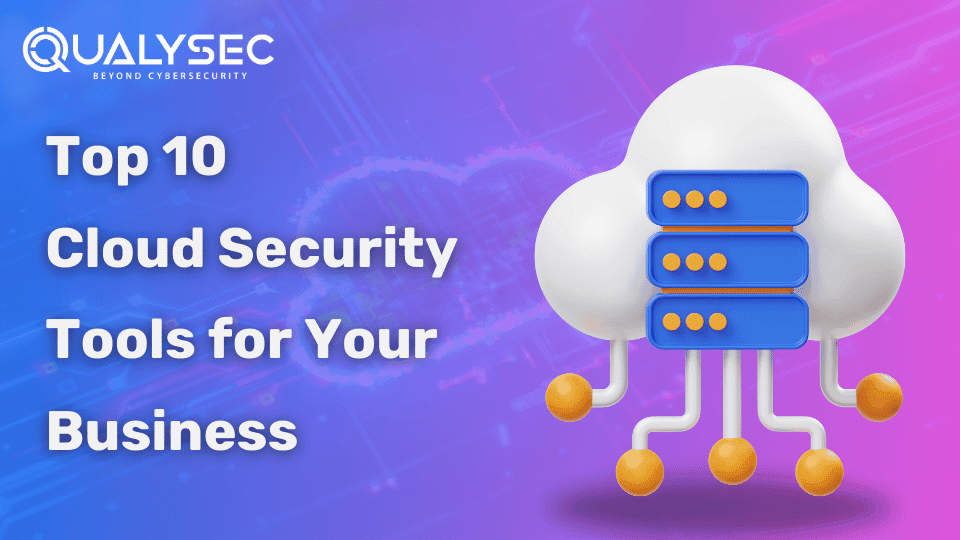

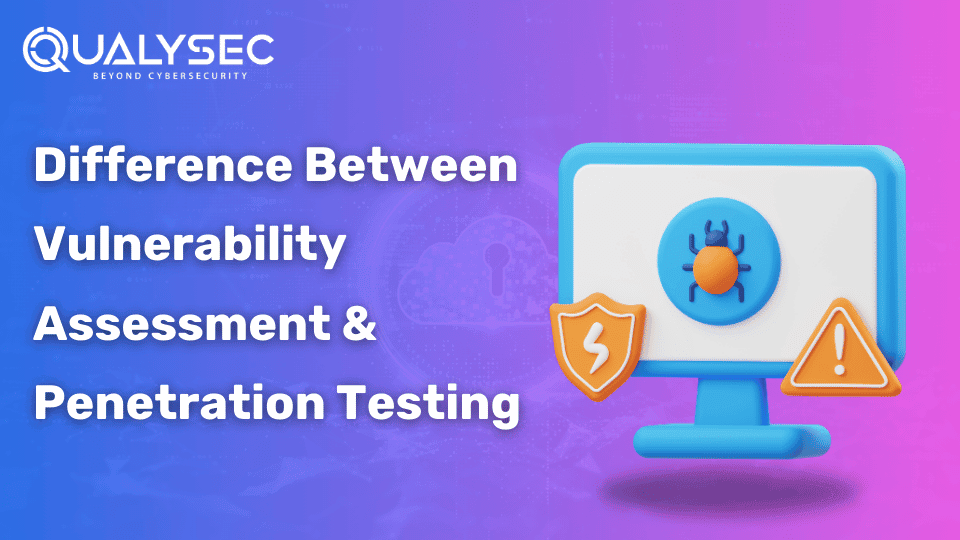
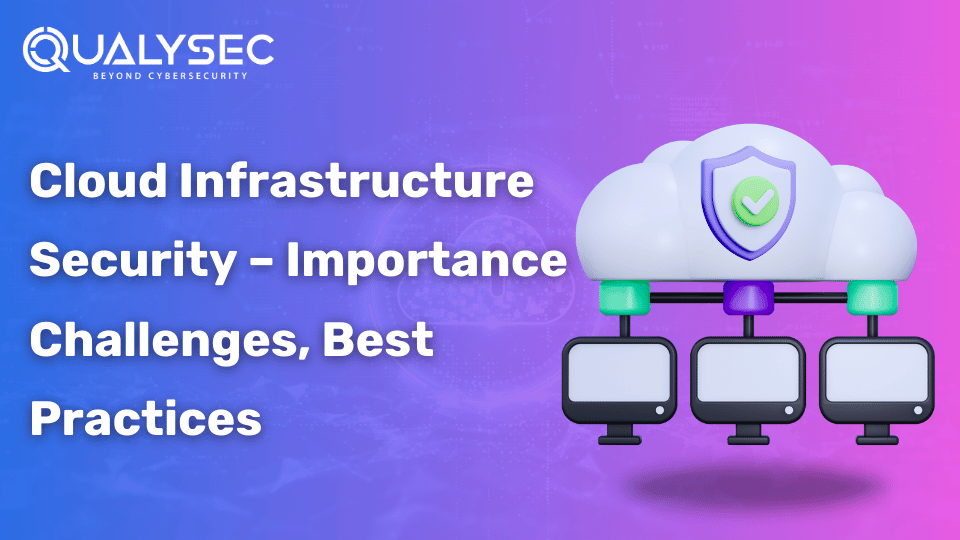
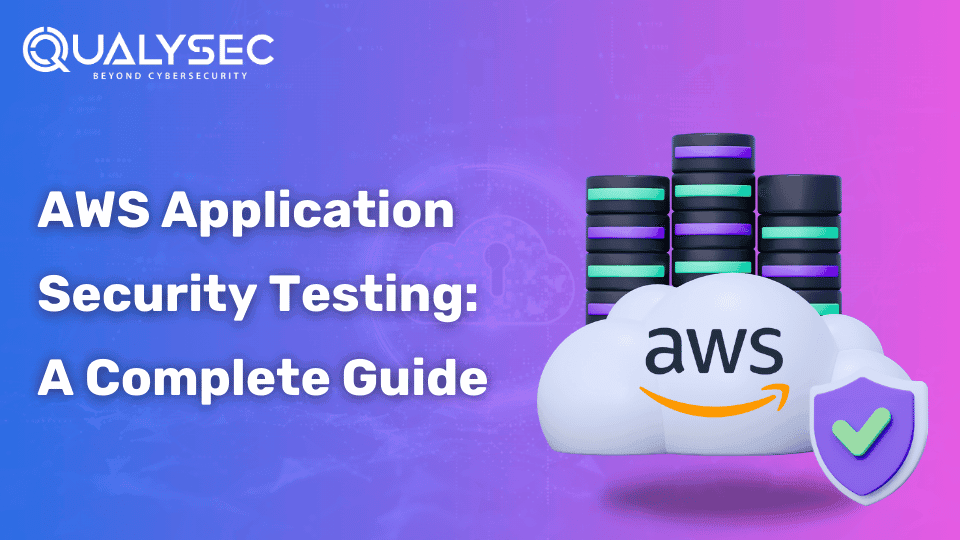
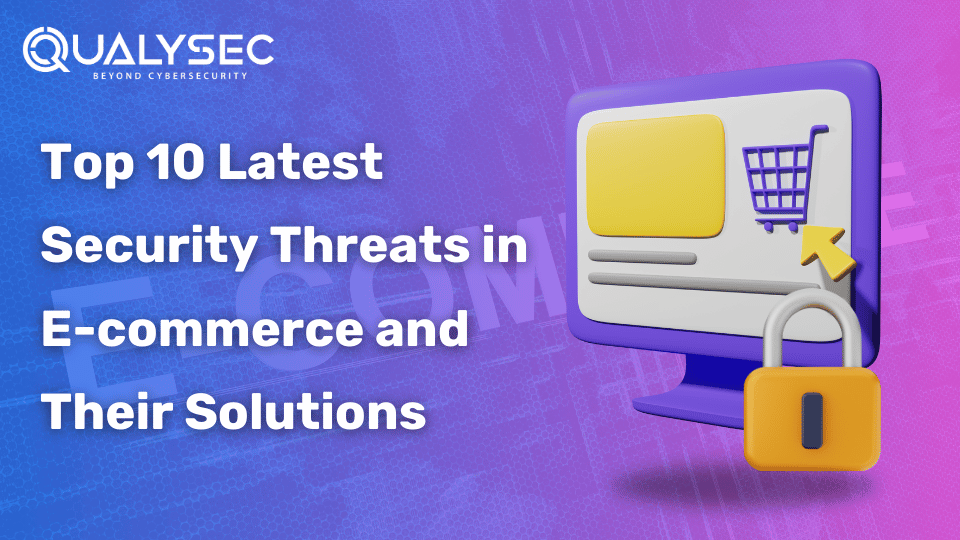
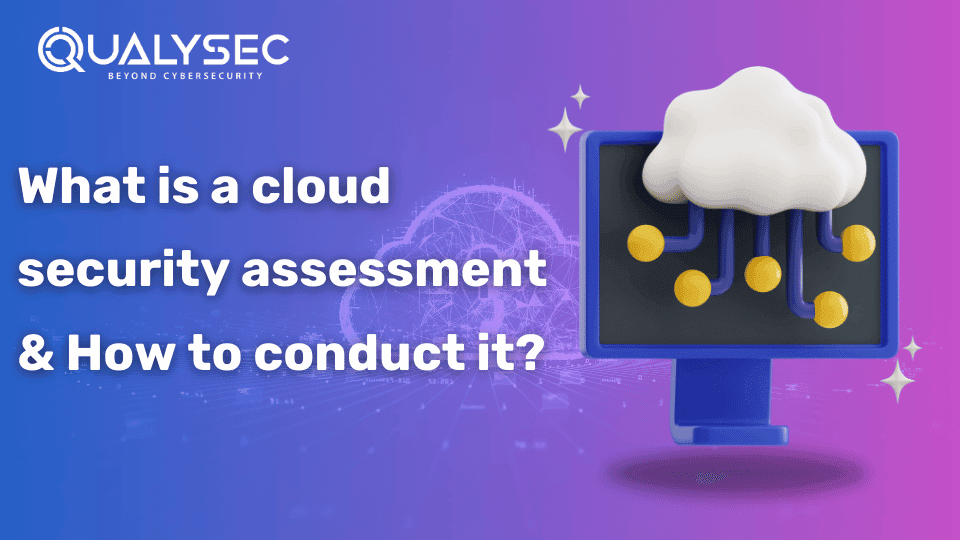
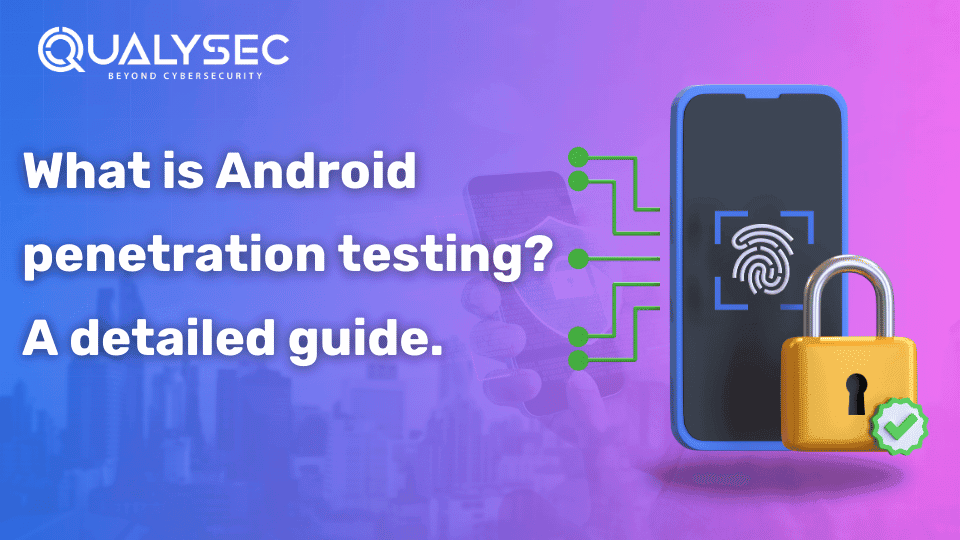
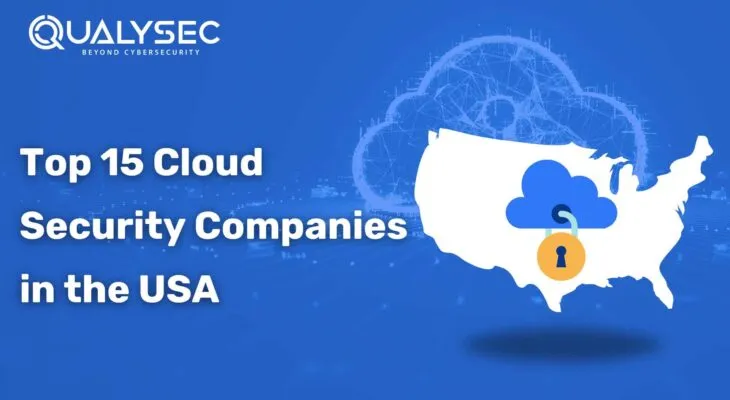

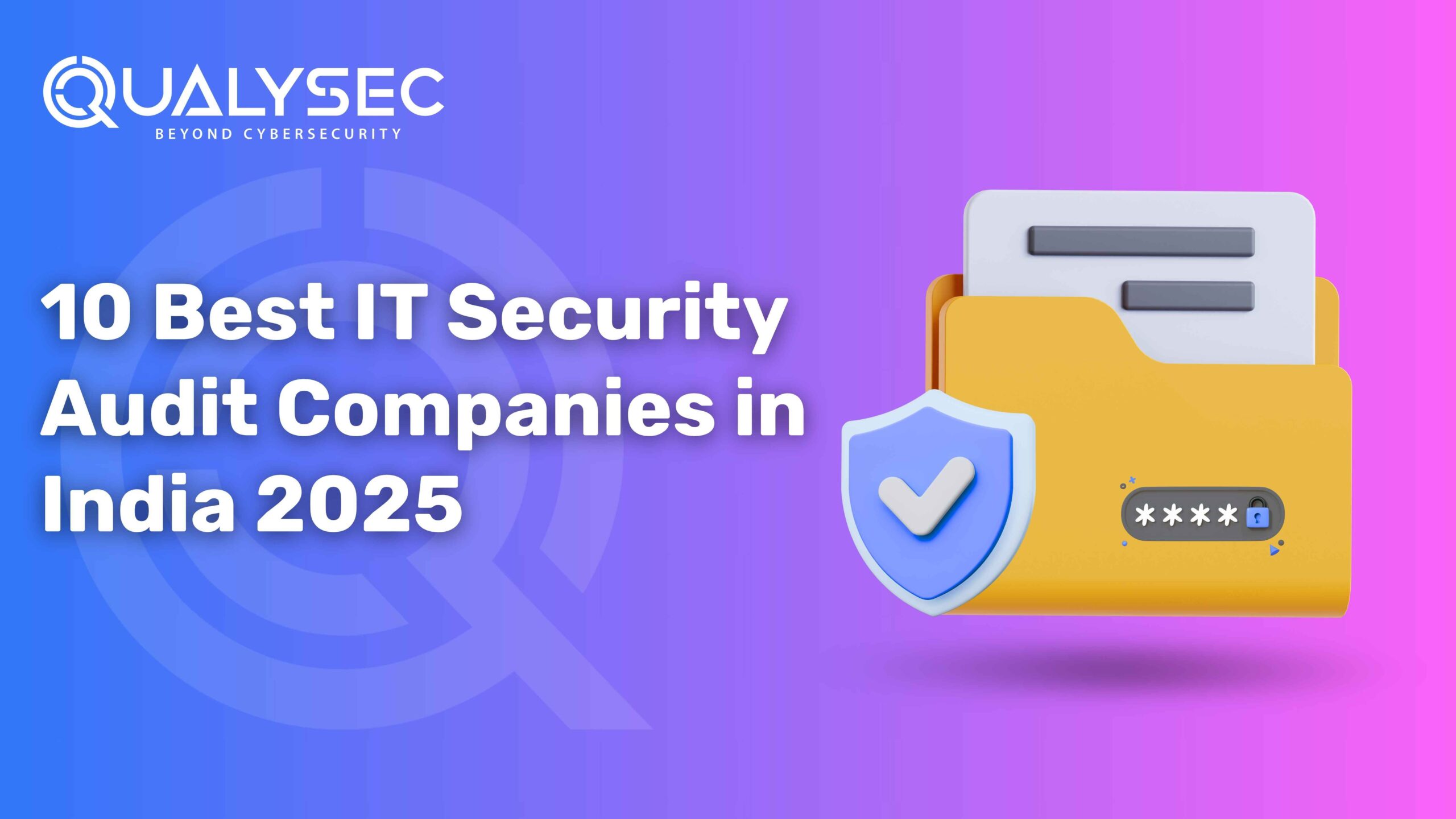
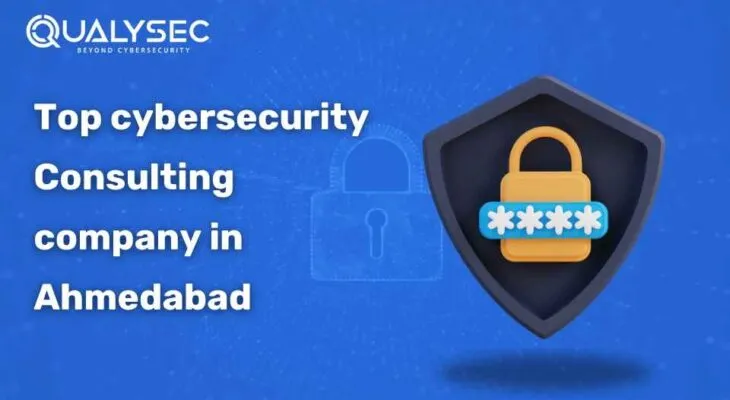
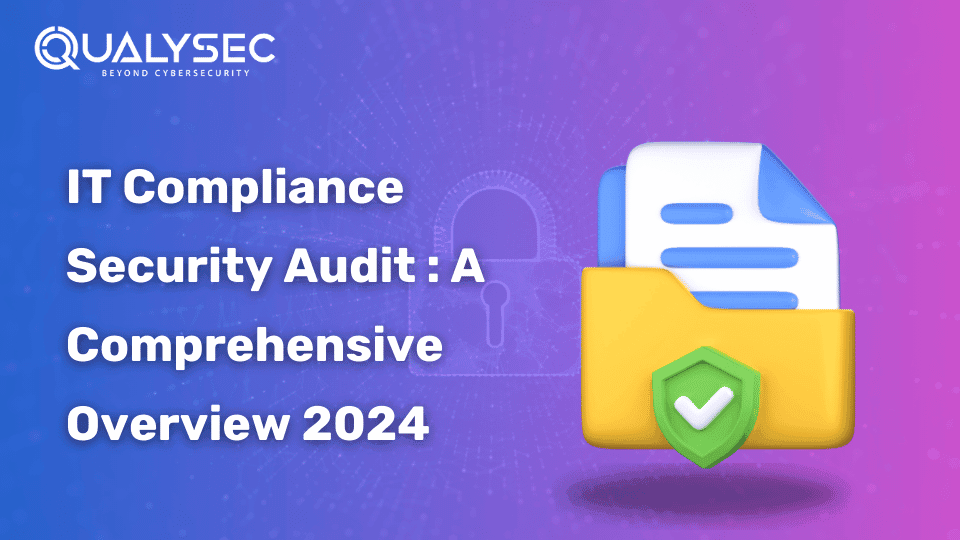

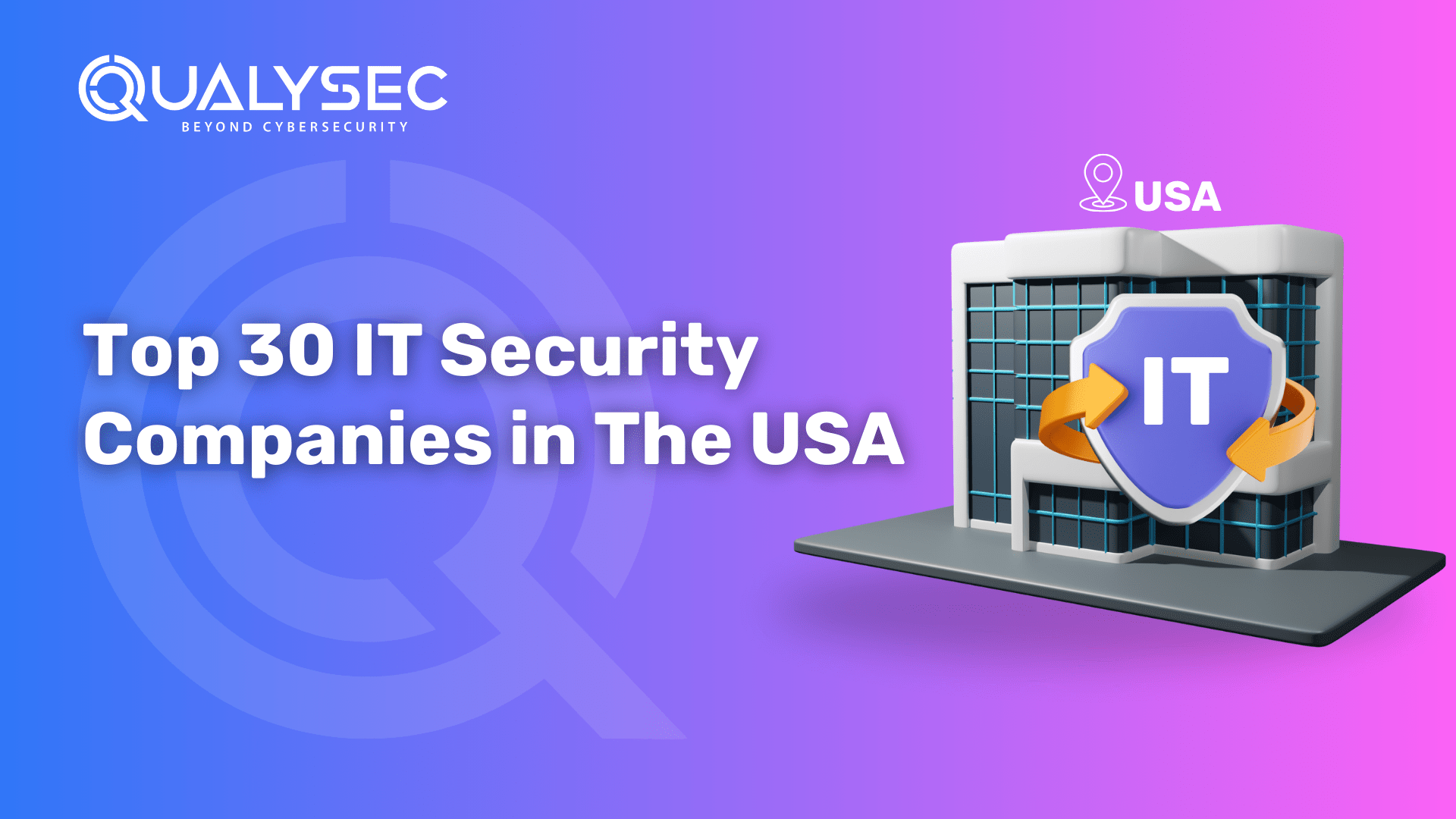
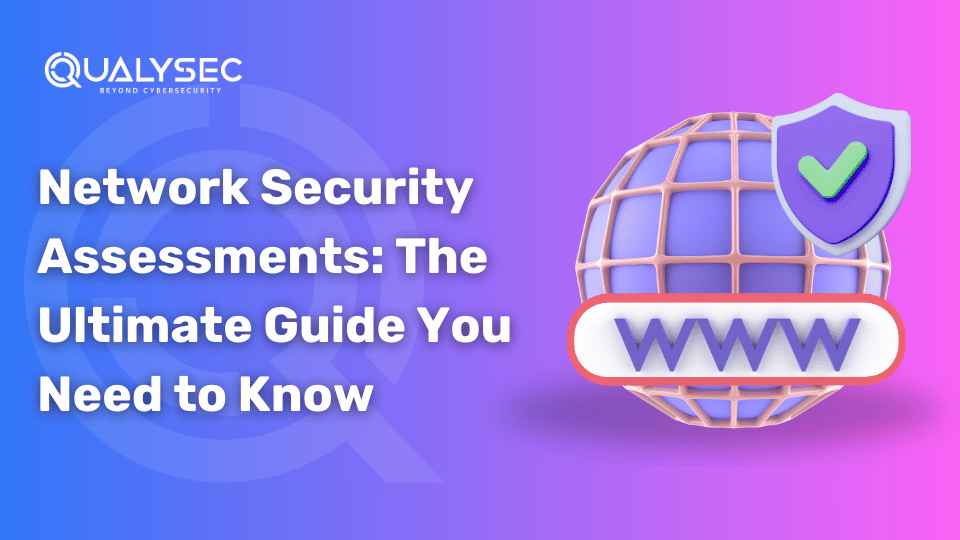
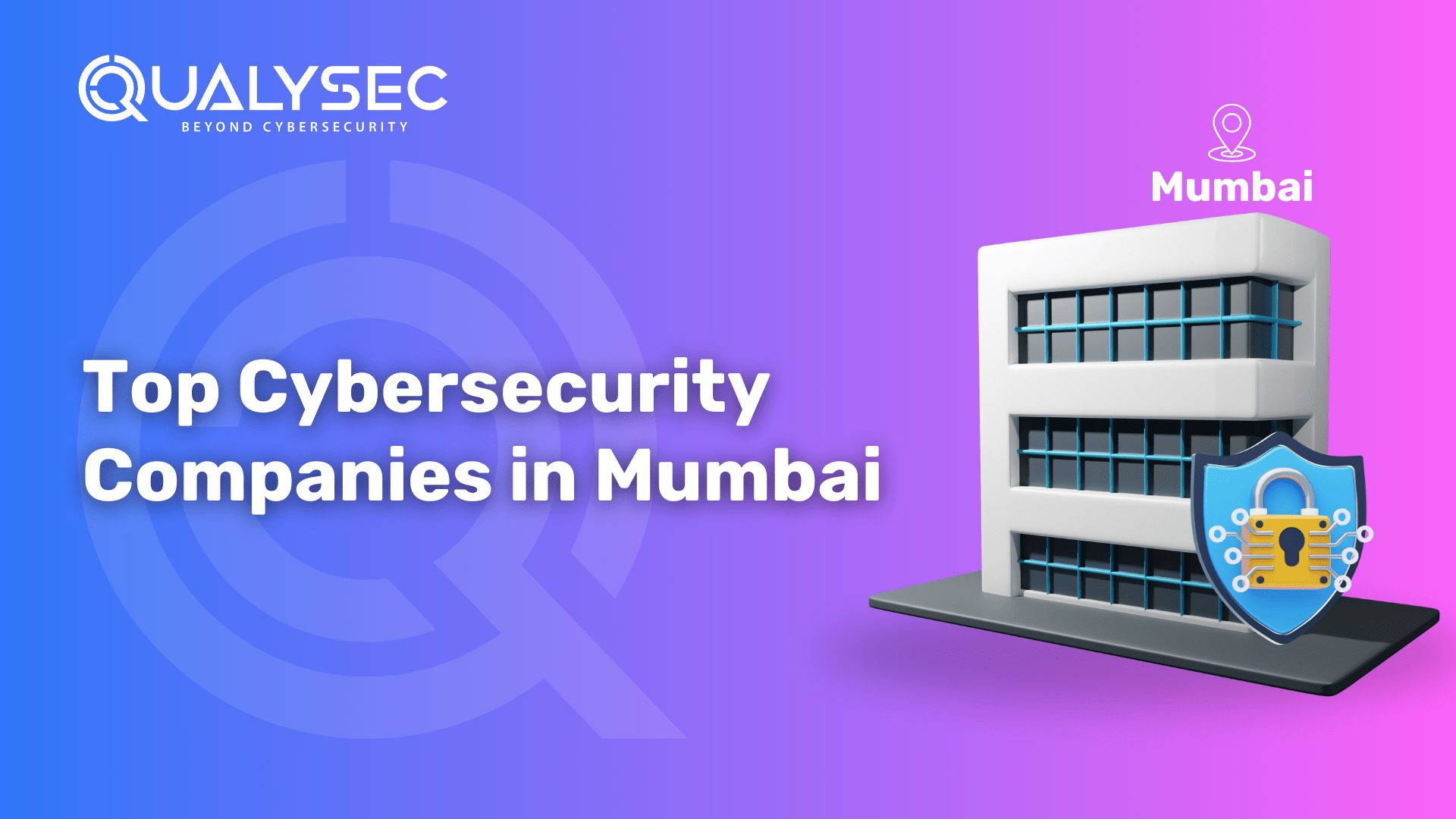

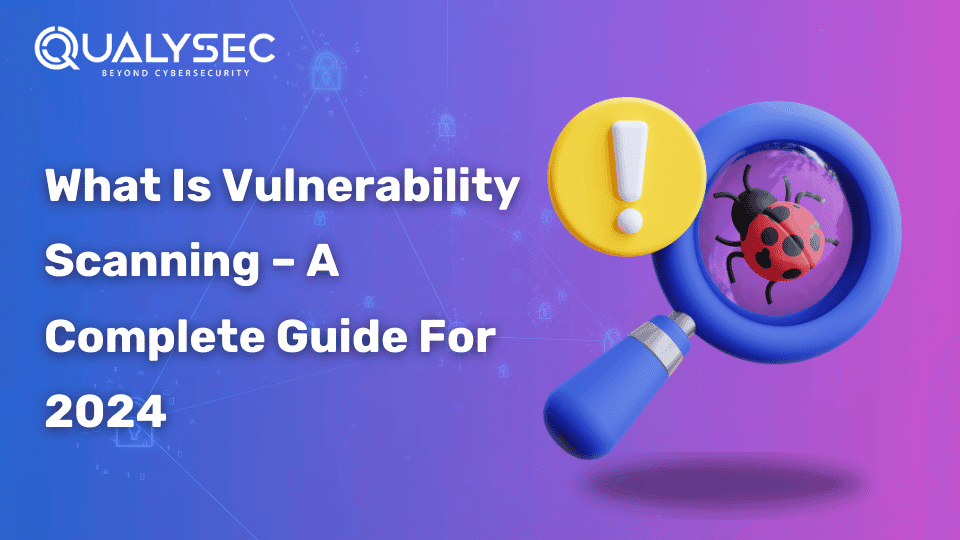
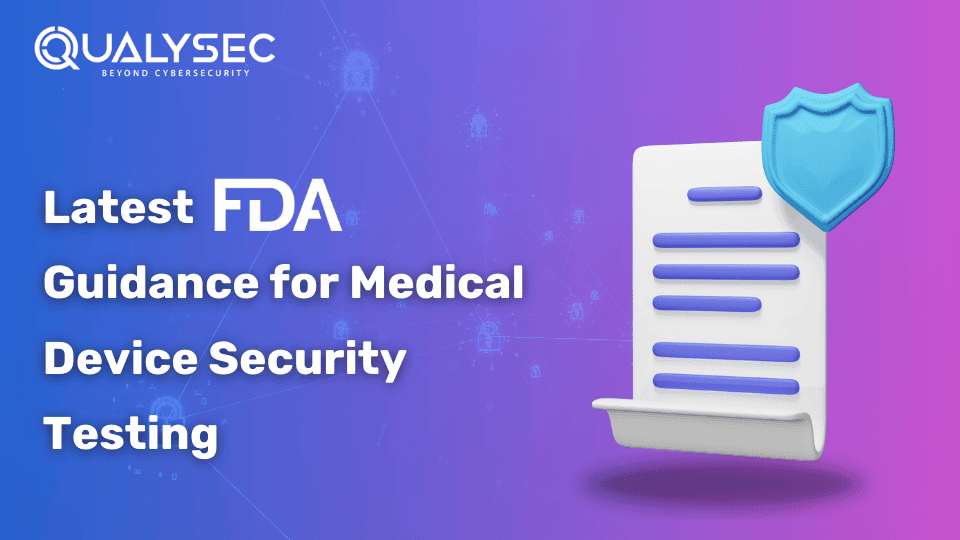
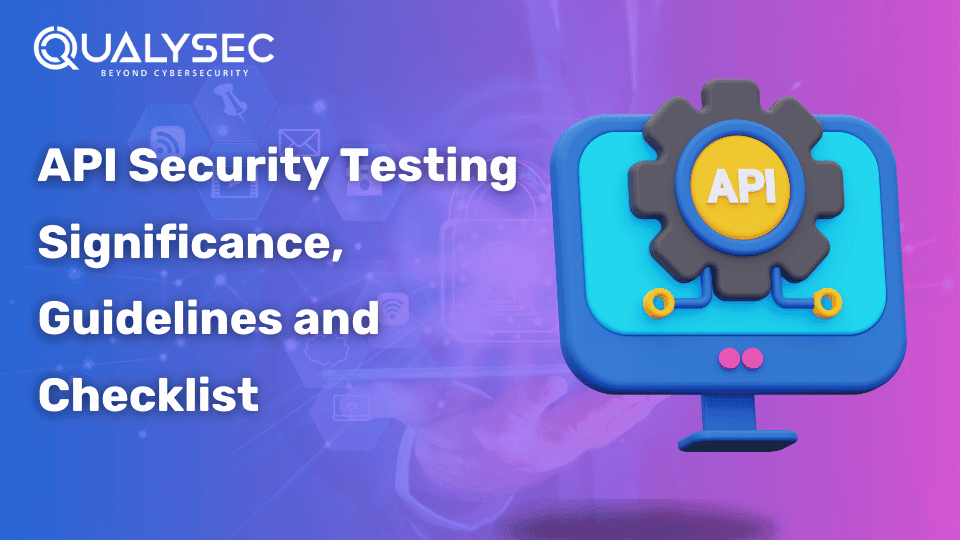
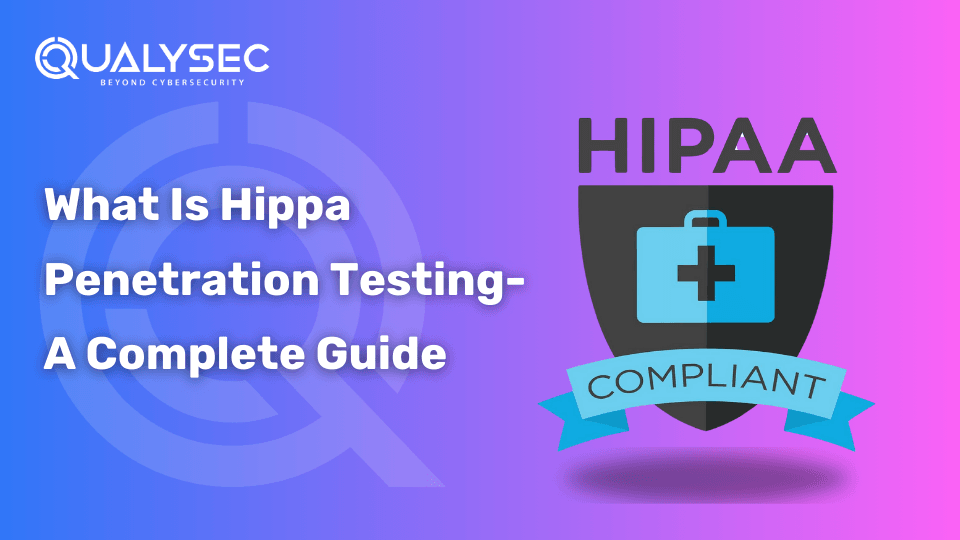


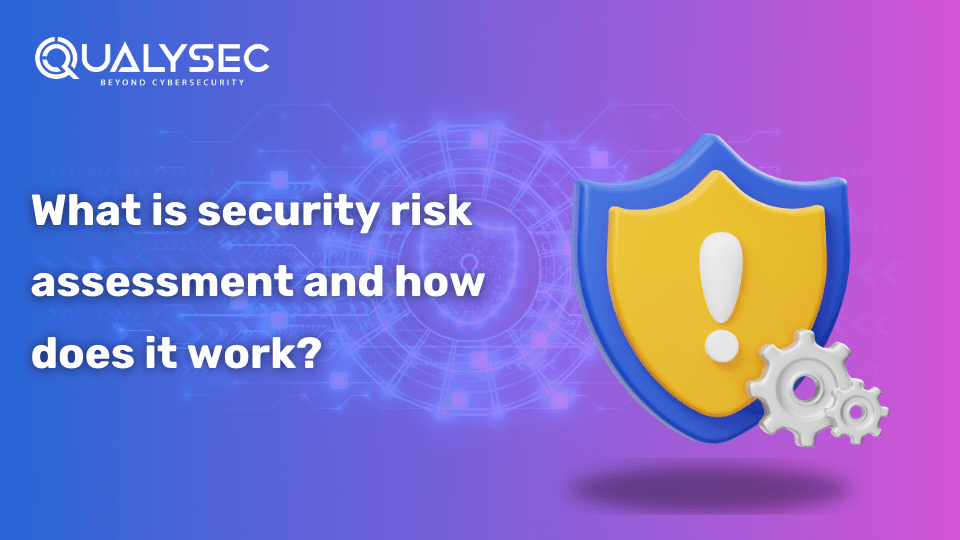
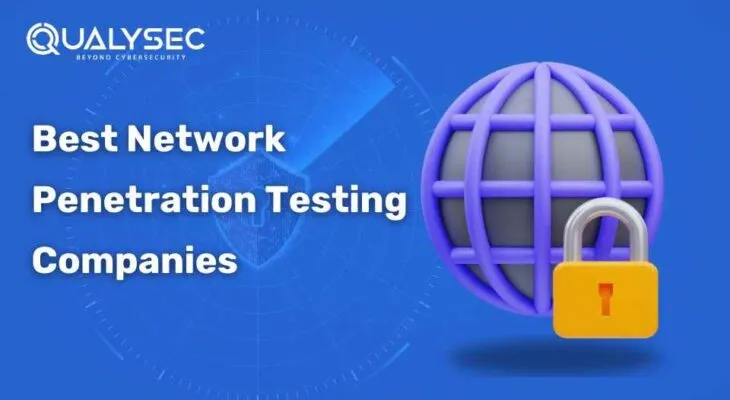
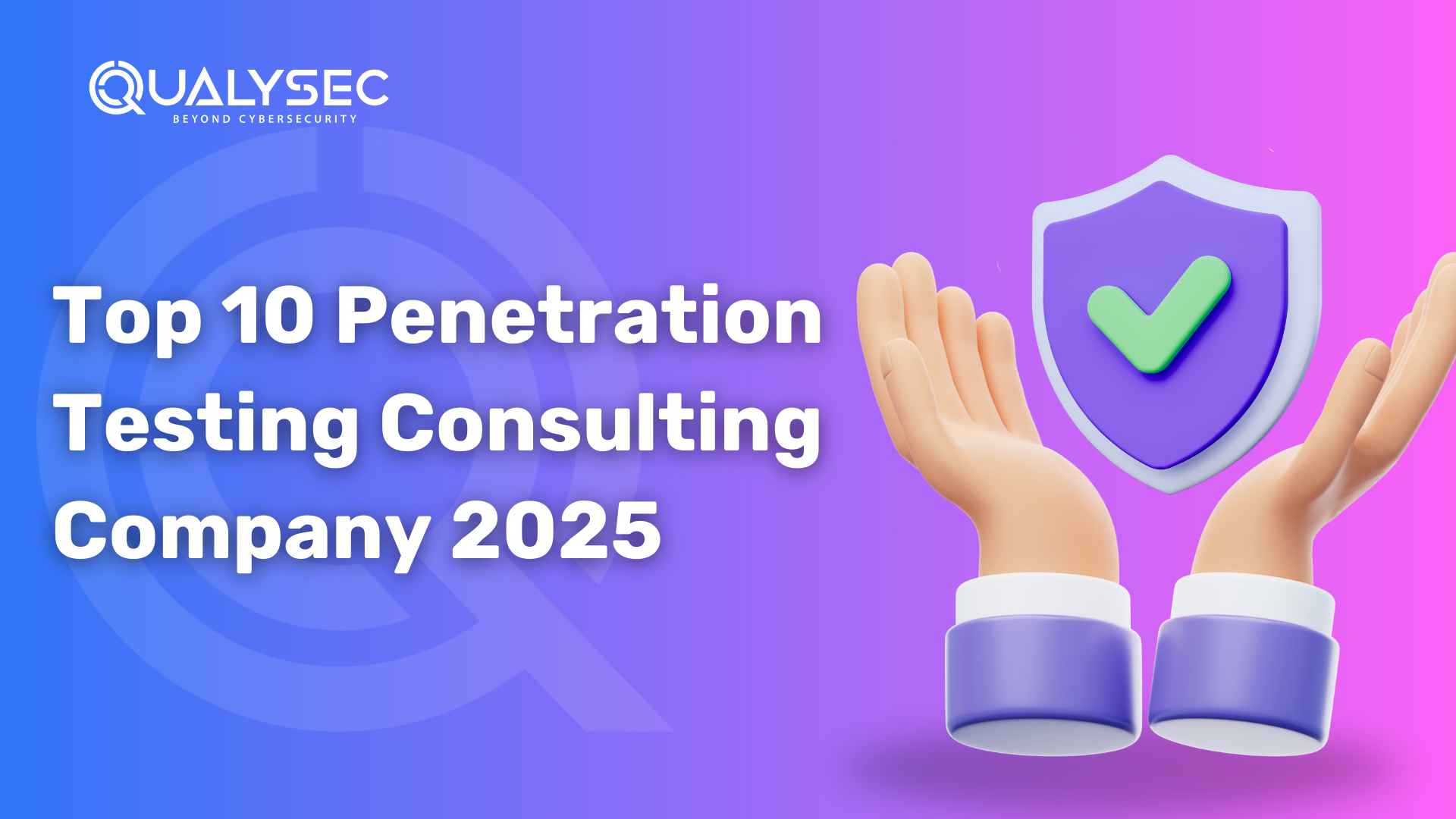
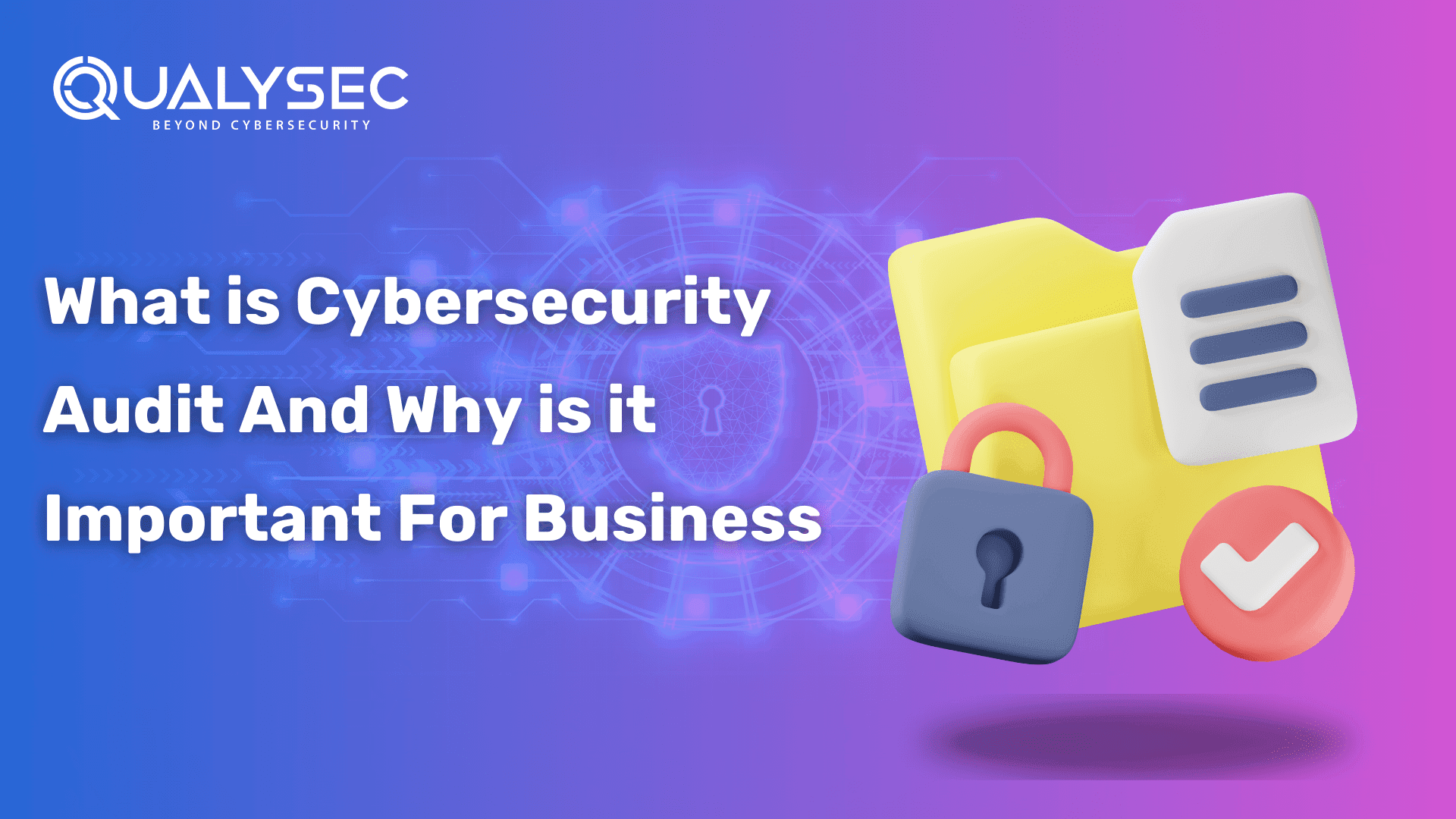
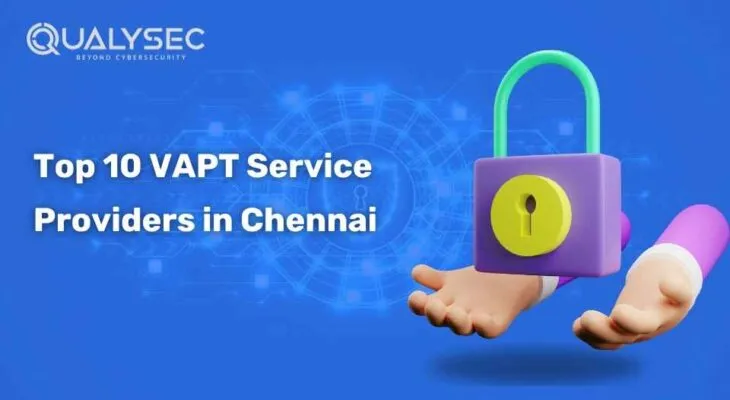
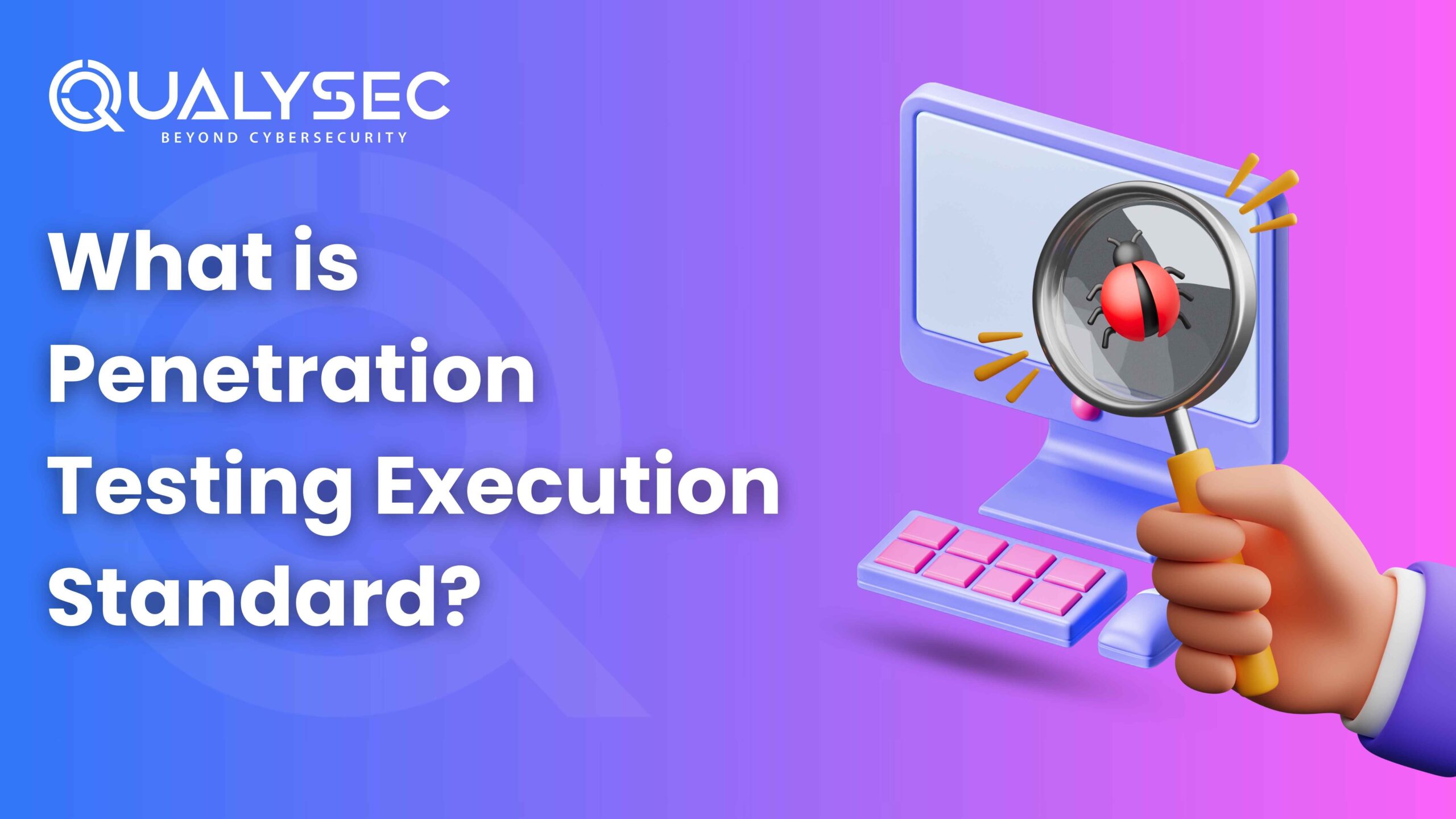

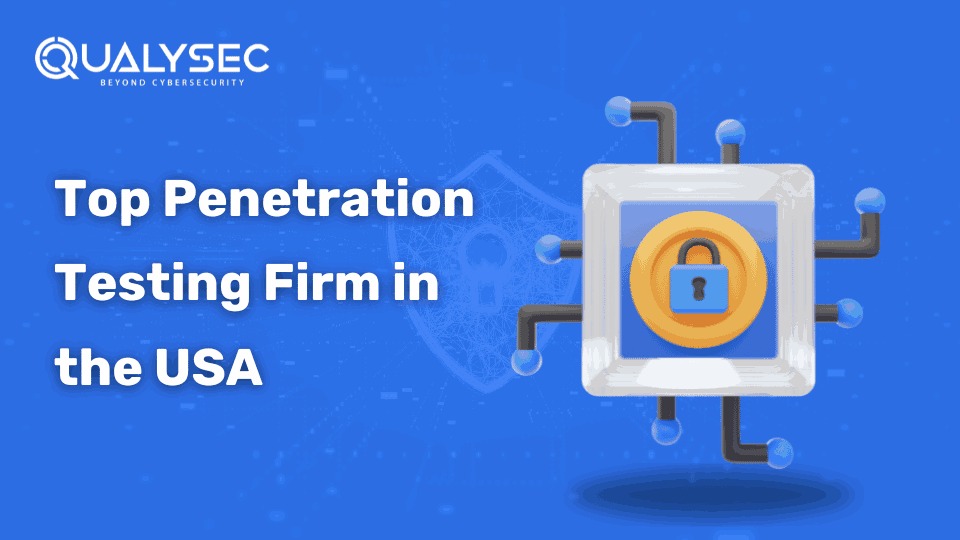

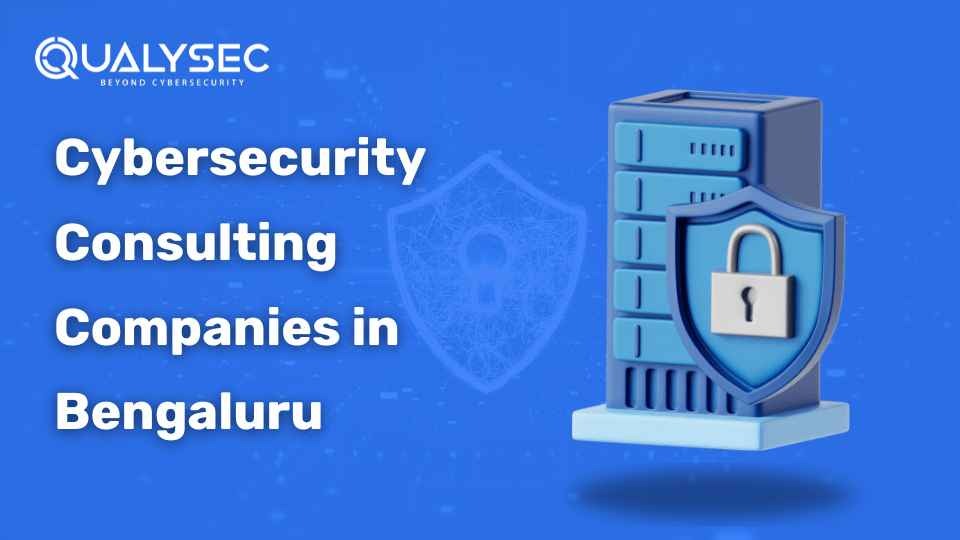


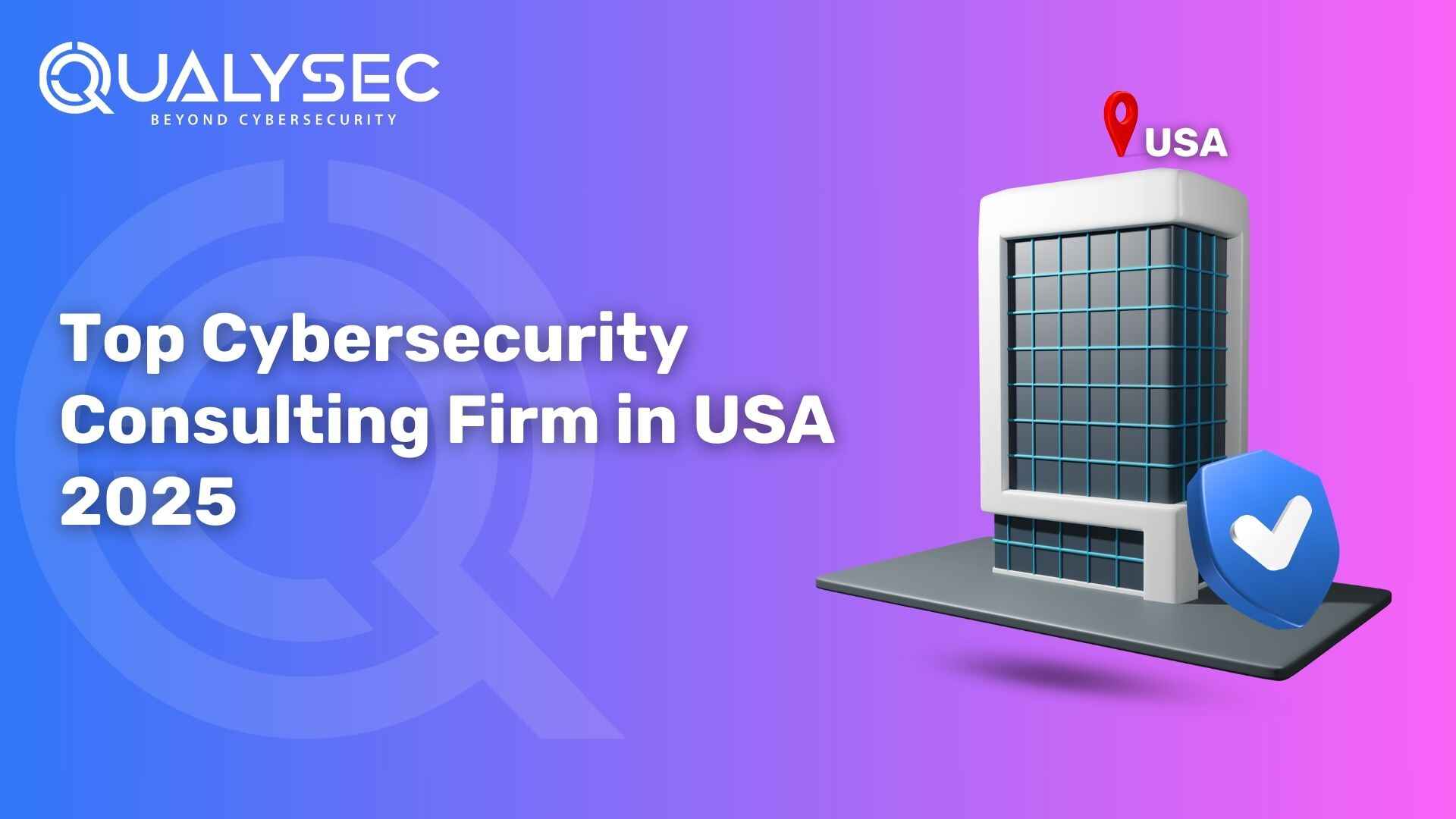
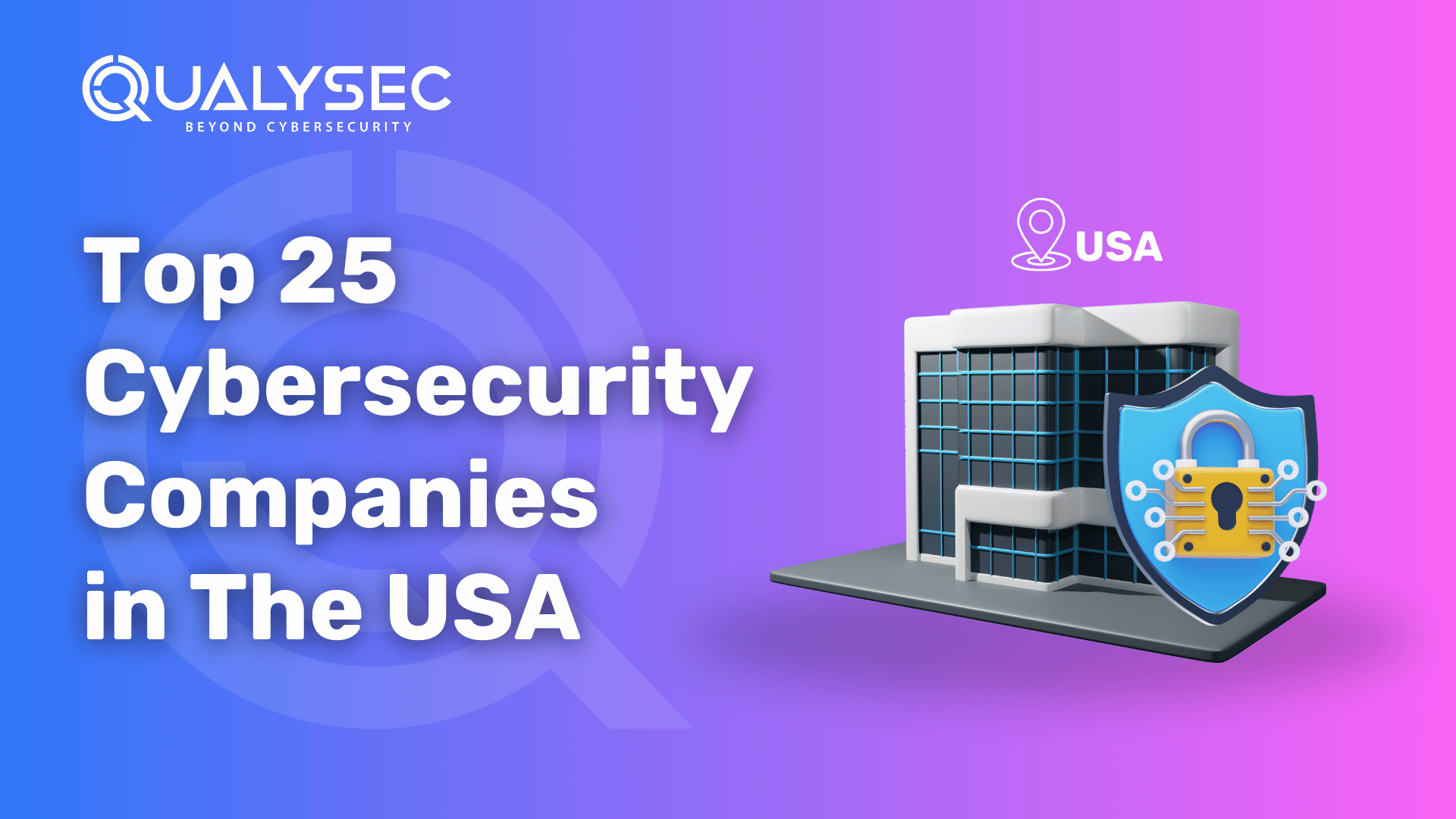
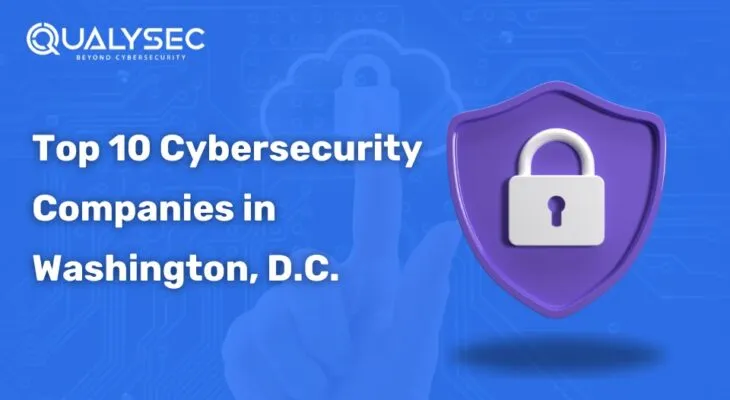
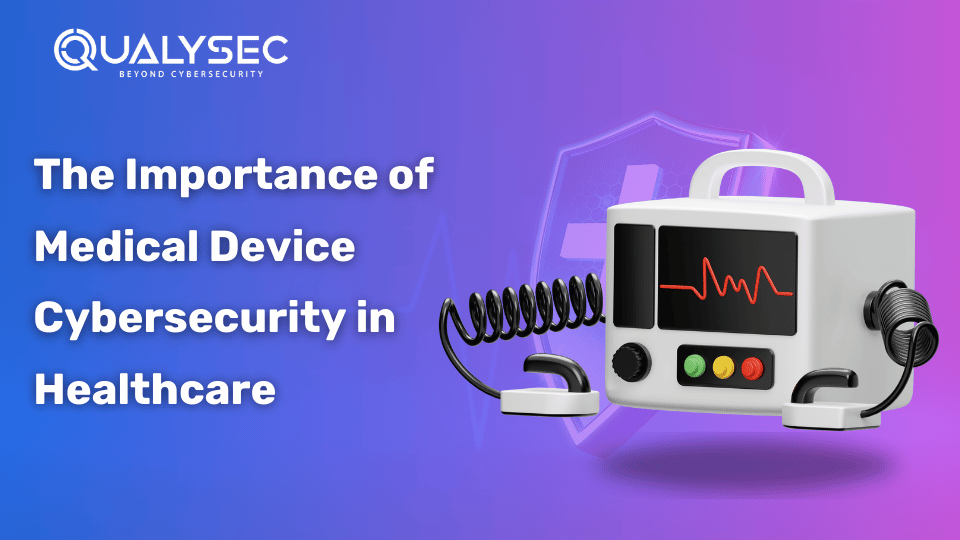

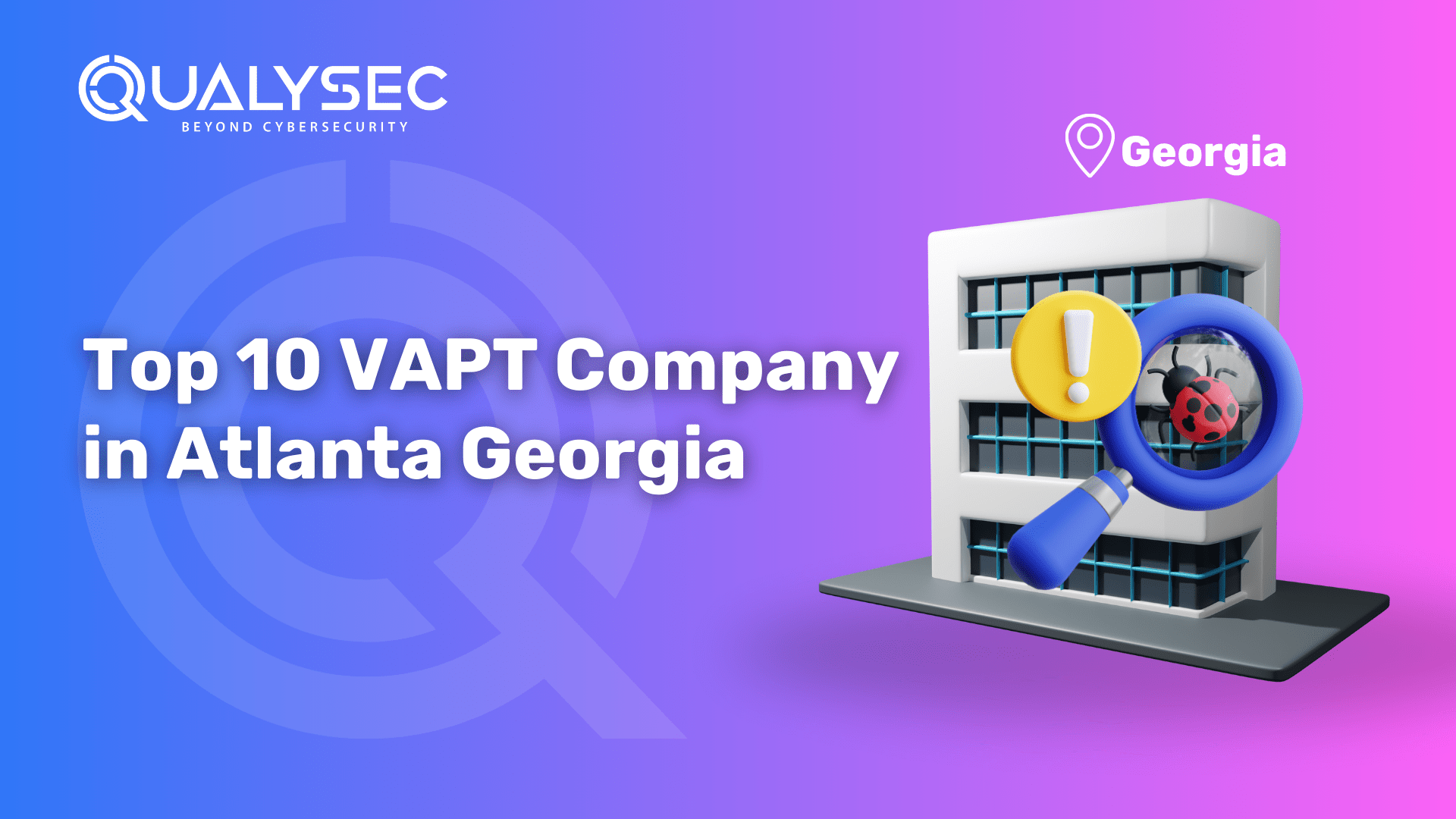
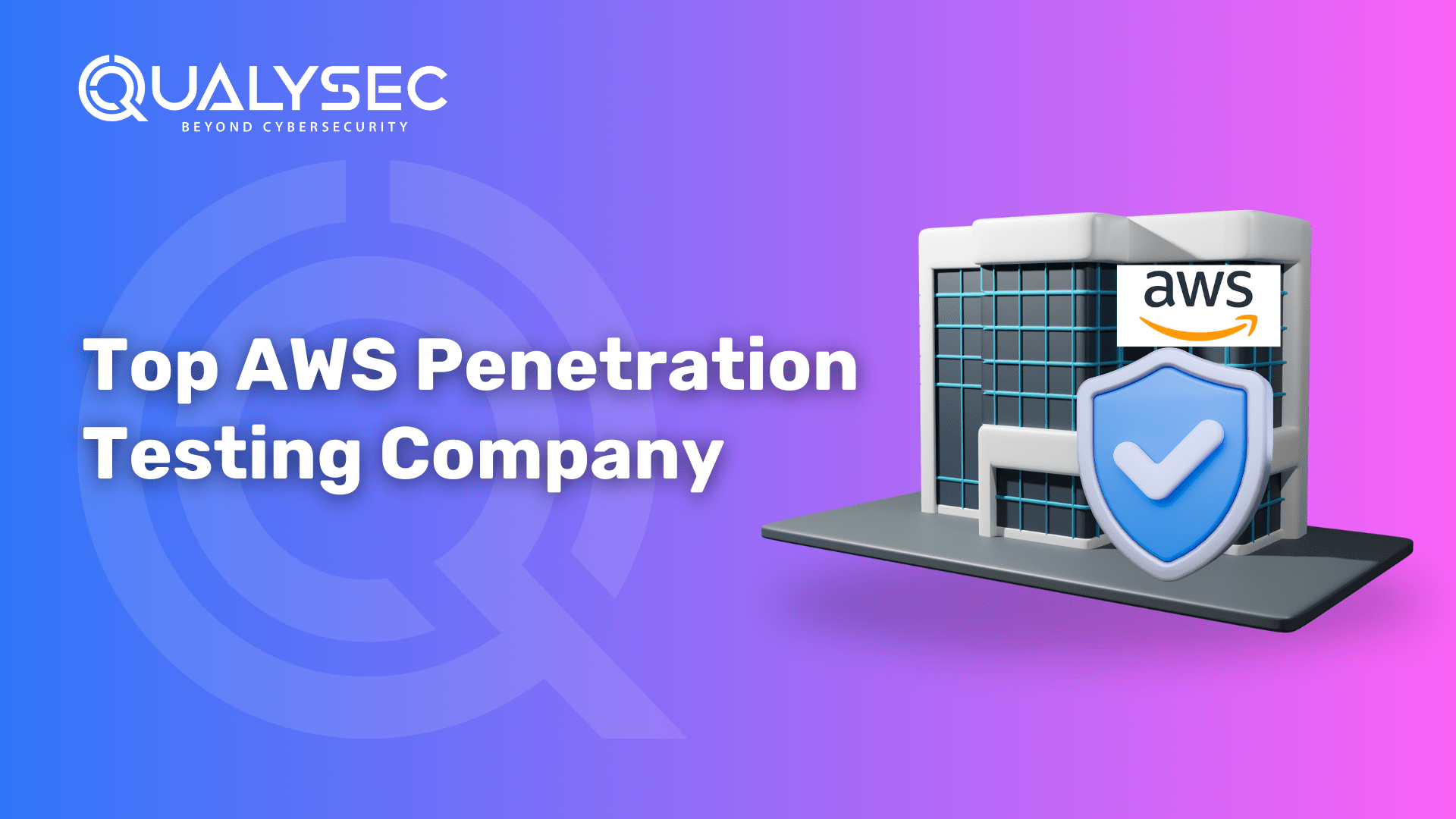
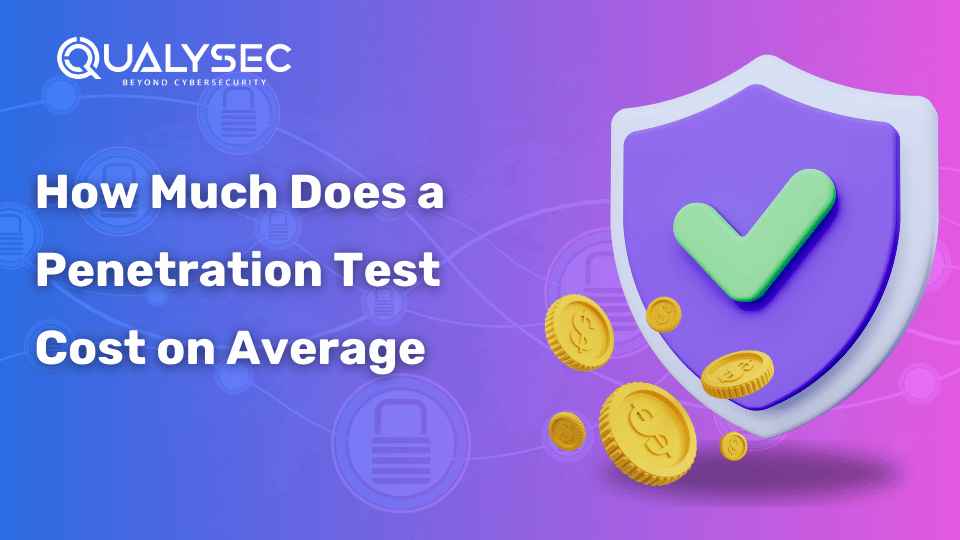
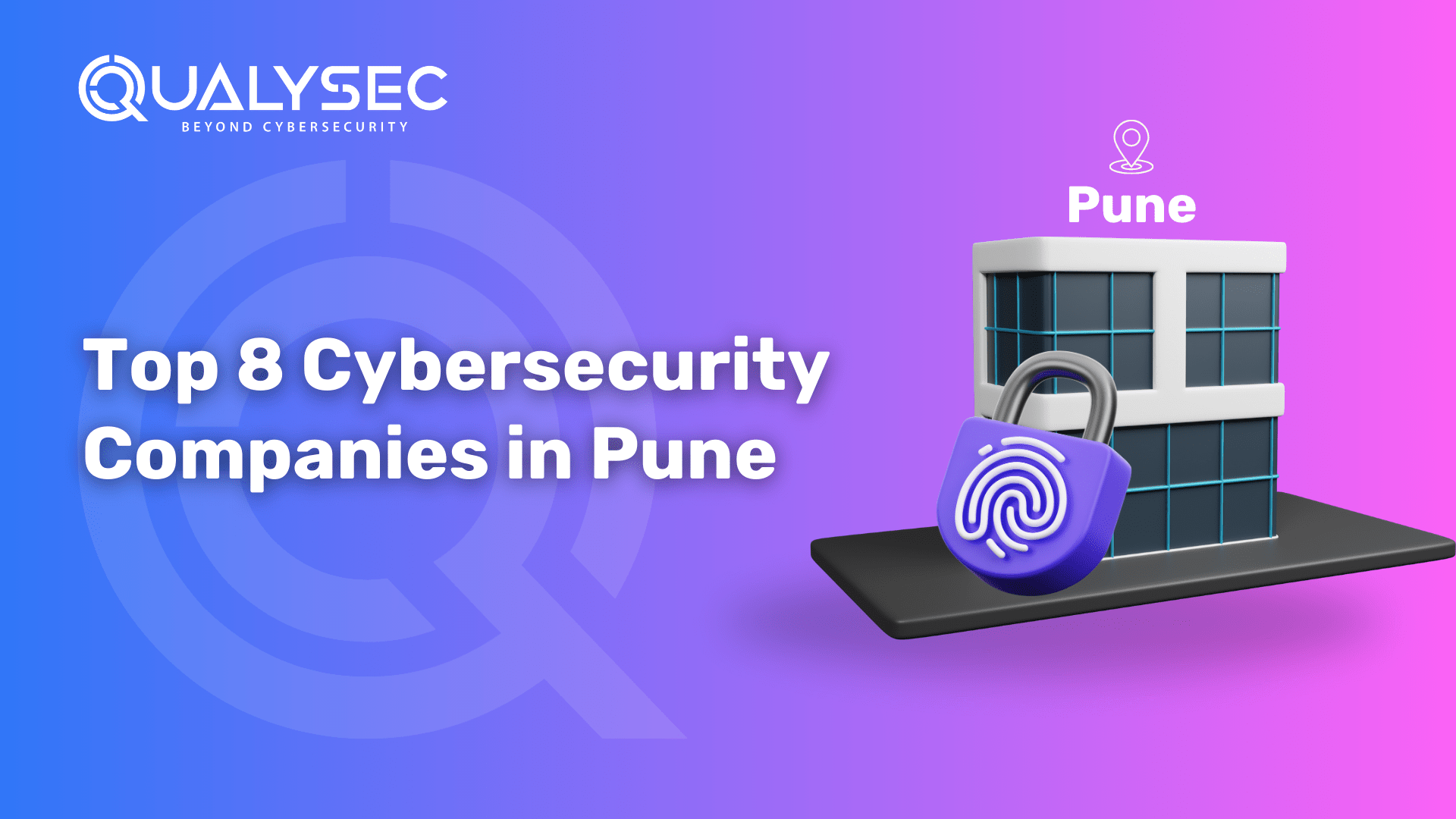
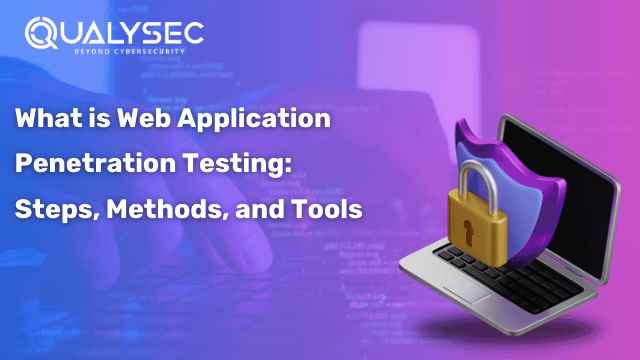

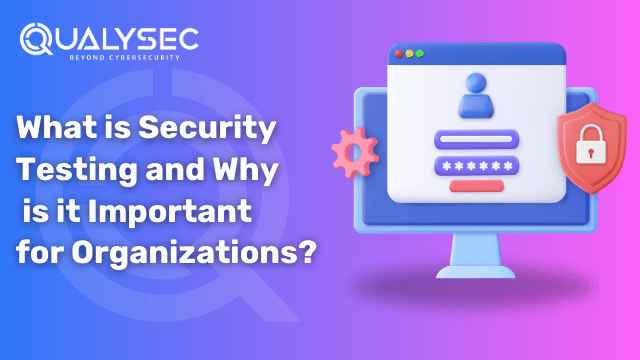

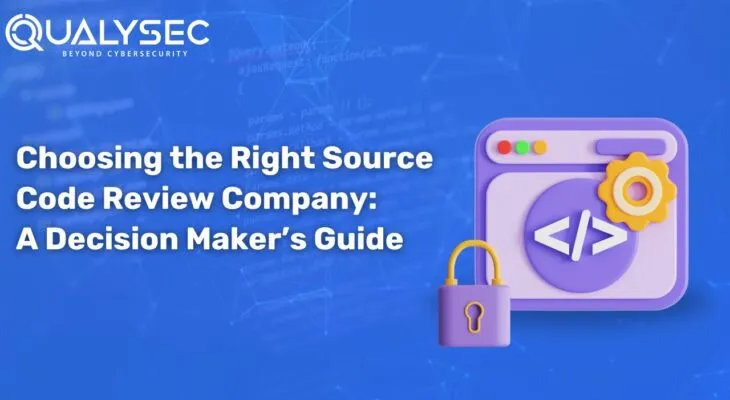
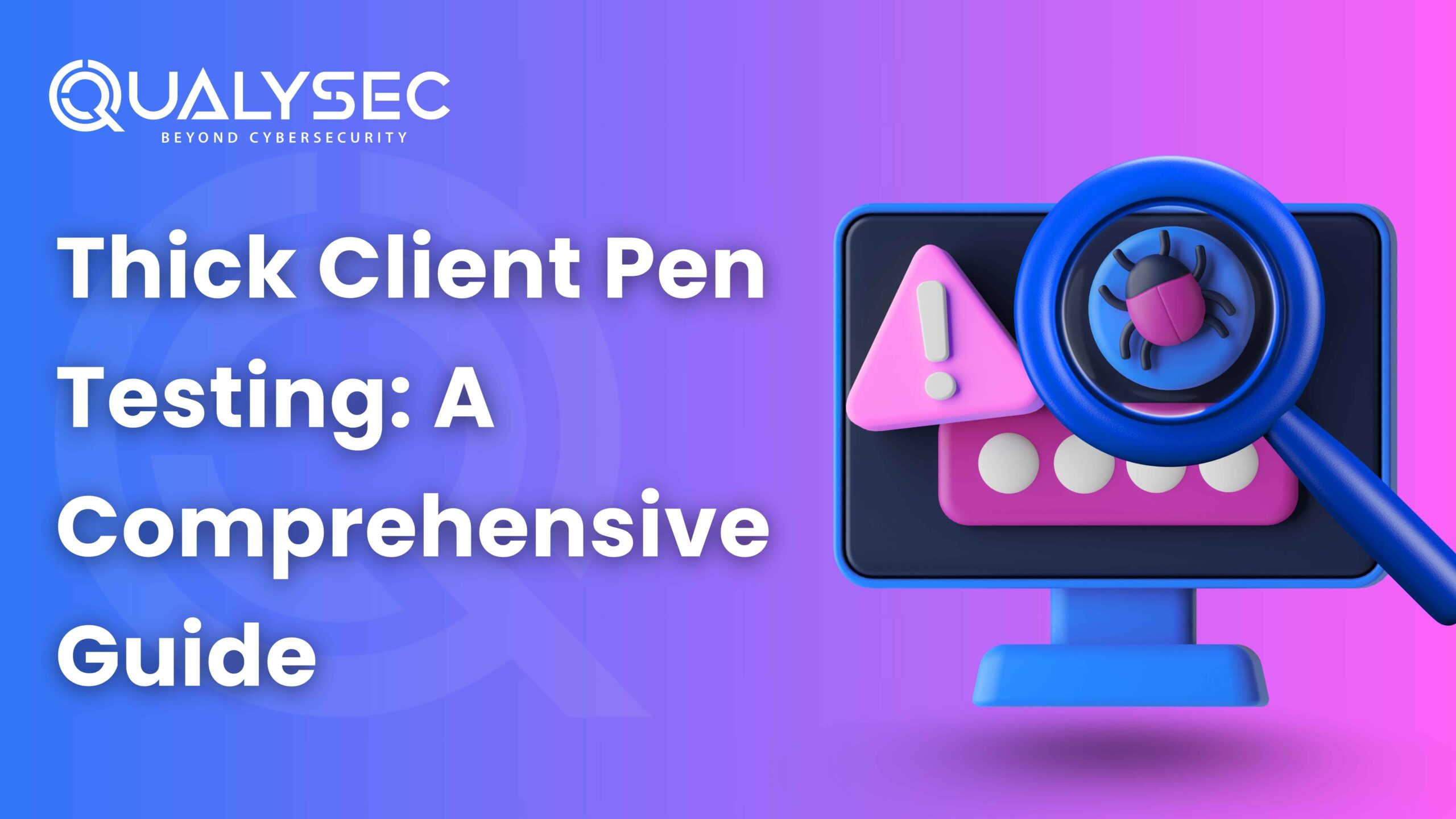
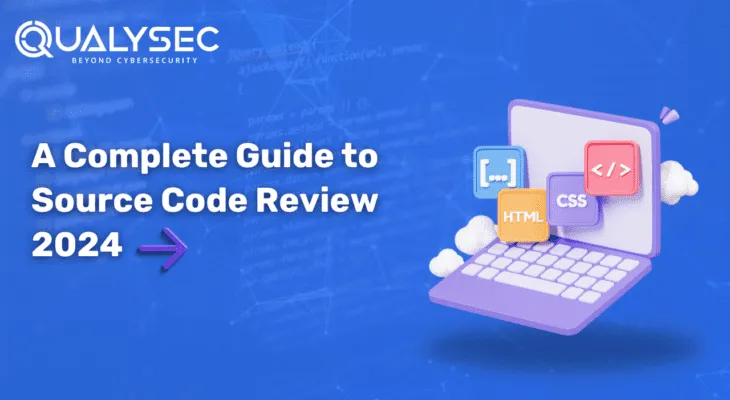
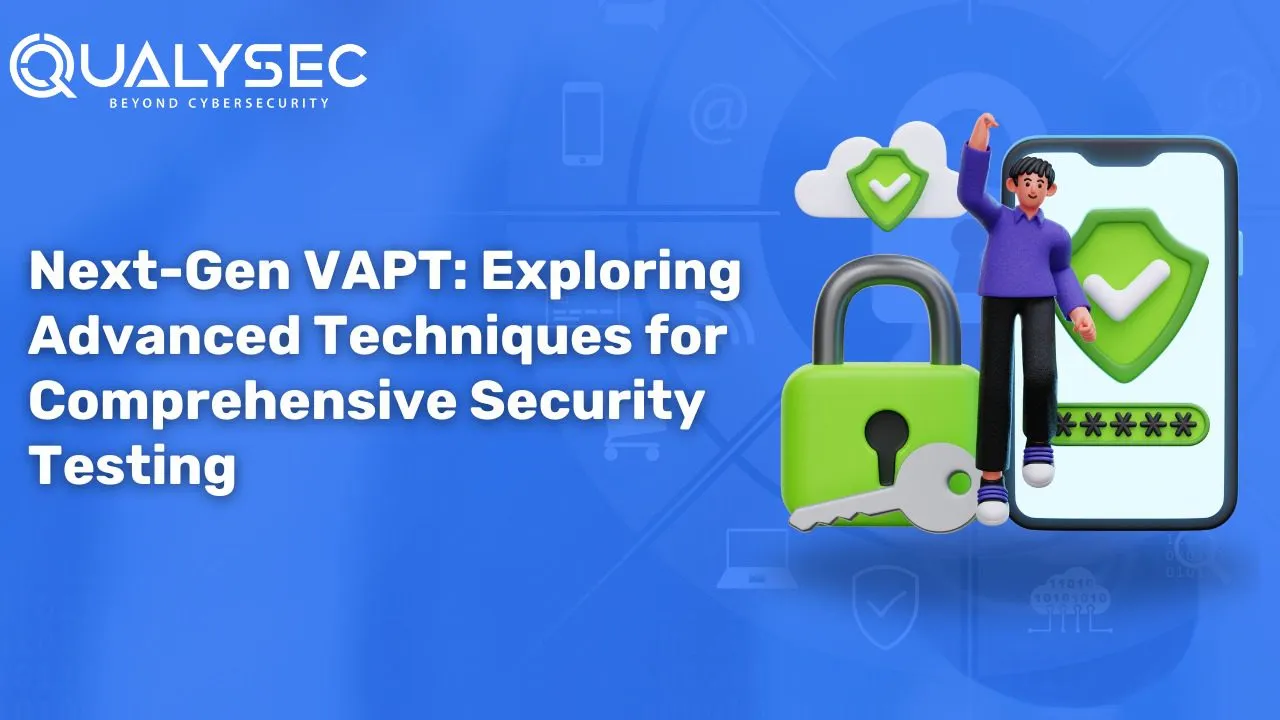
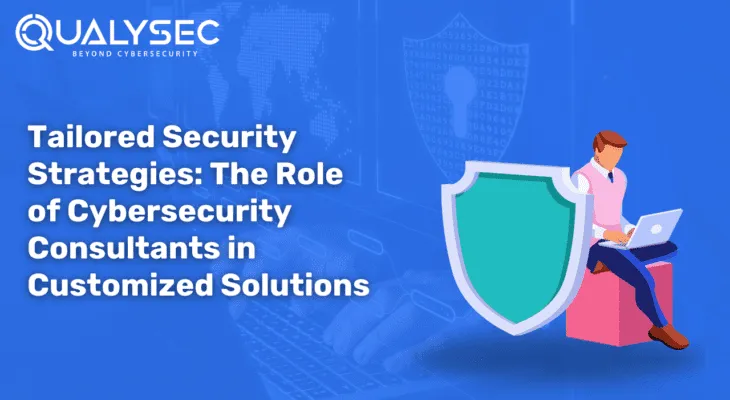
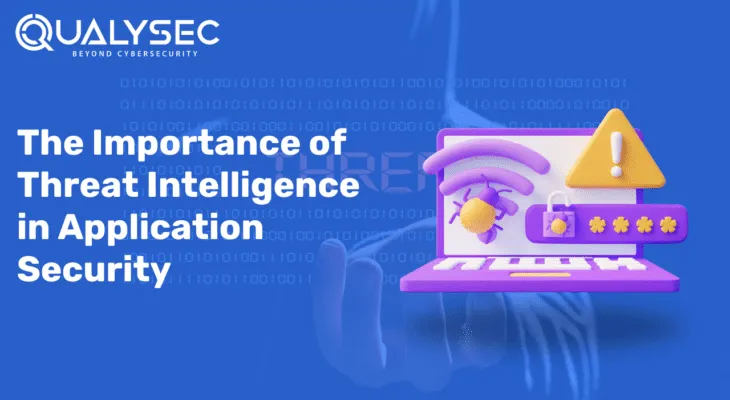
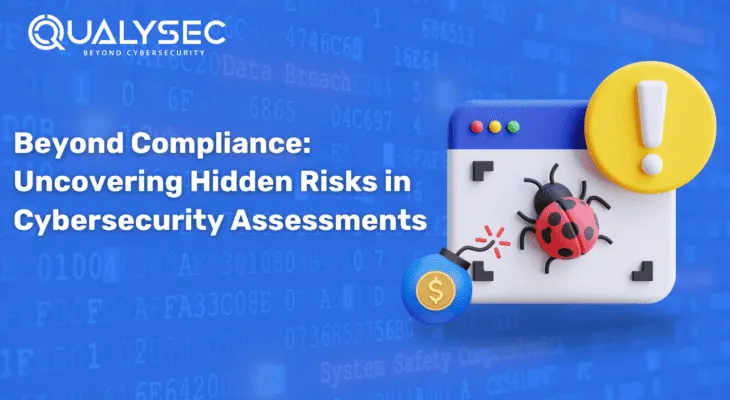
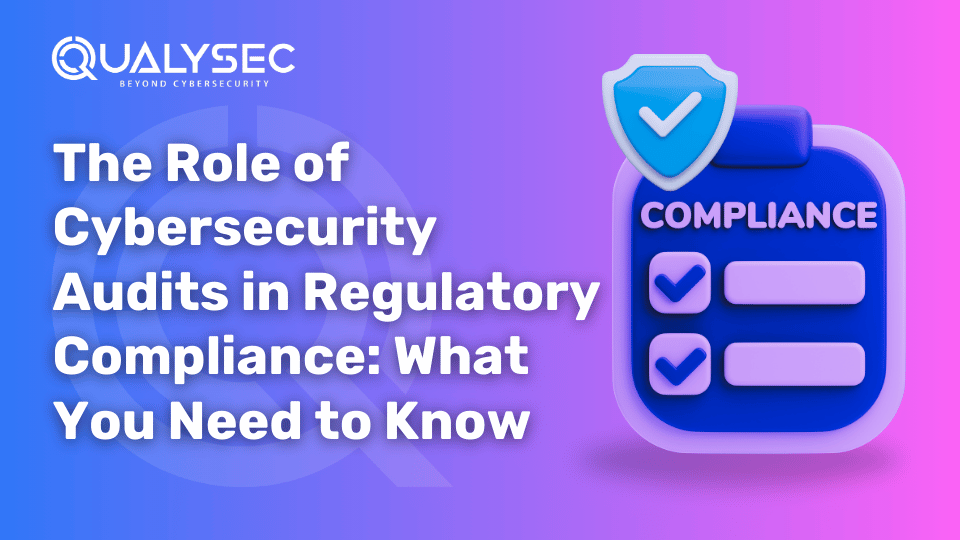

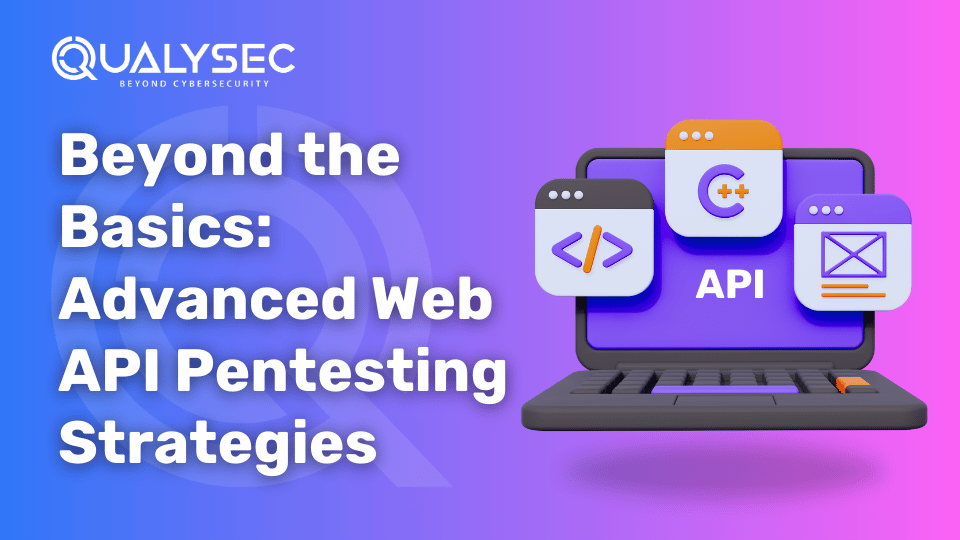
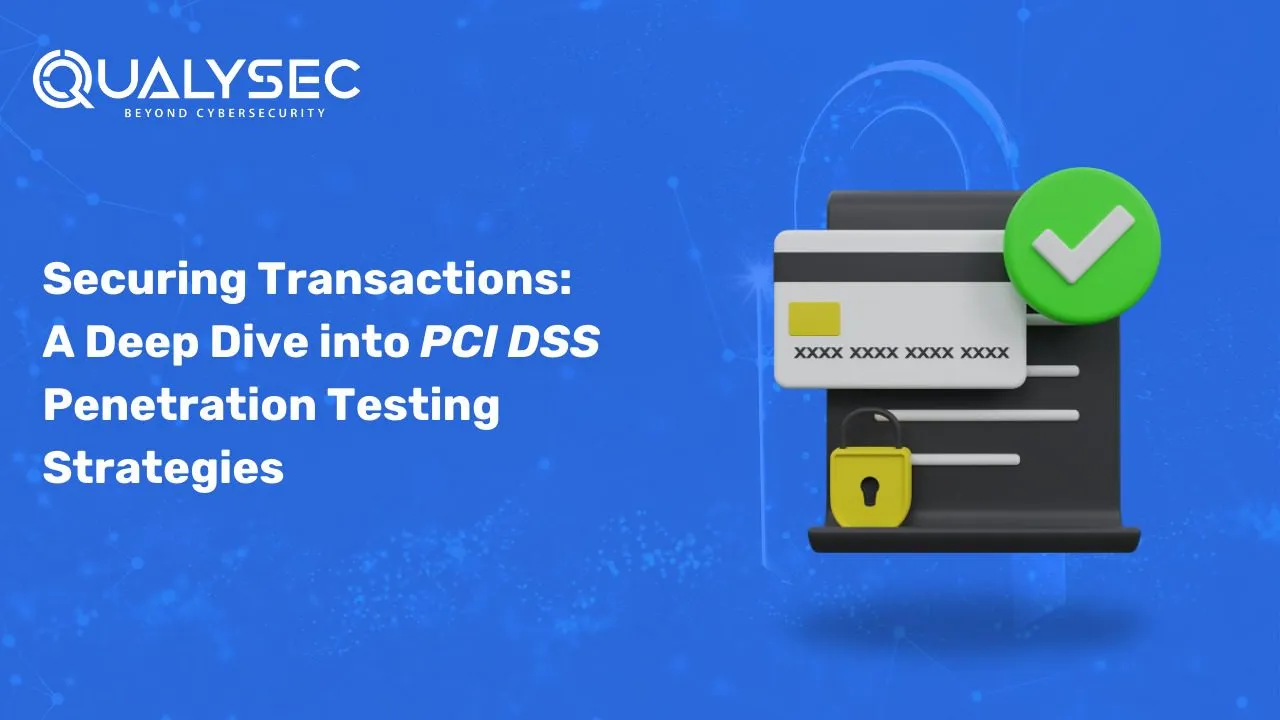
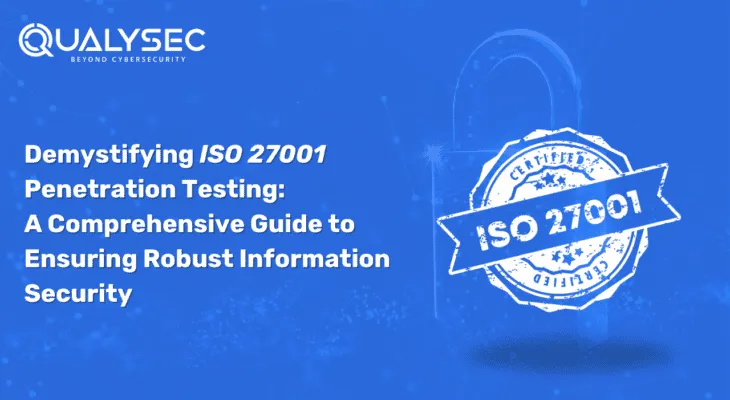
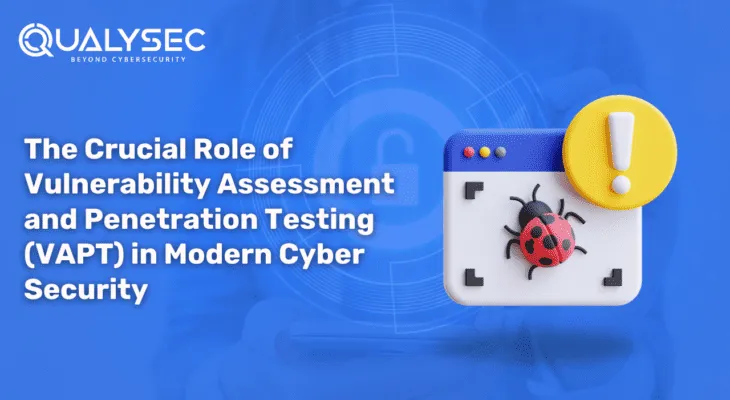
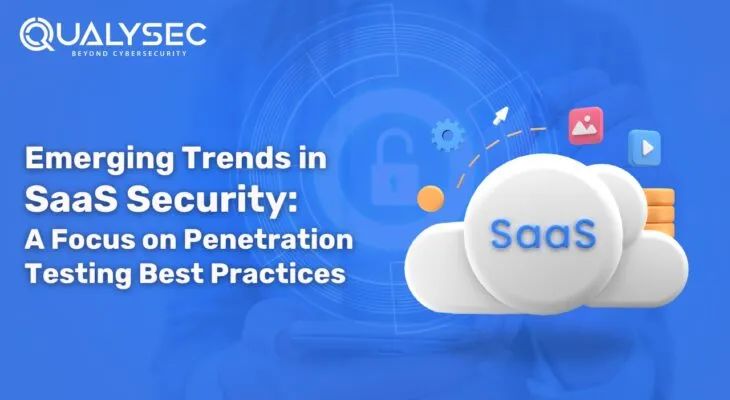
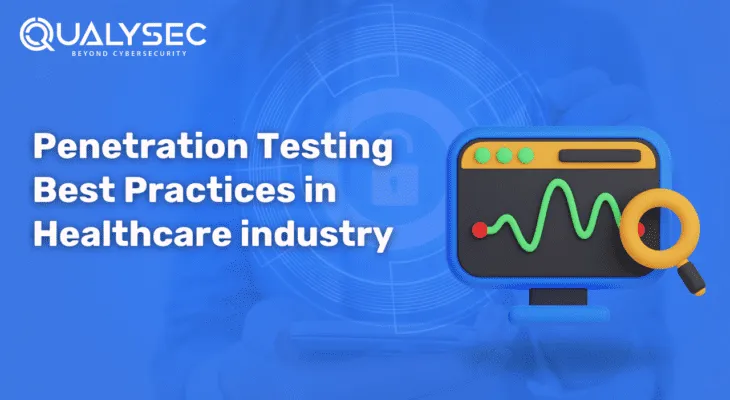
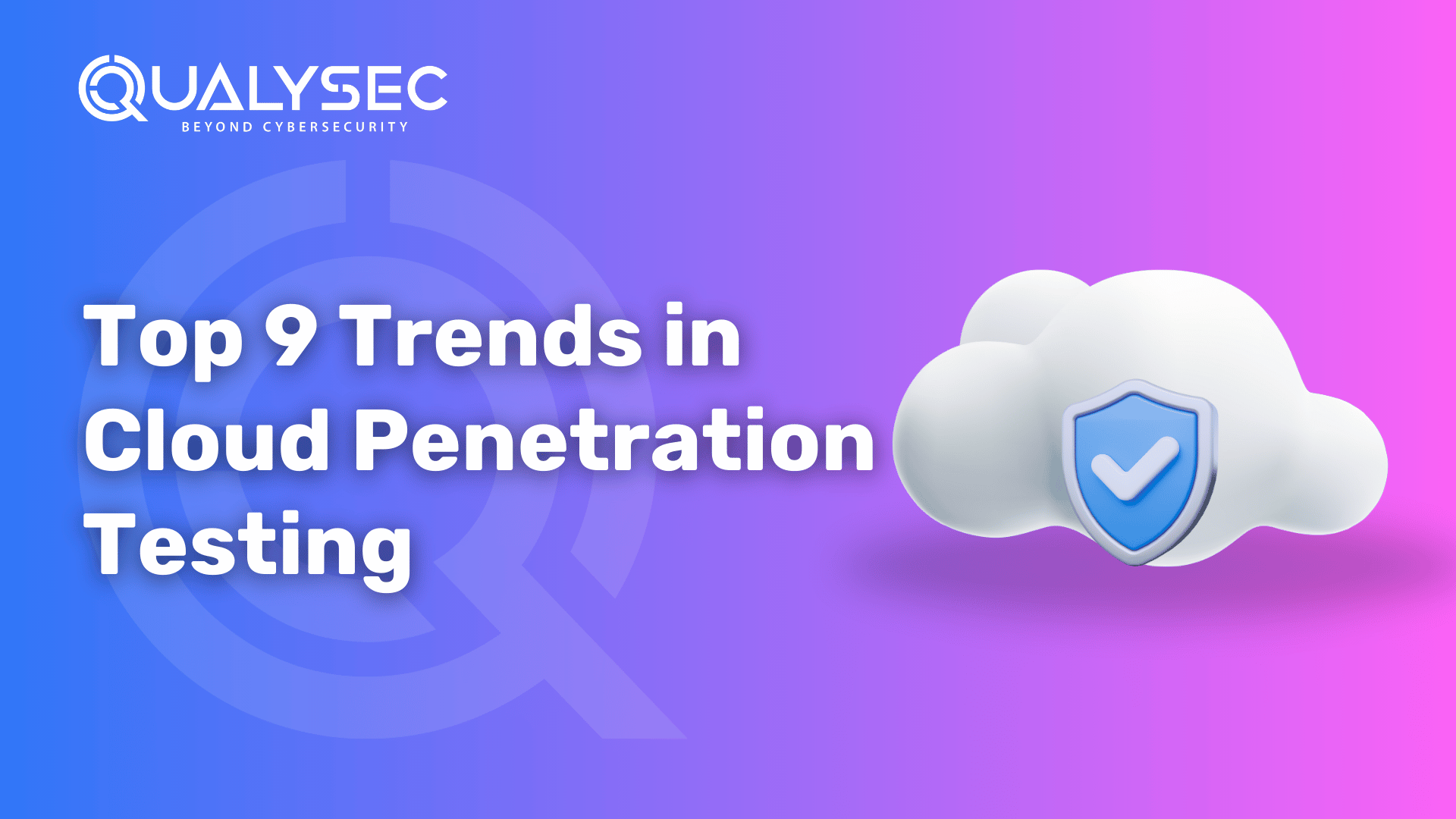
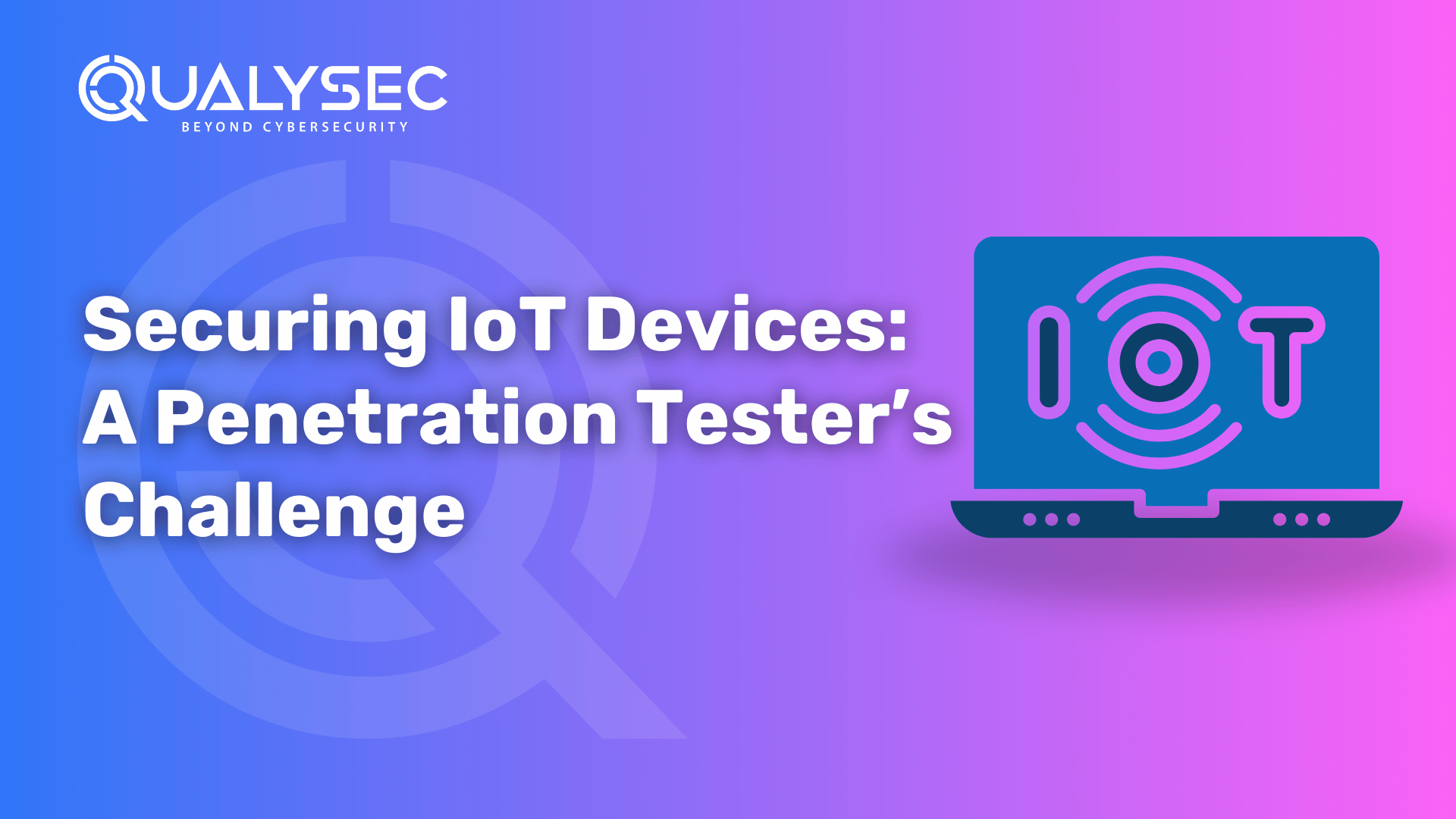
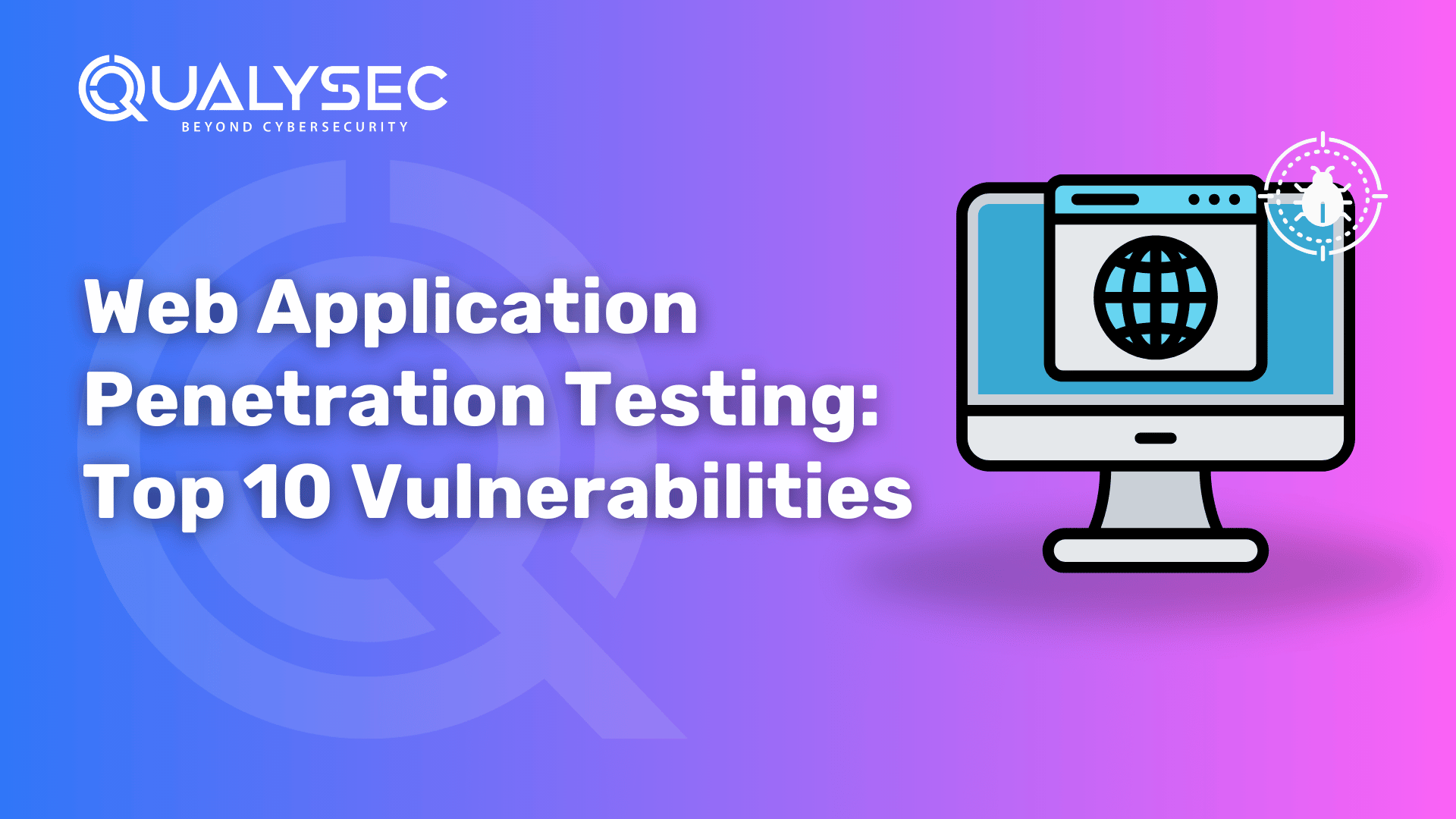
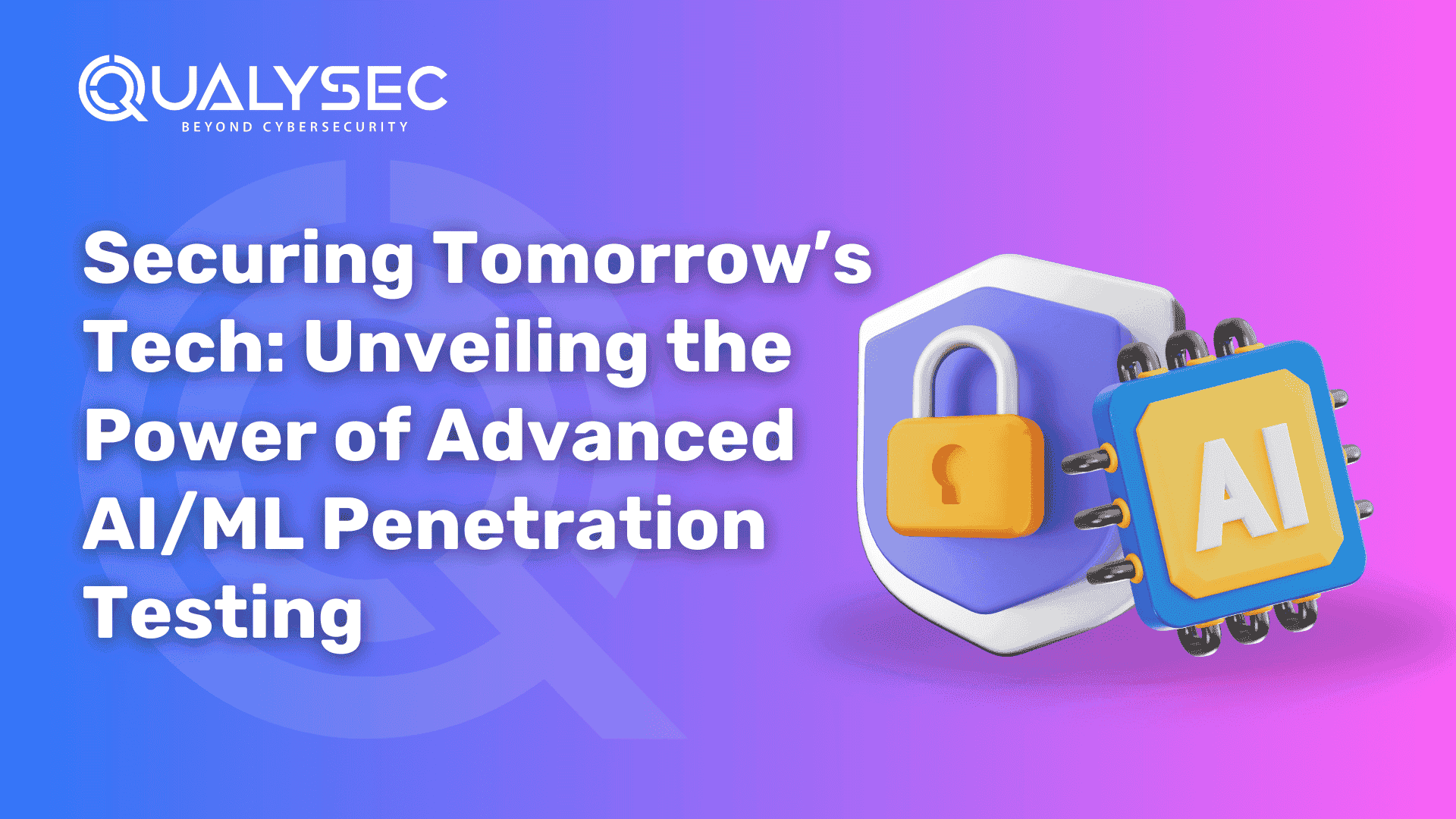
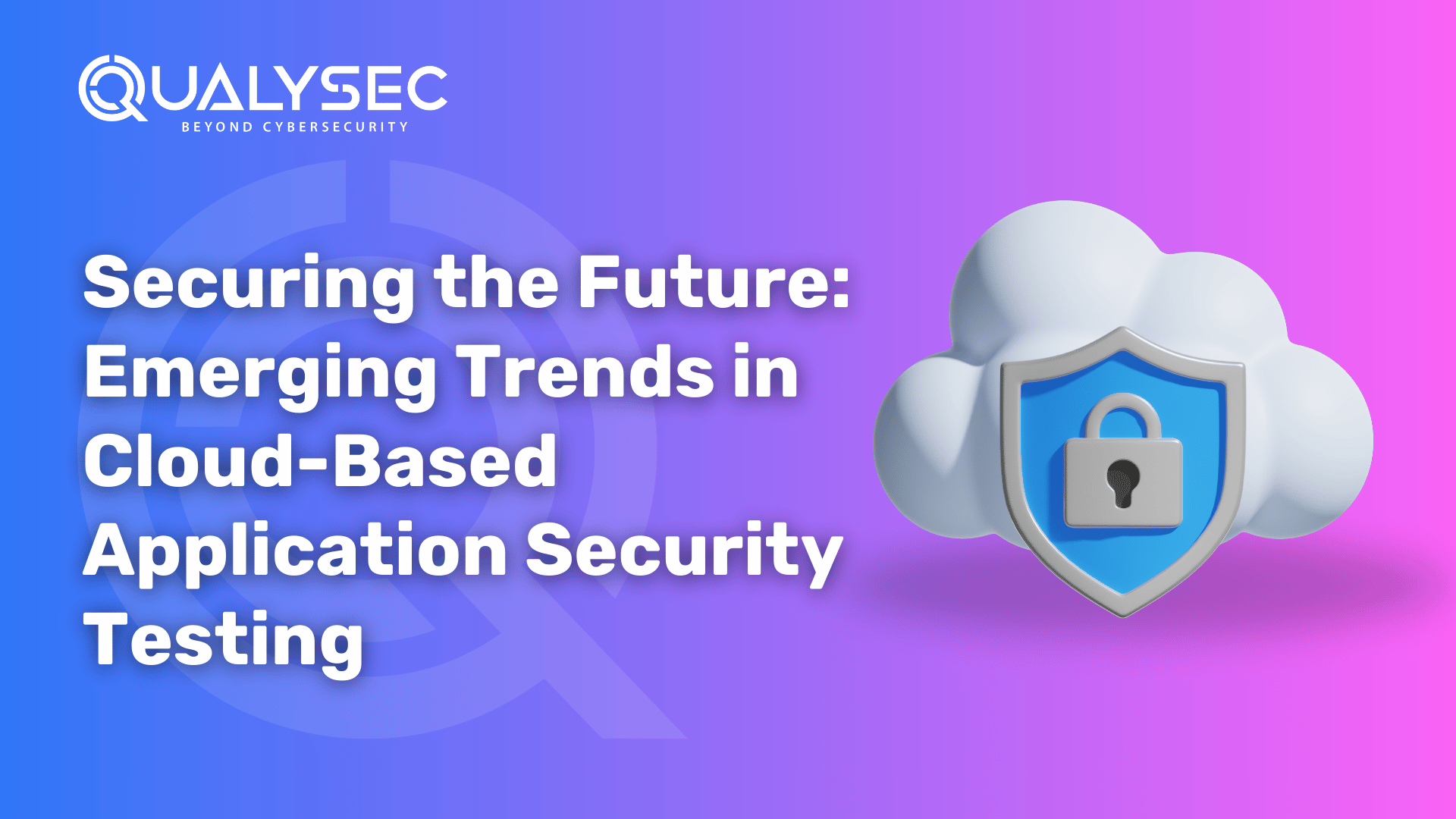
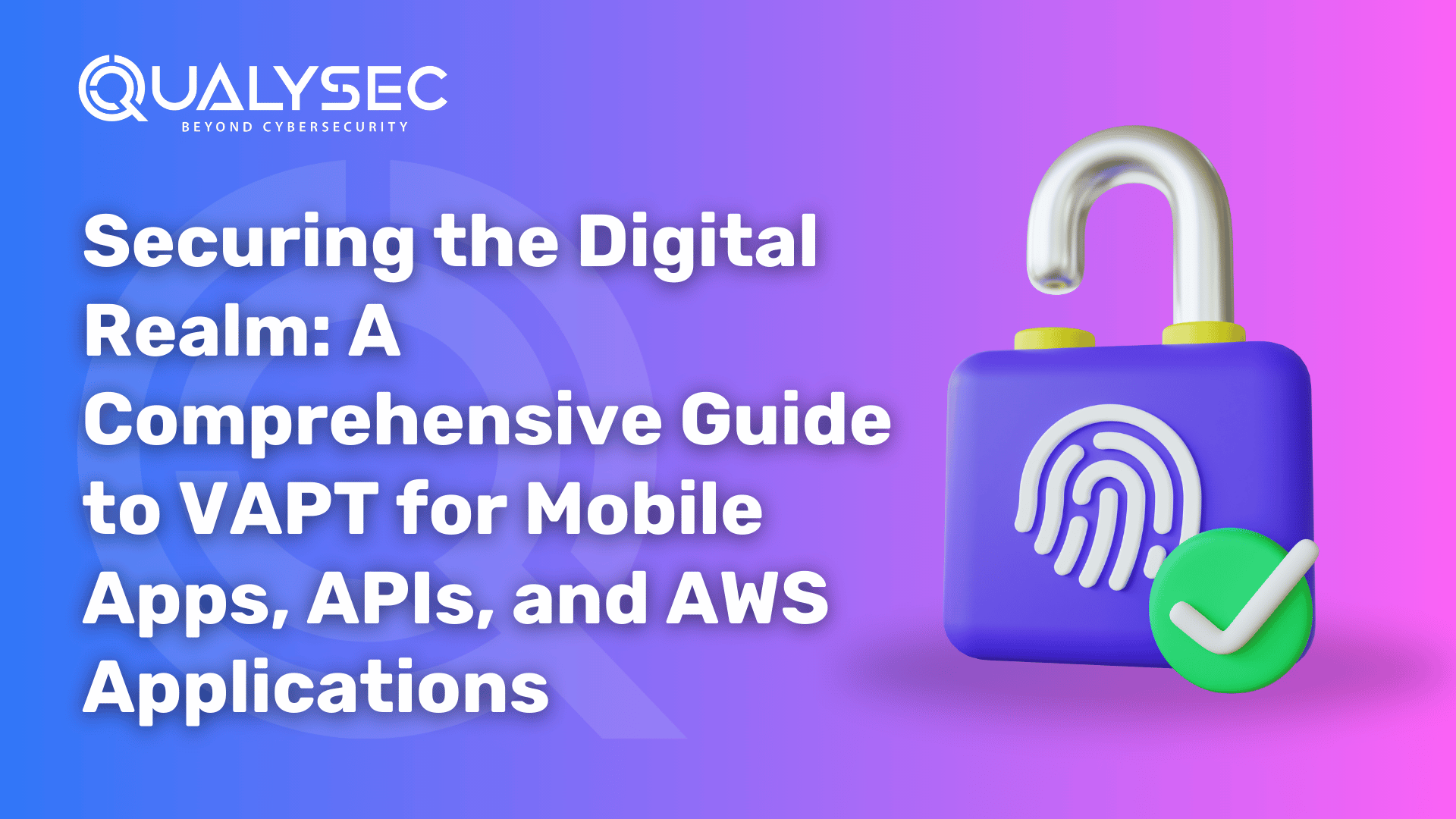

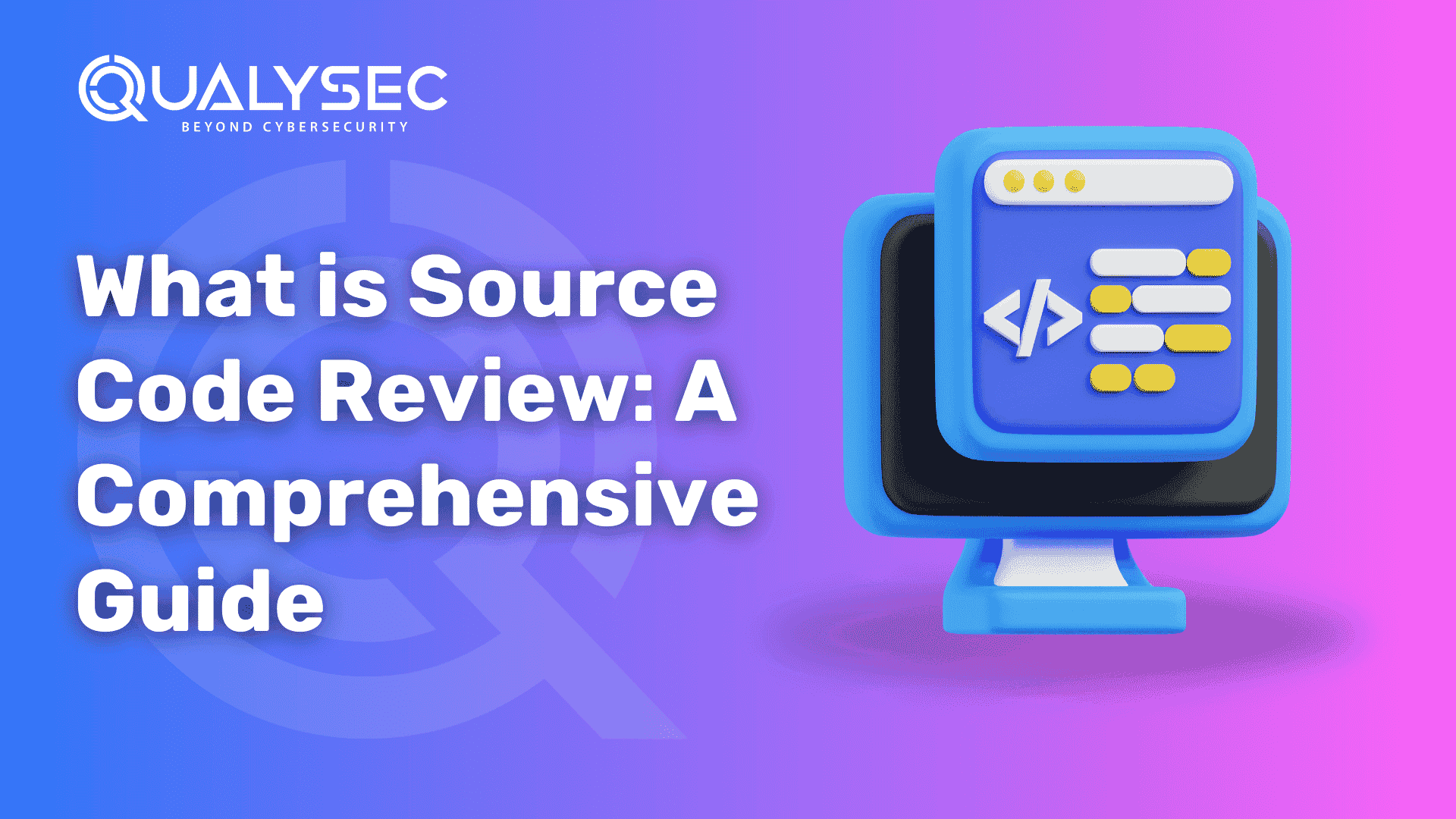
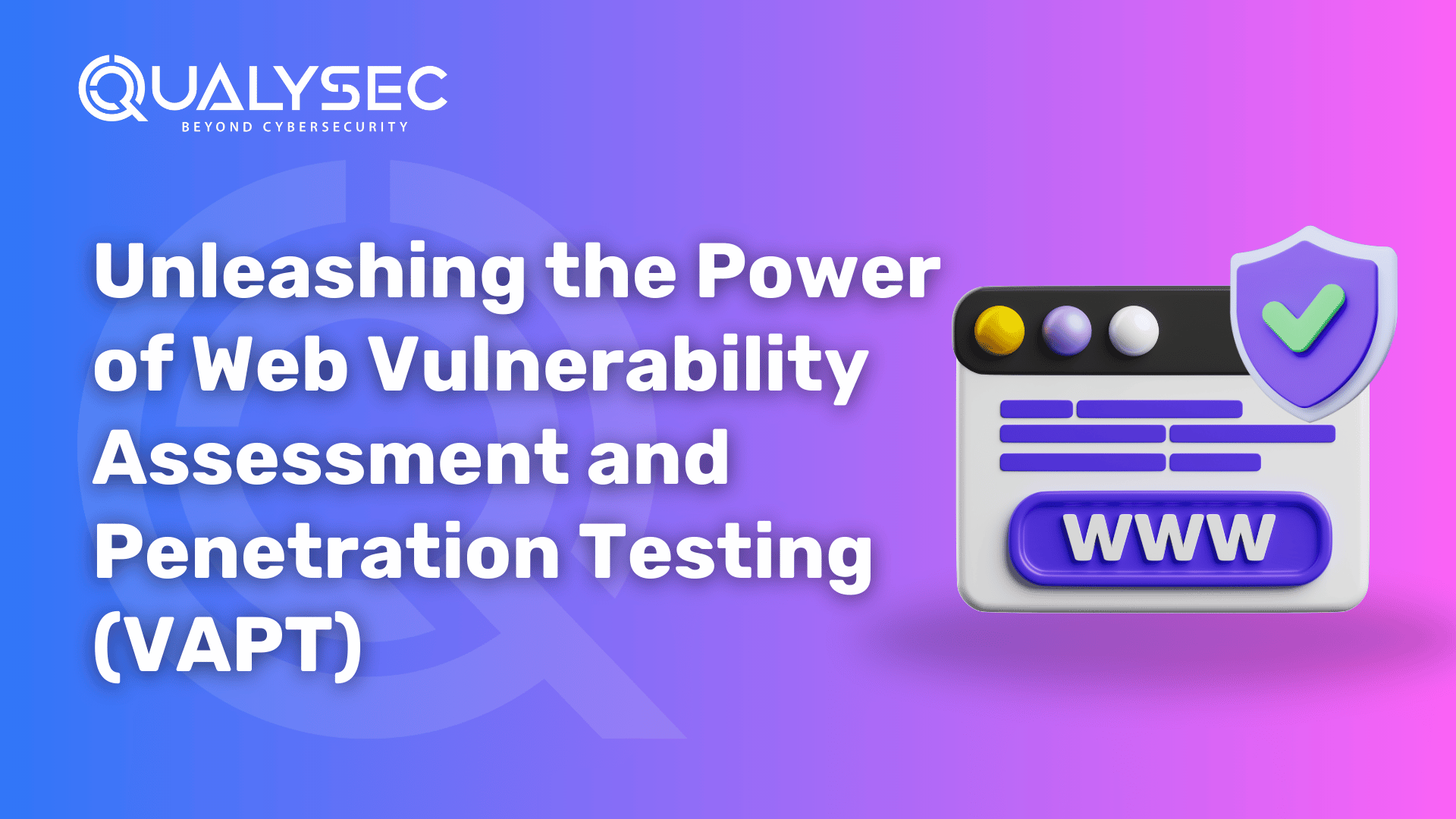
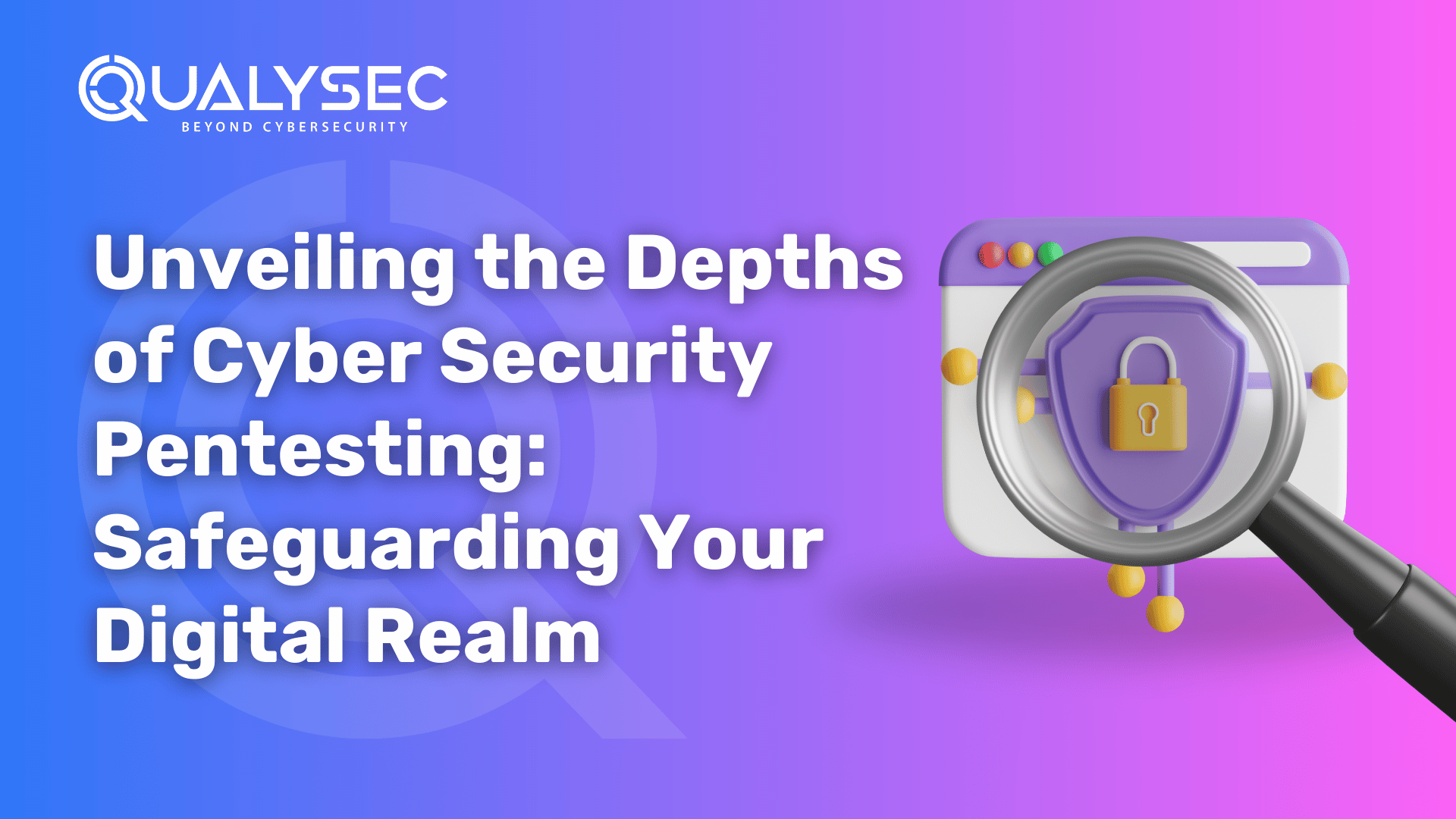
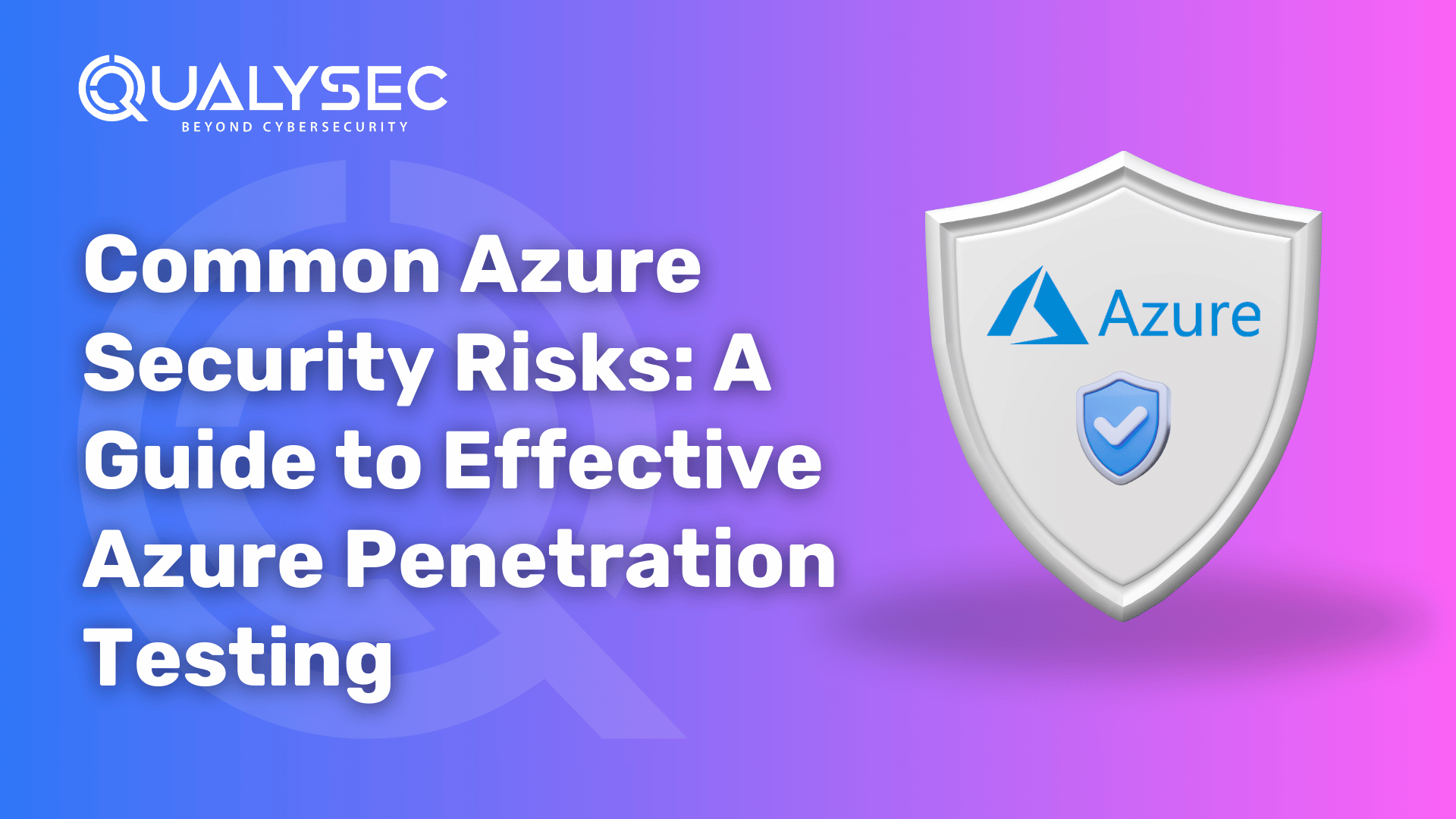
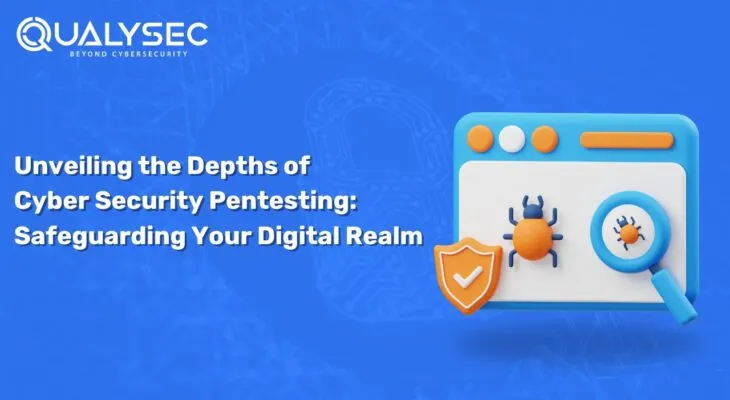
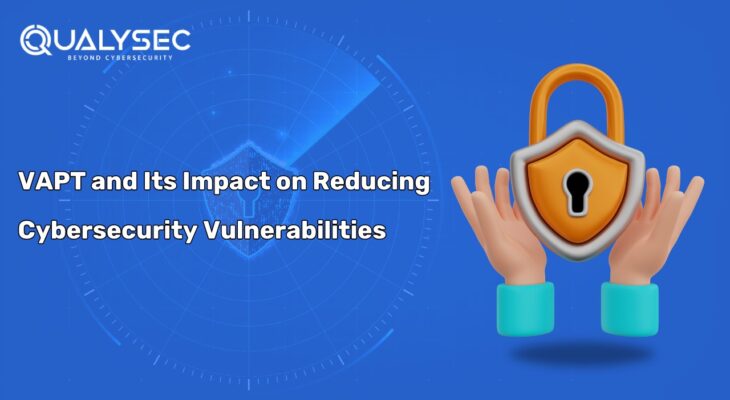
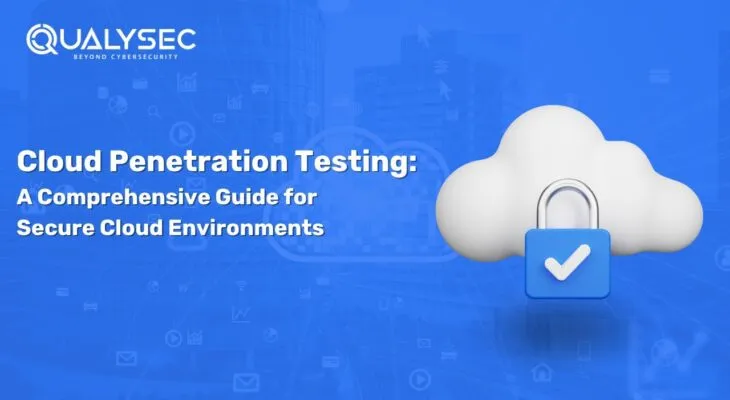
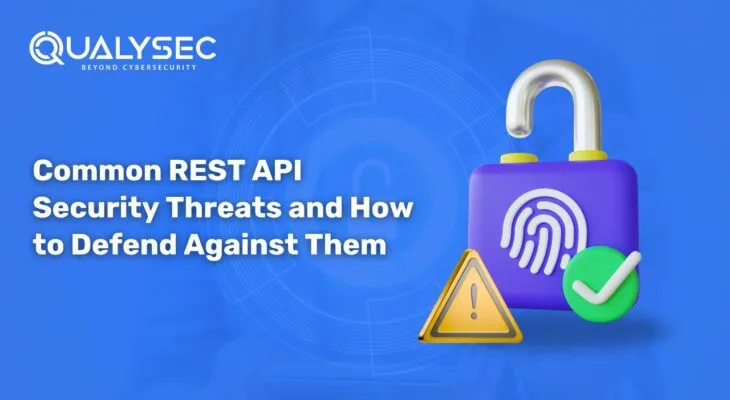
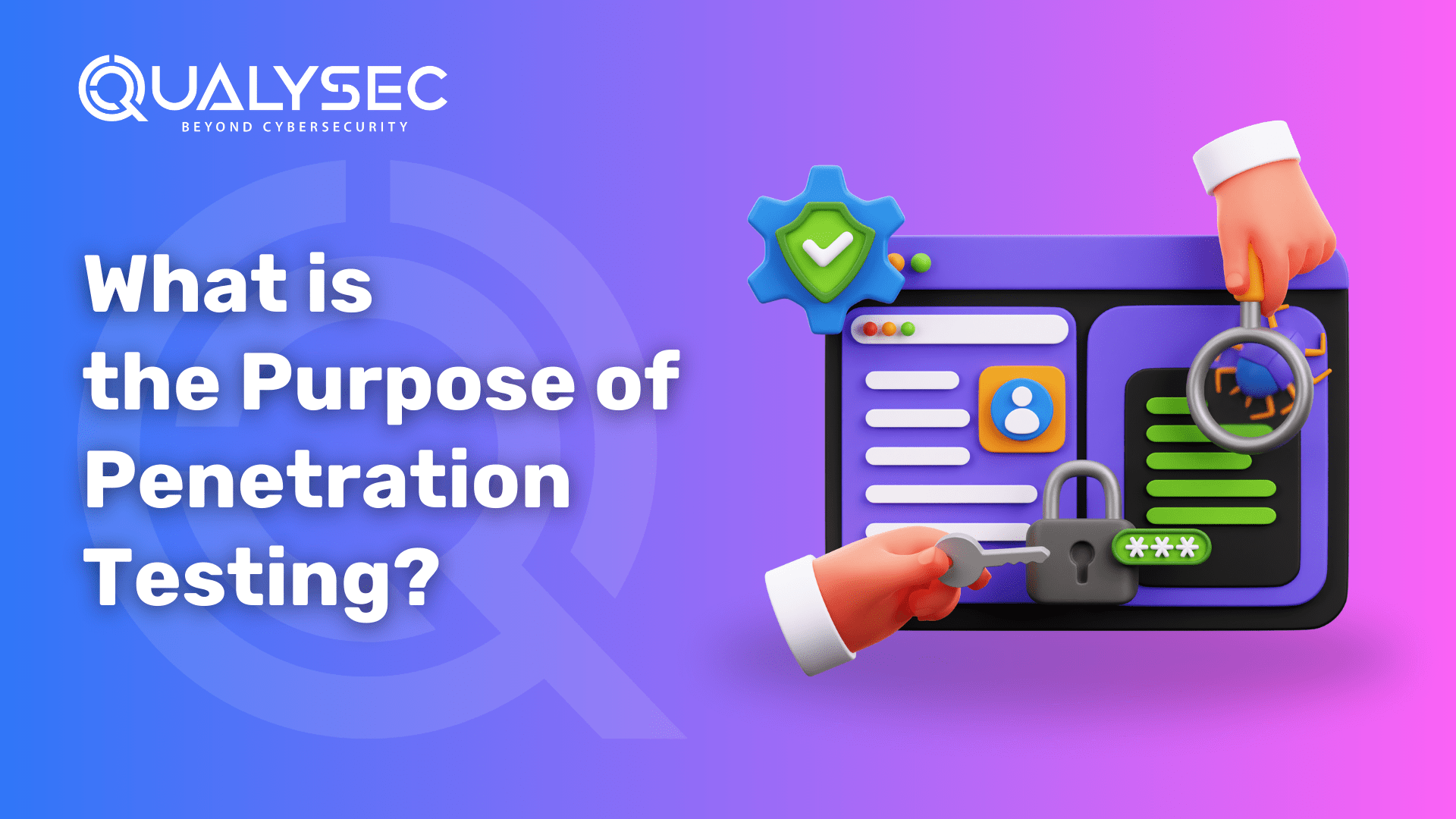
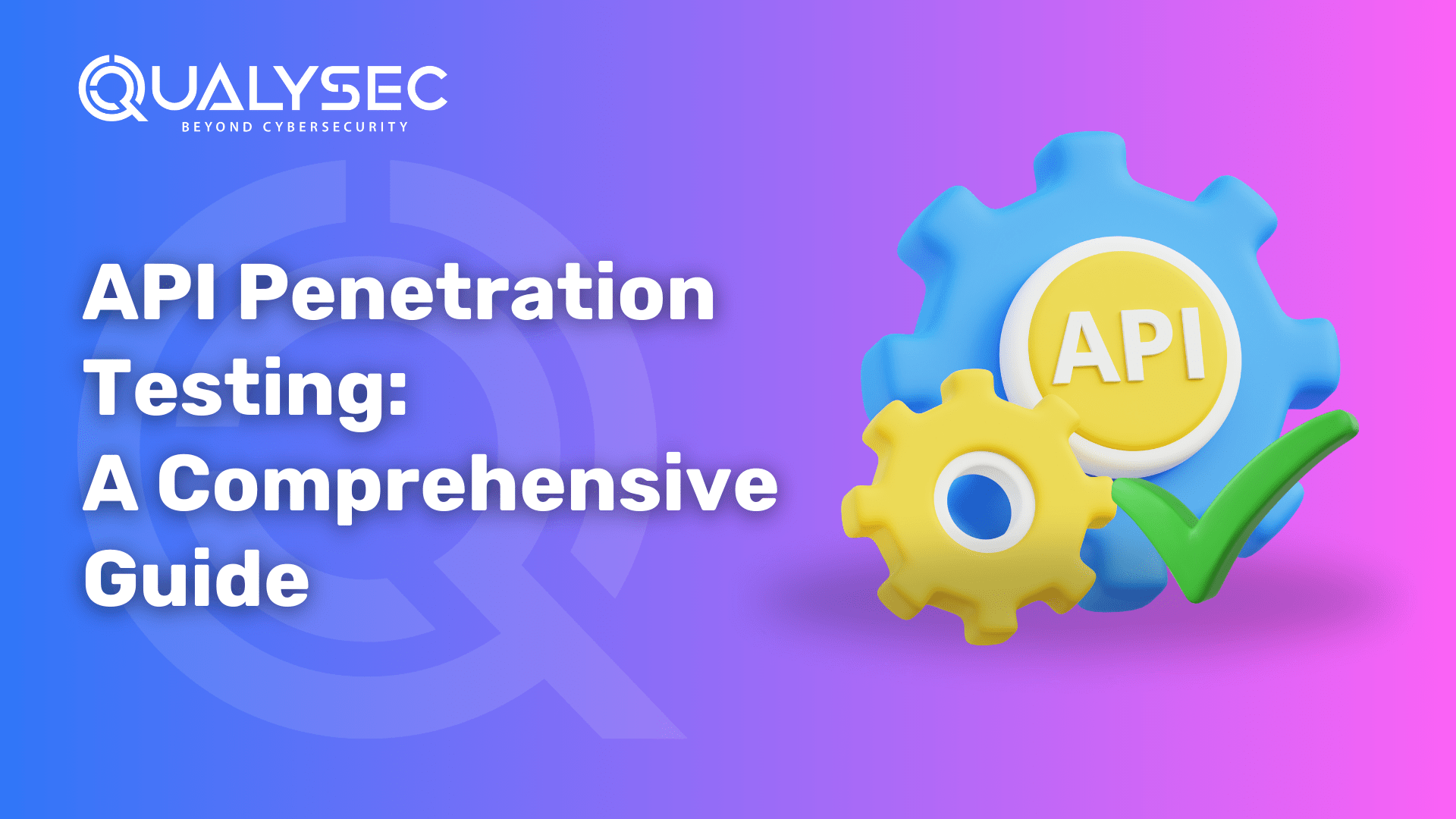
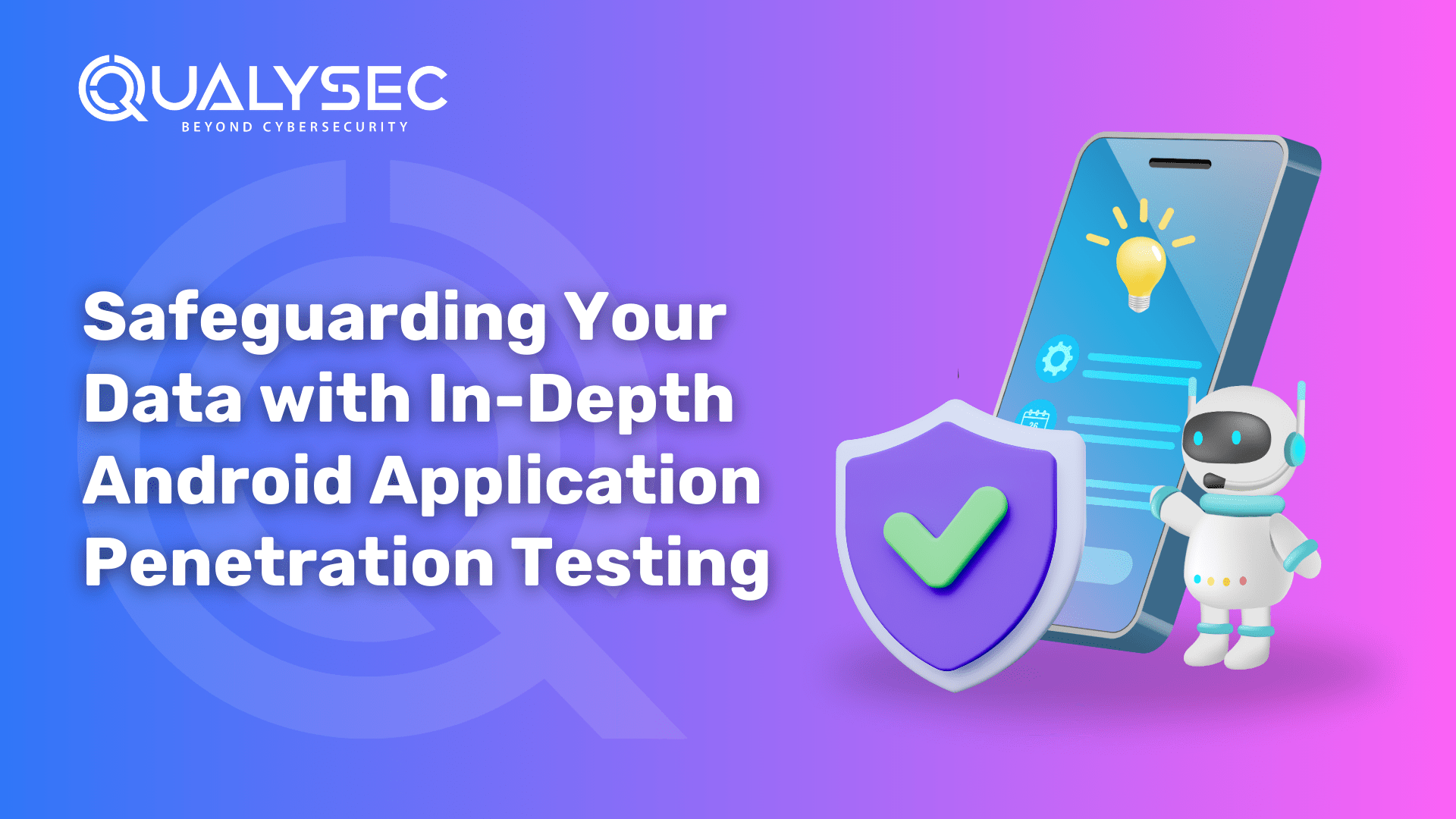

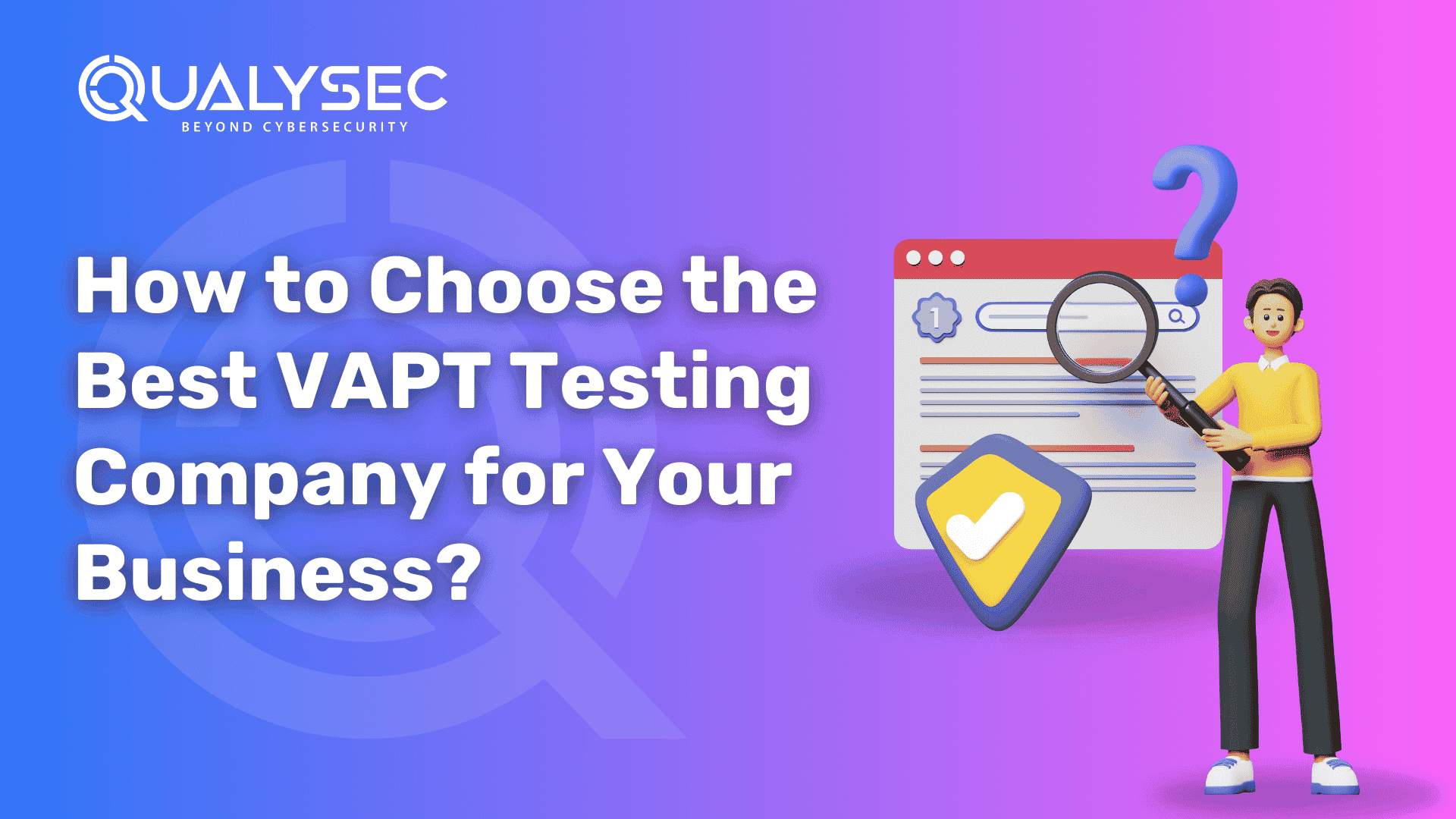
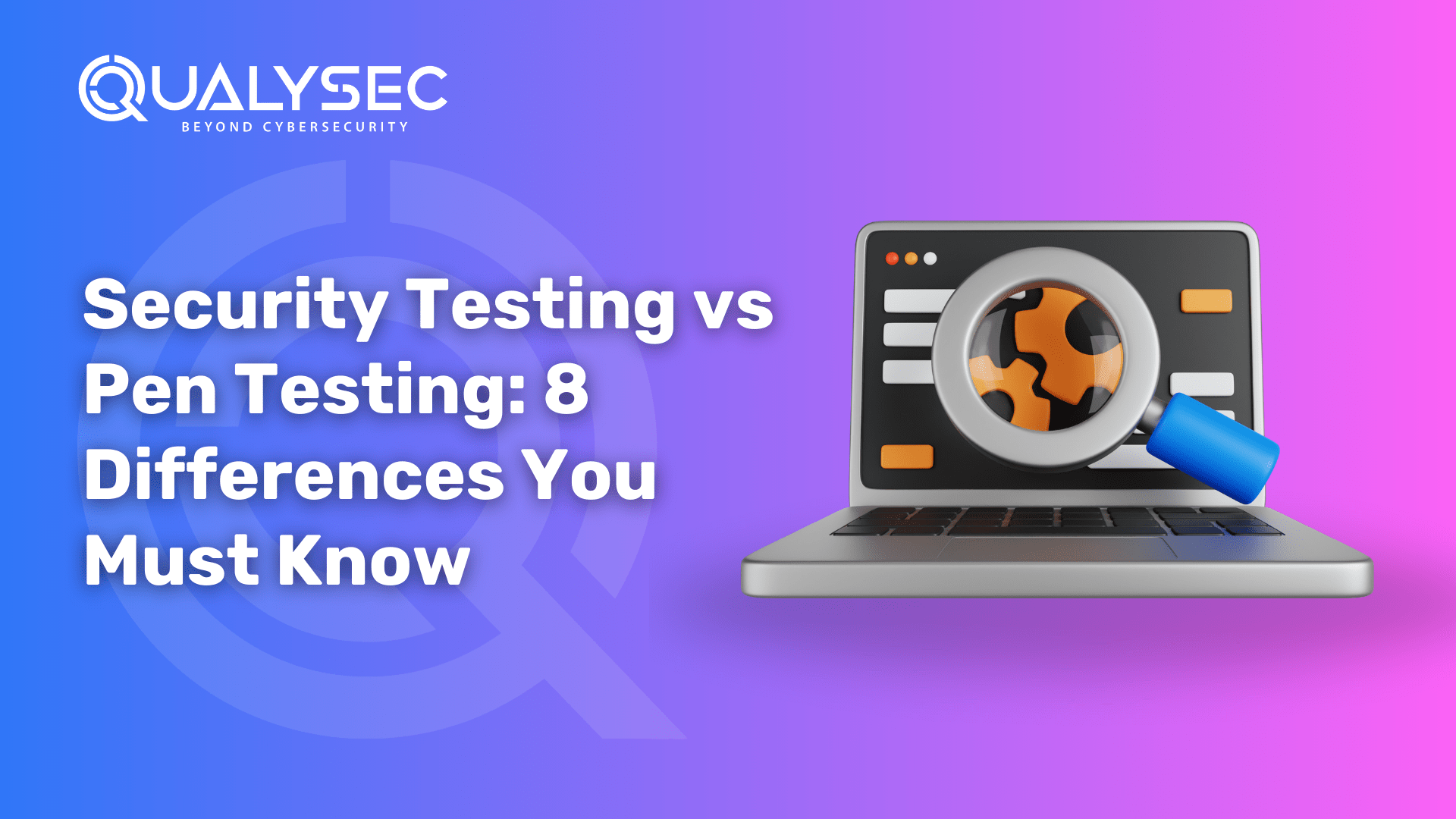
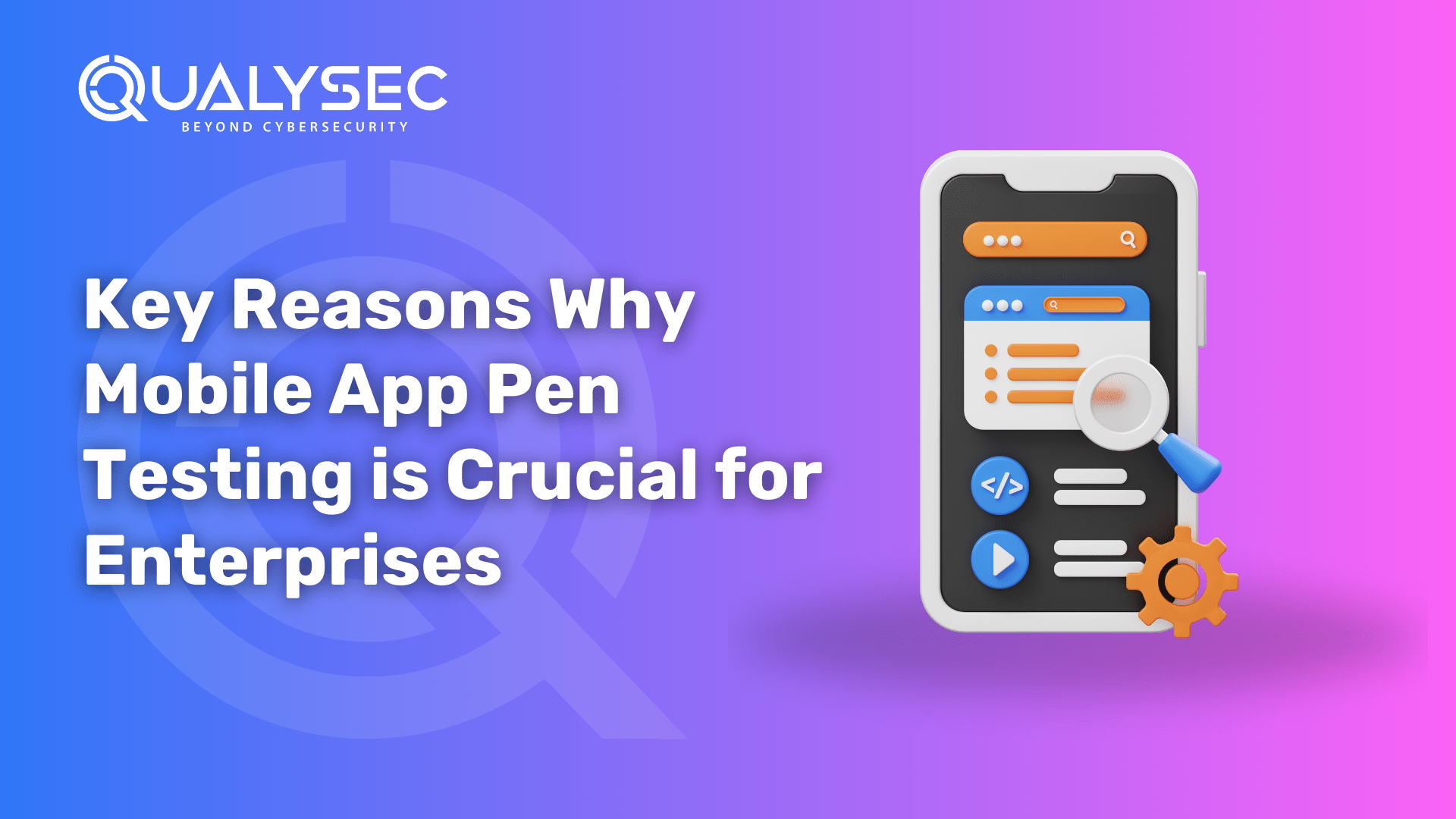
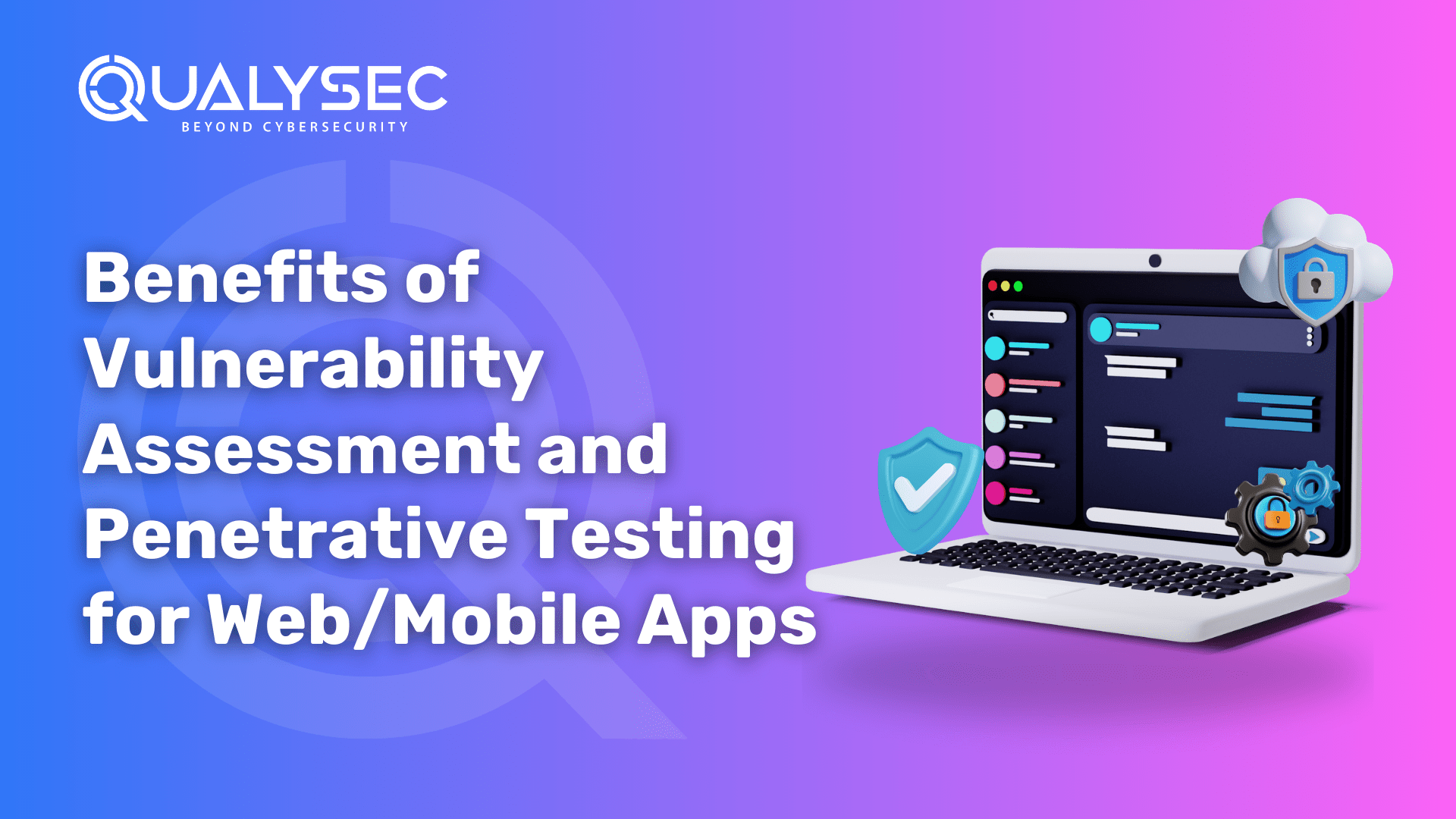
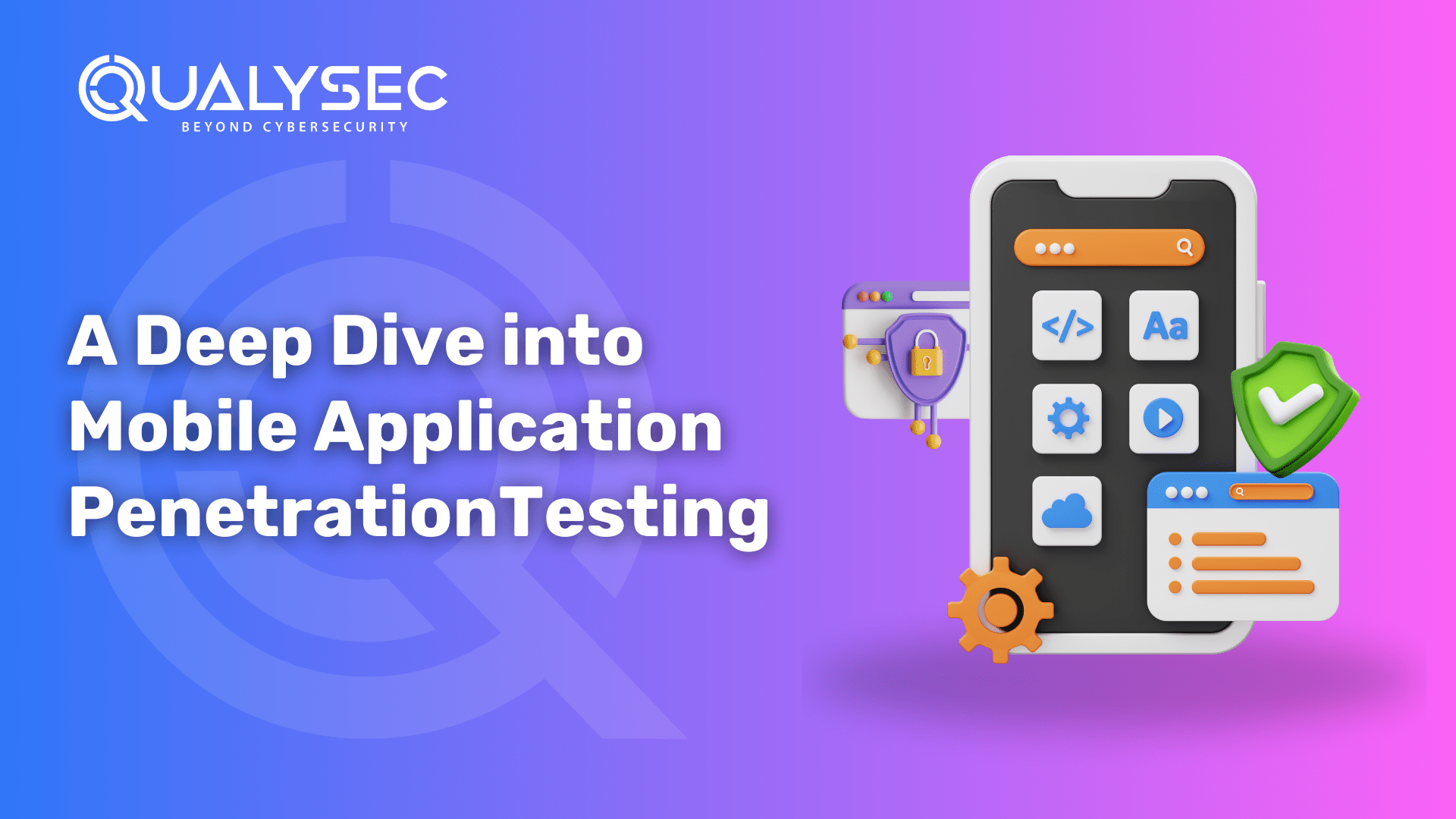

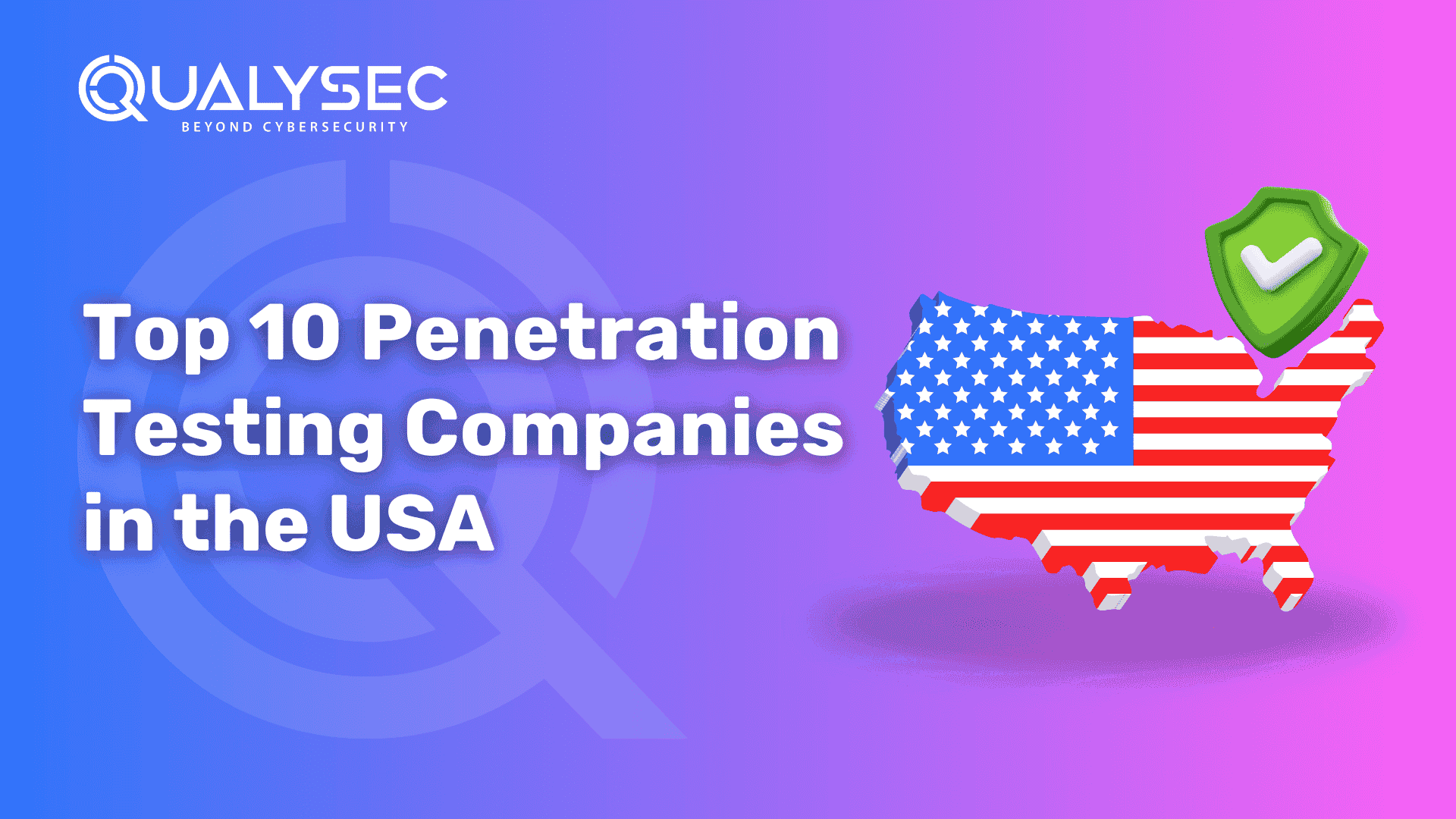
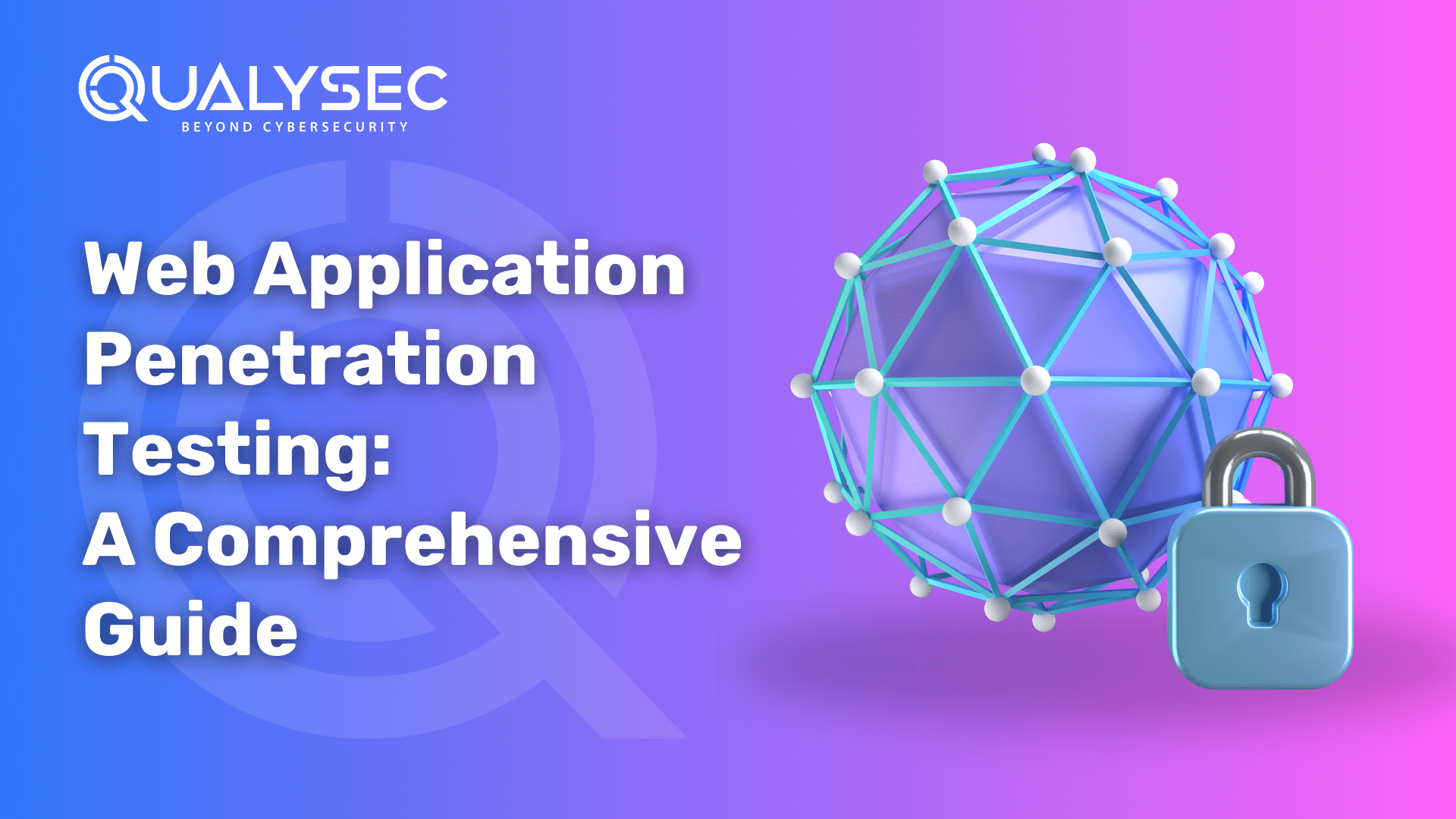

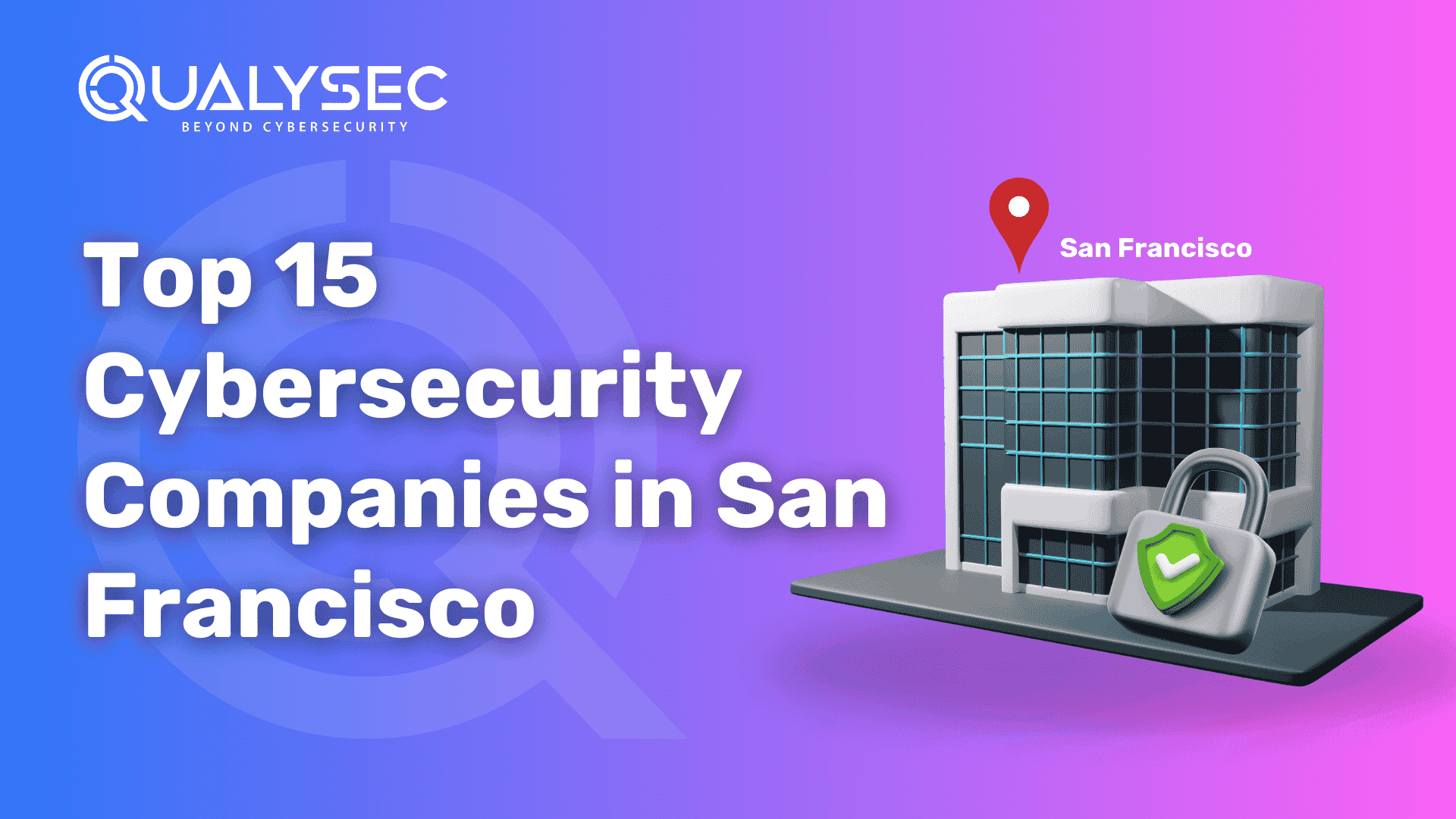
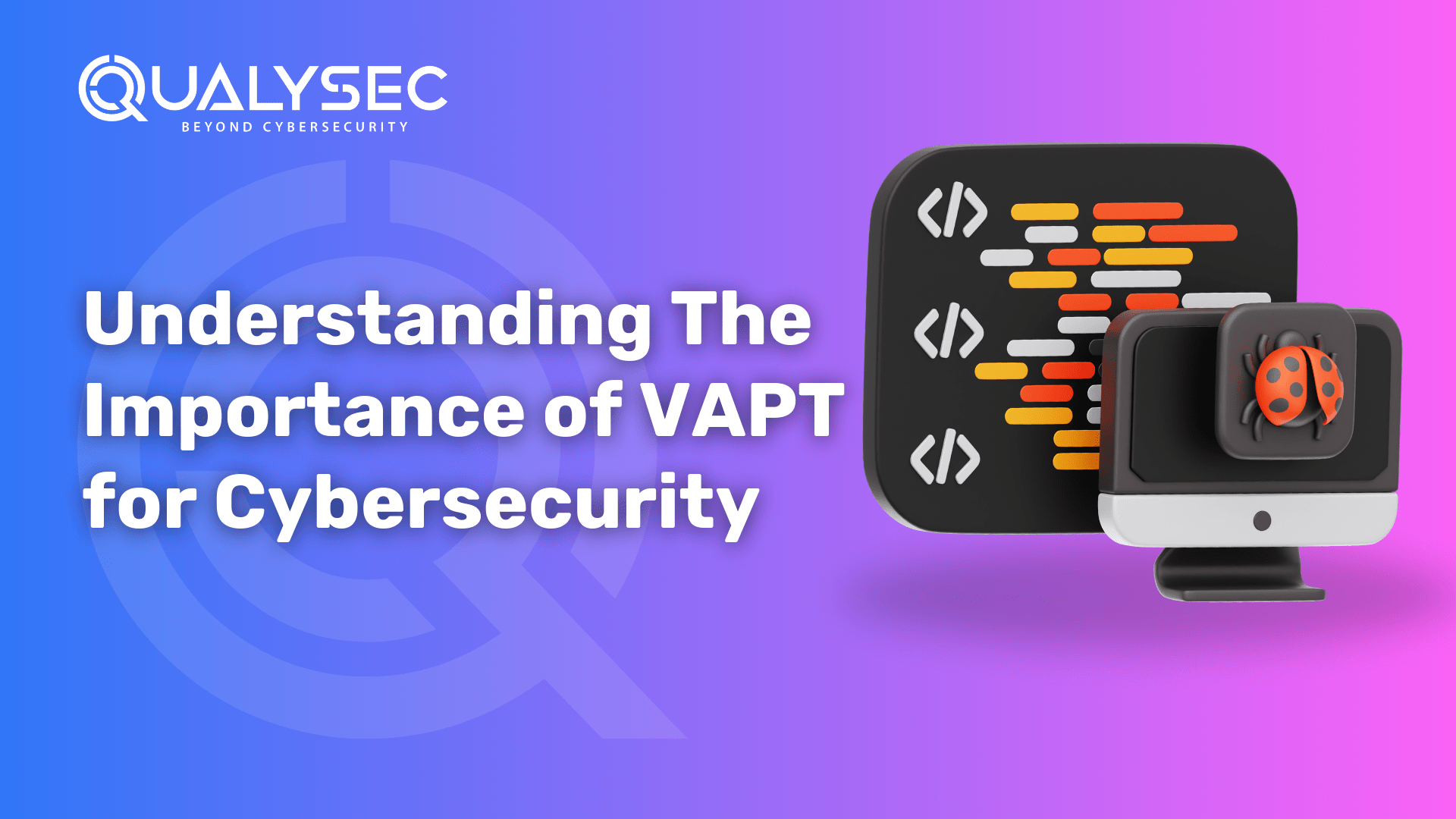
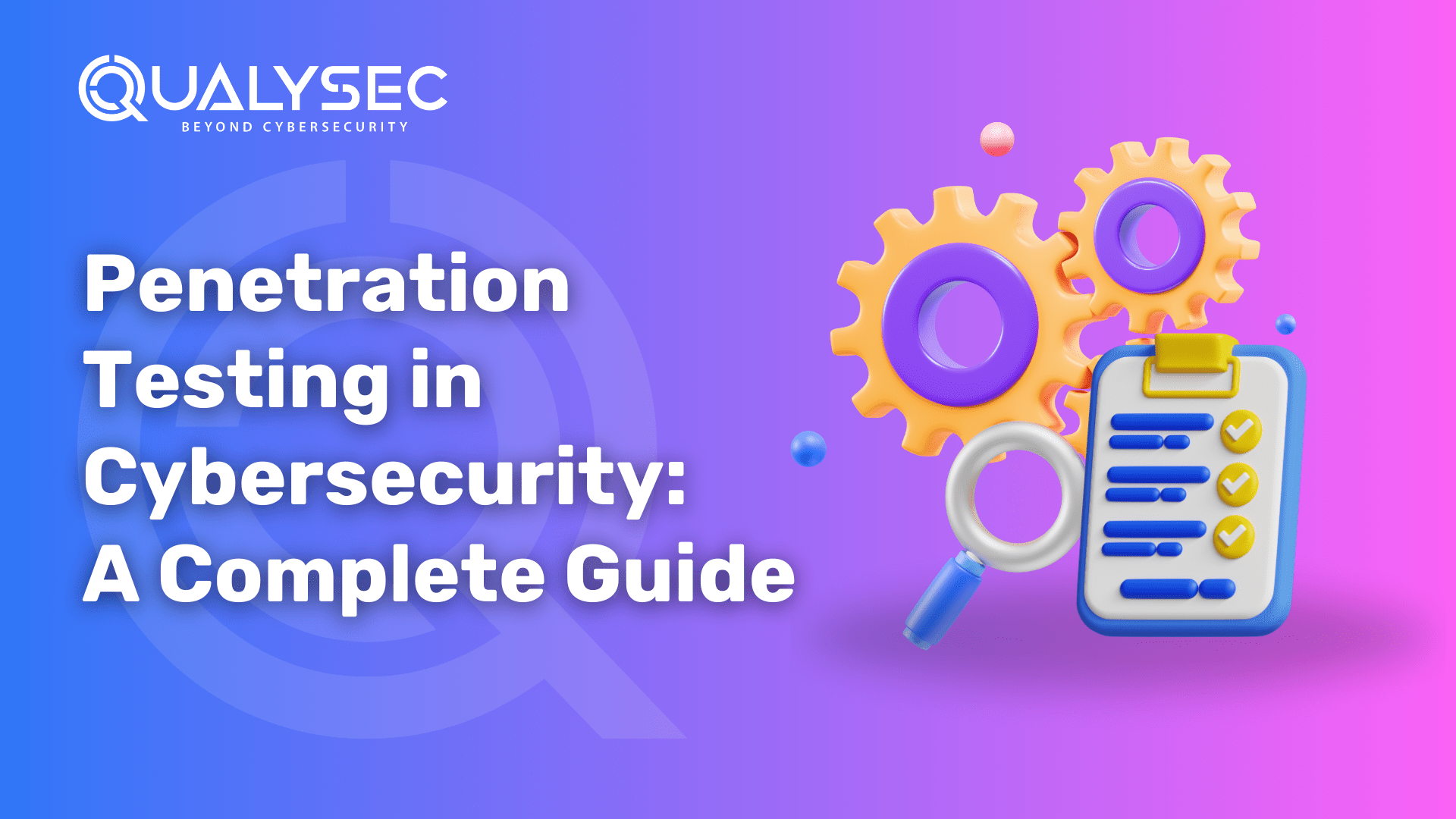
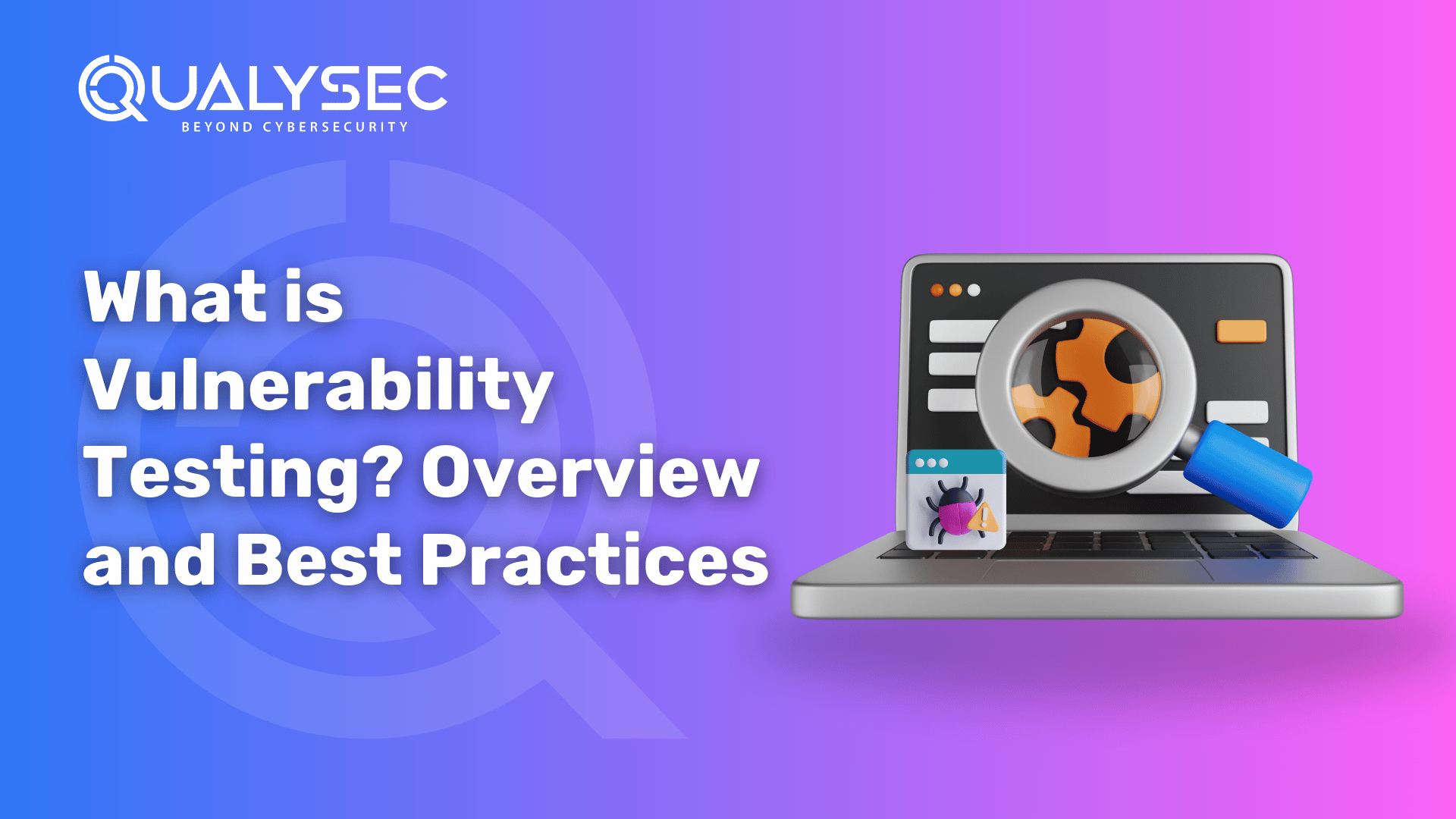

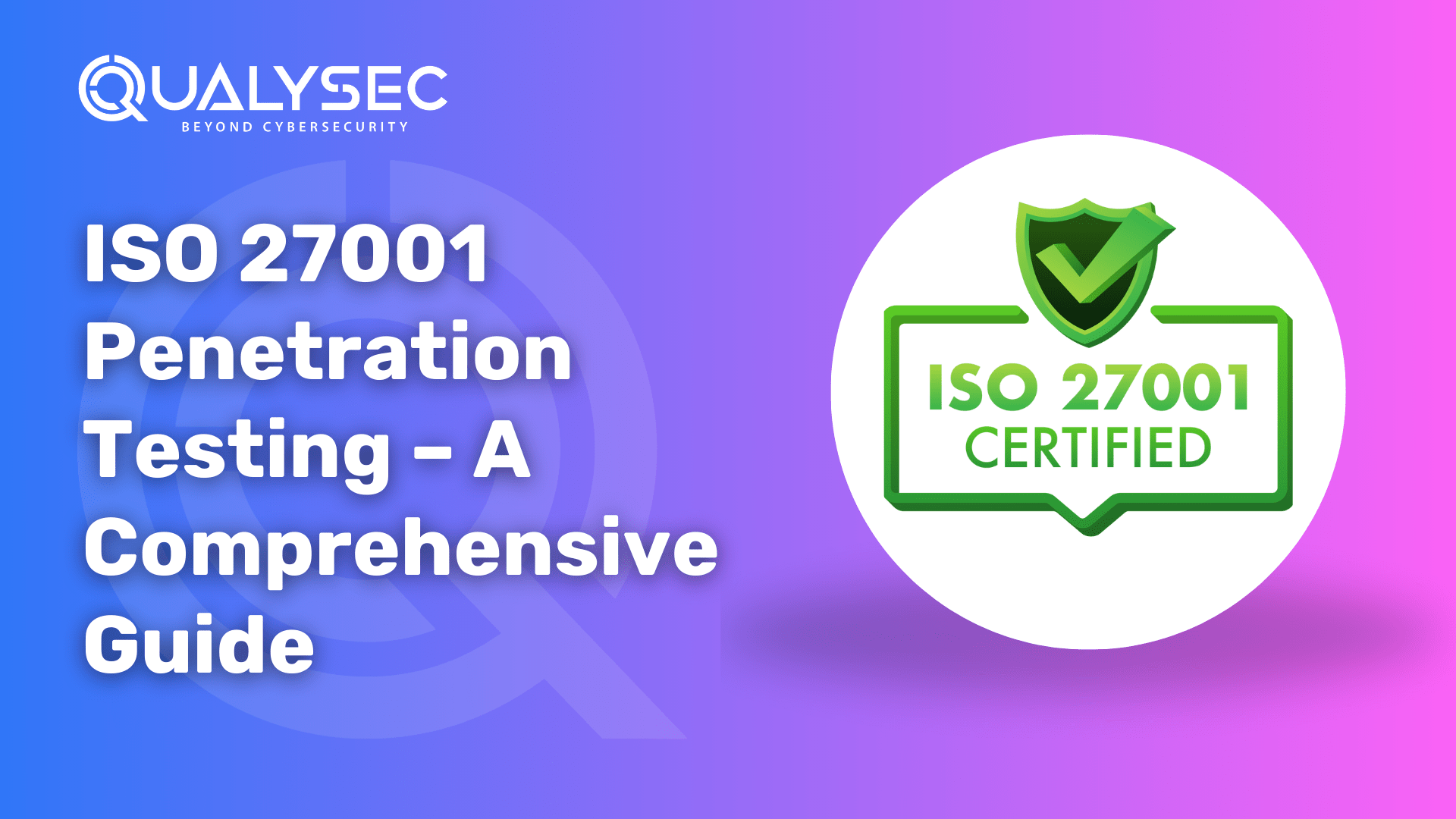
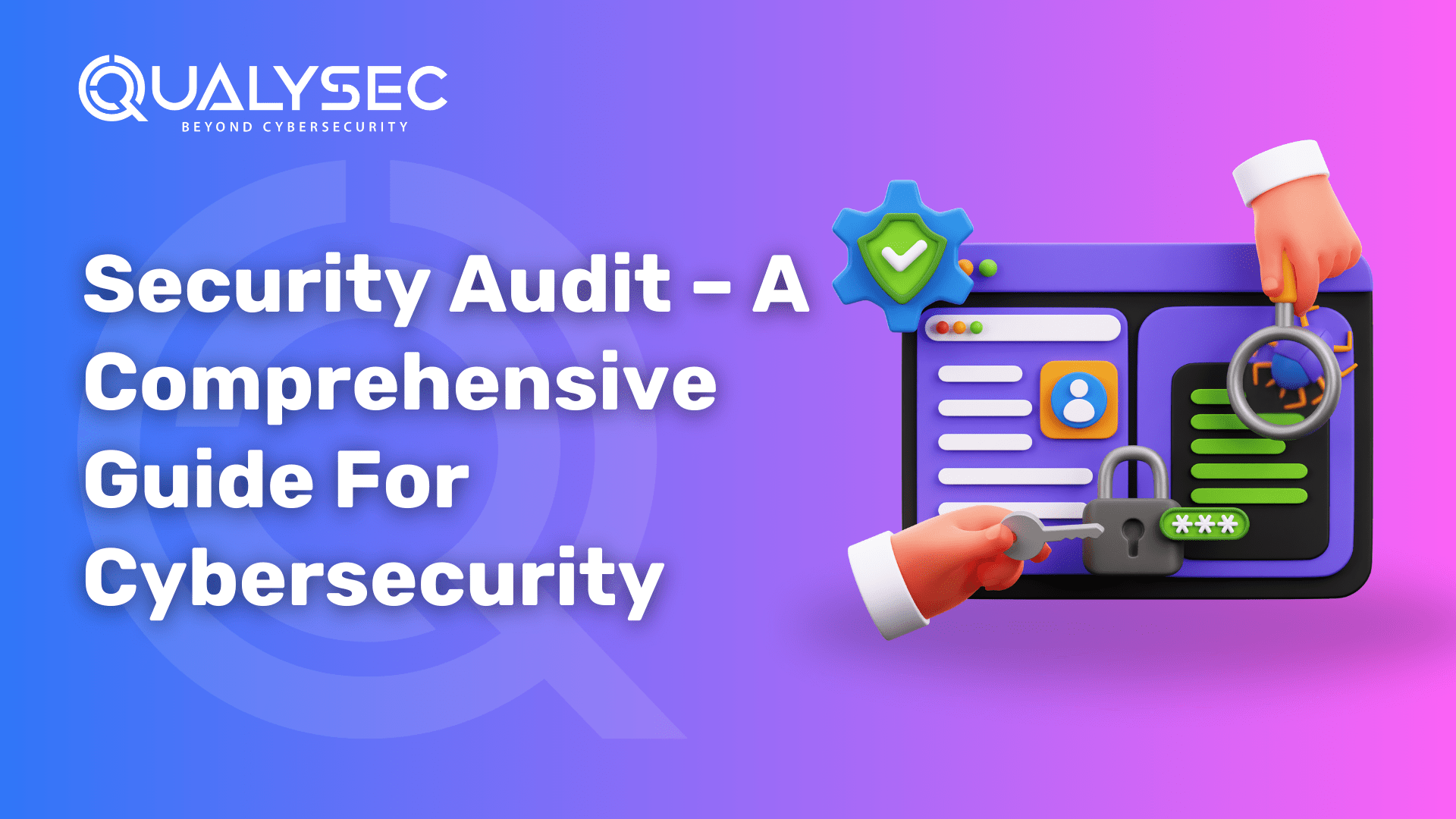
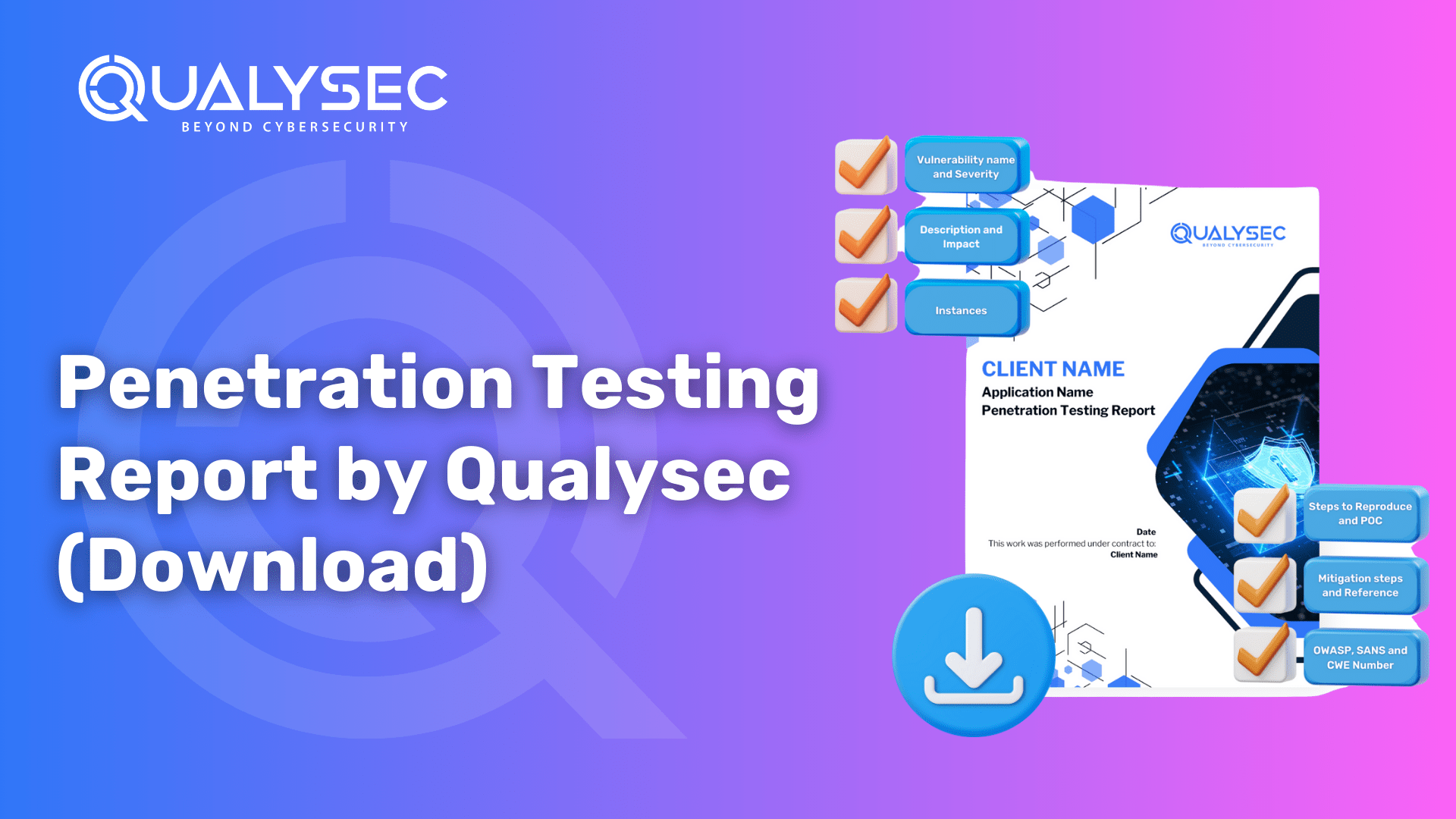
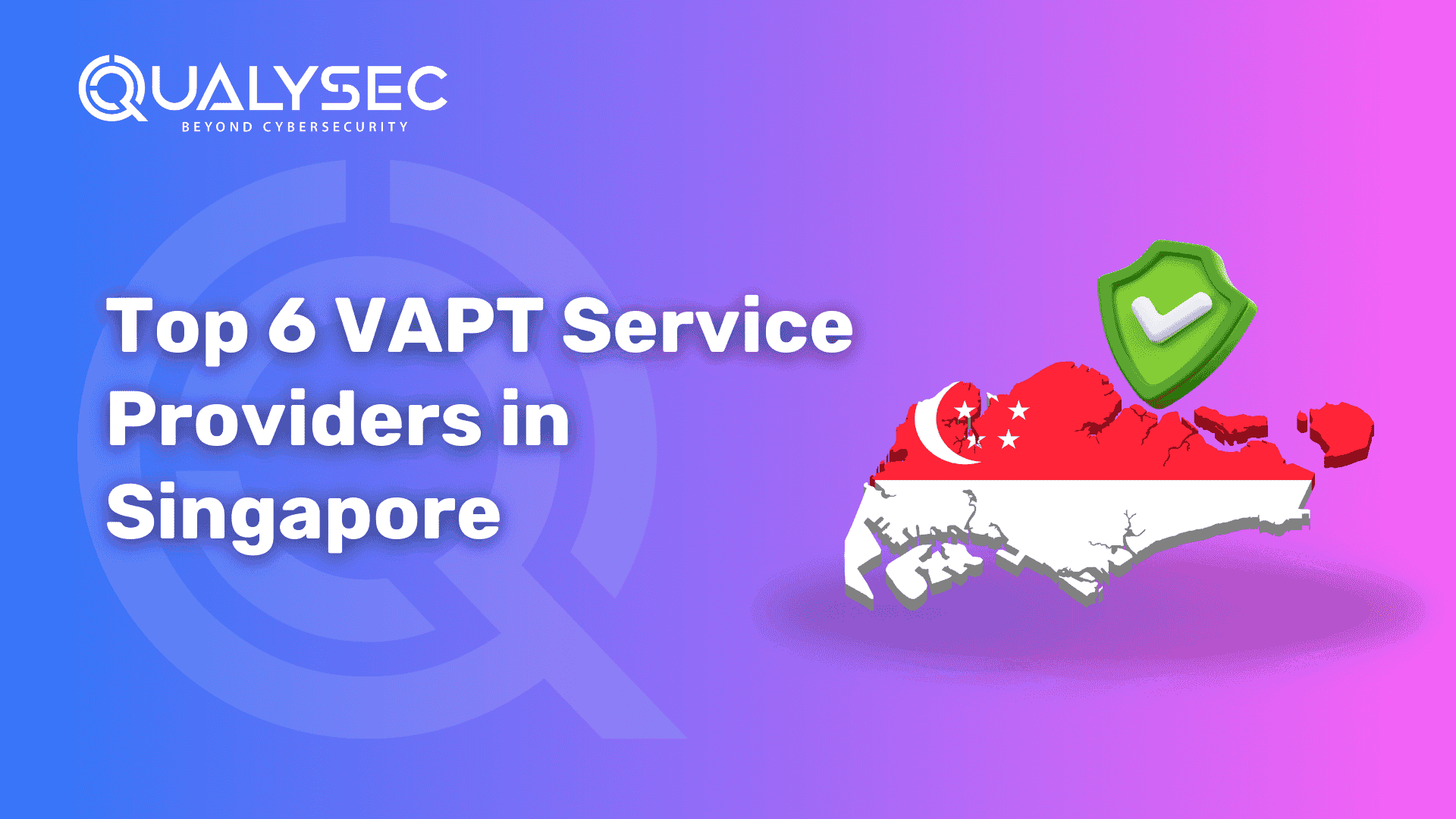
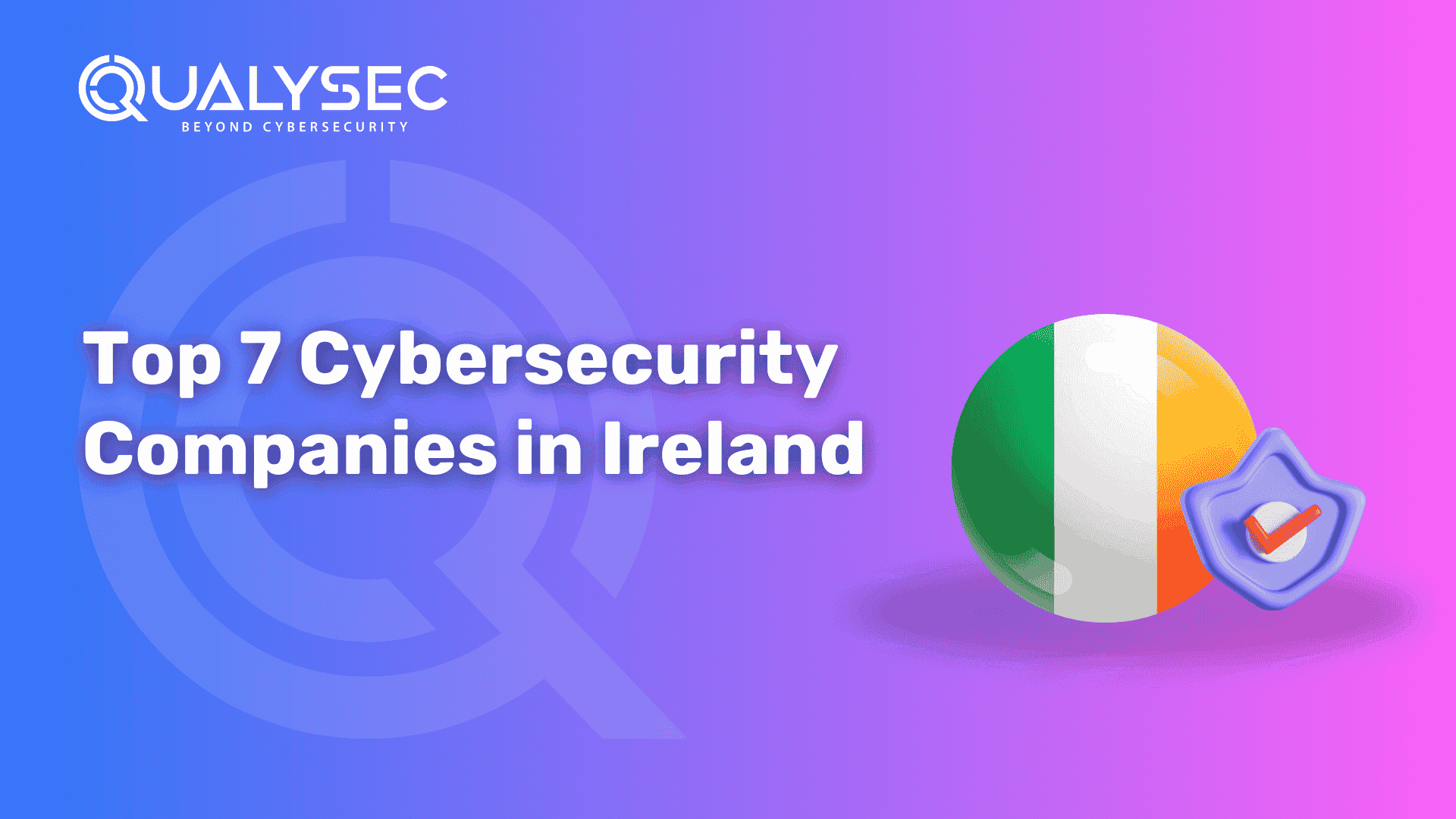
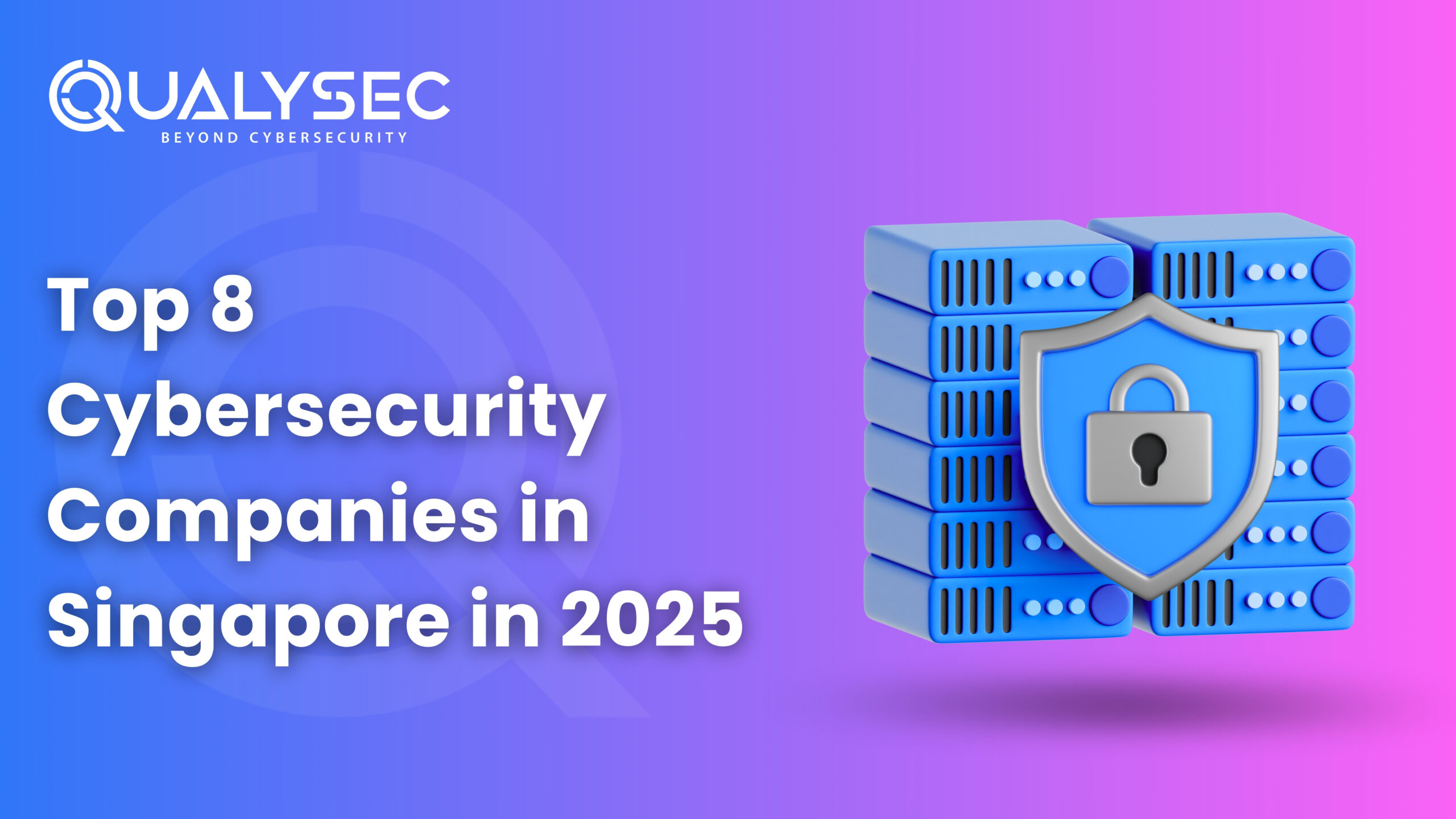

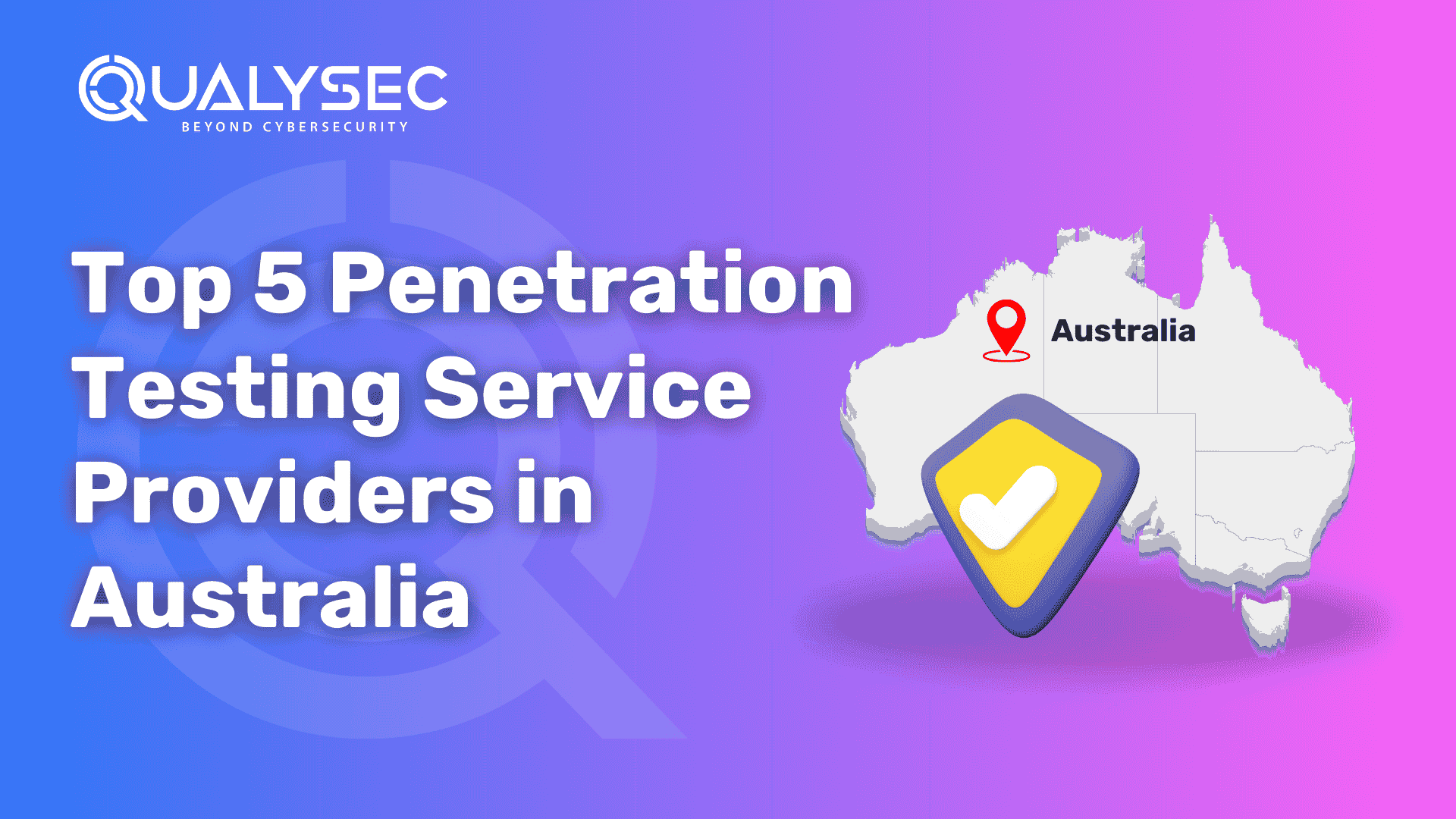
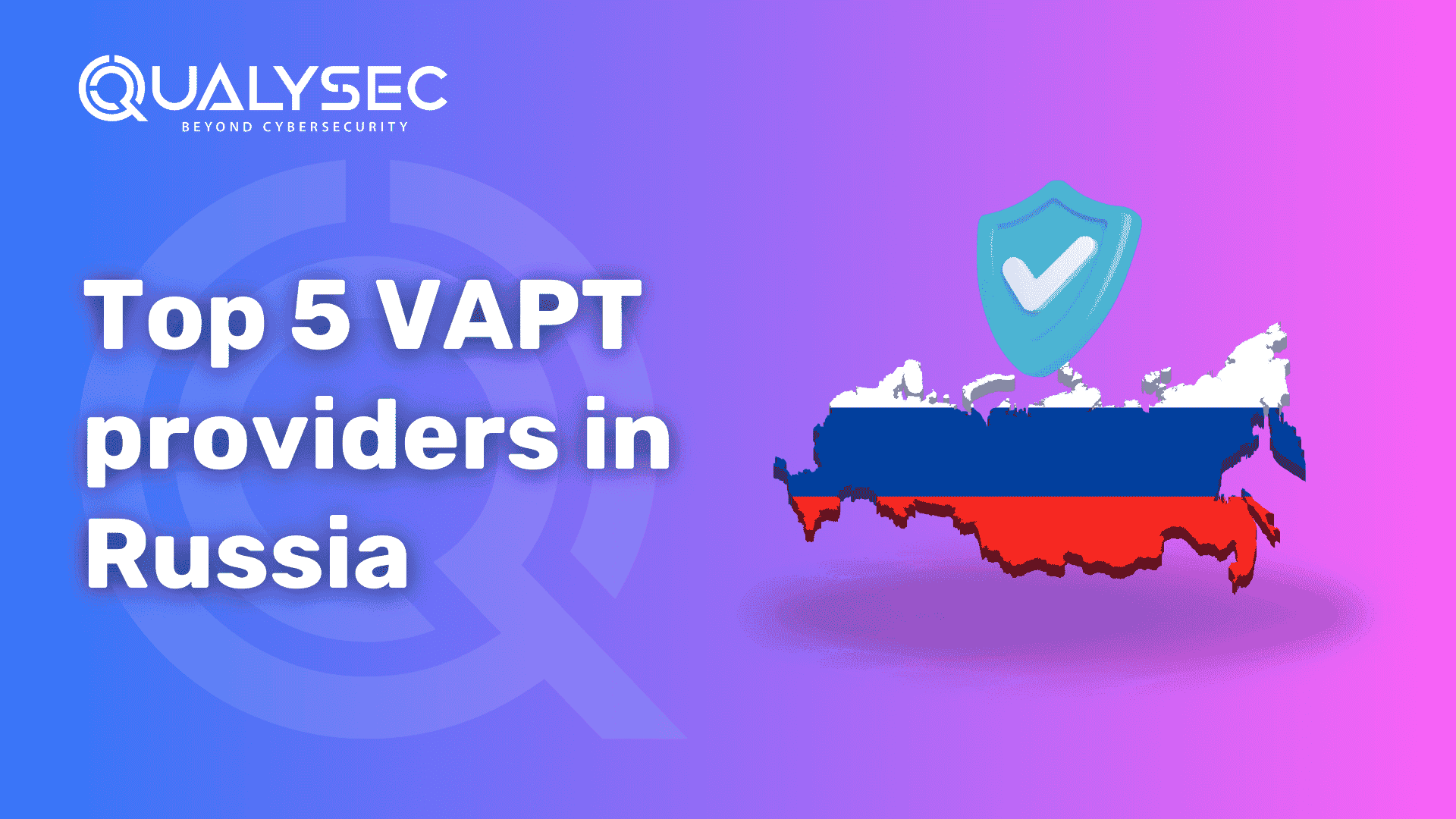
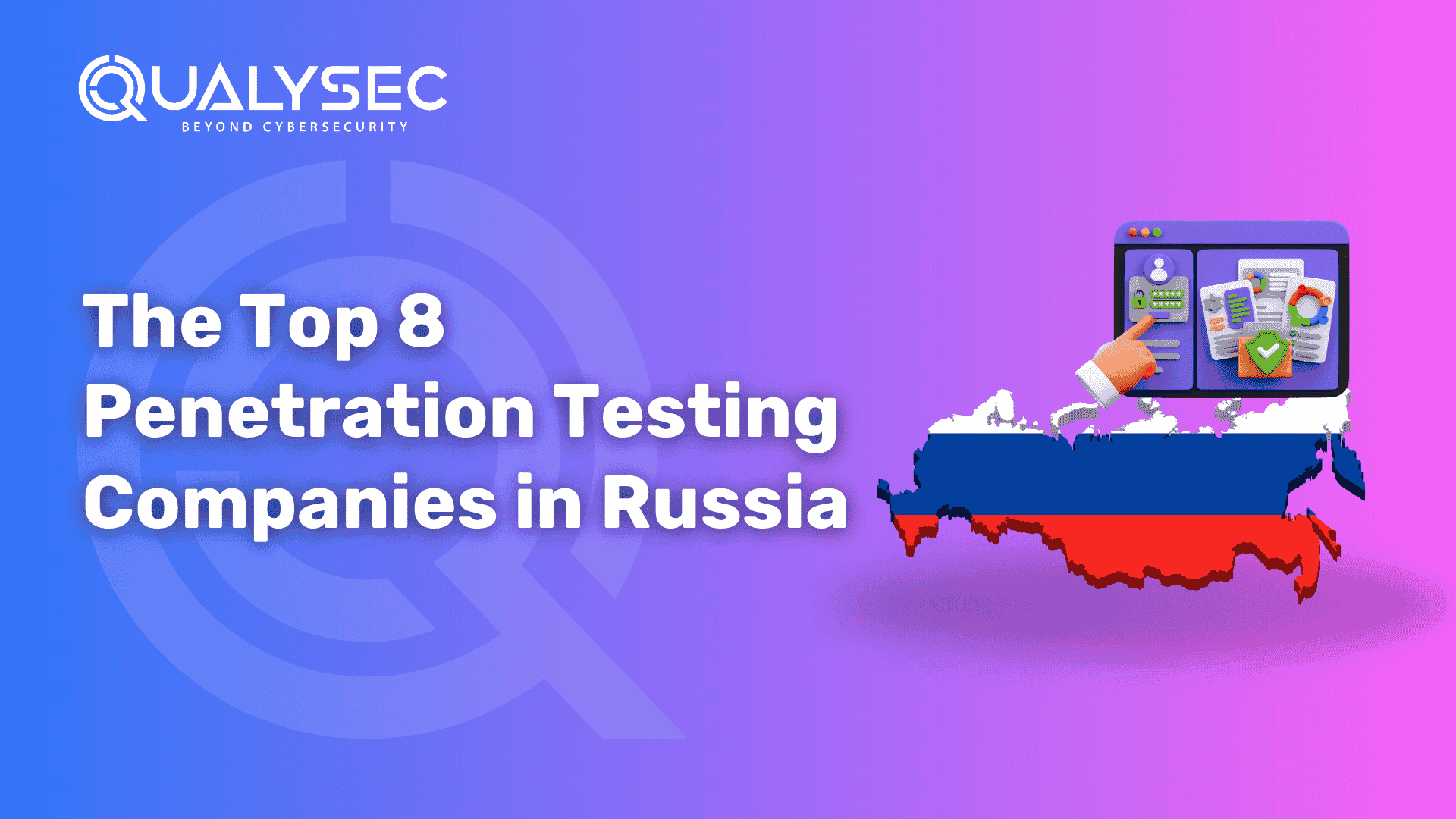
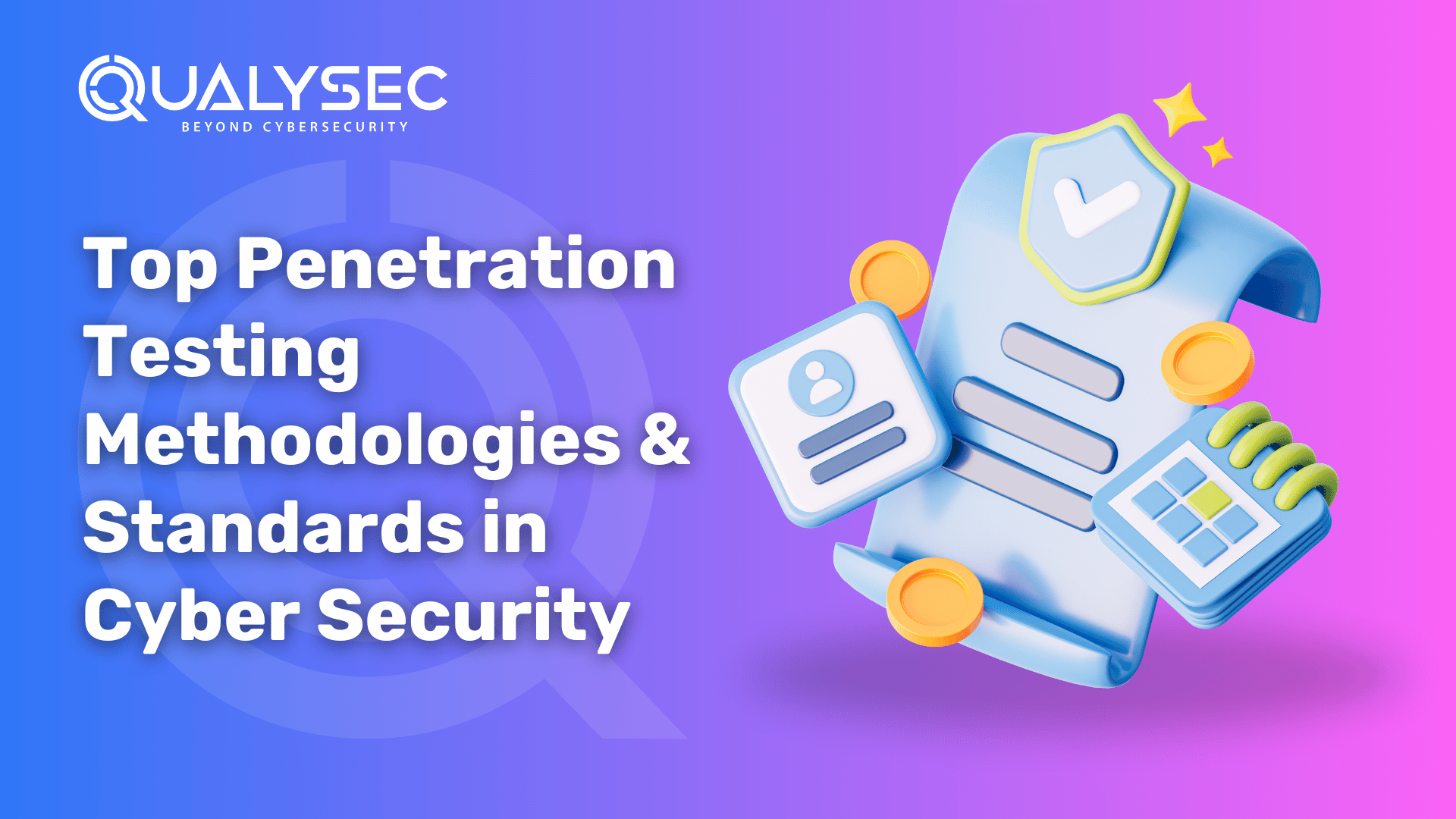
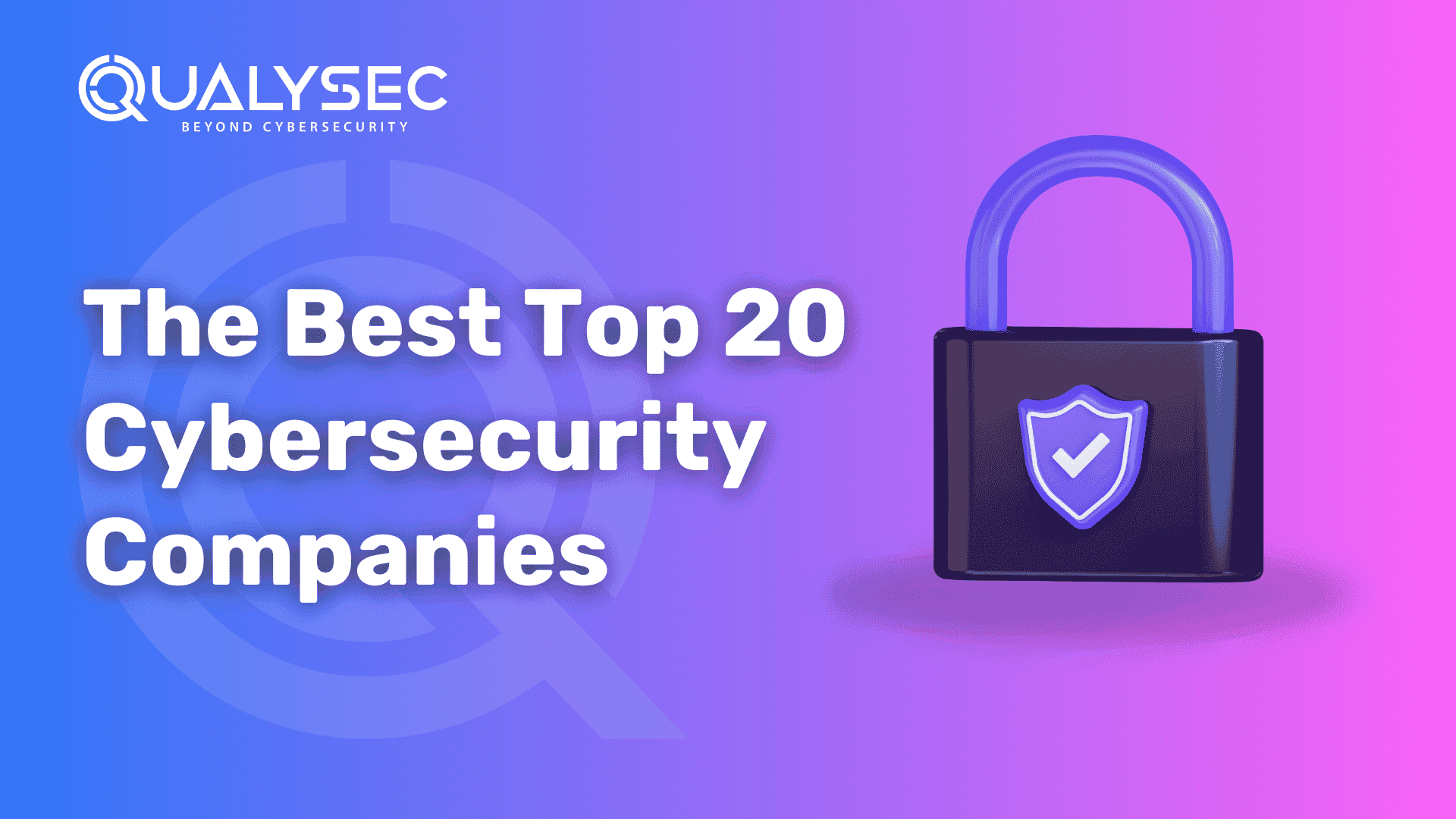
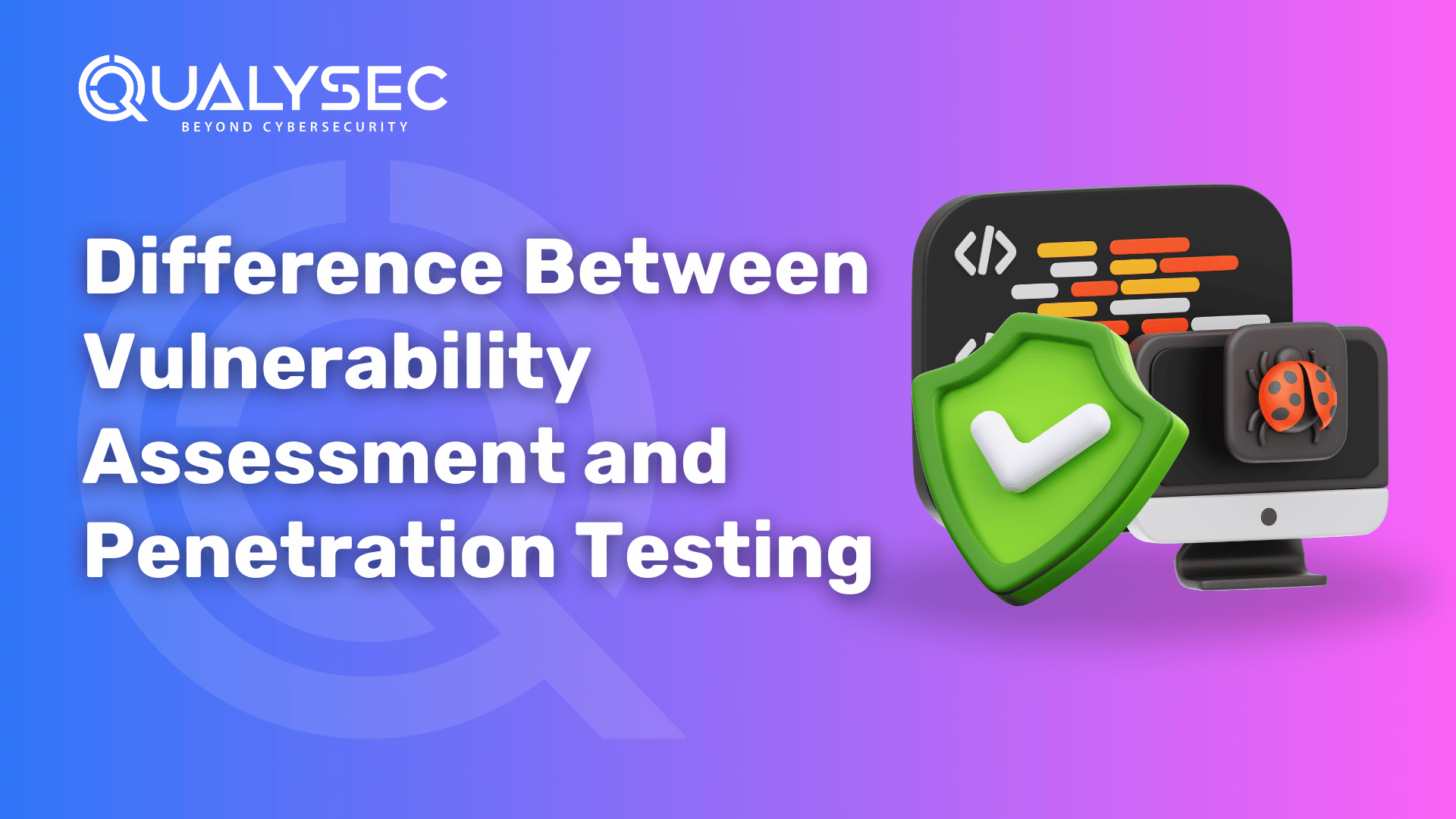
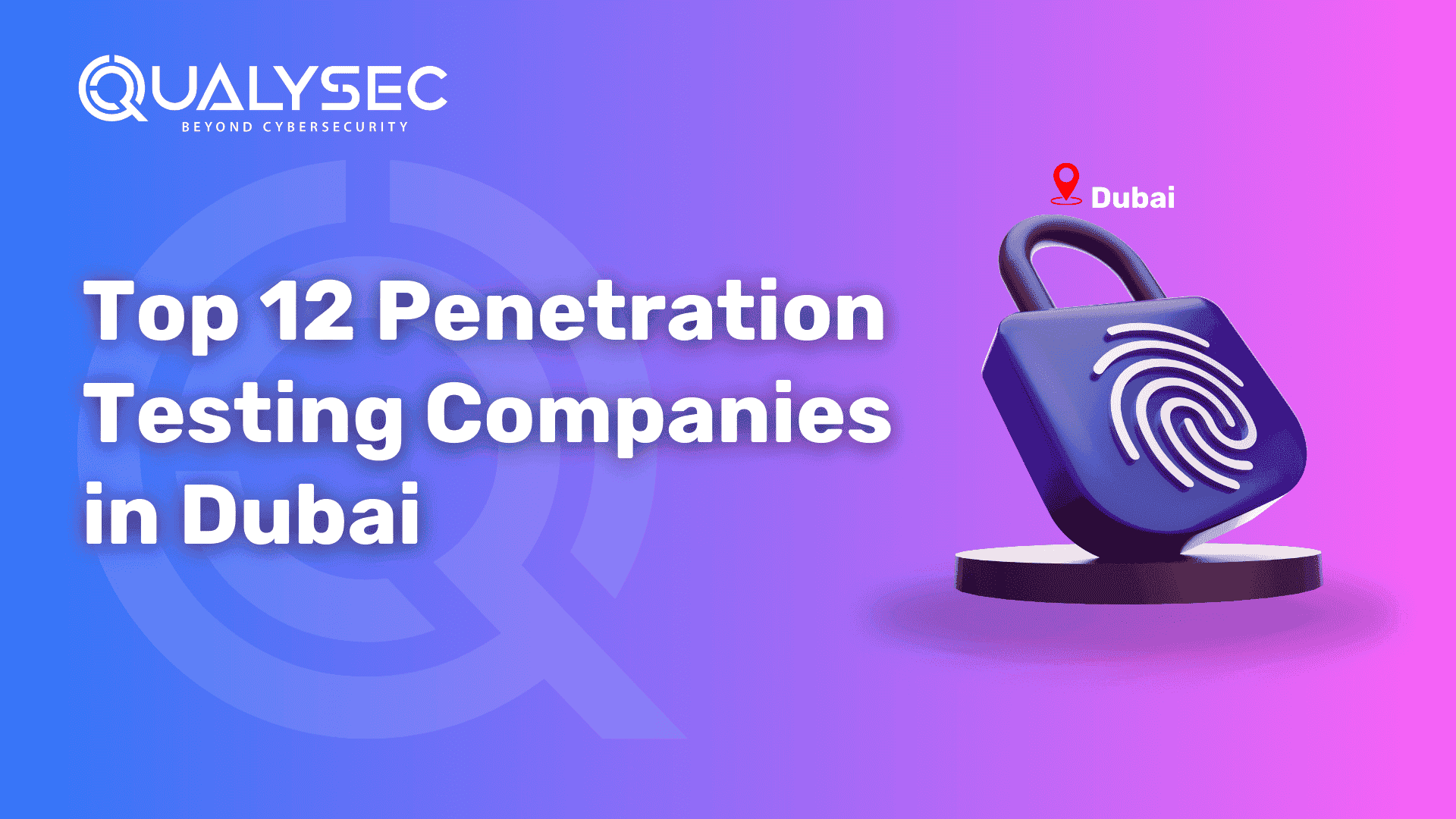

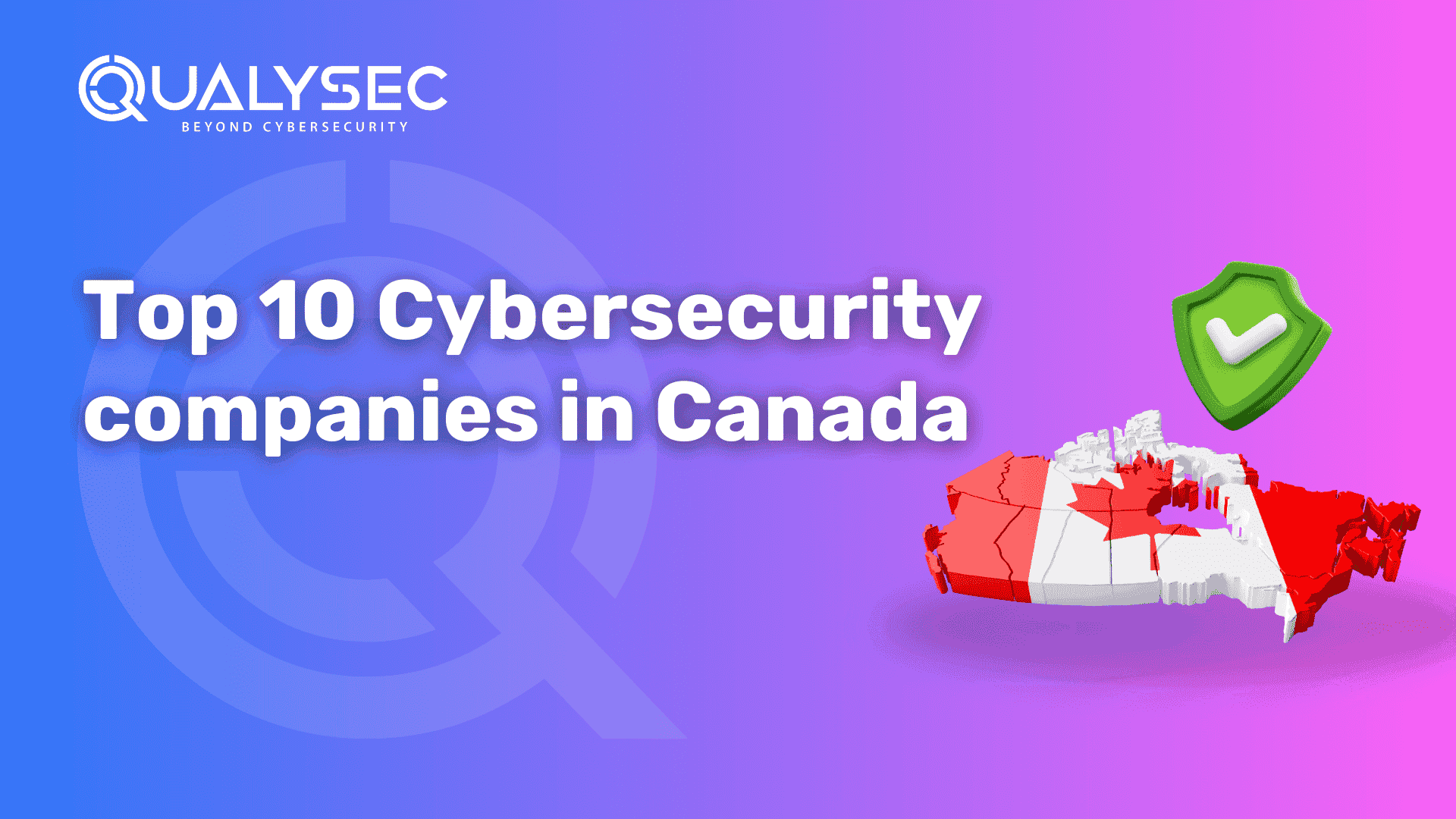




0 Comments